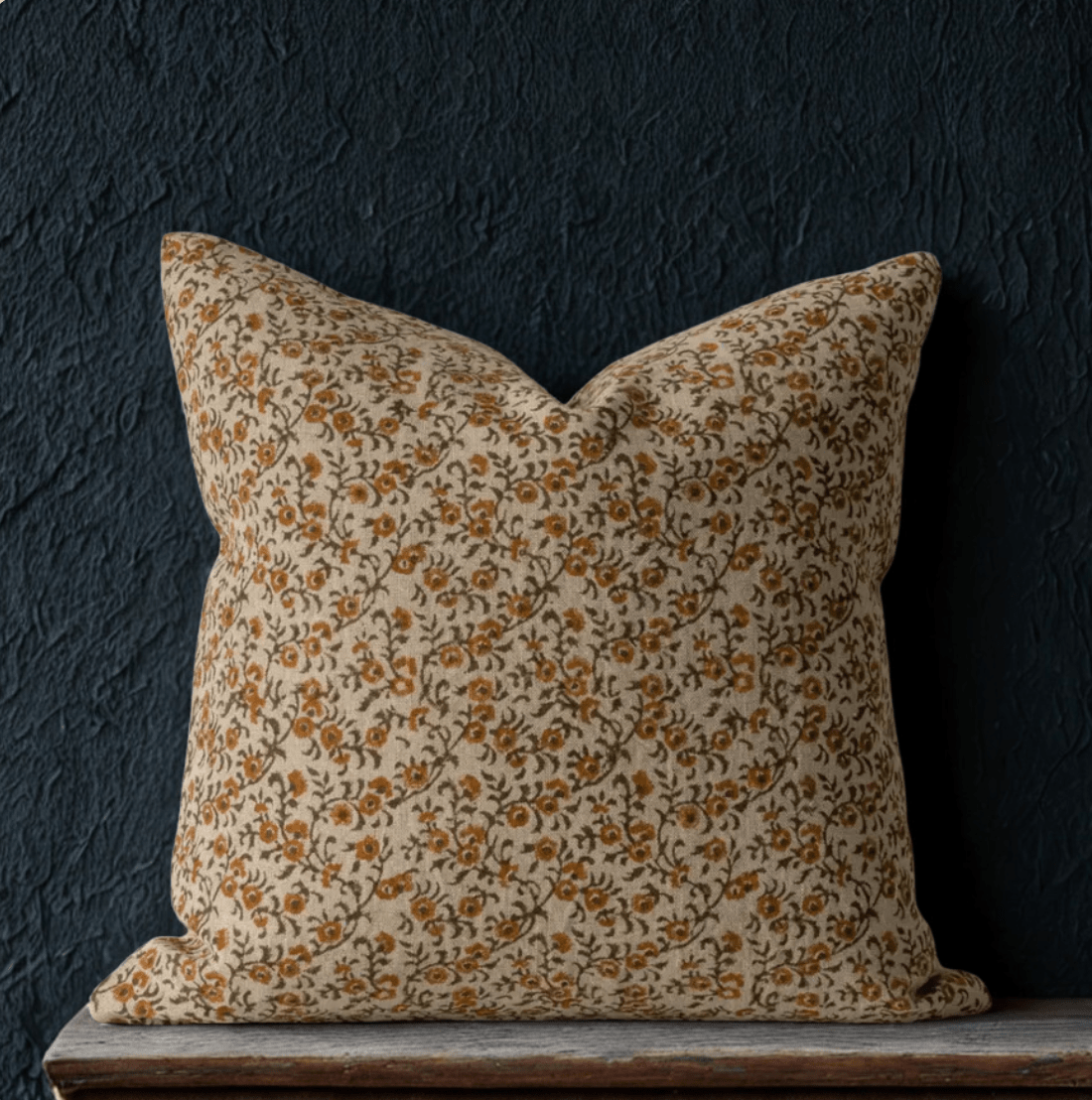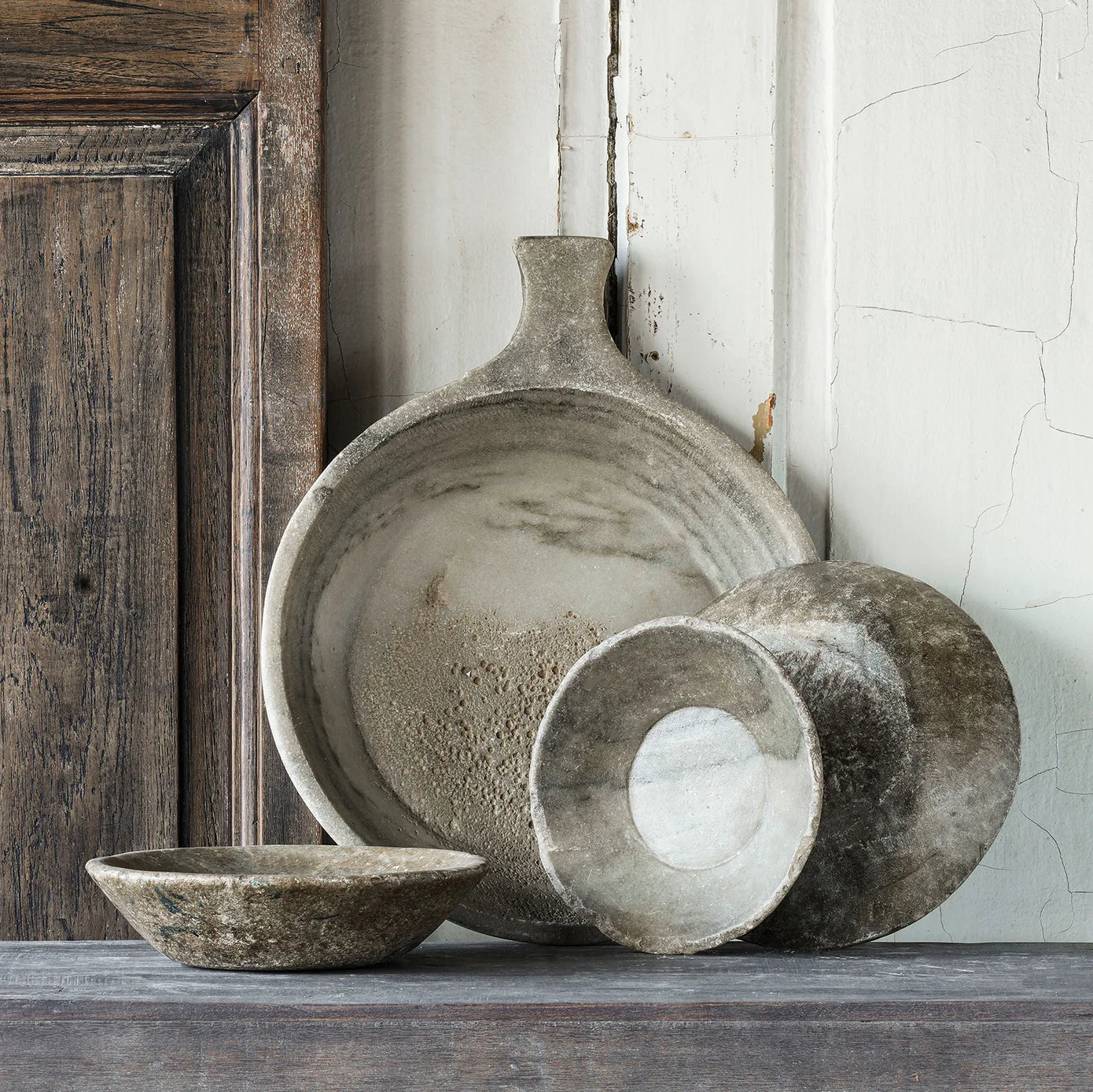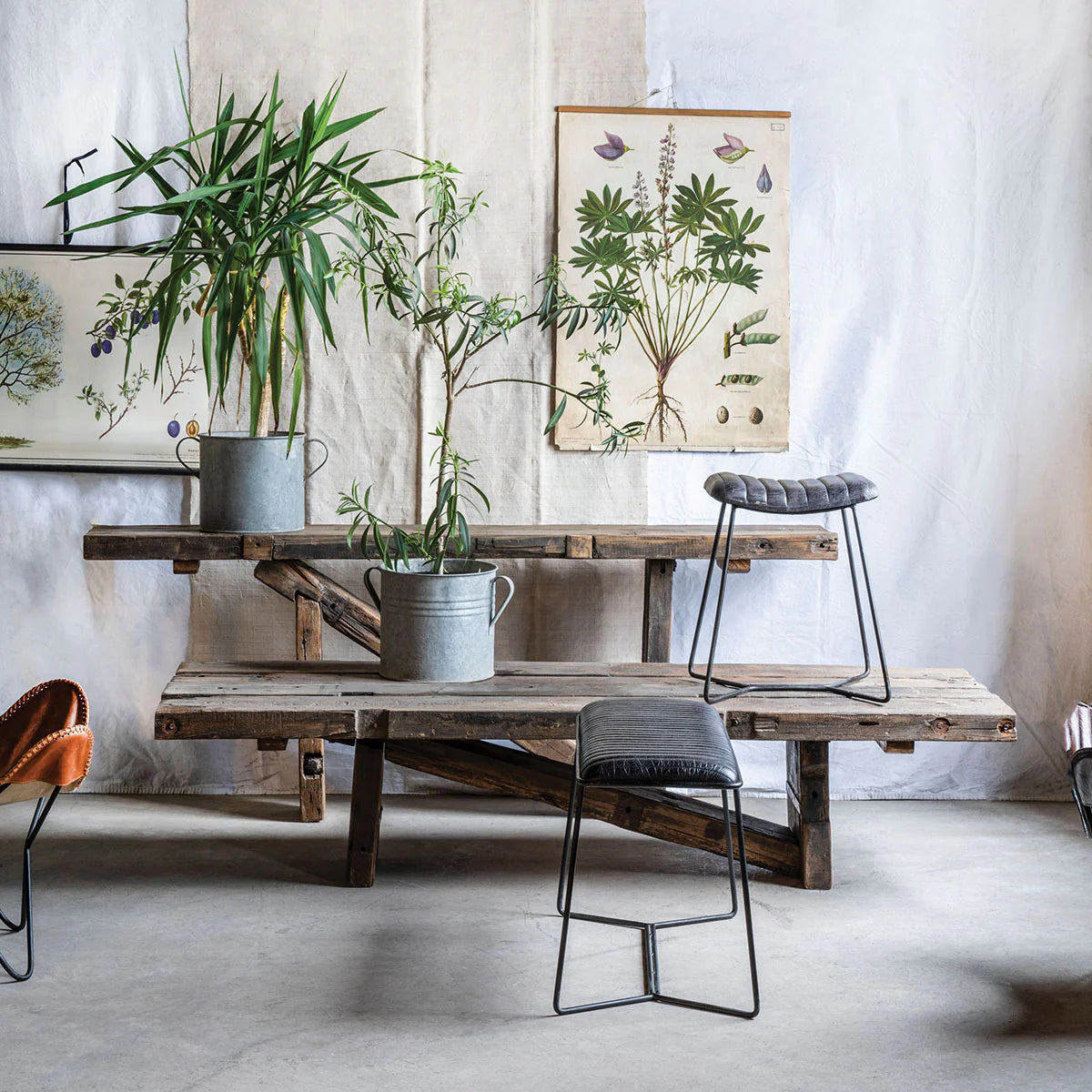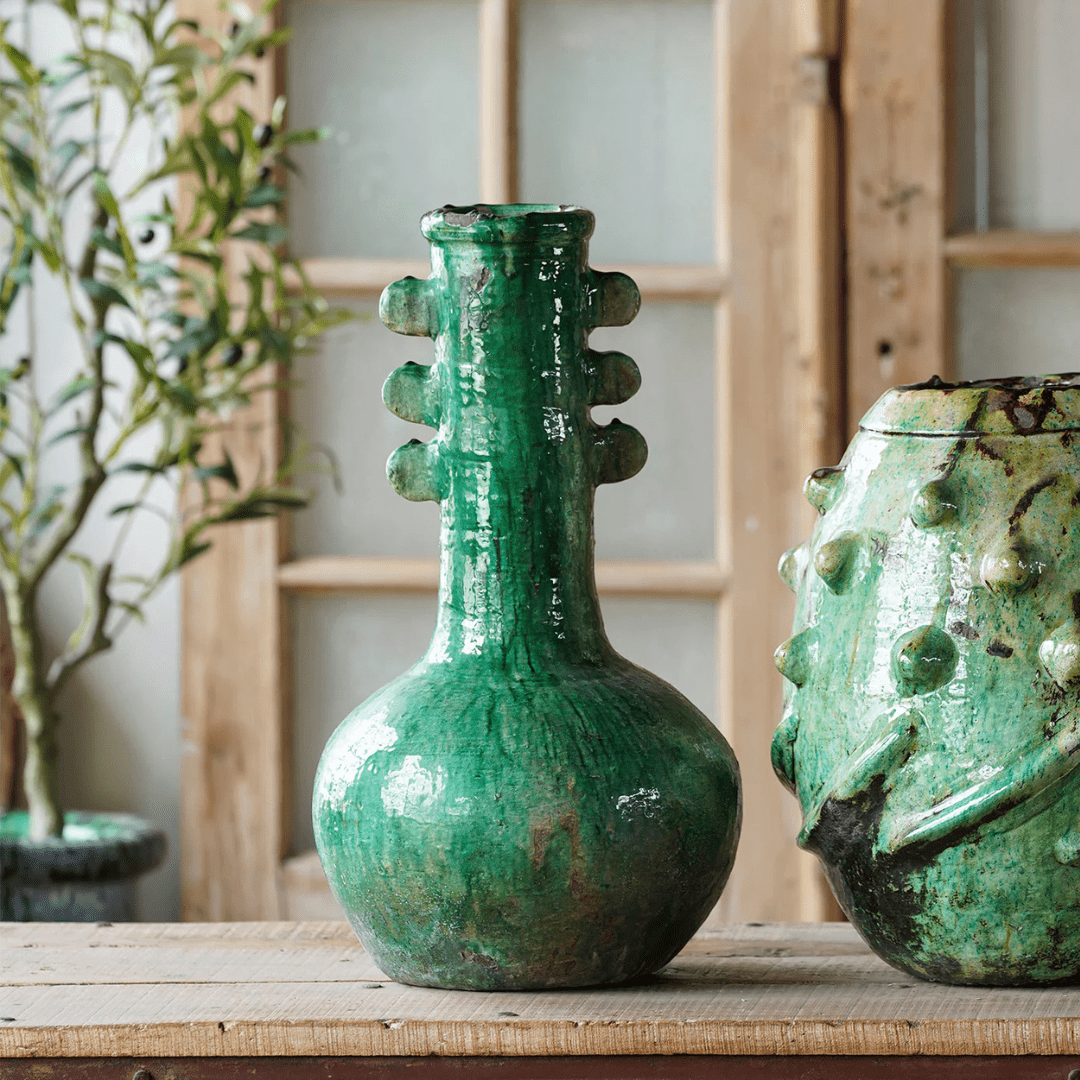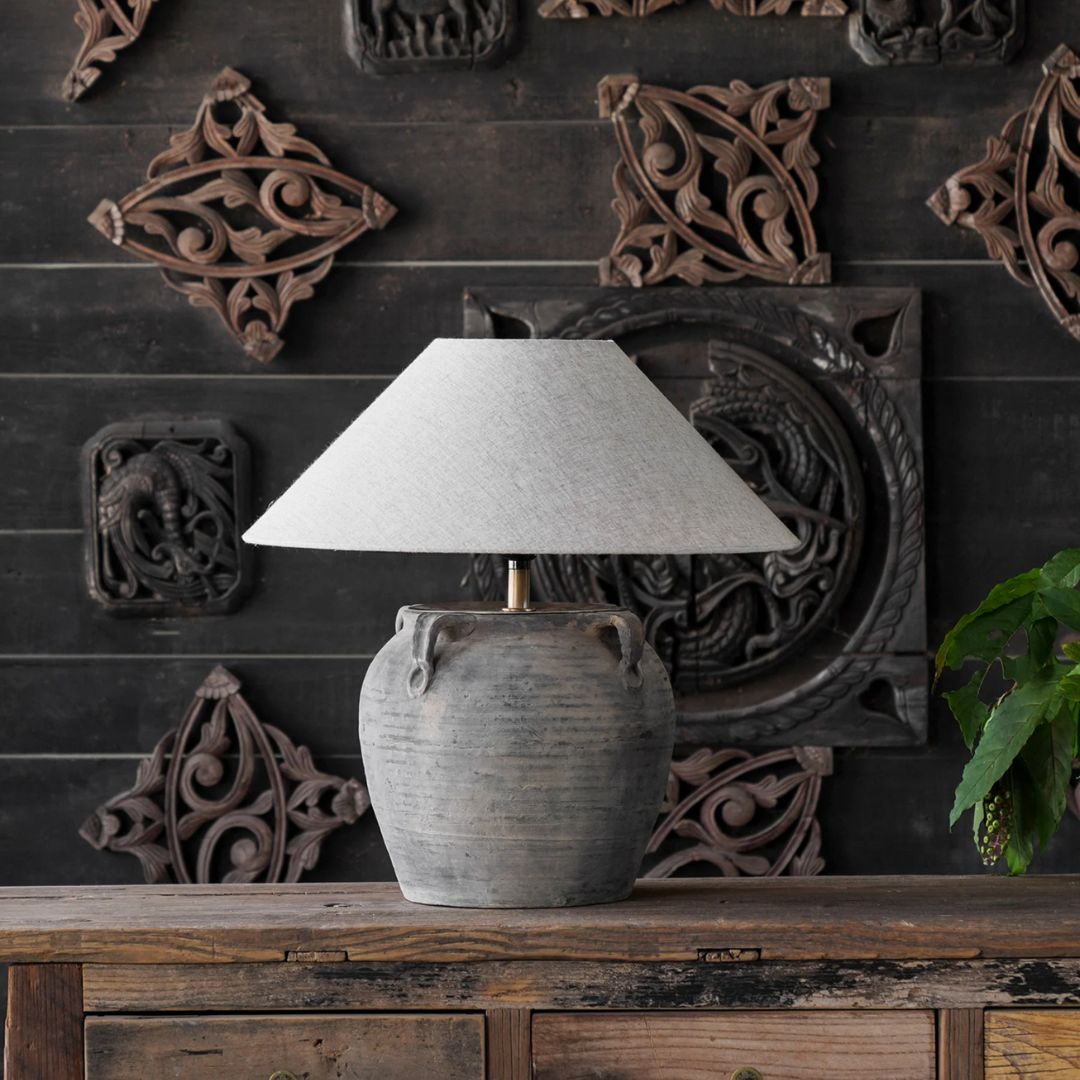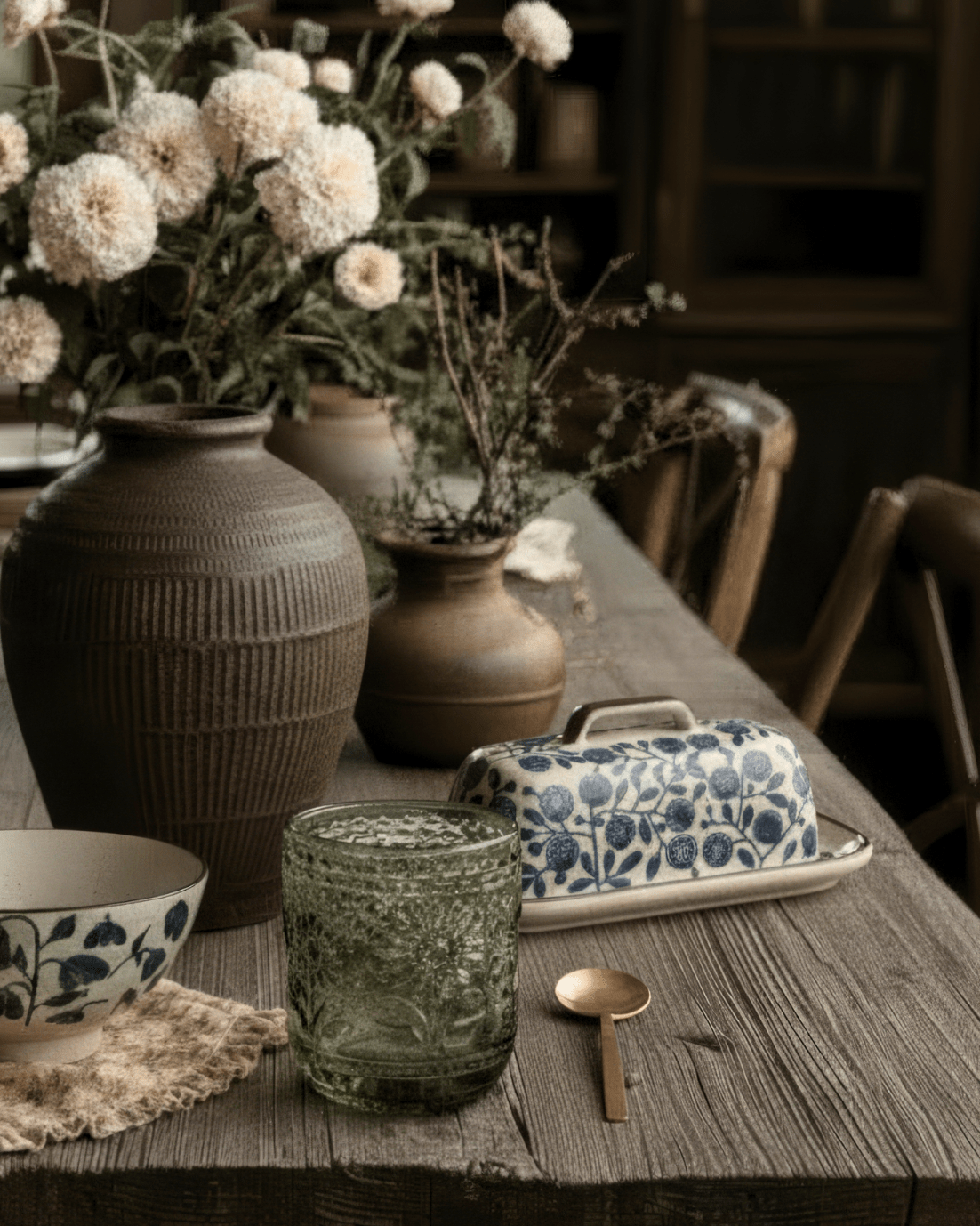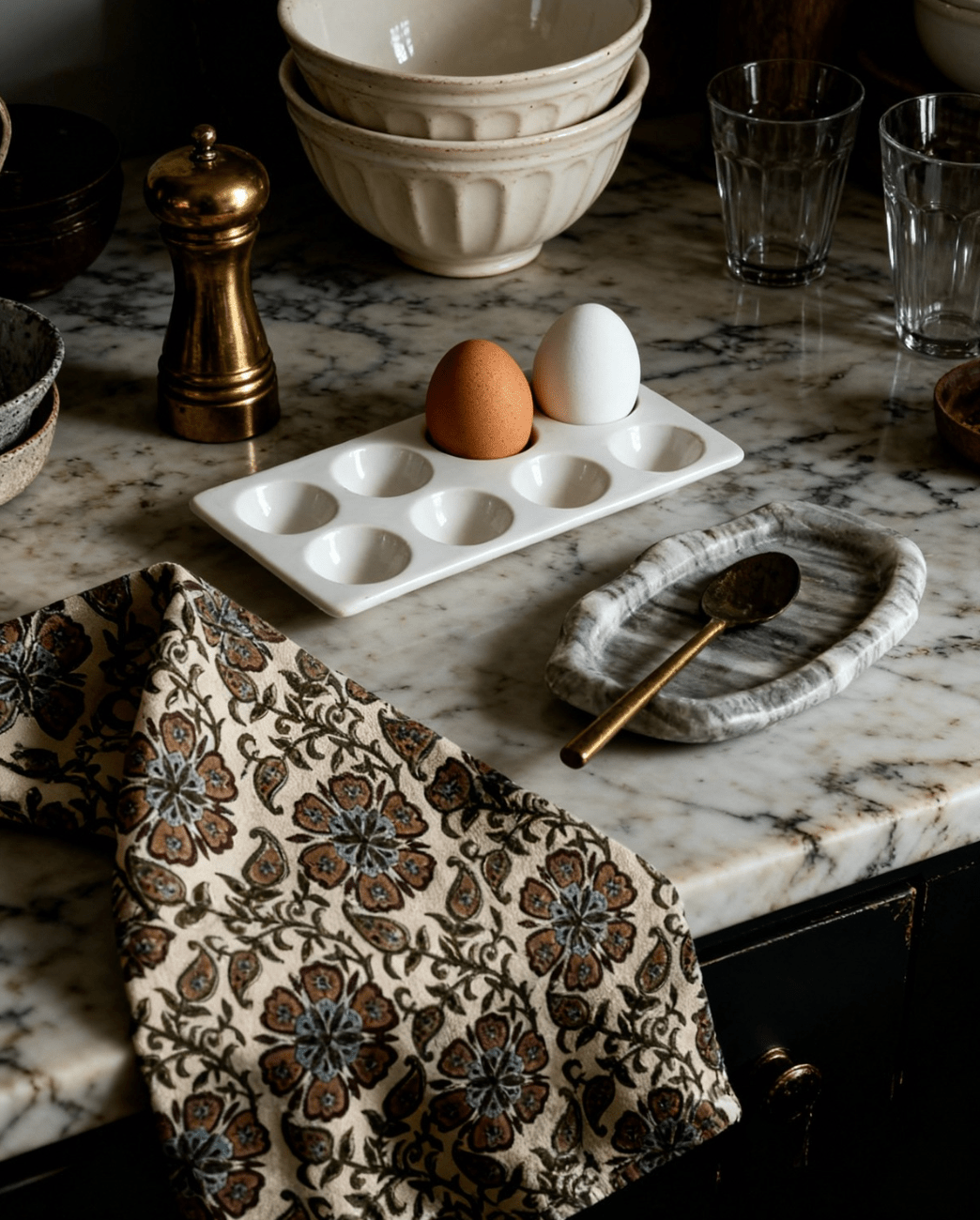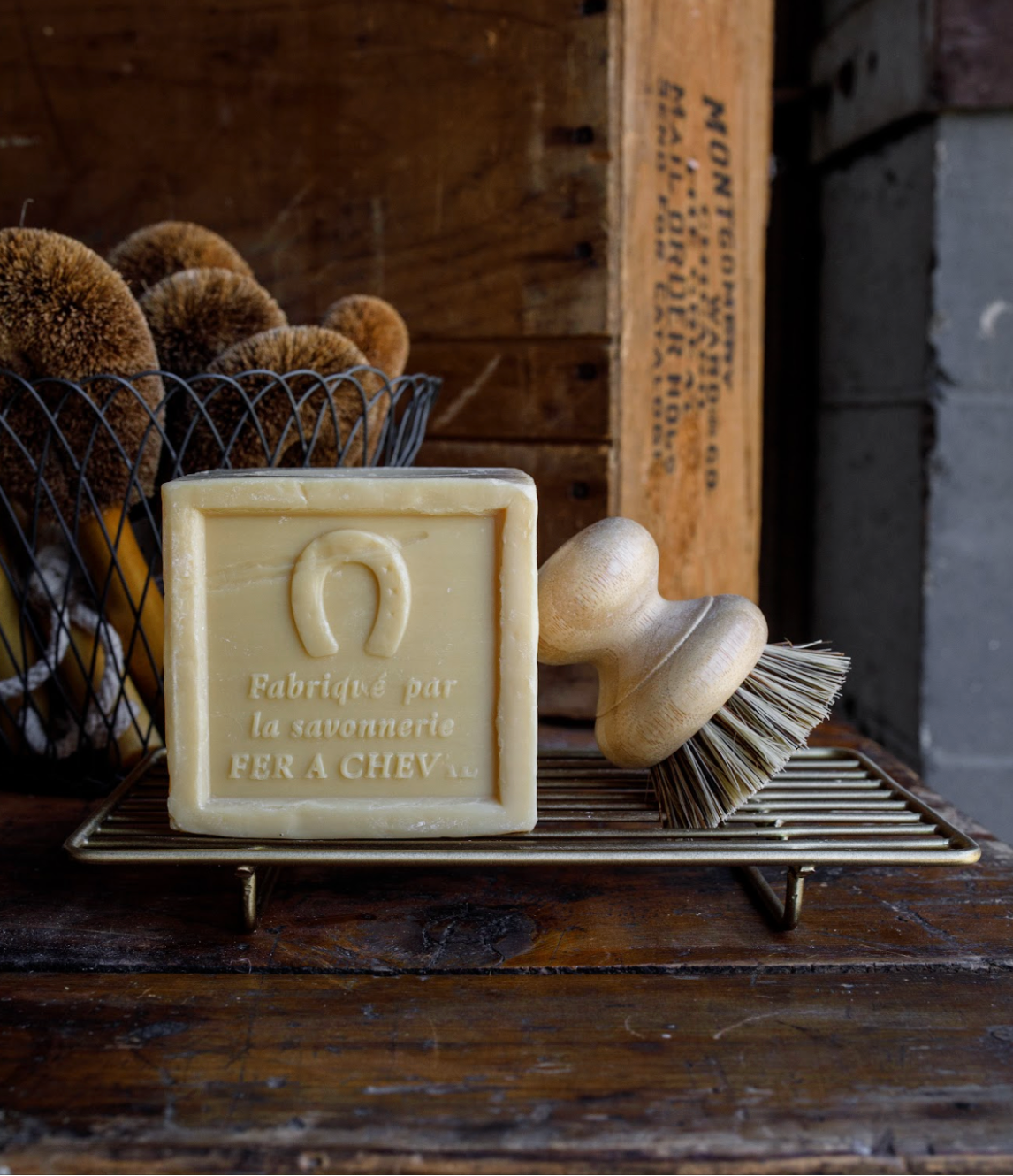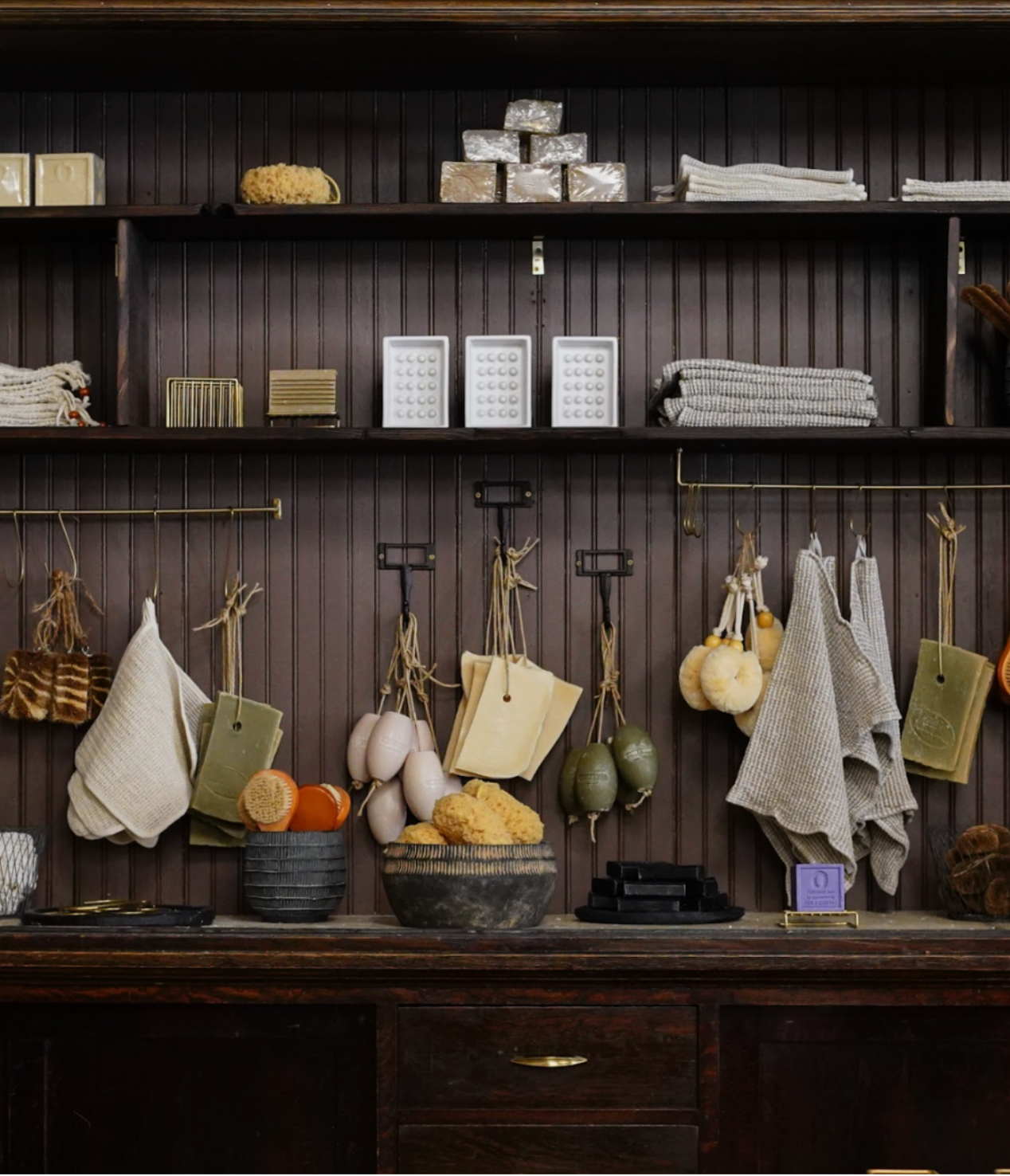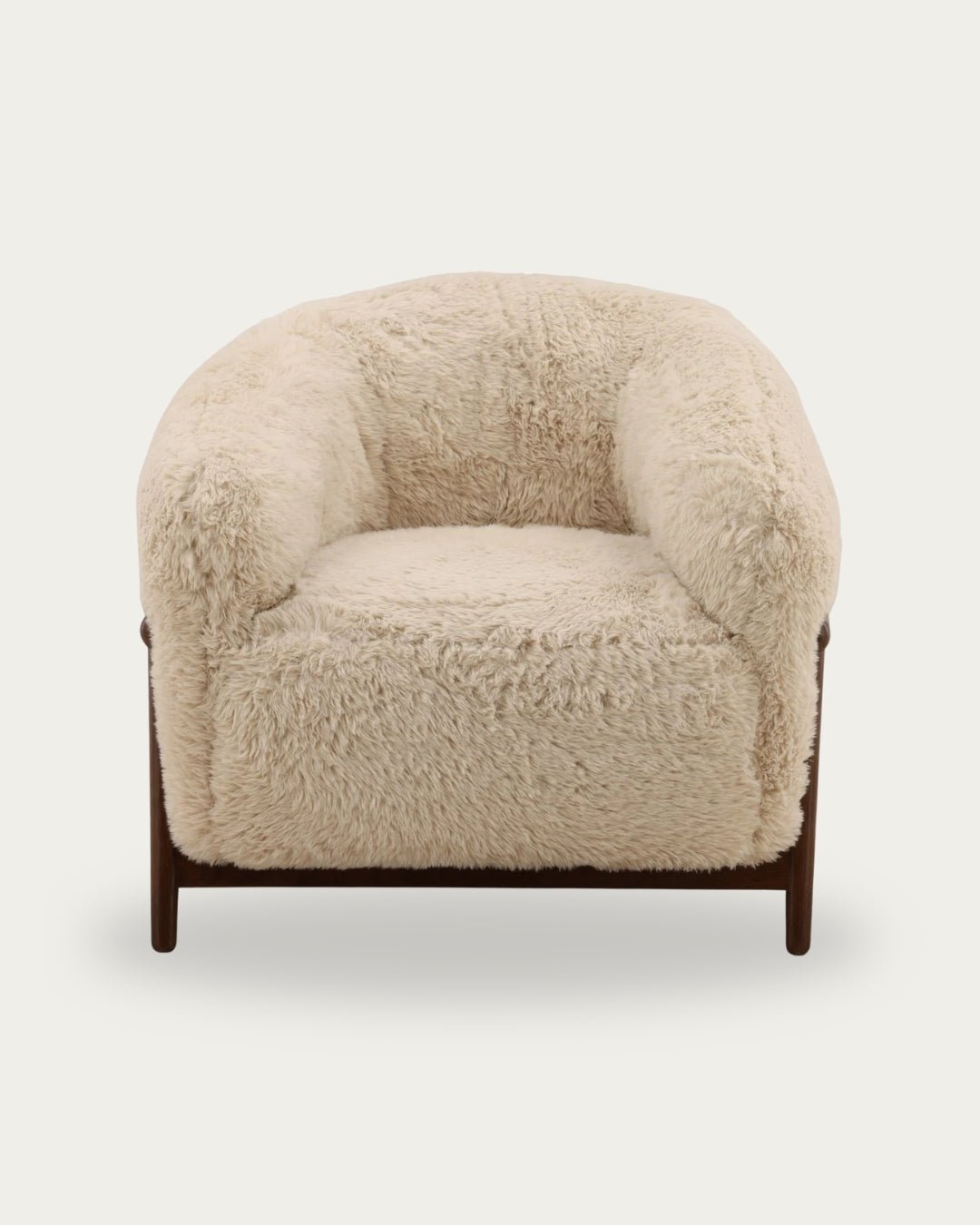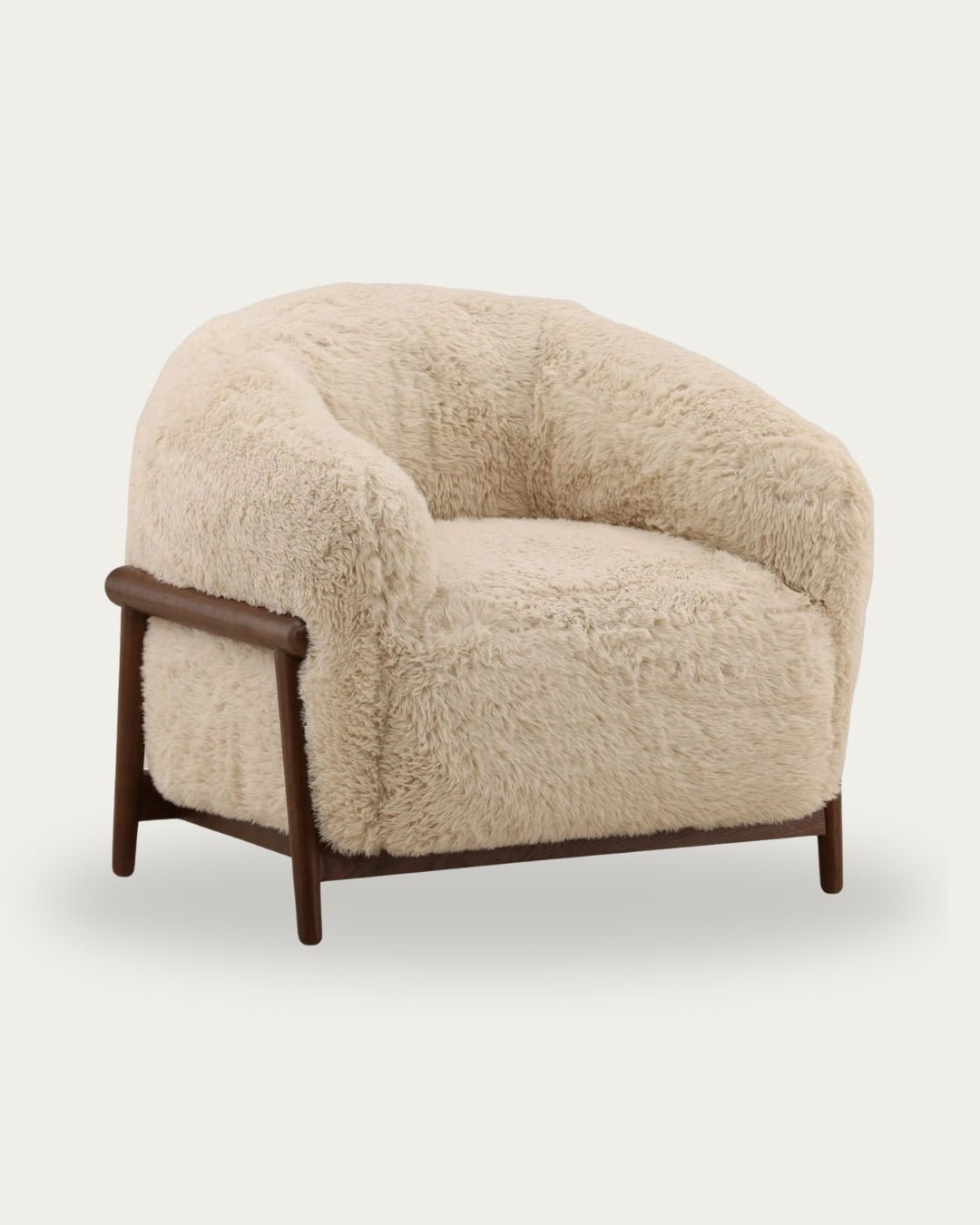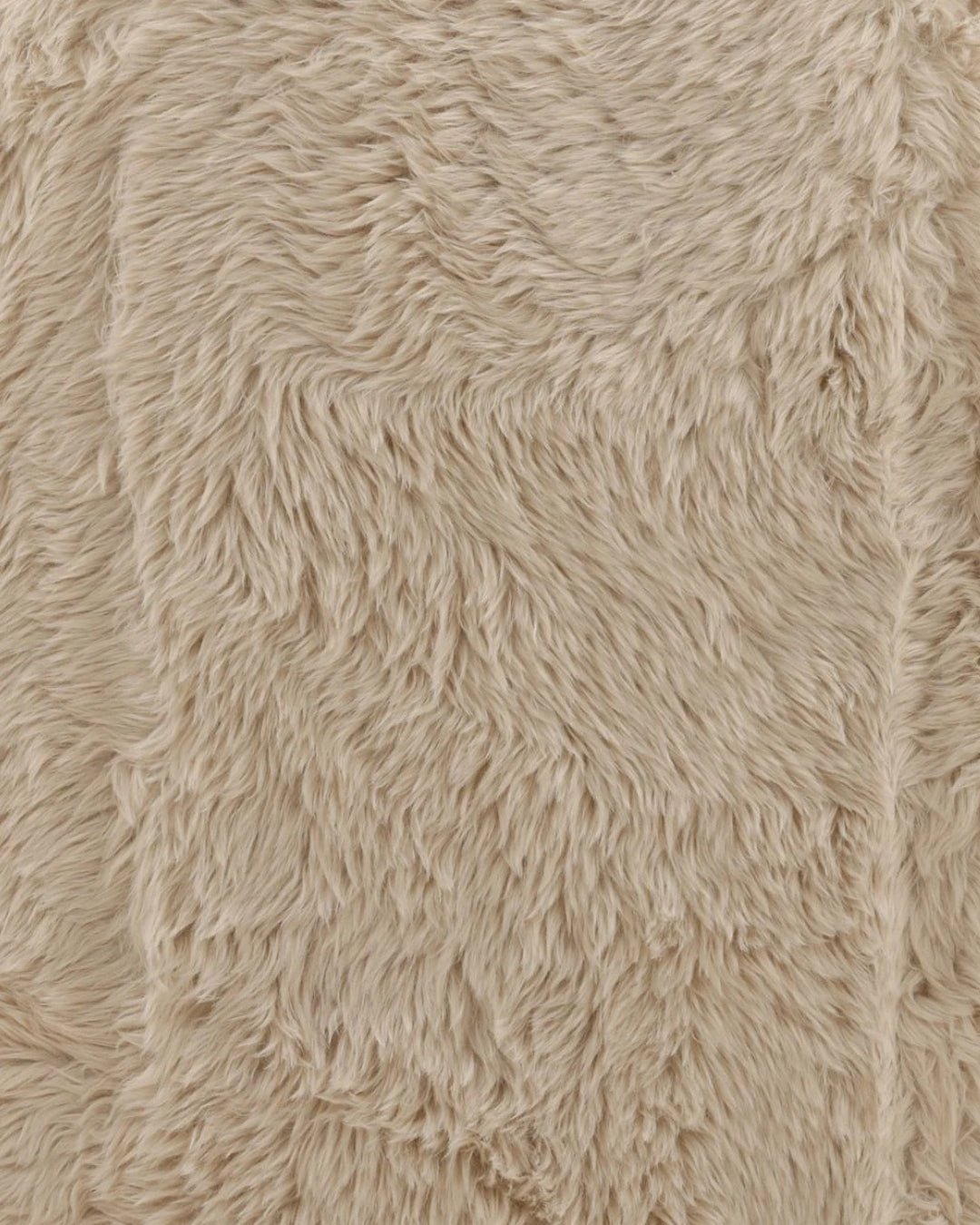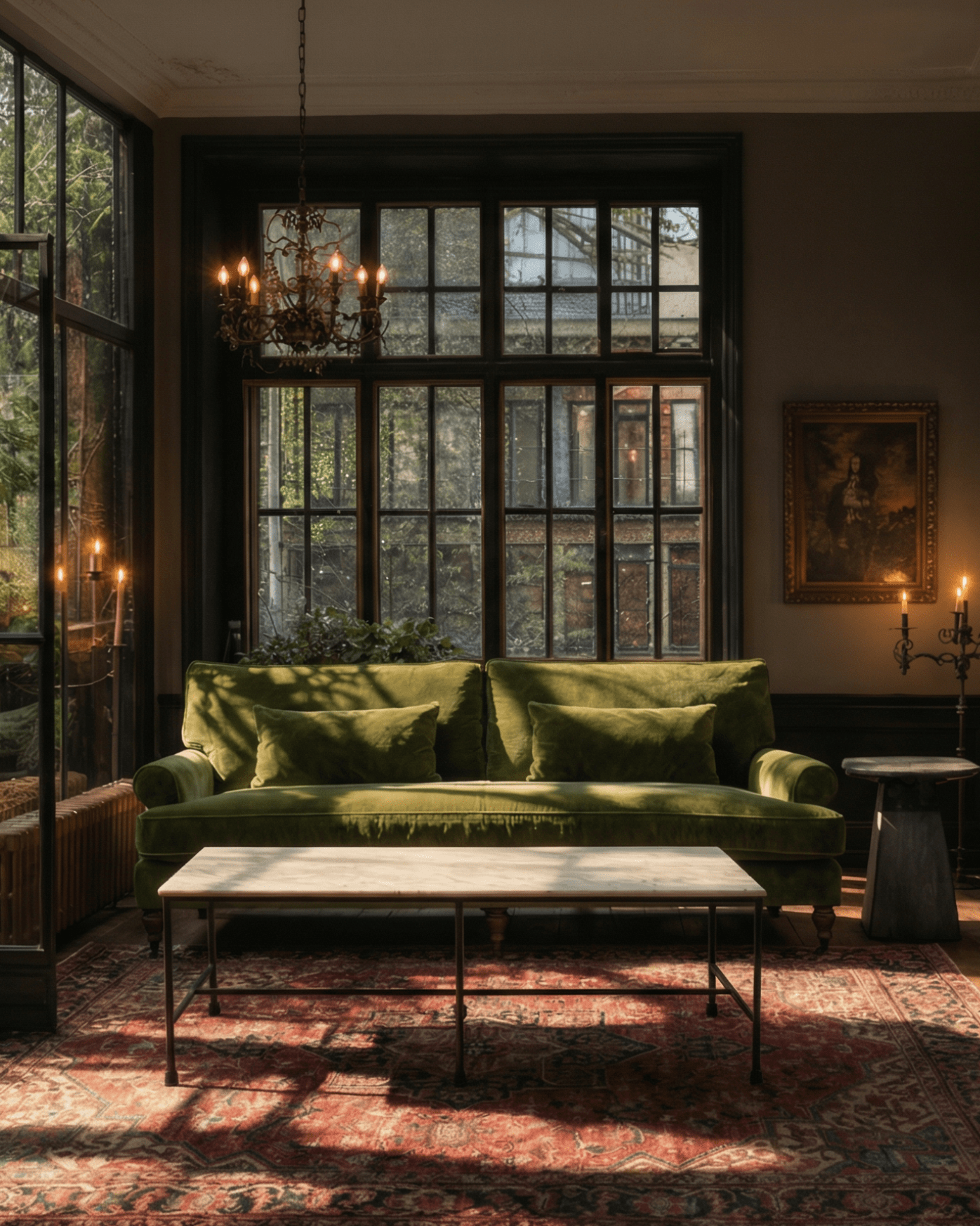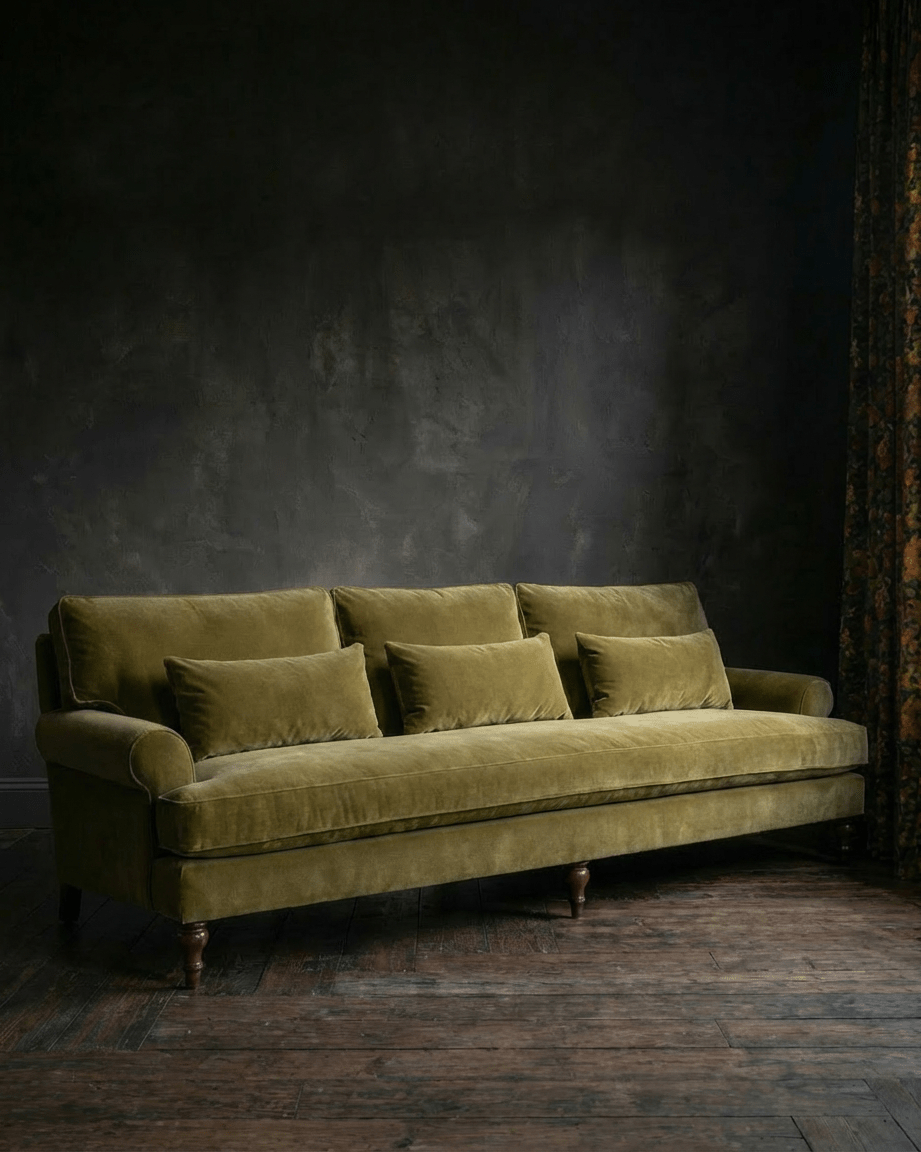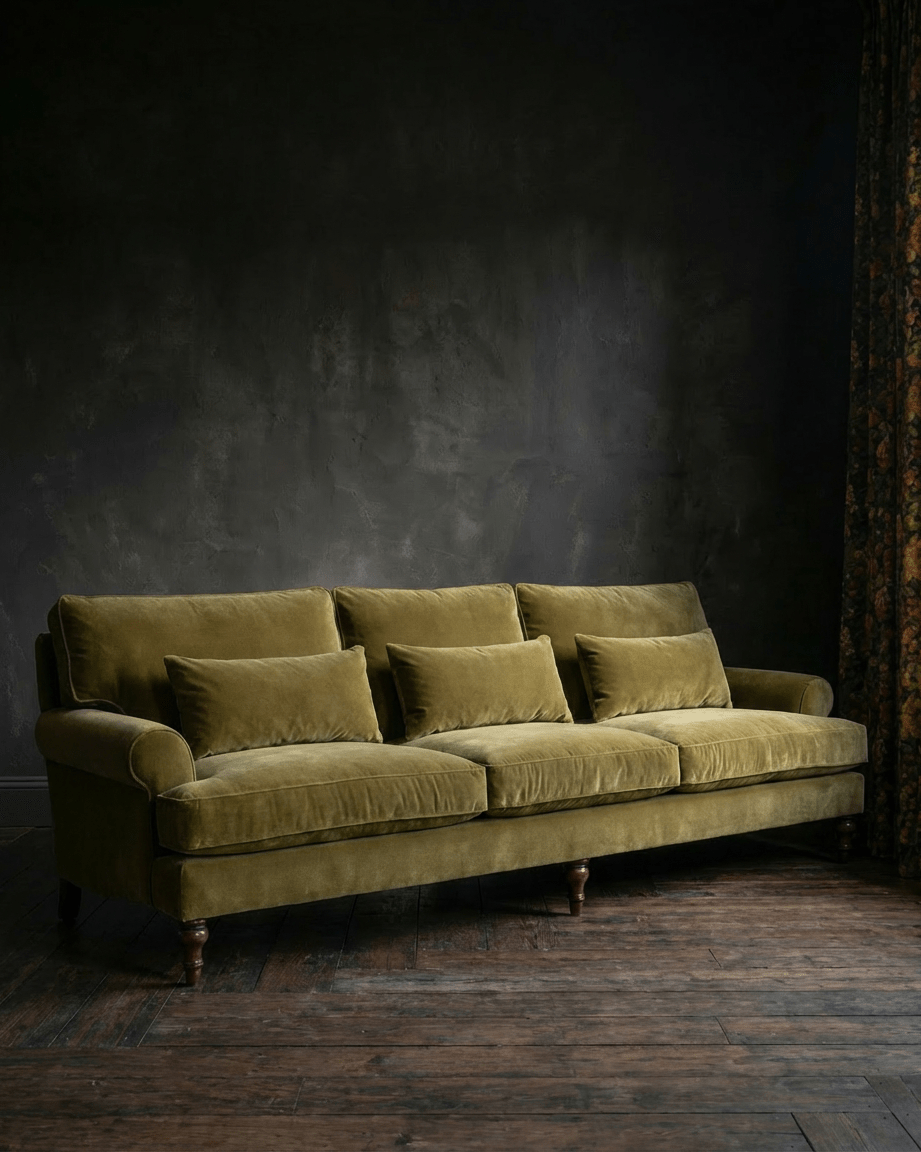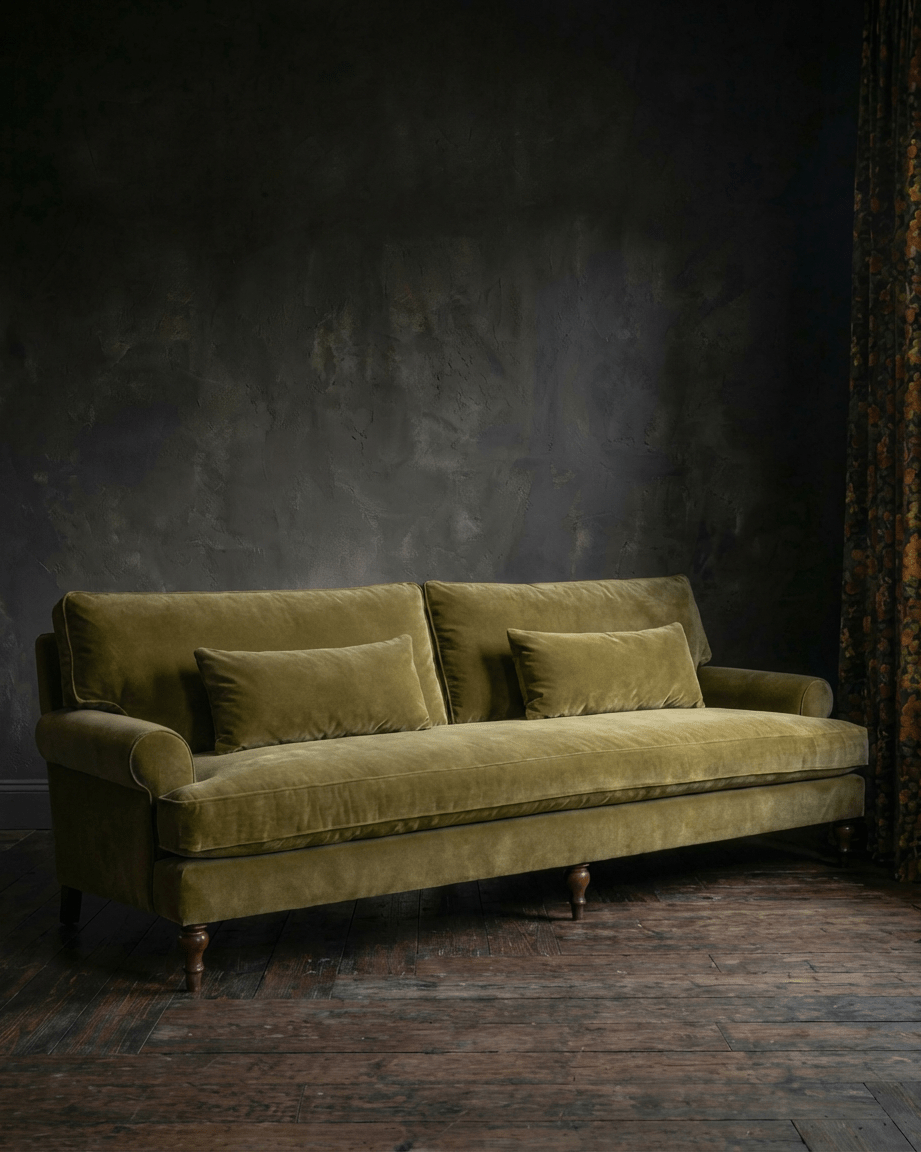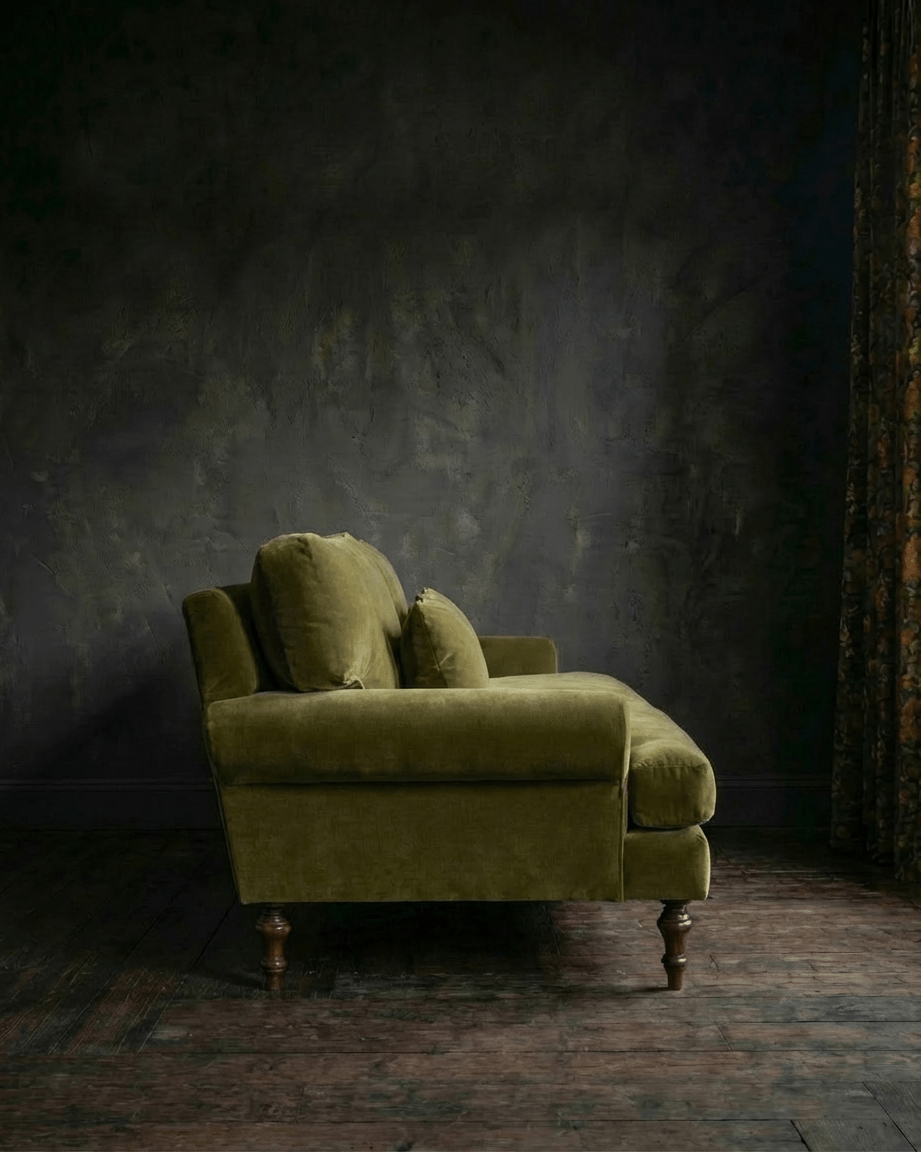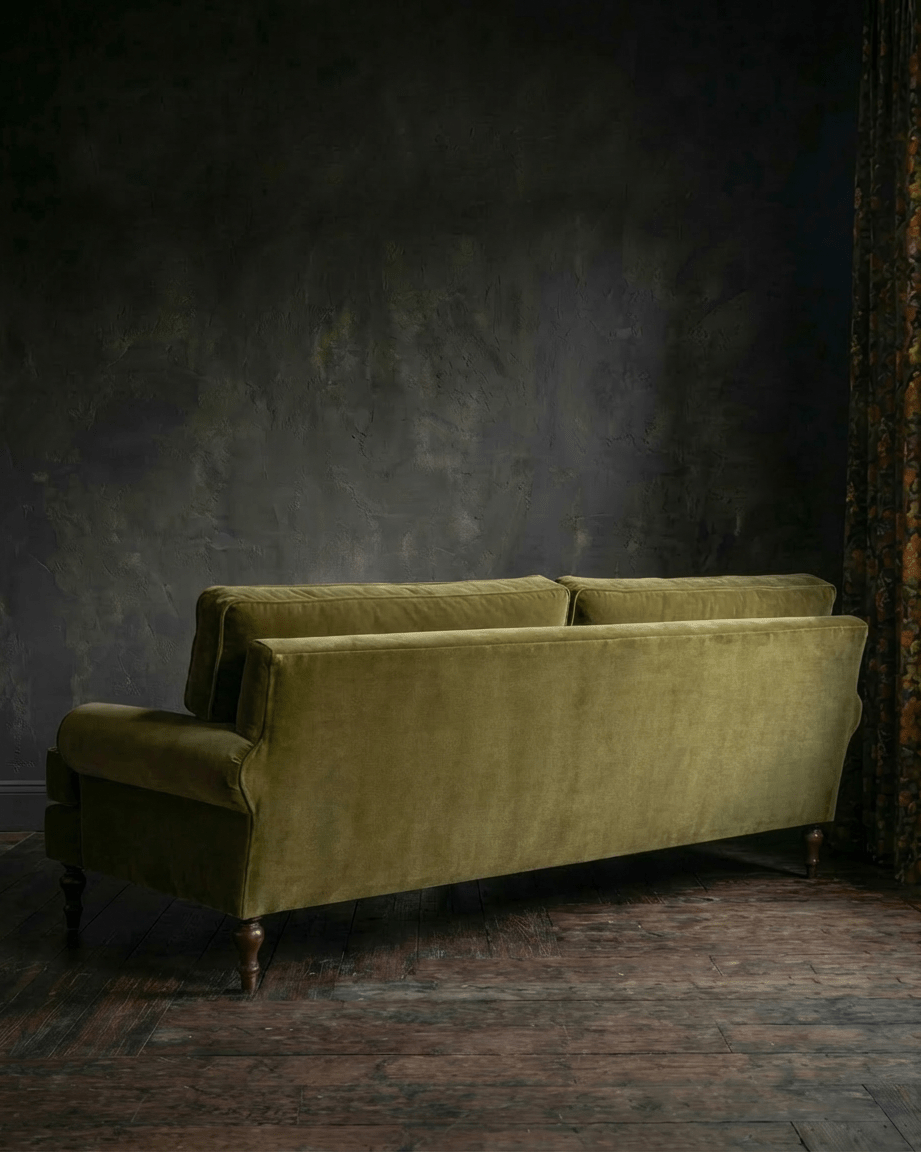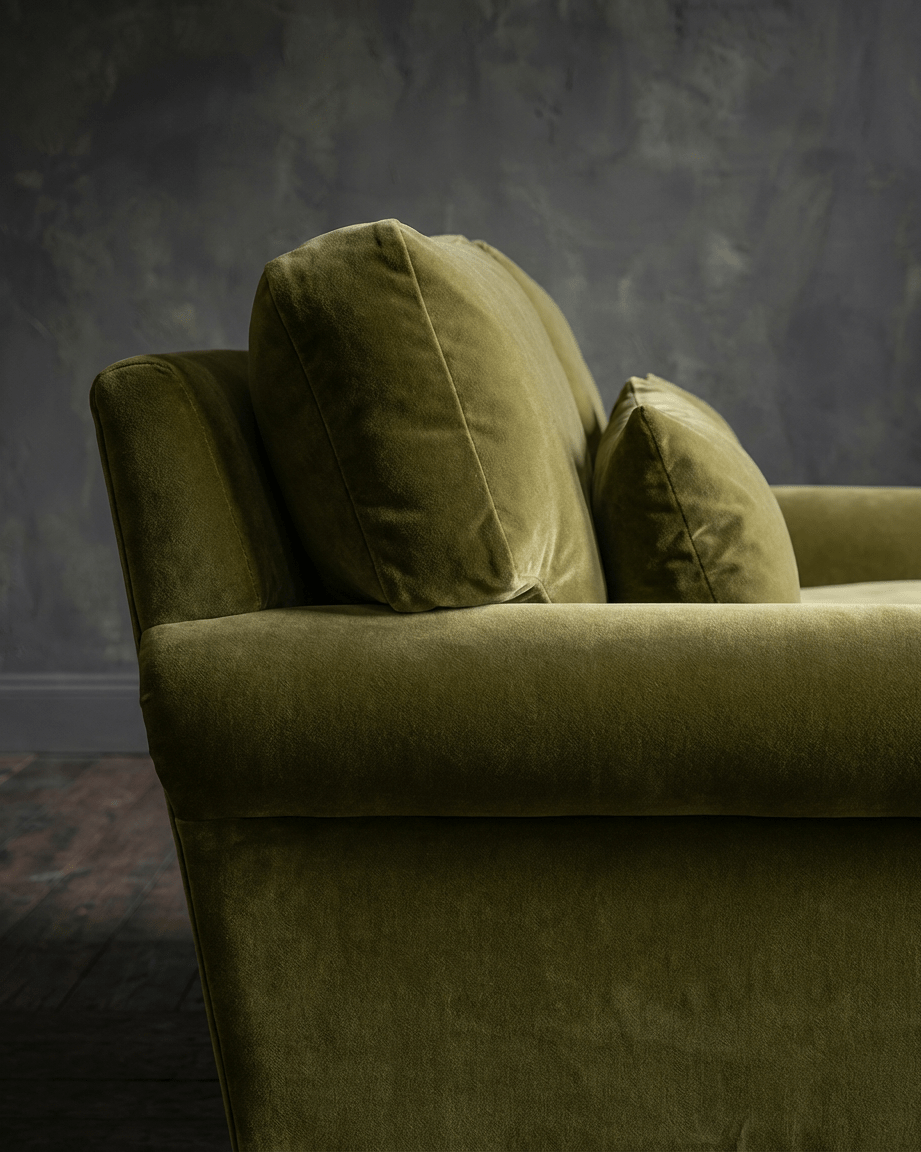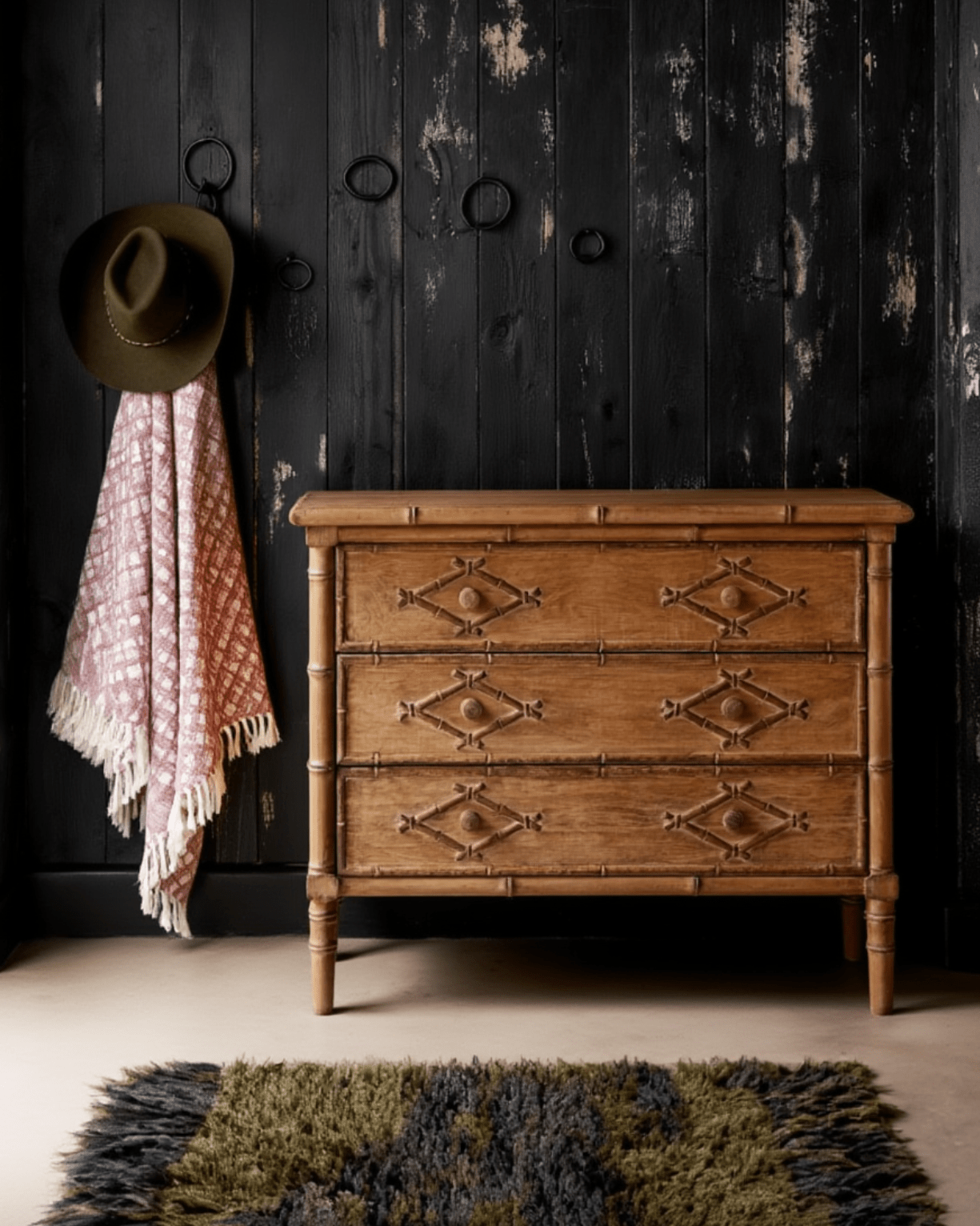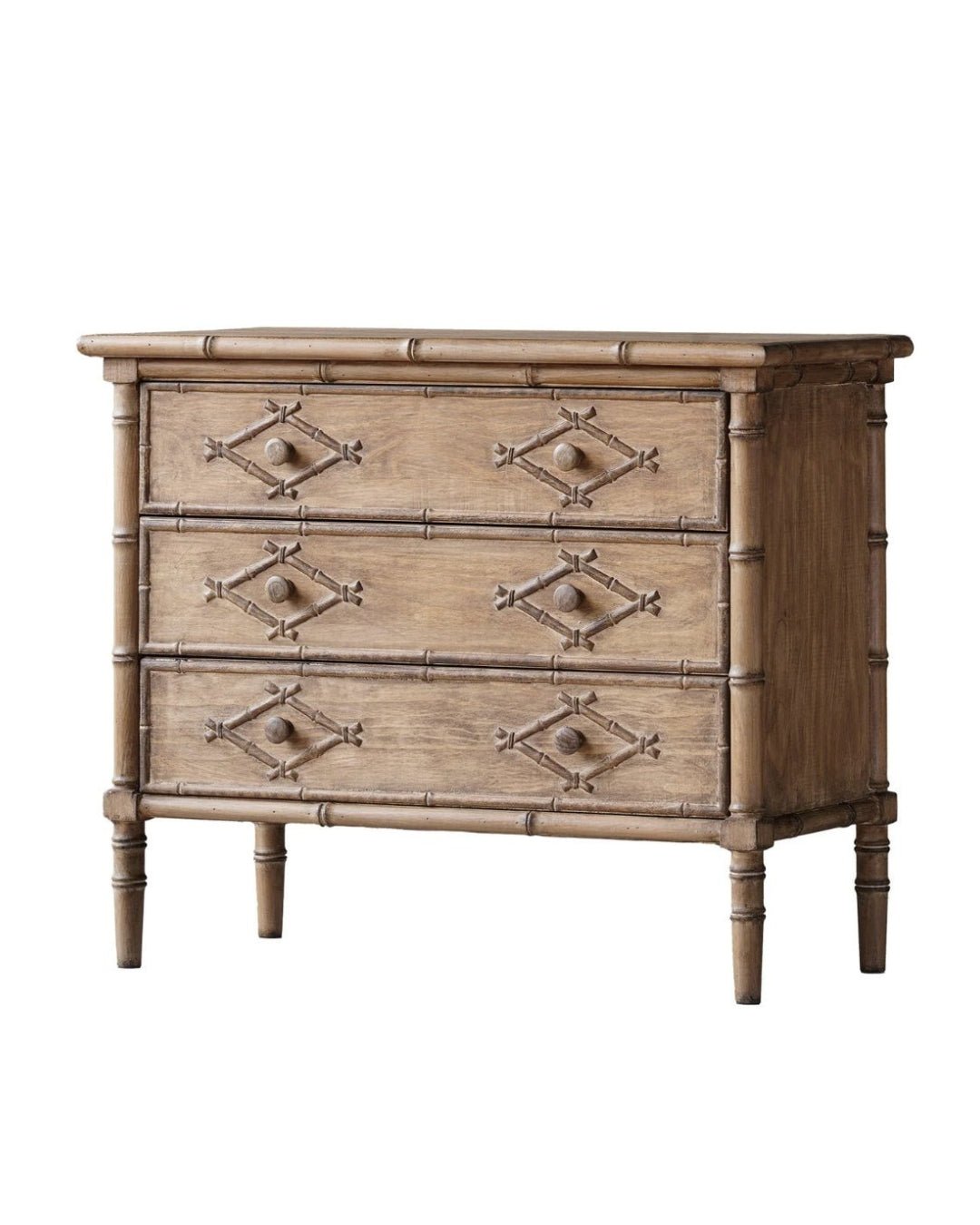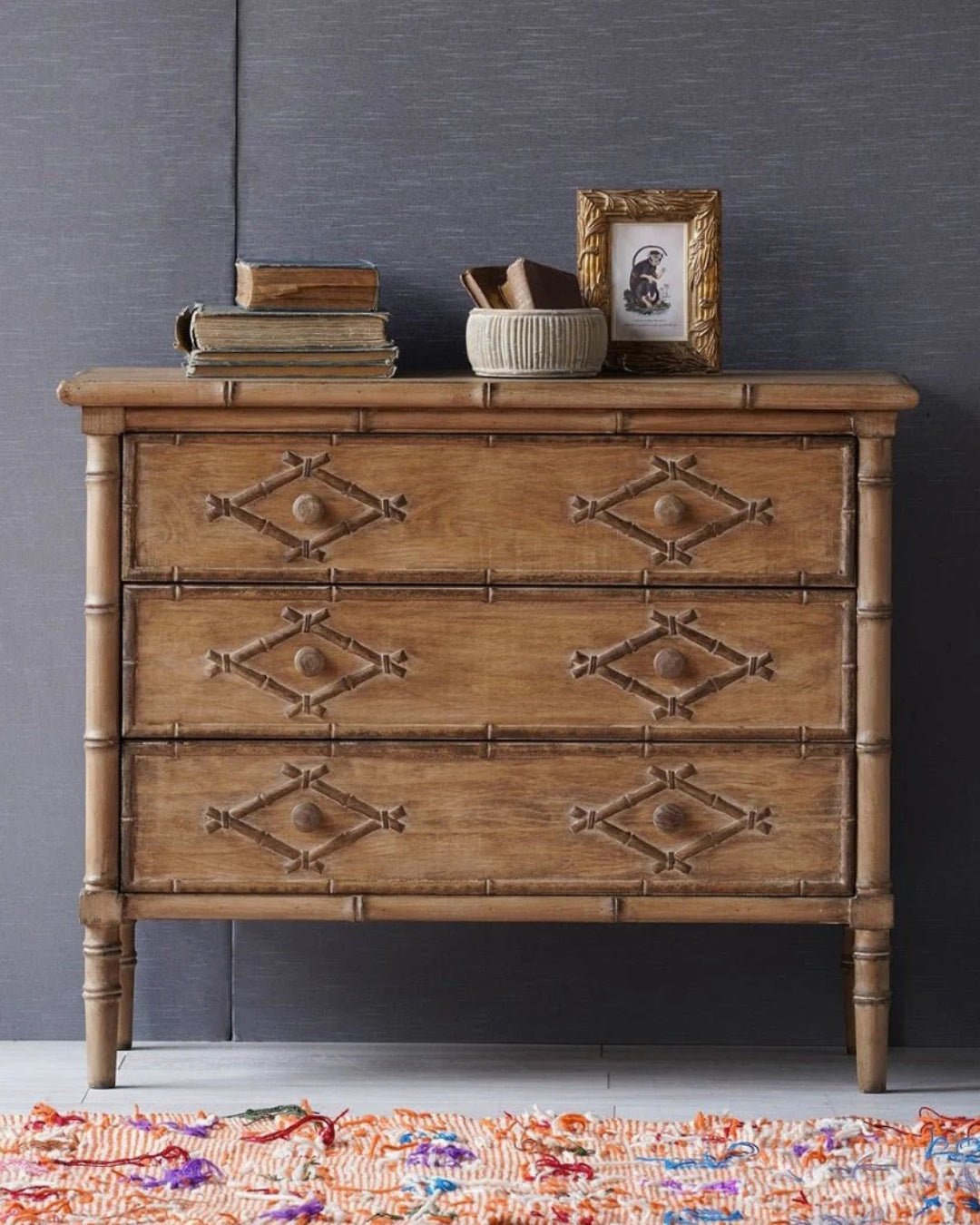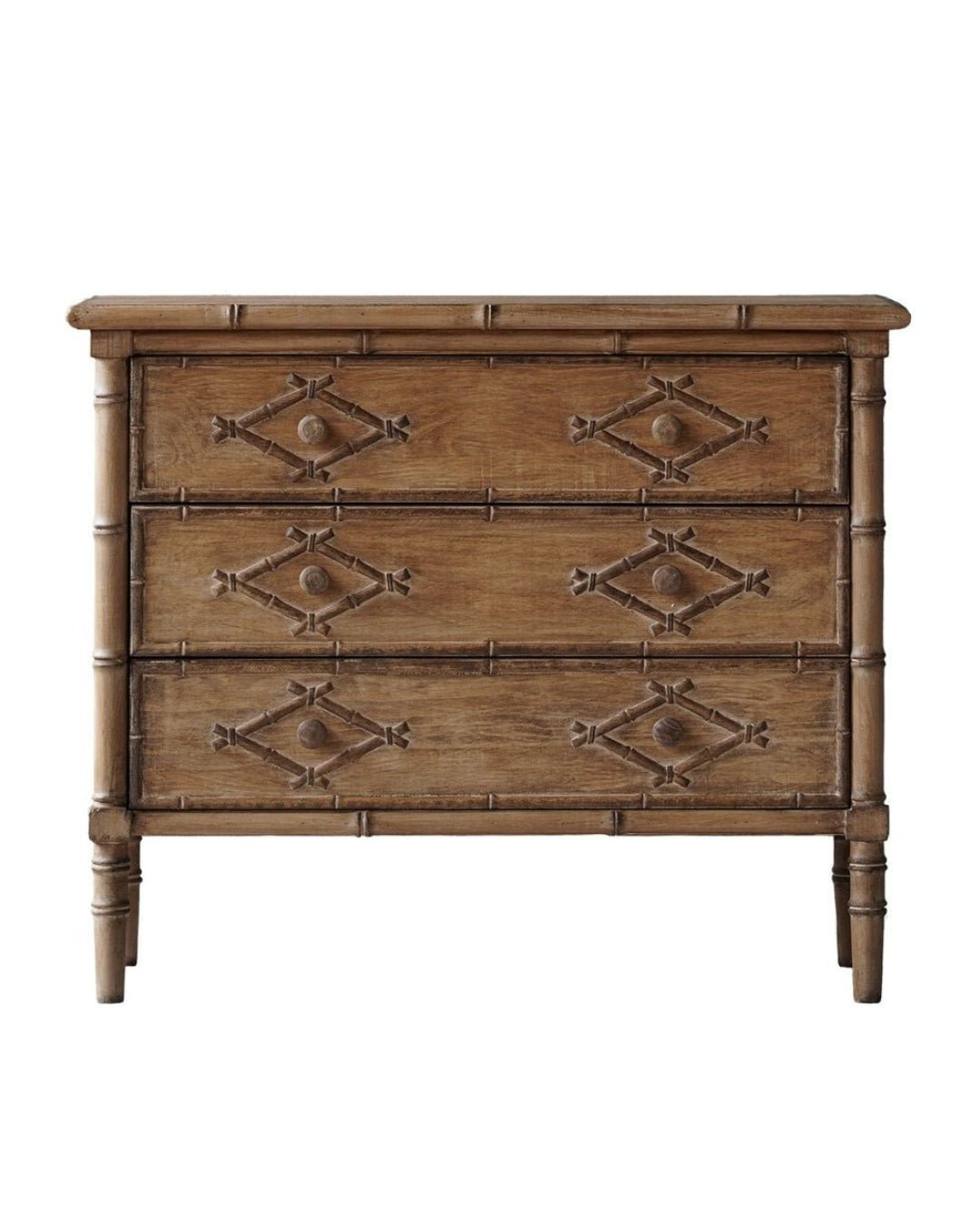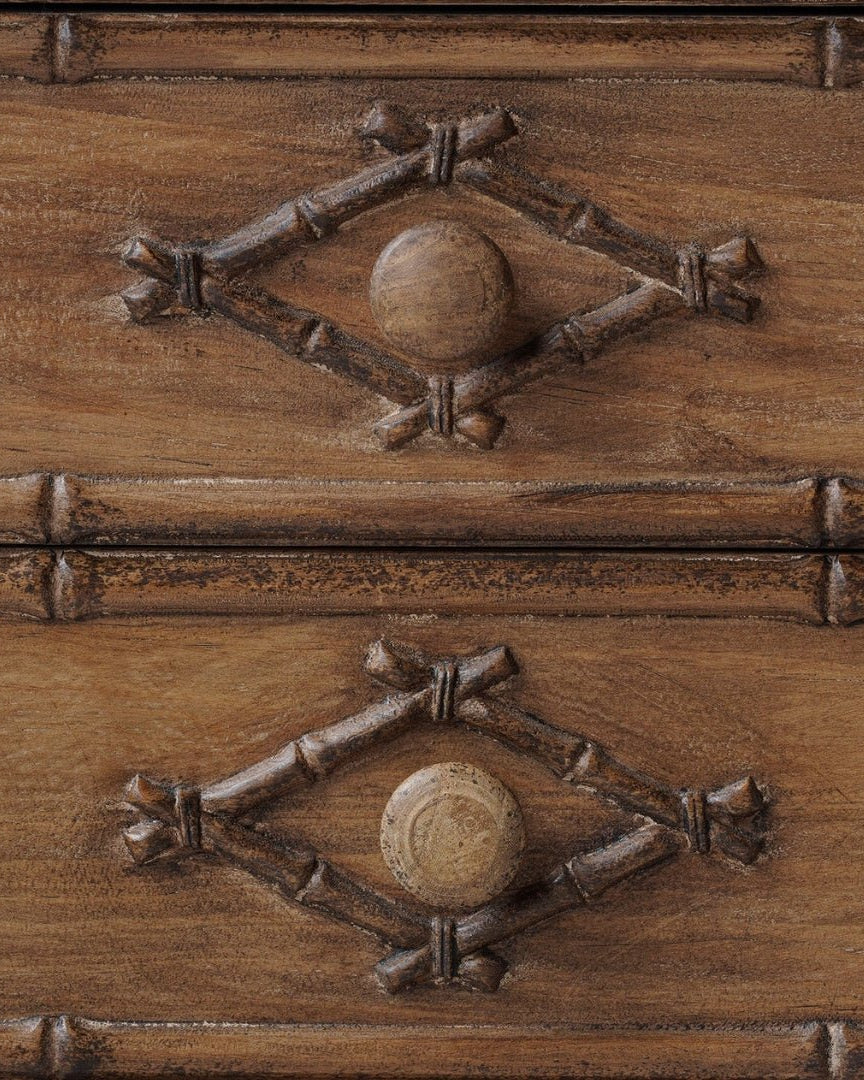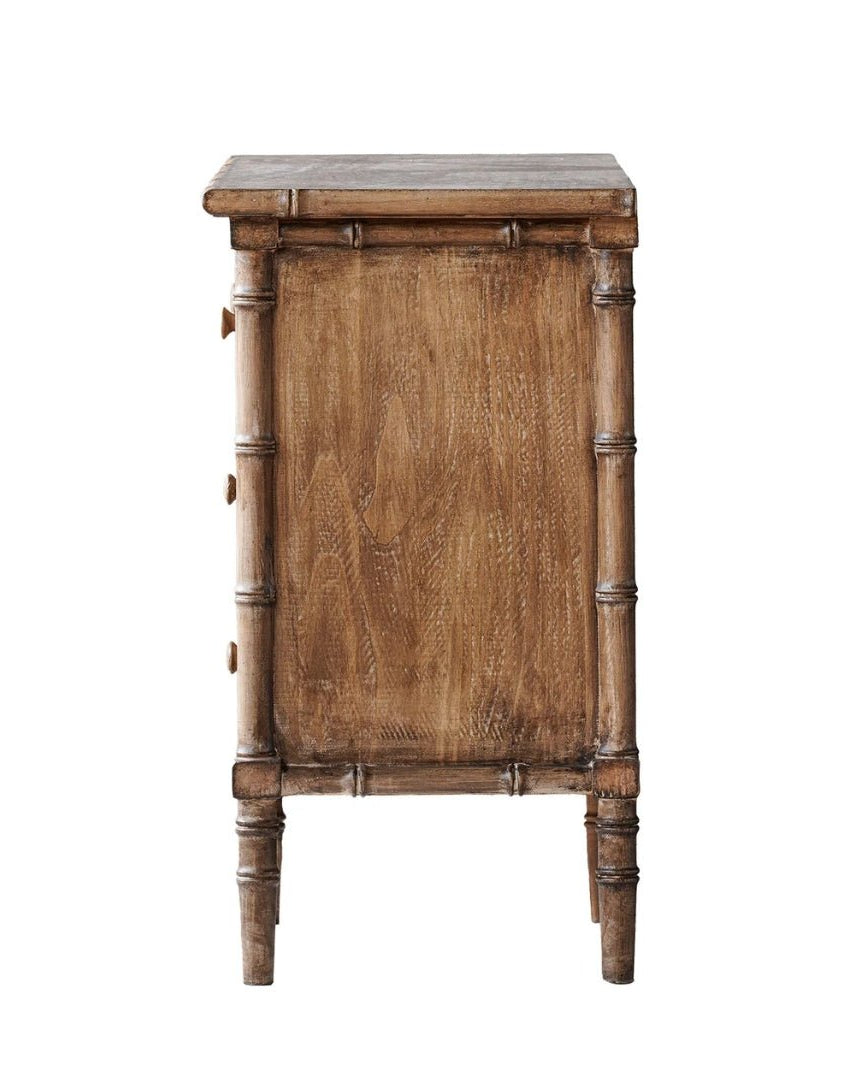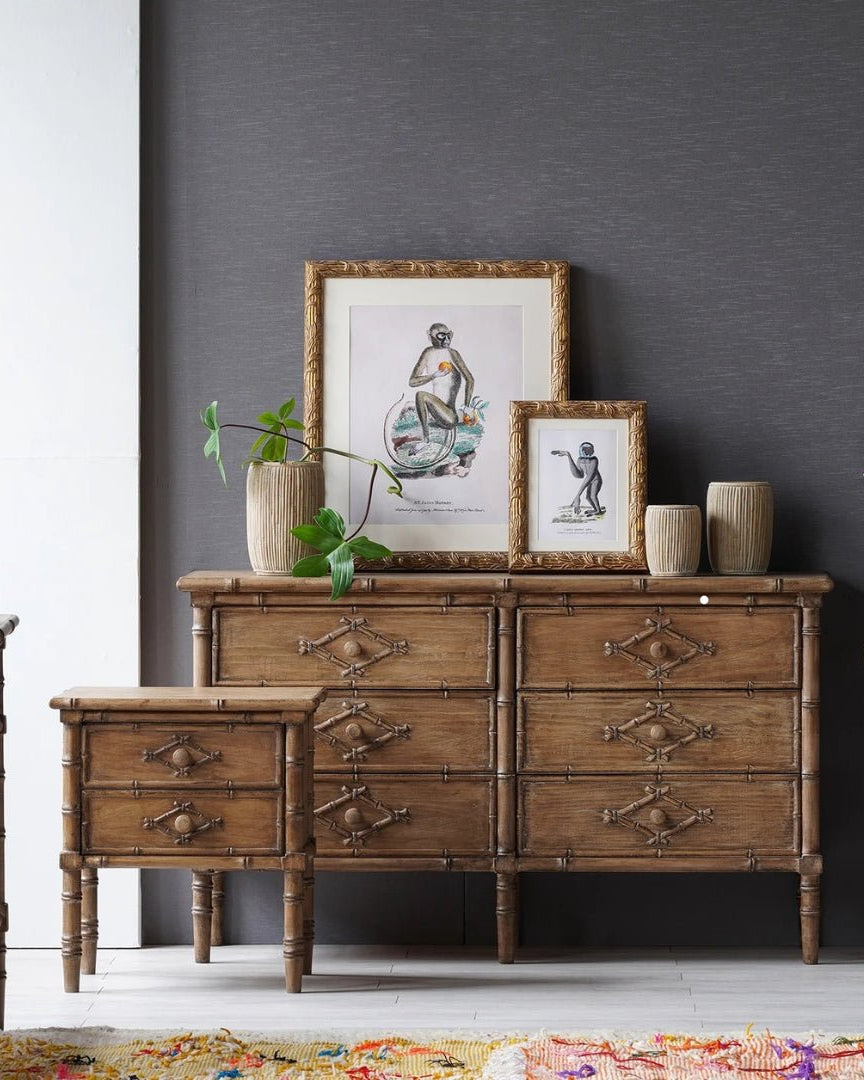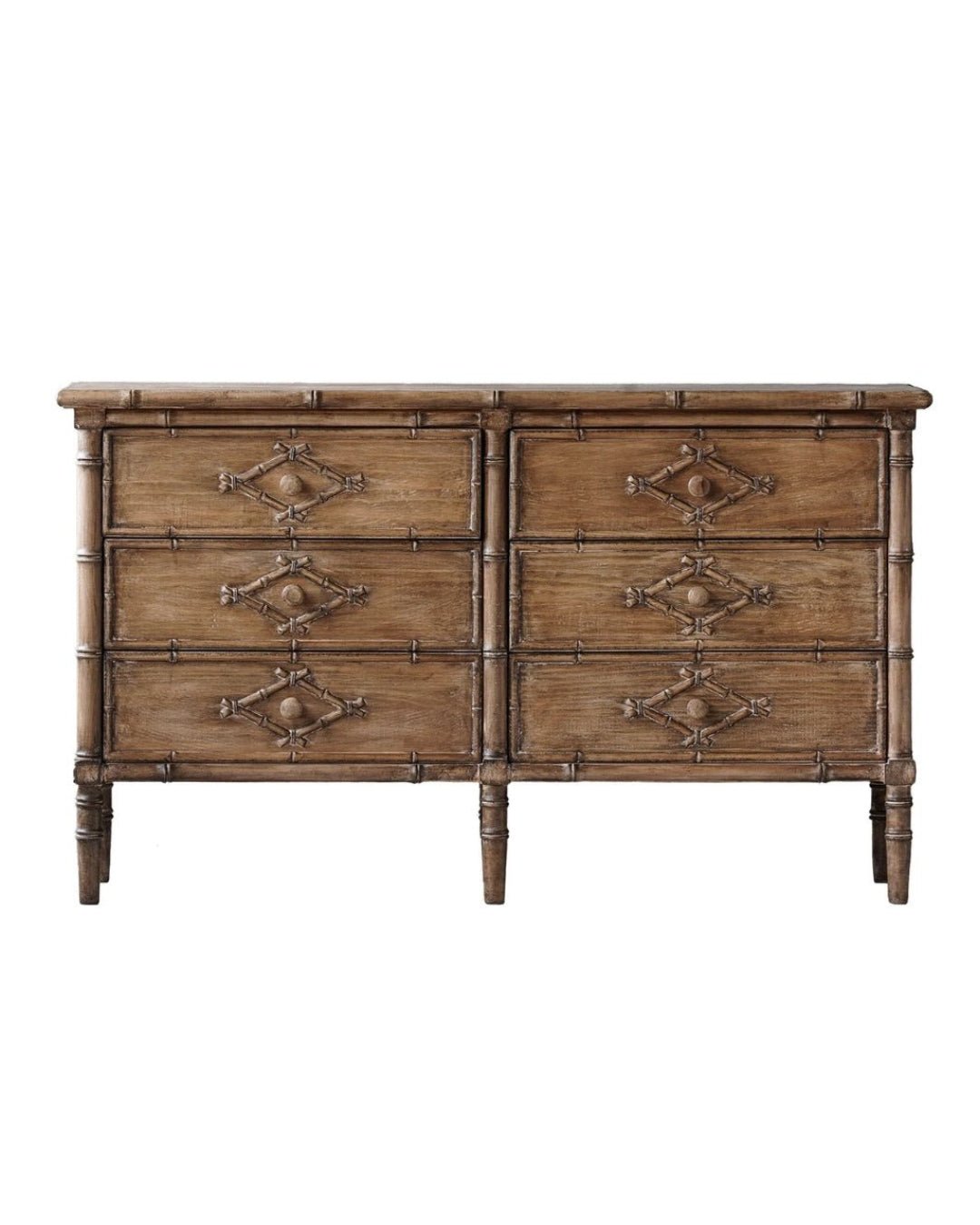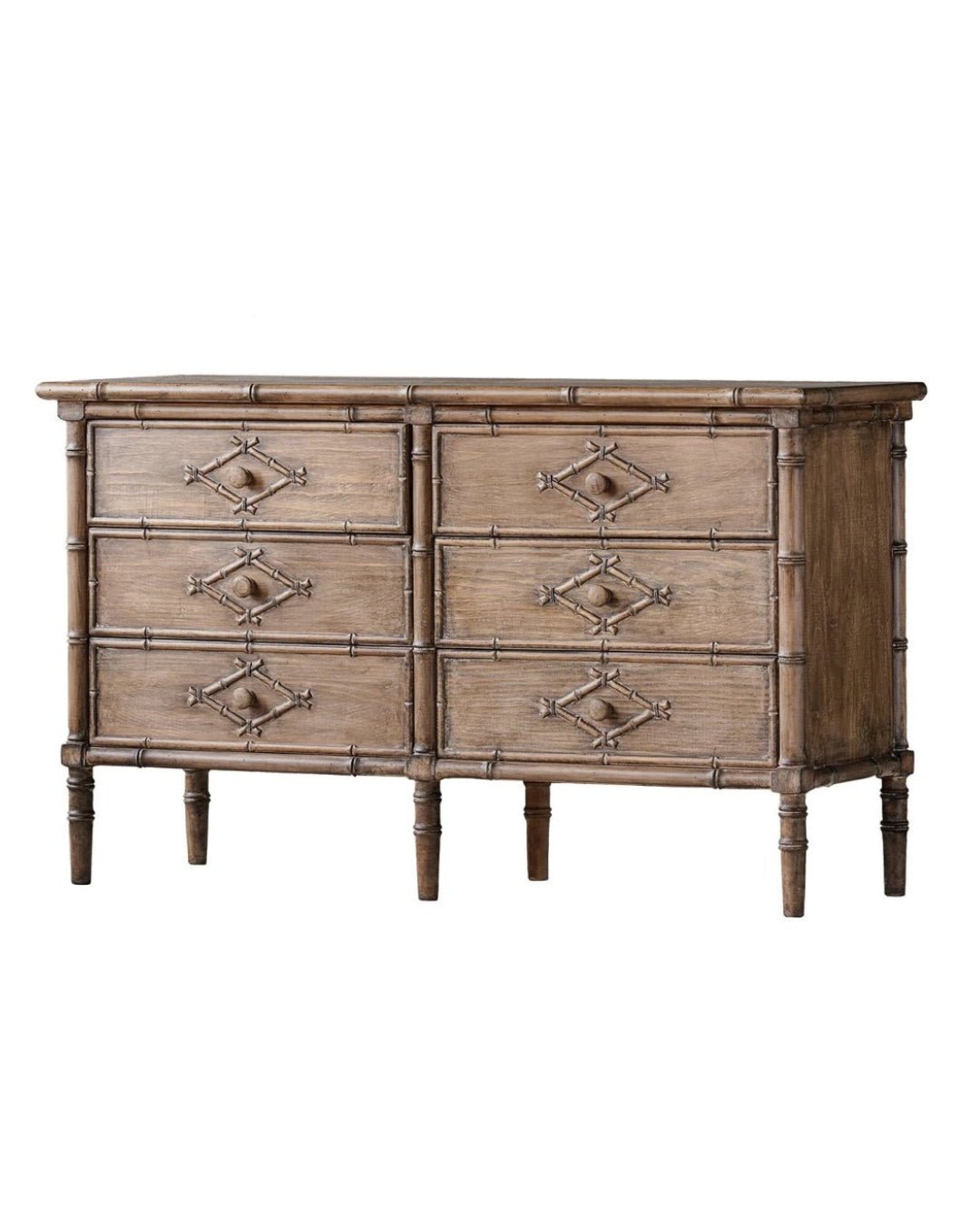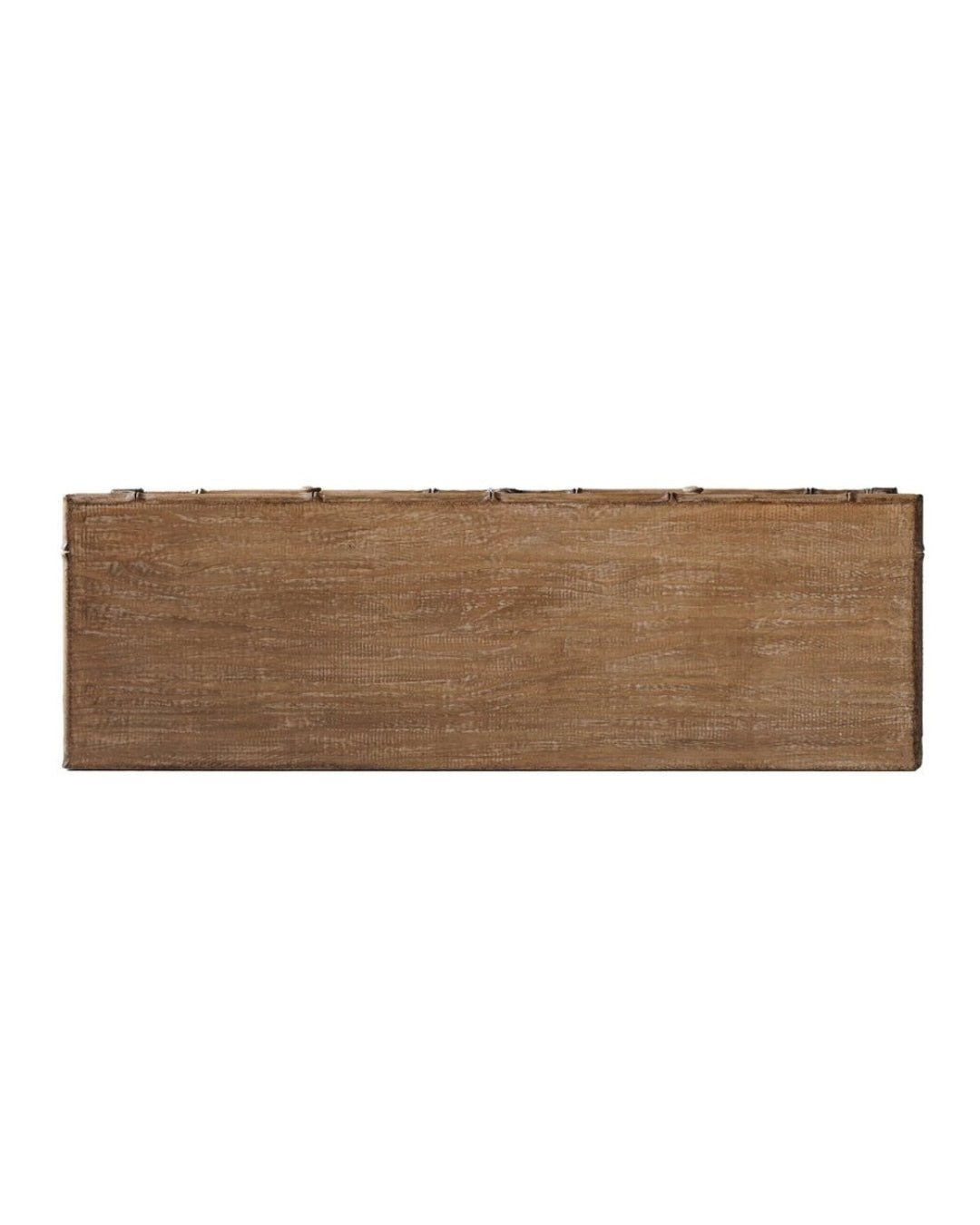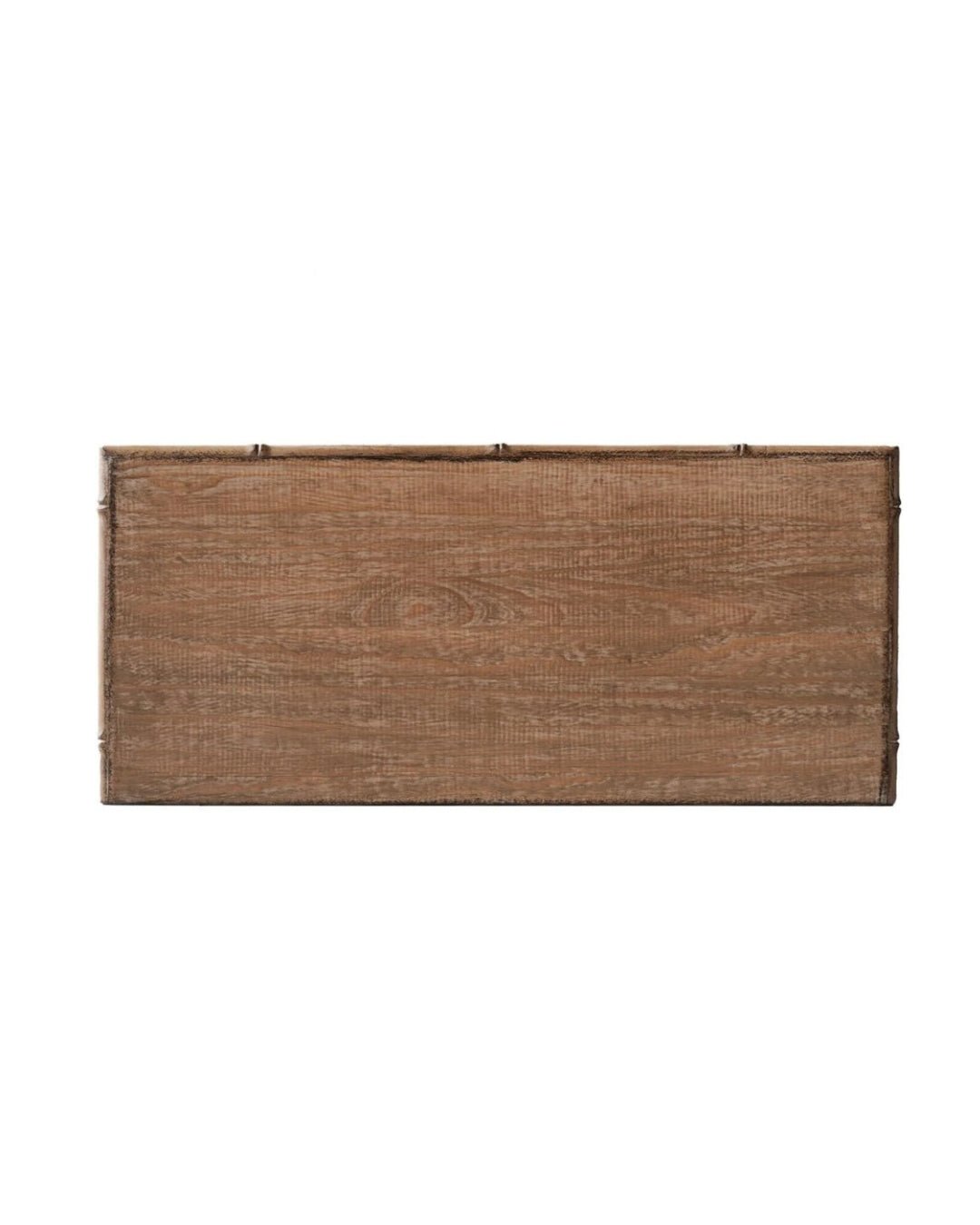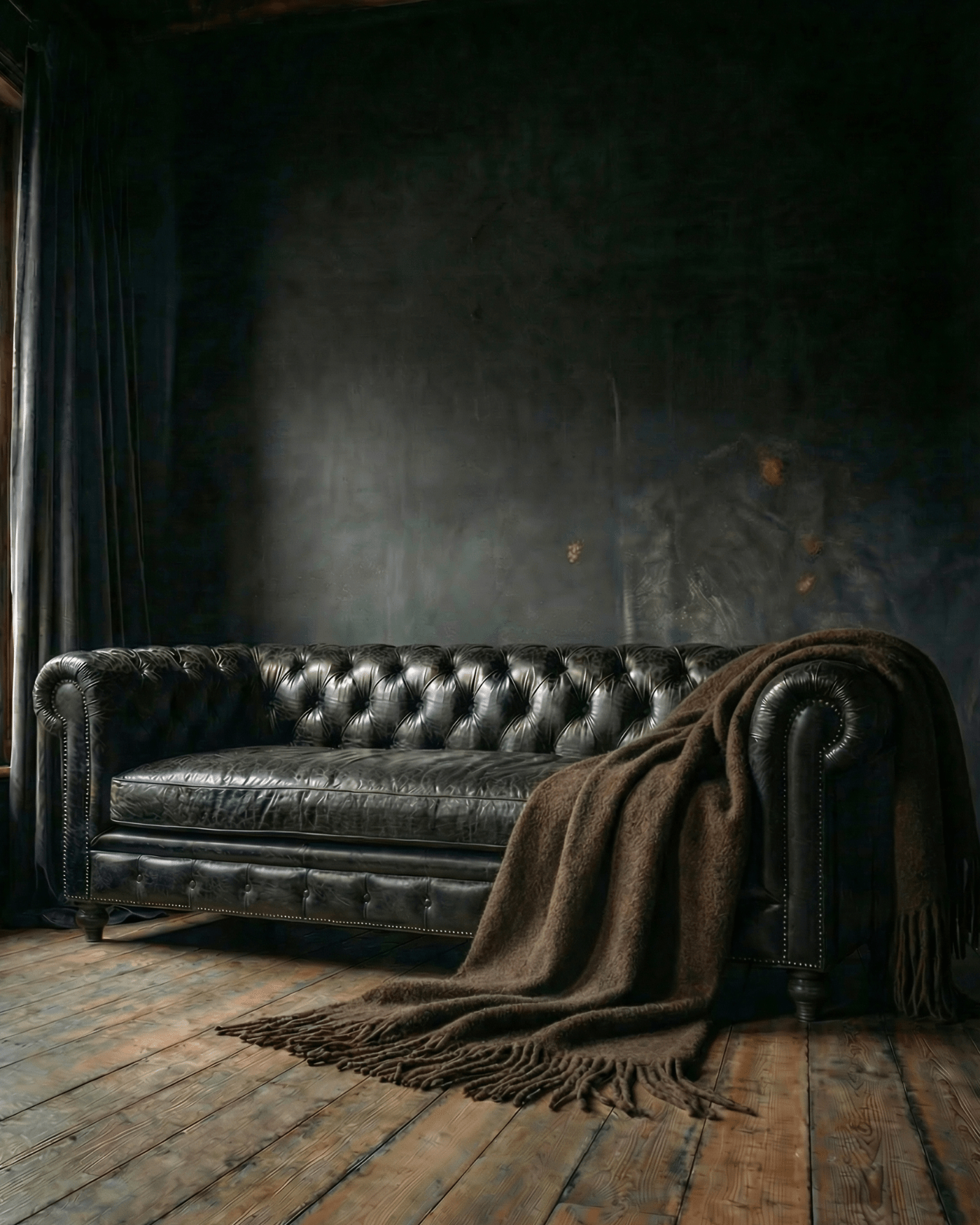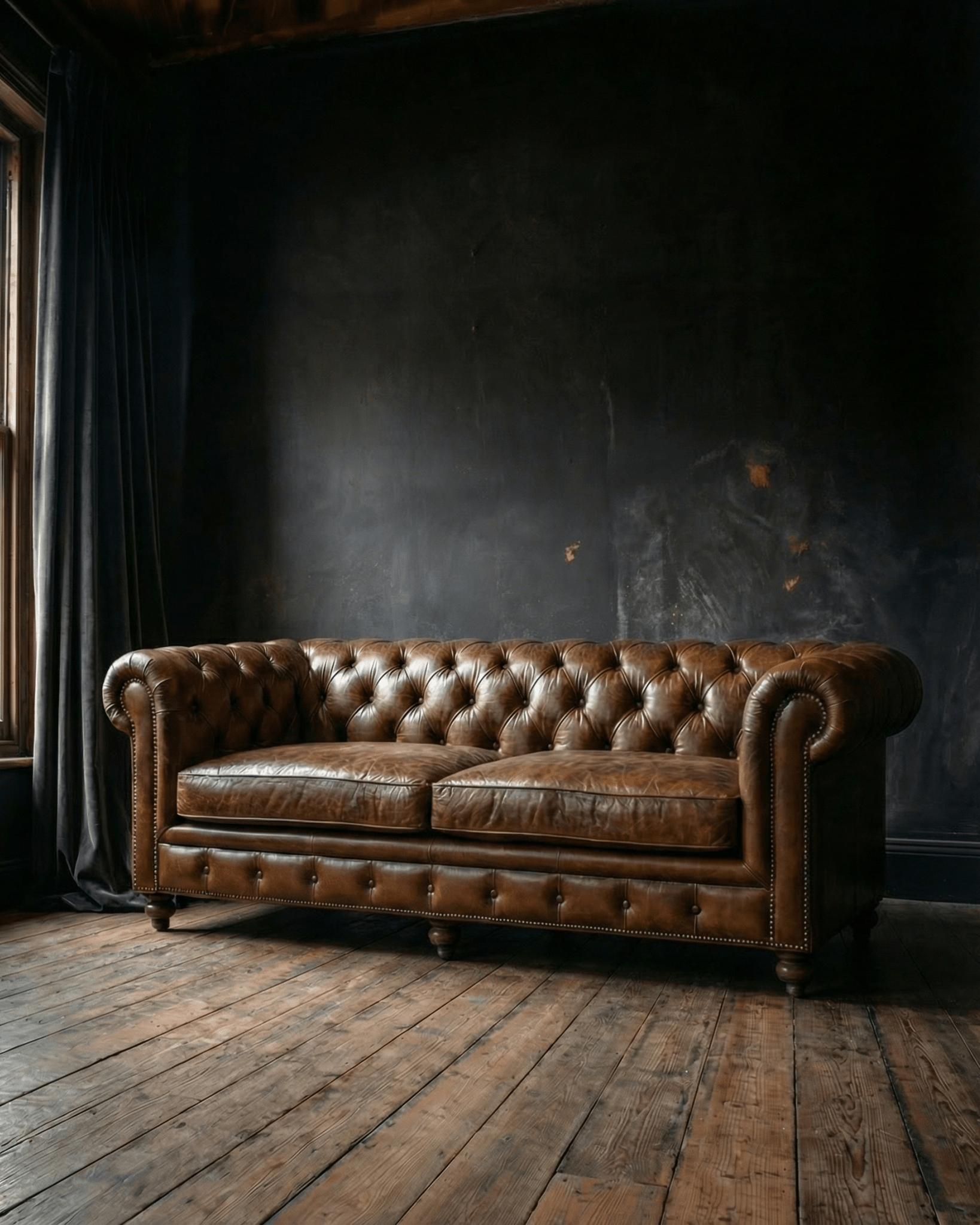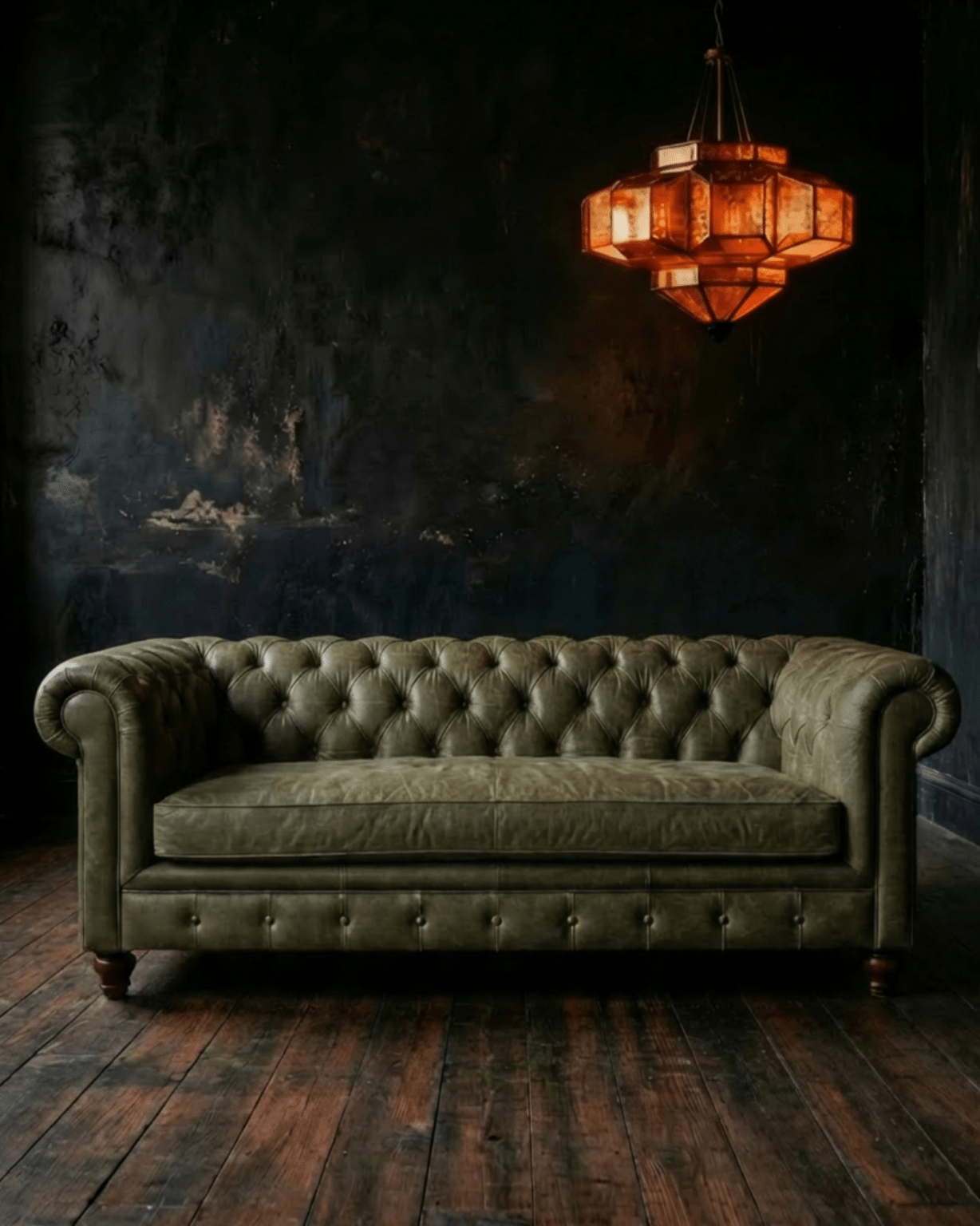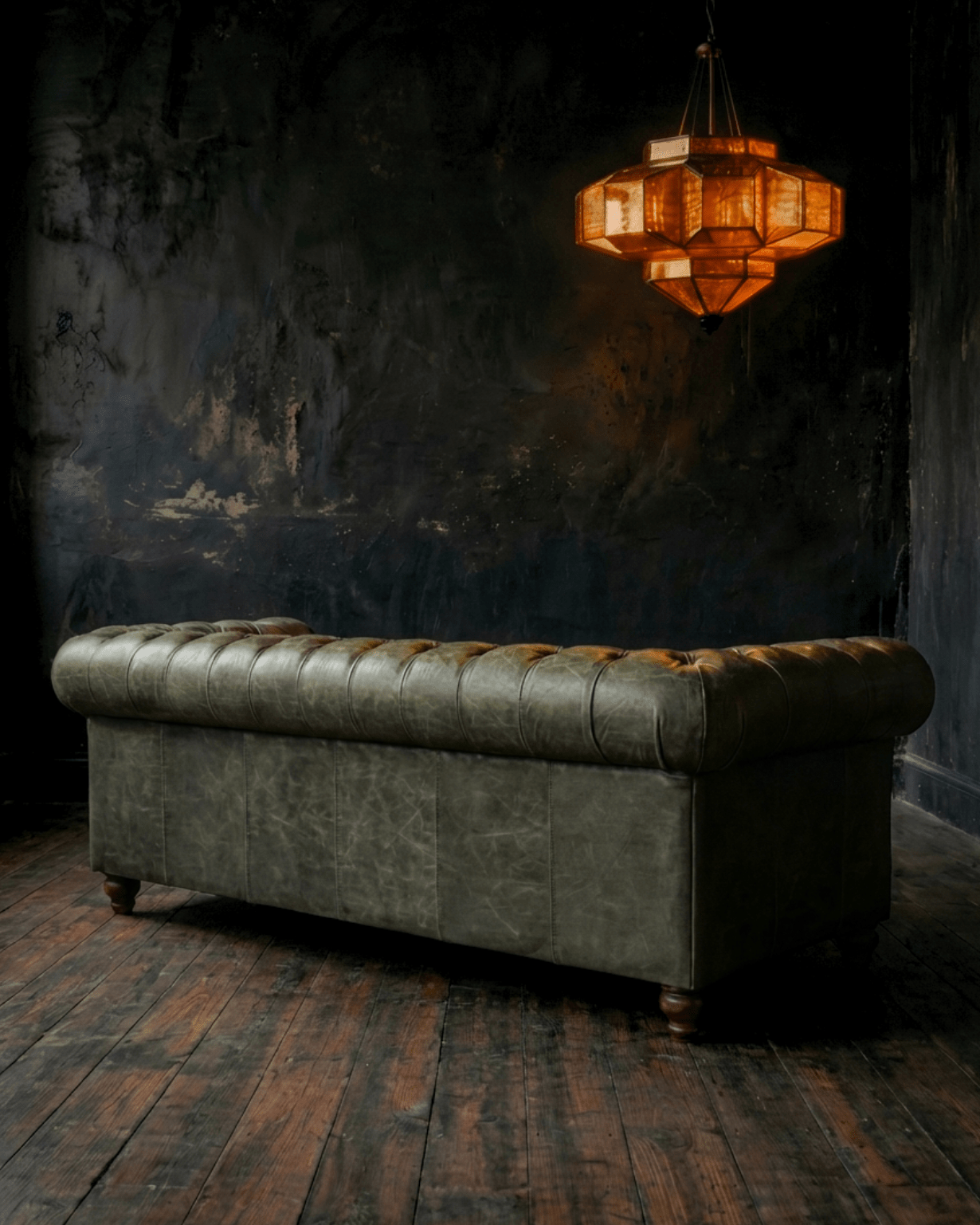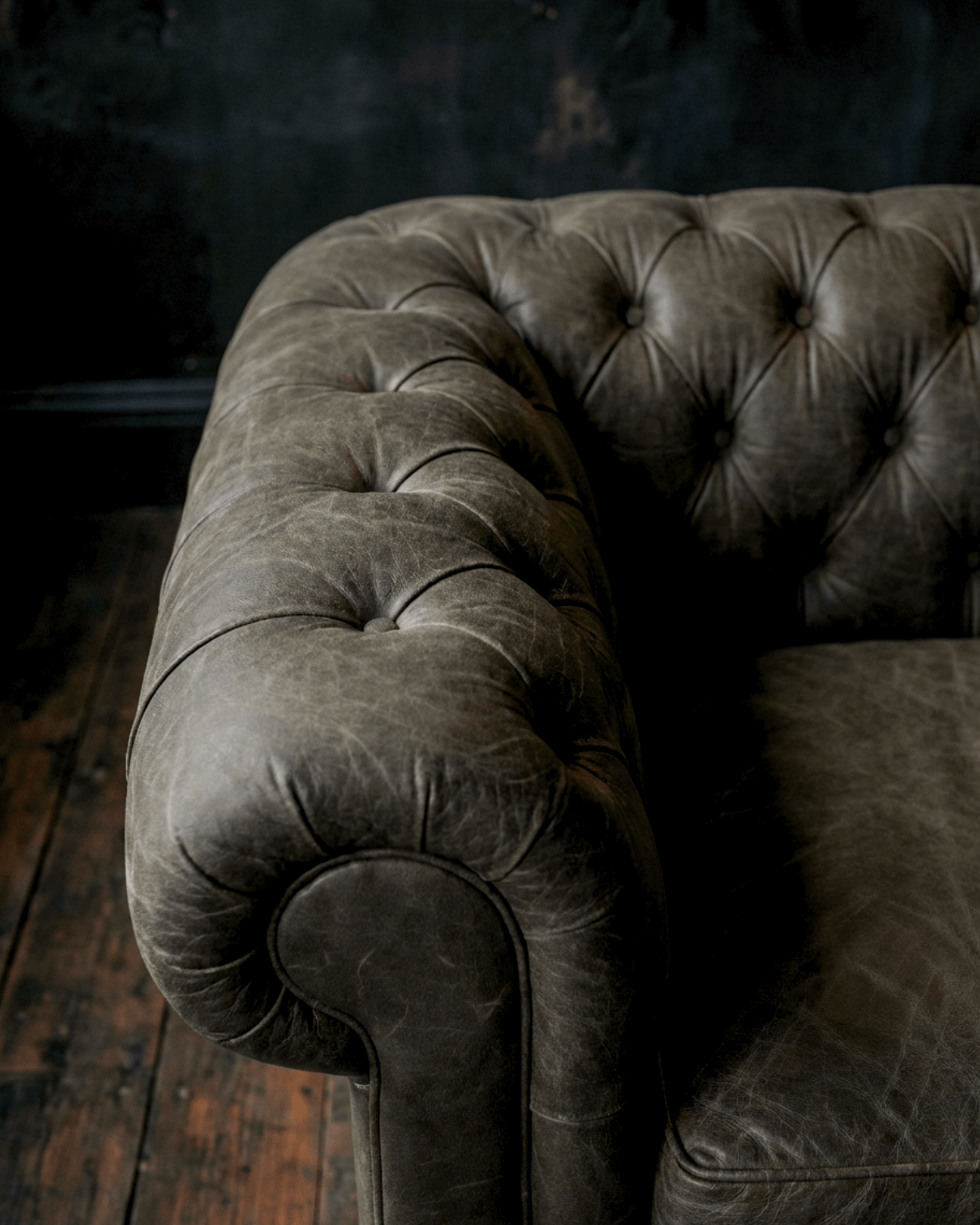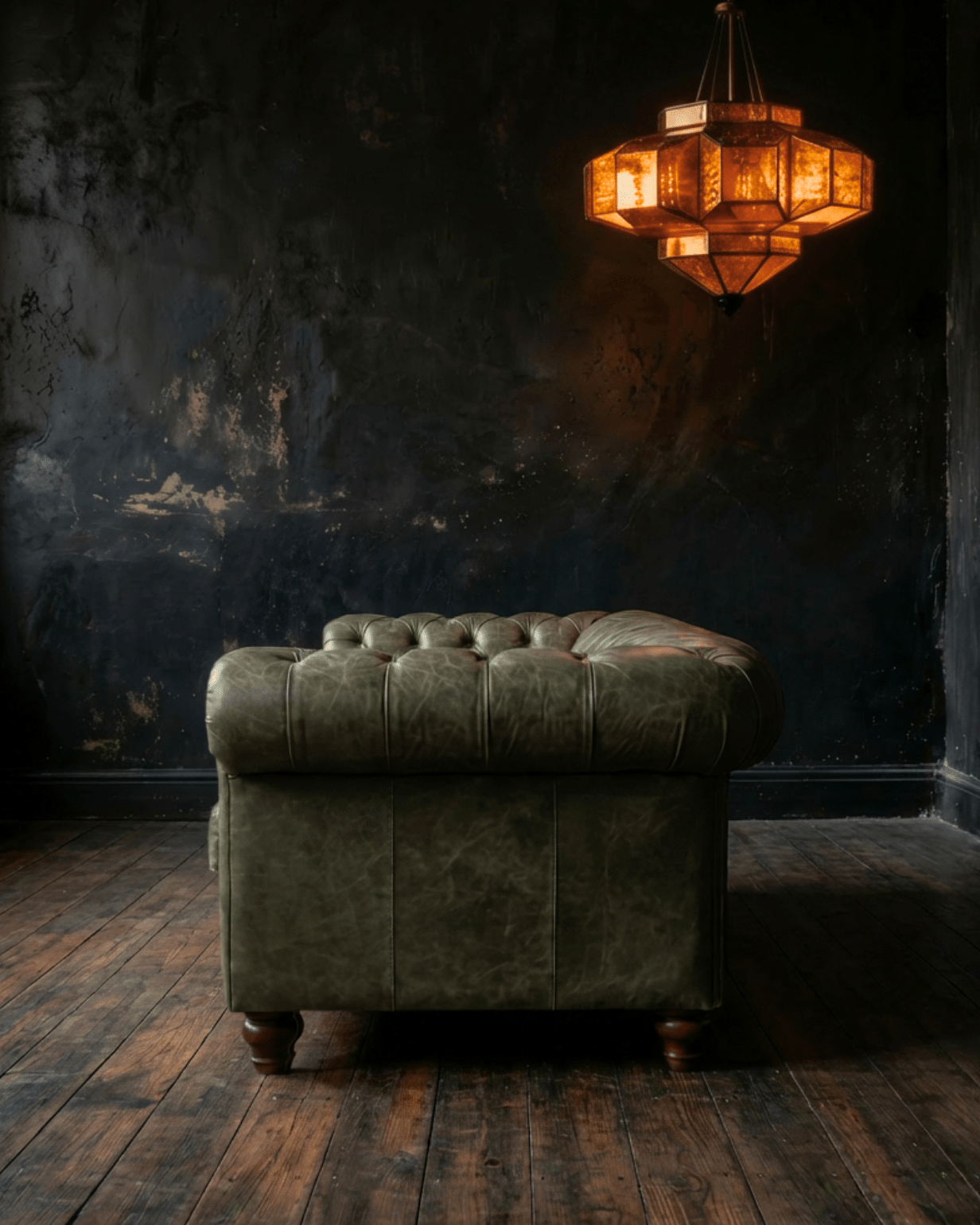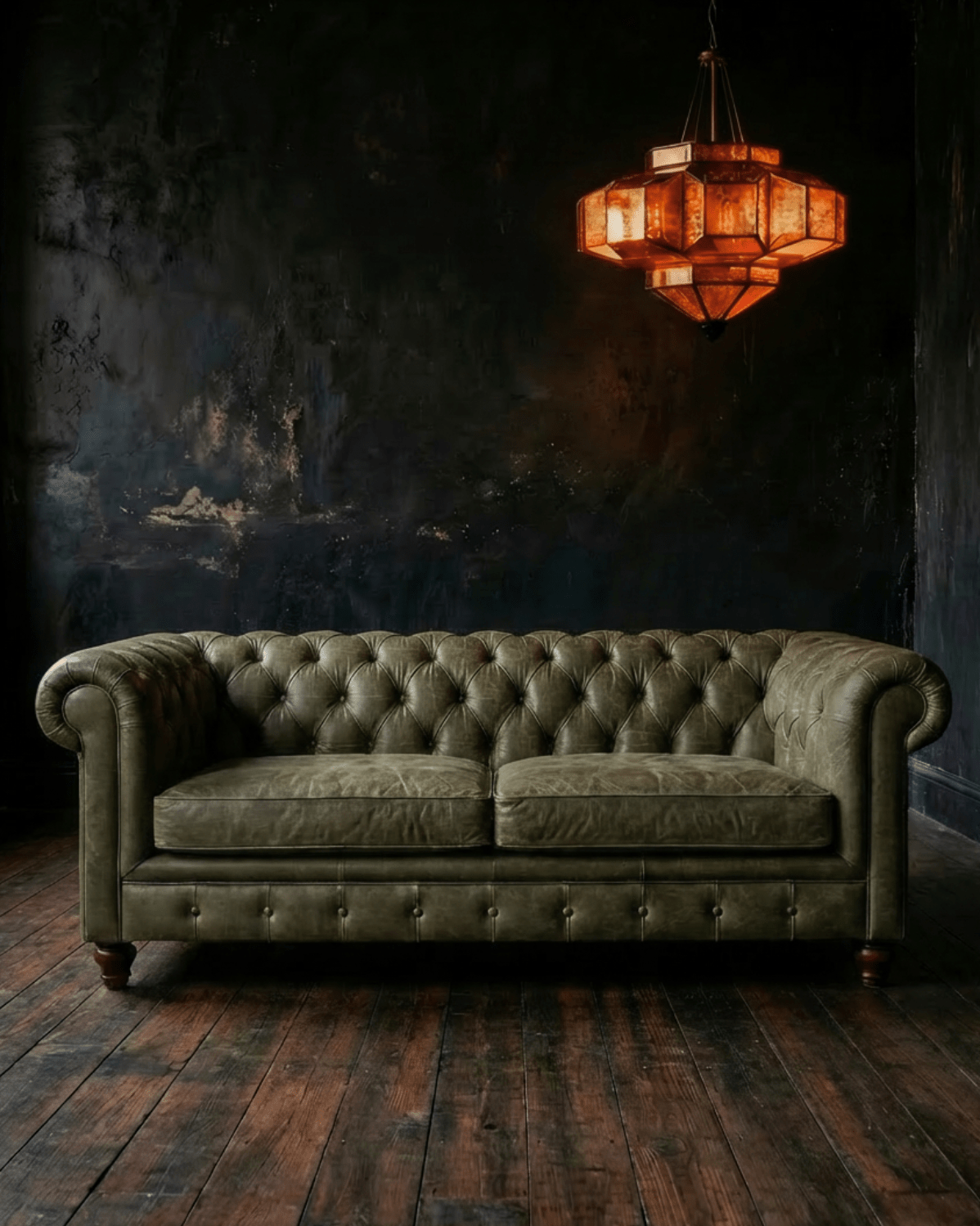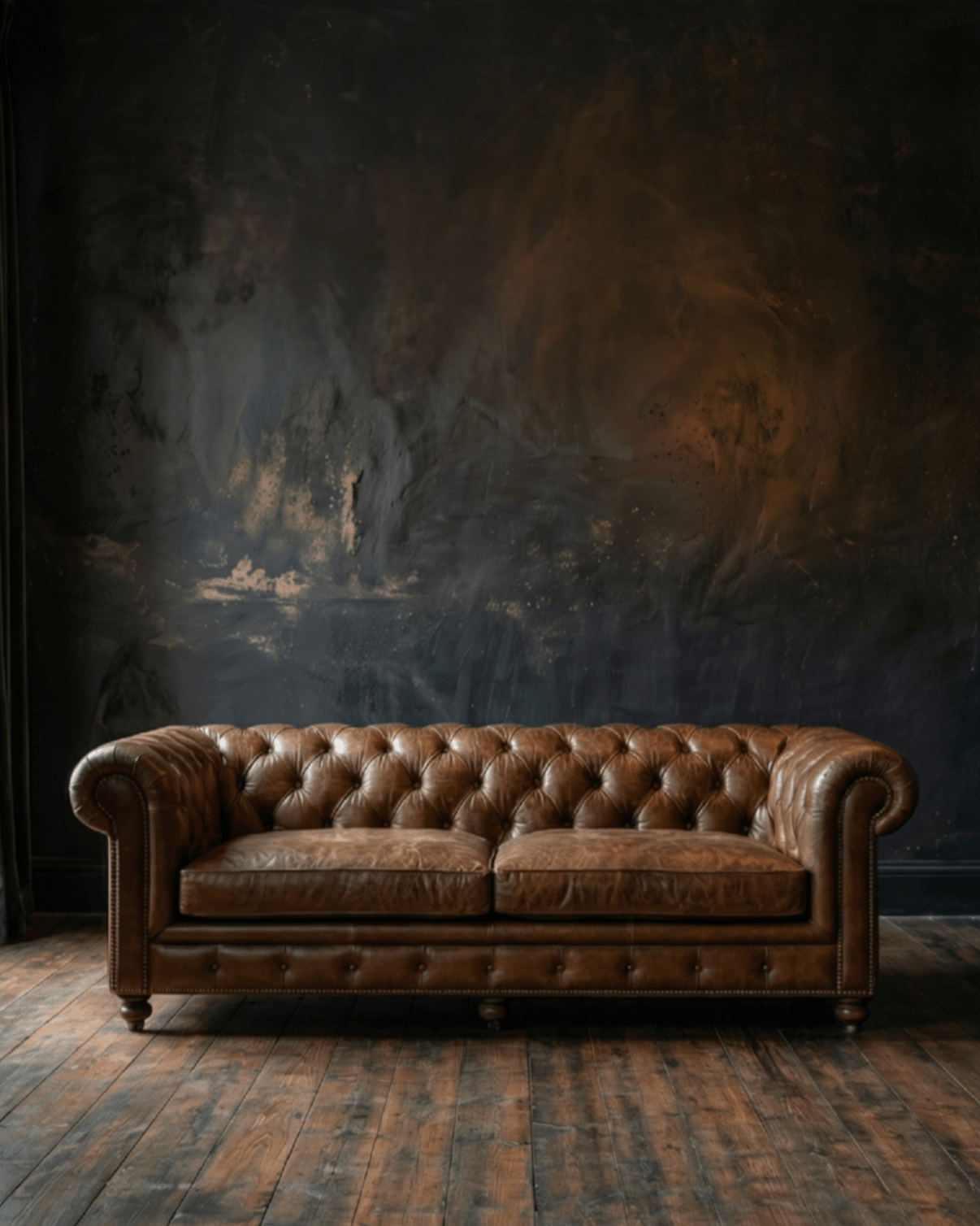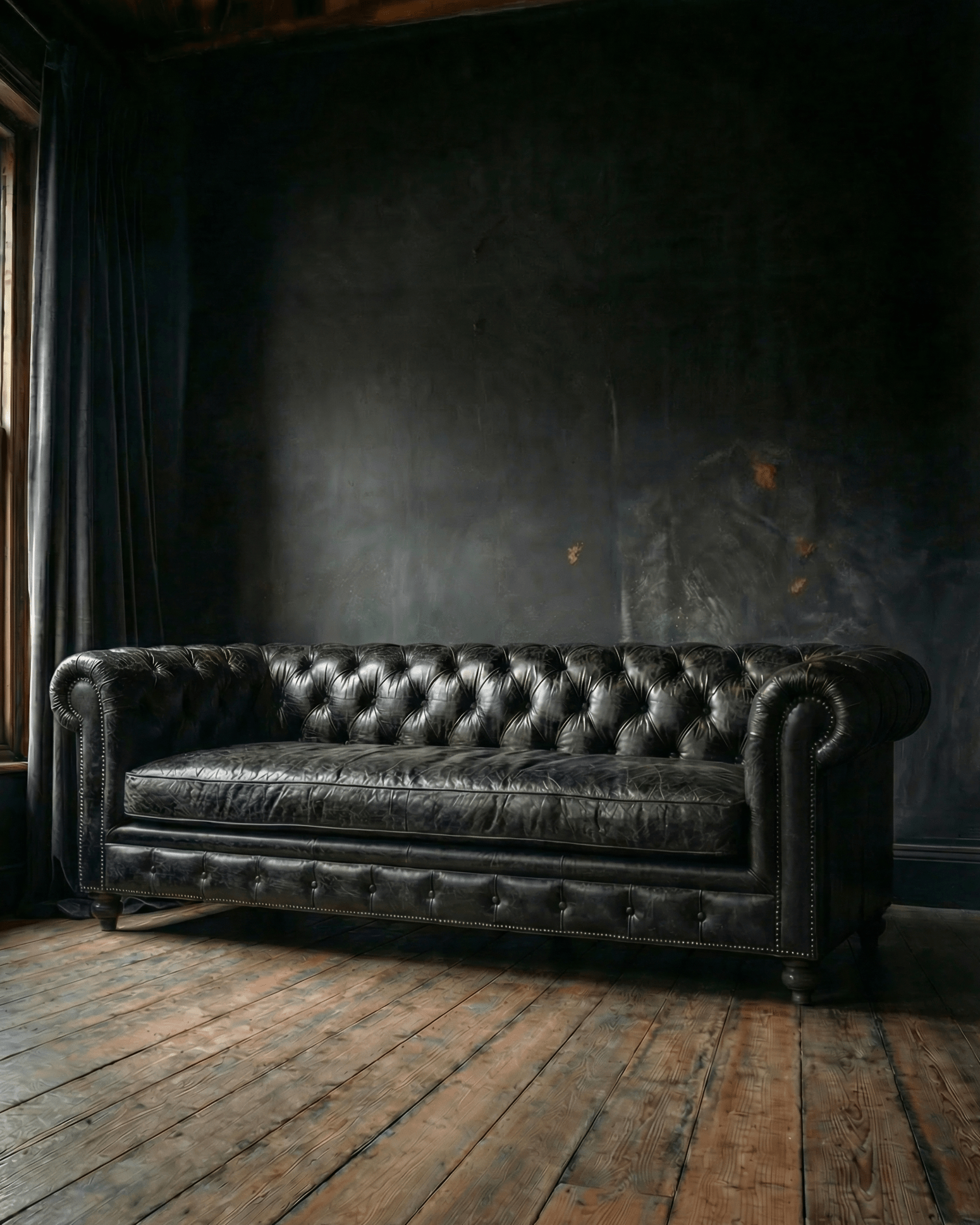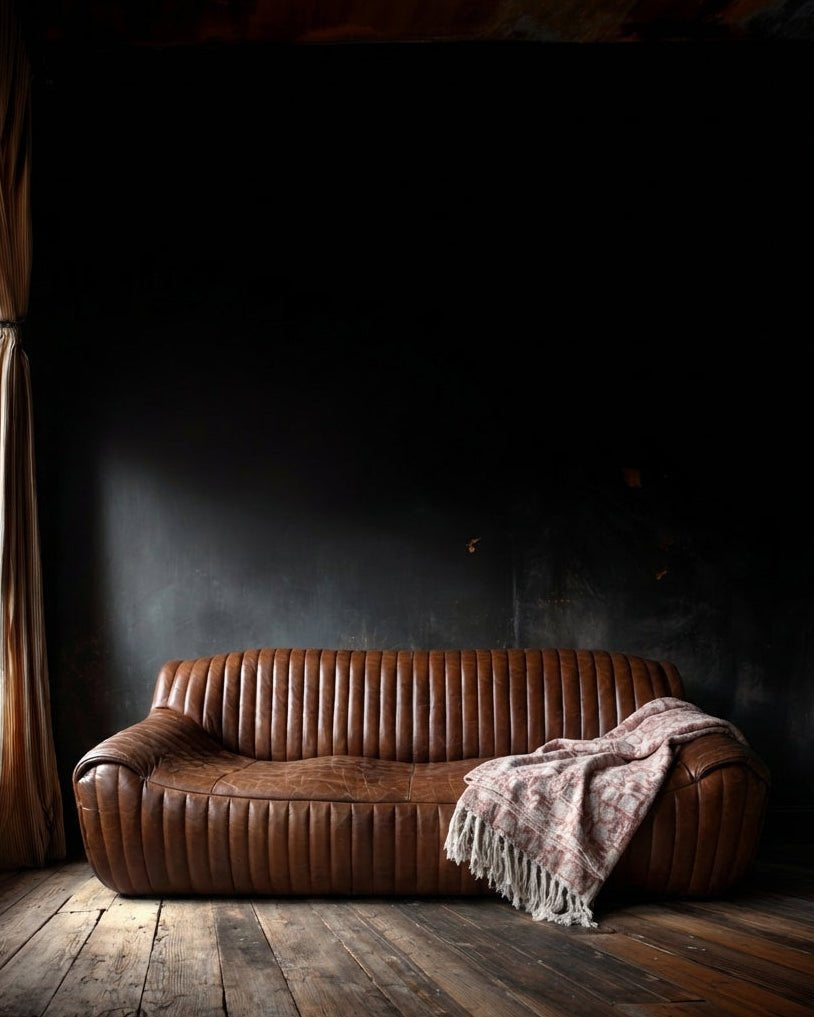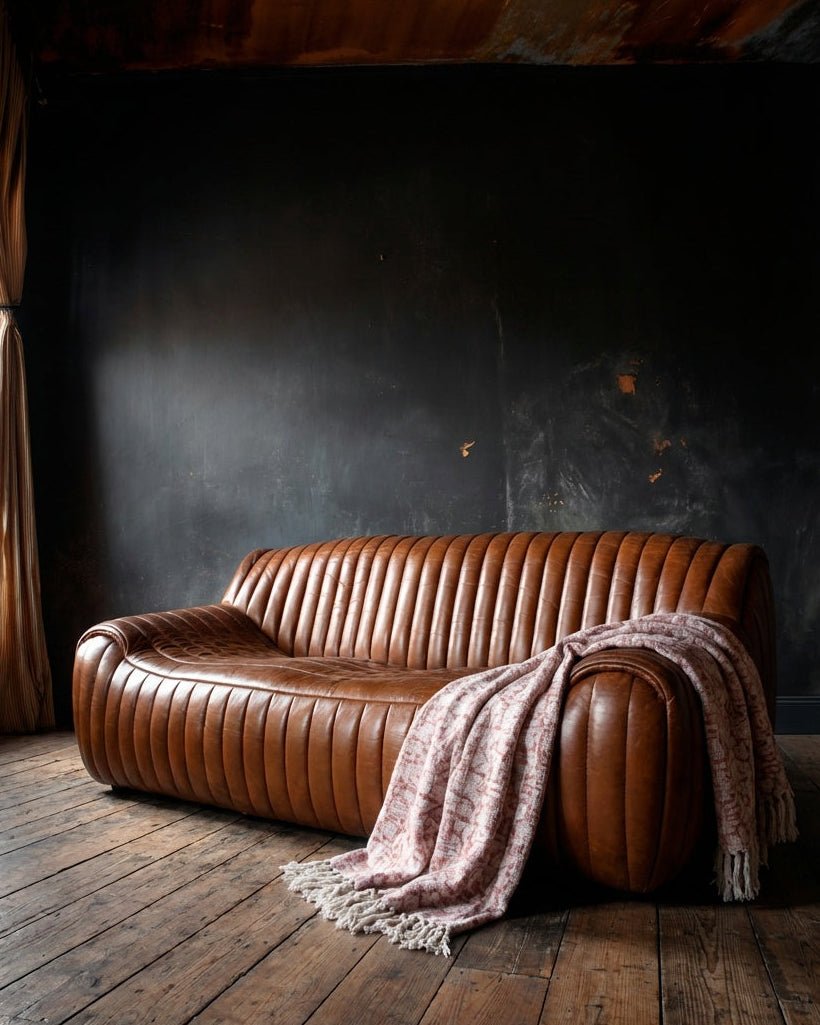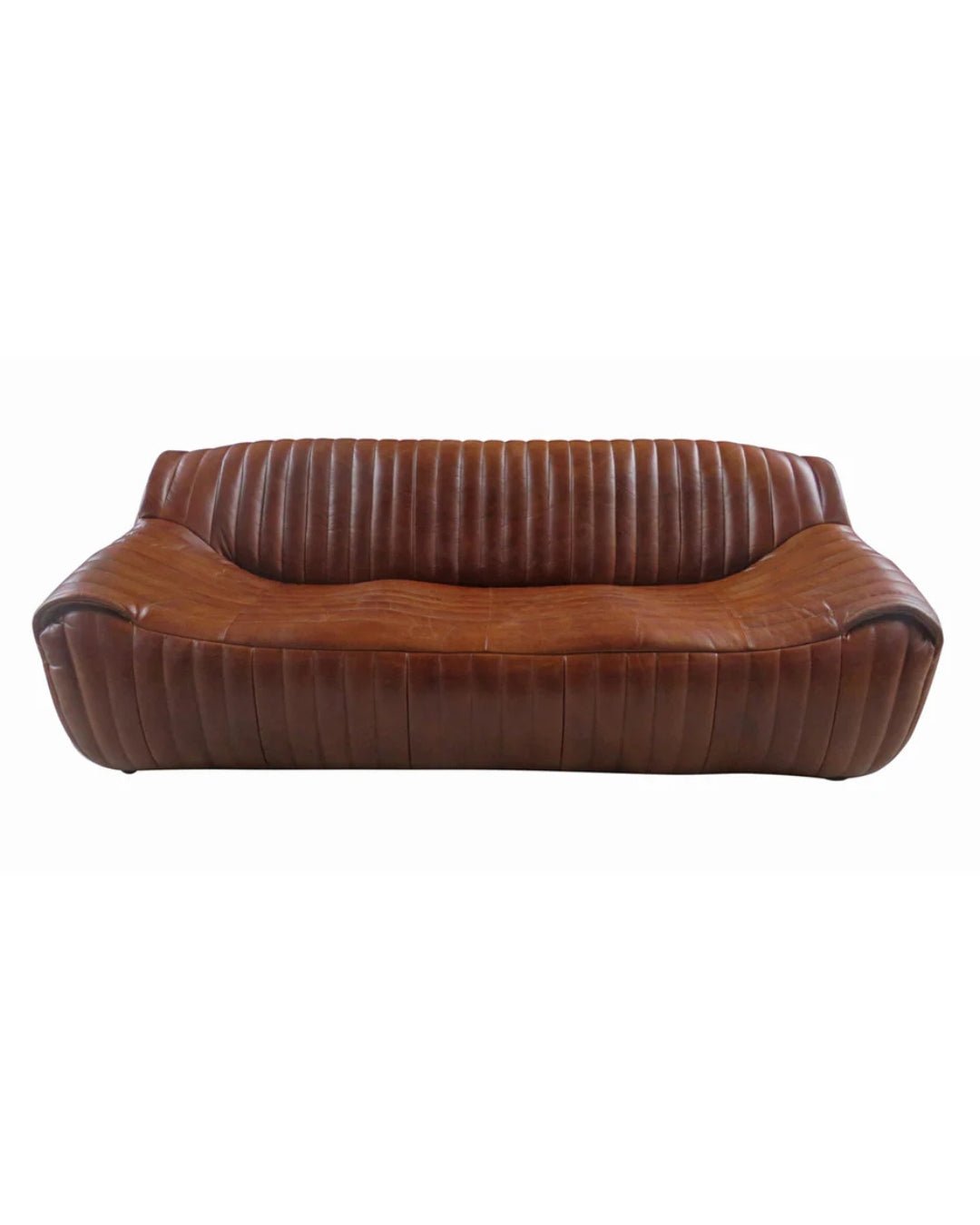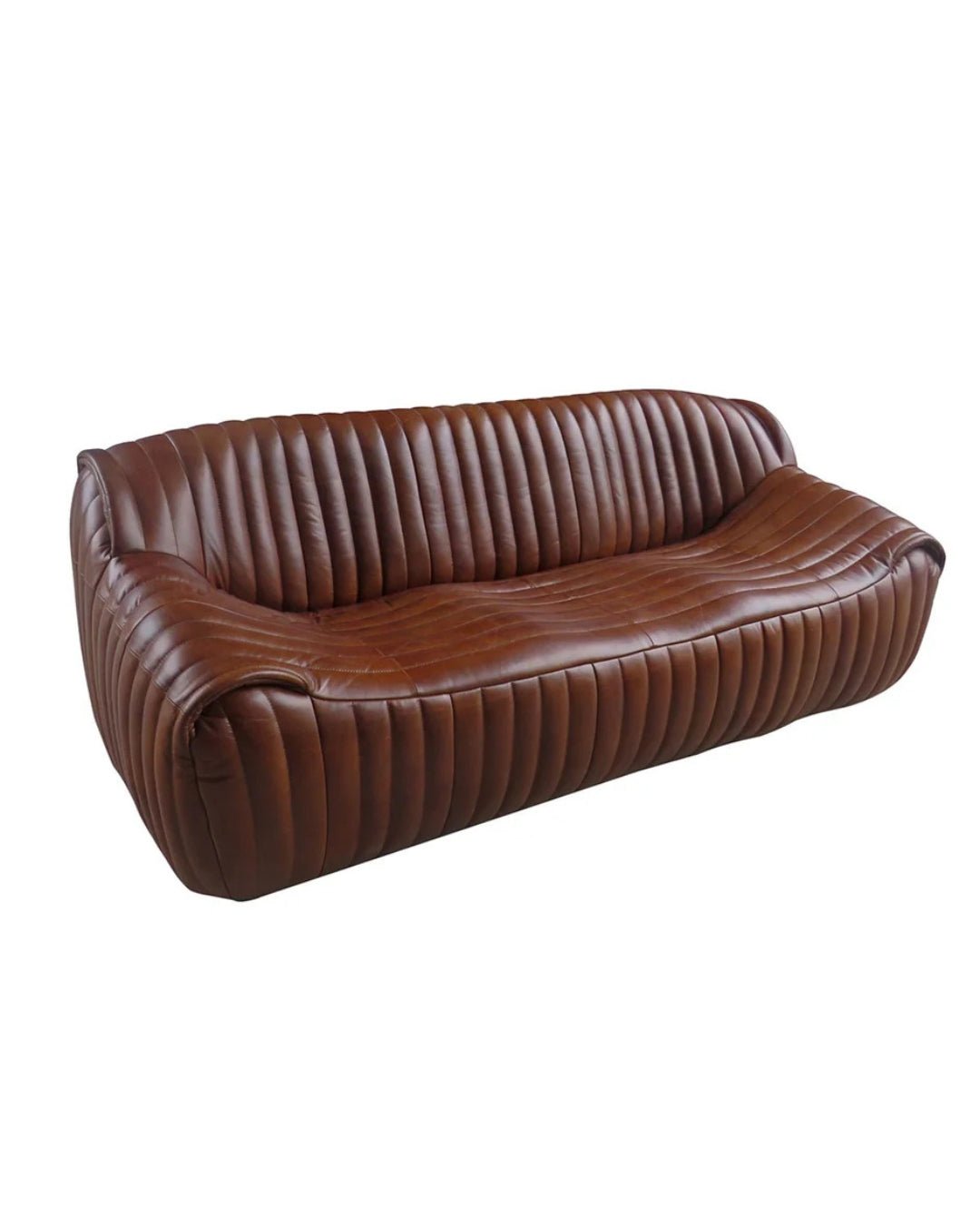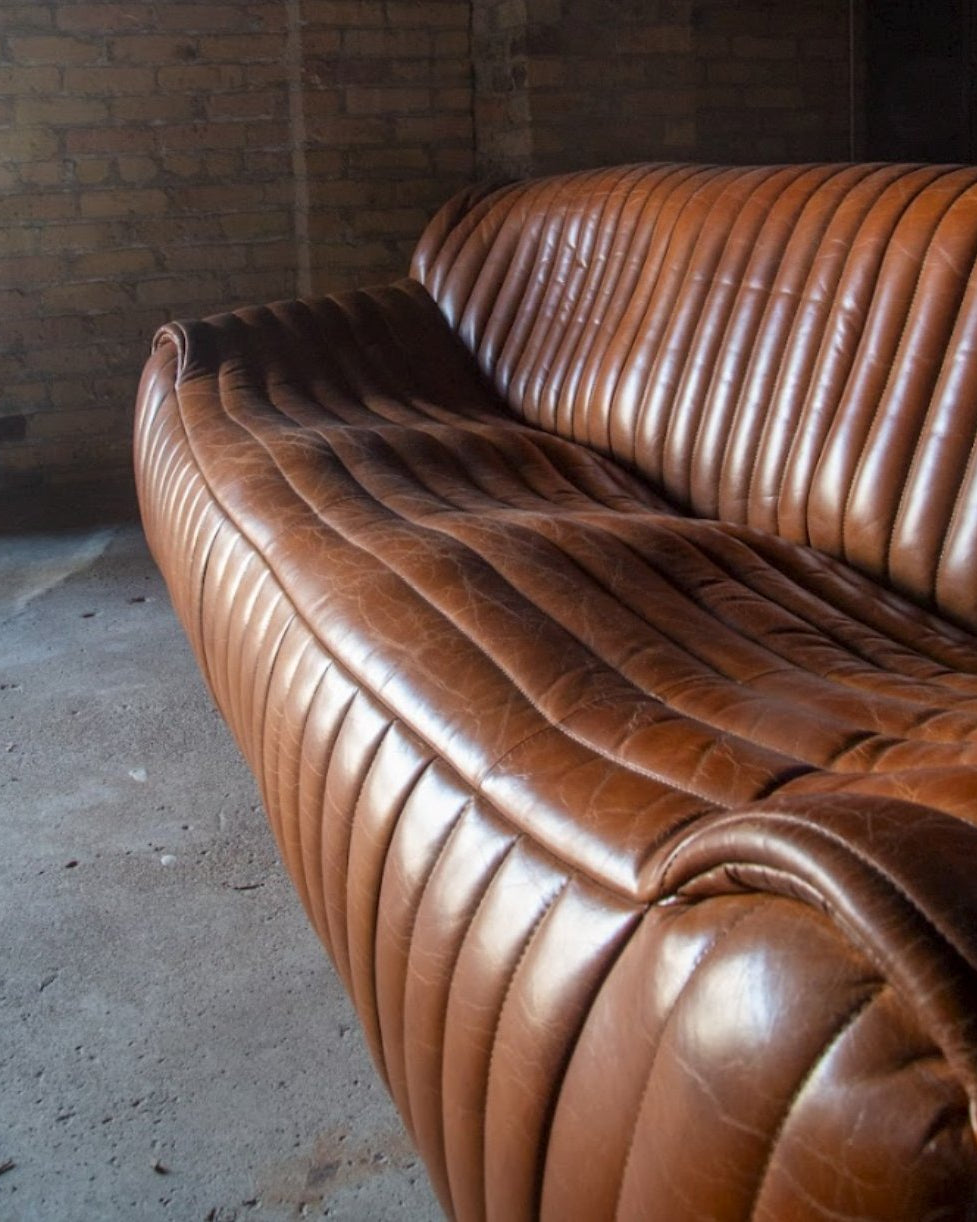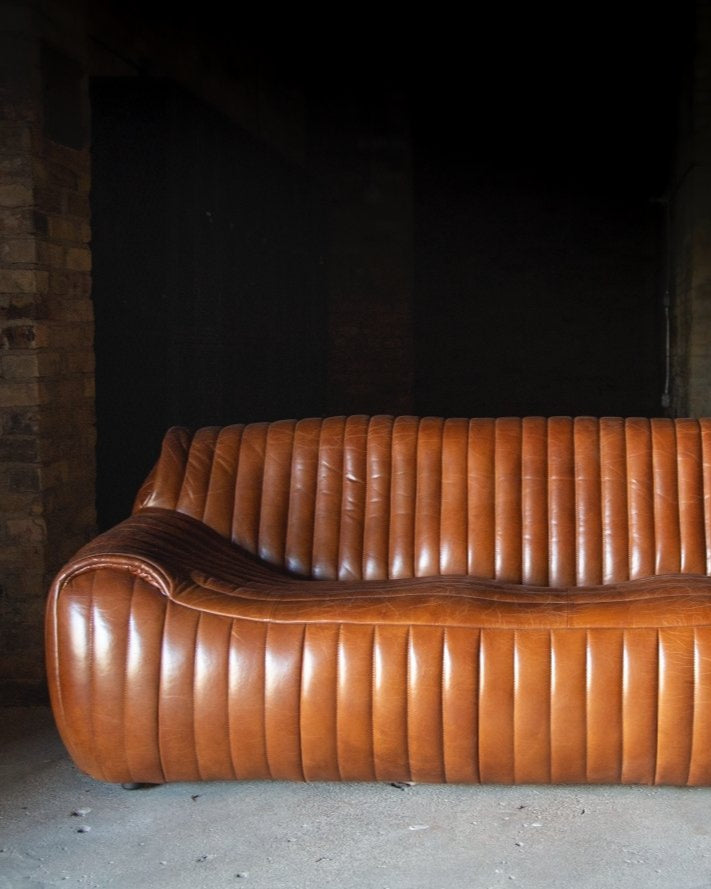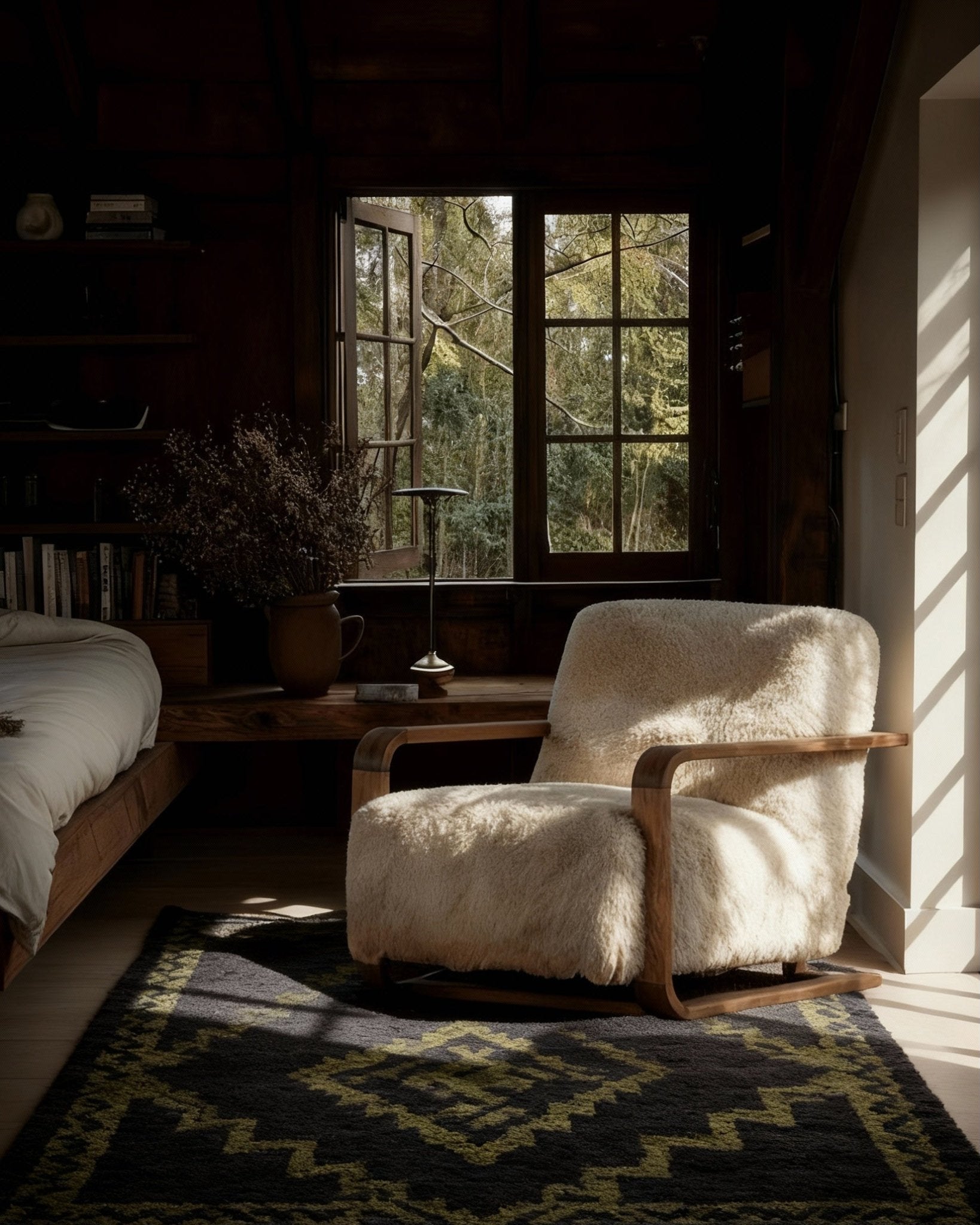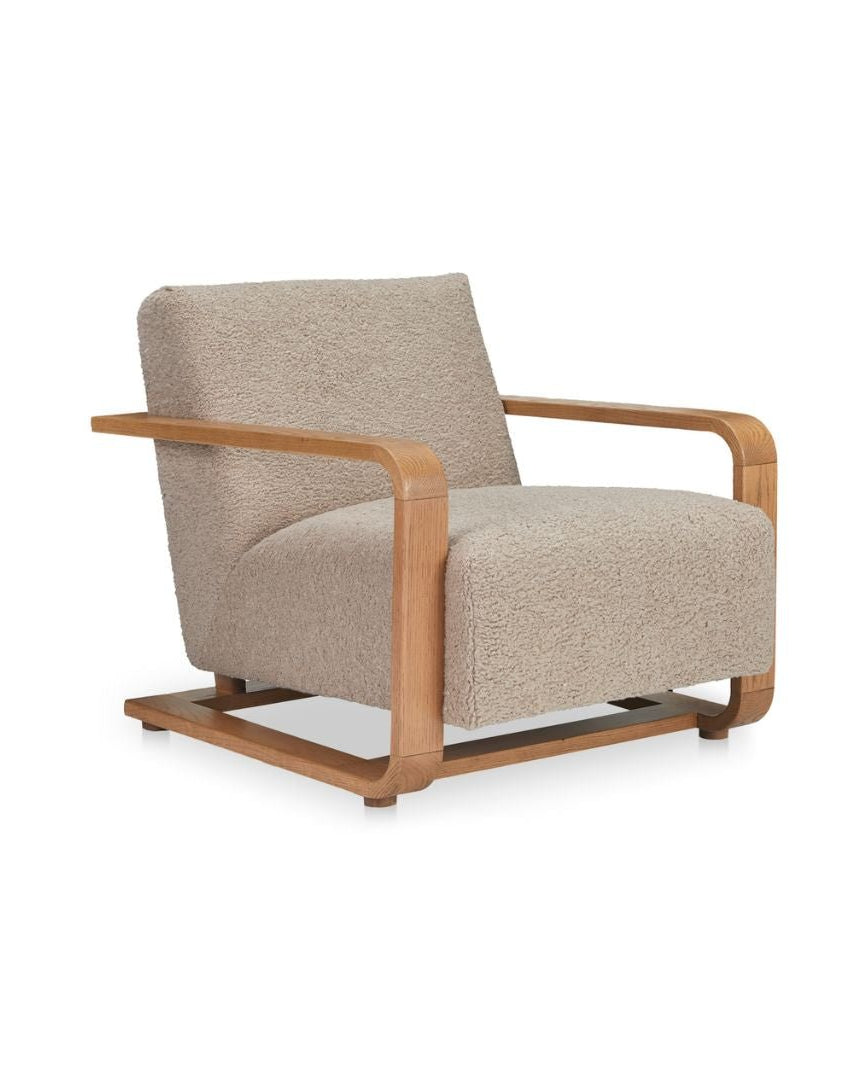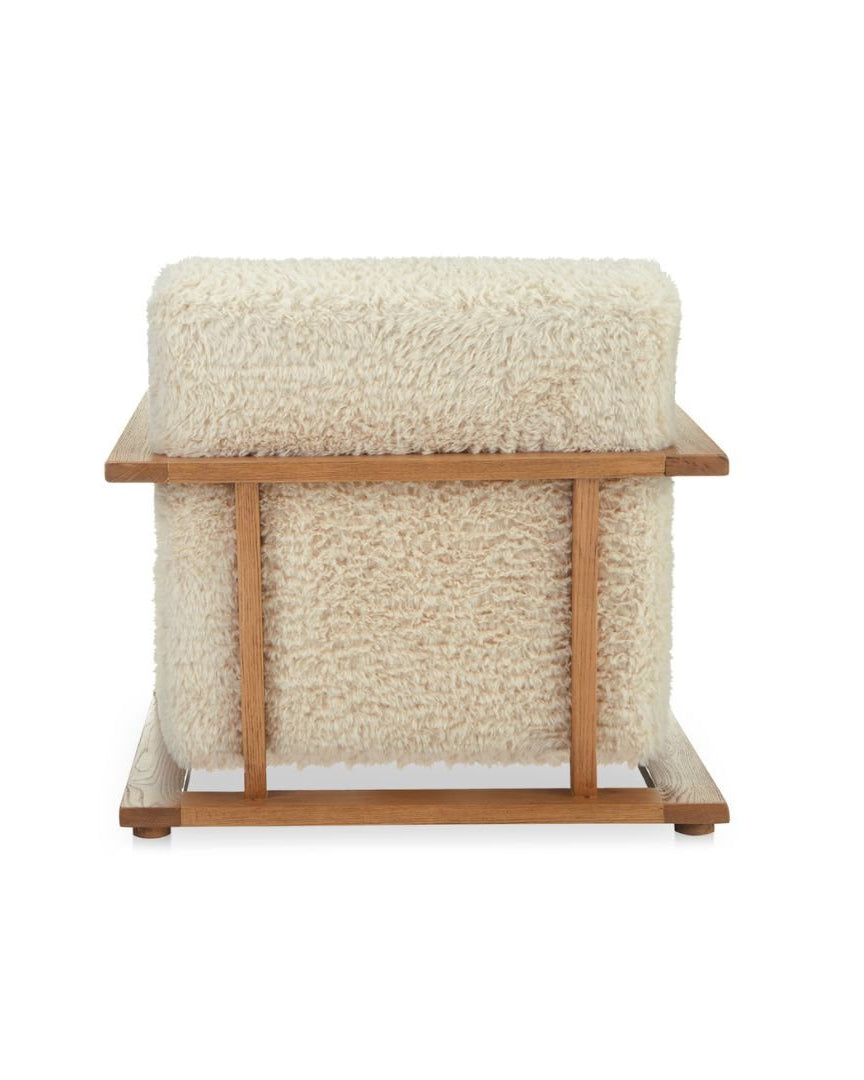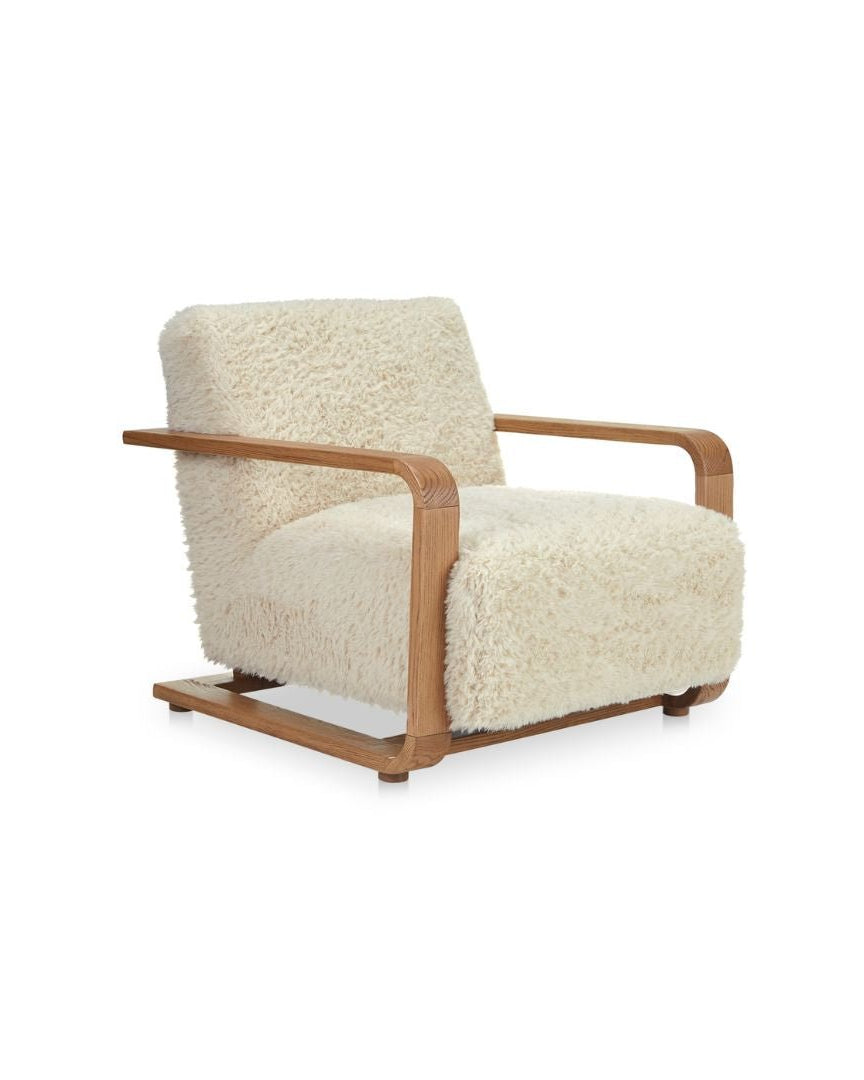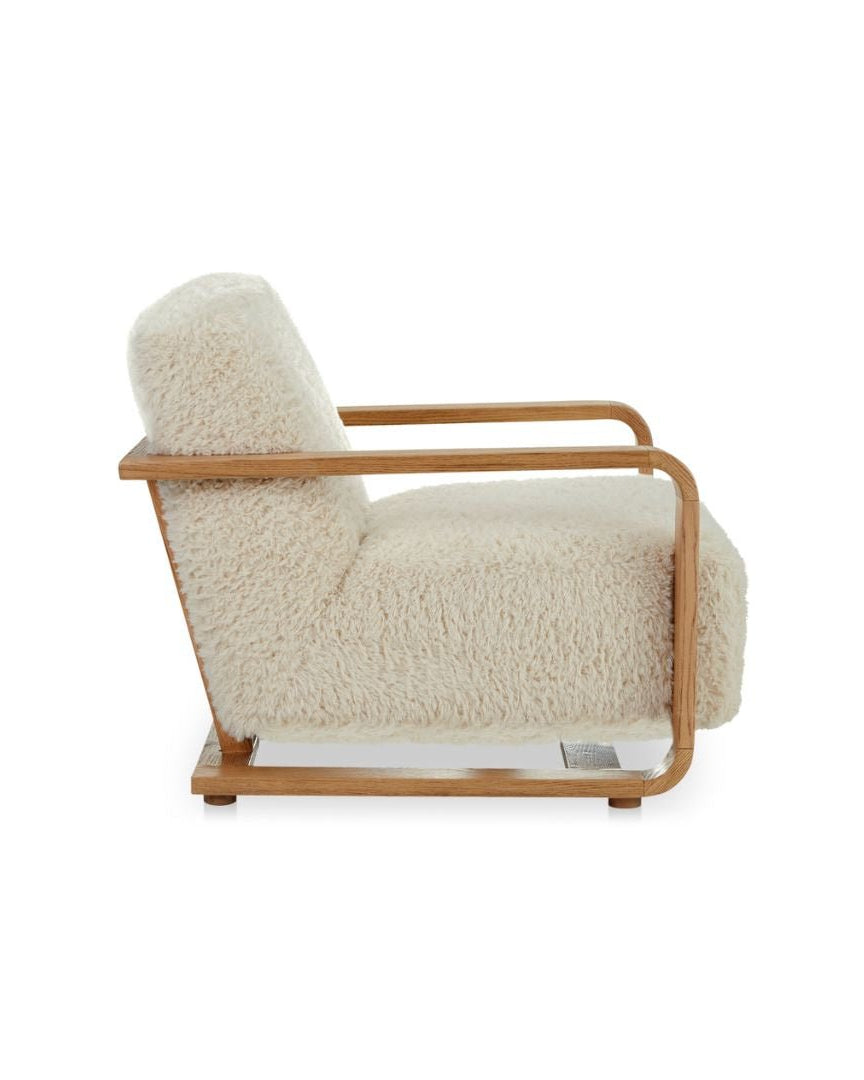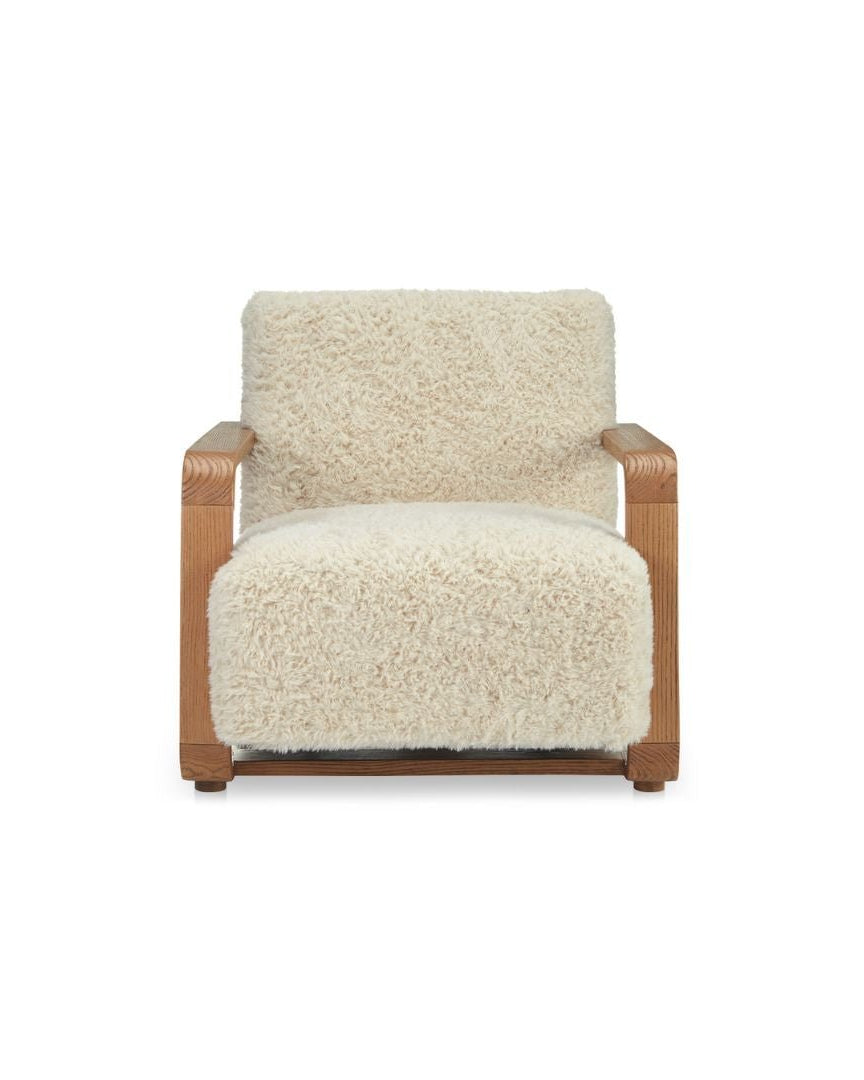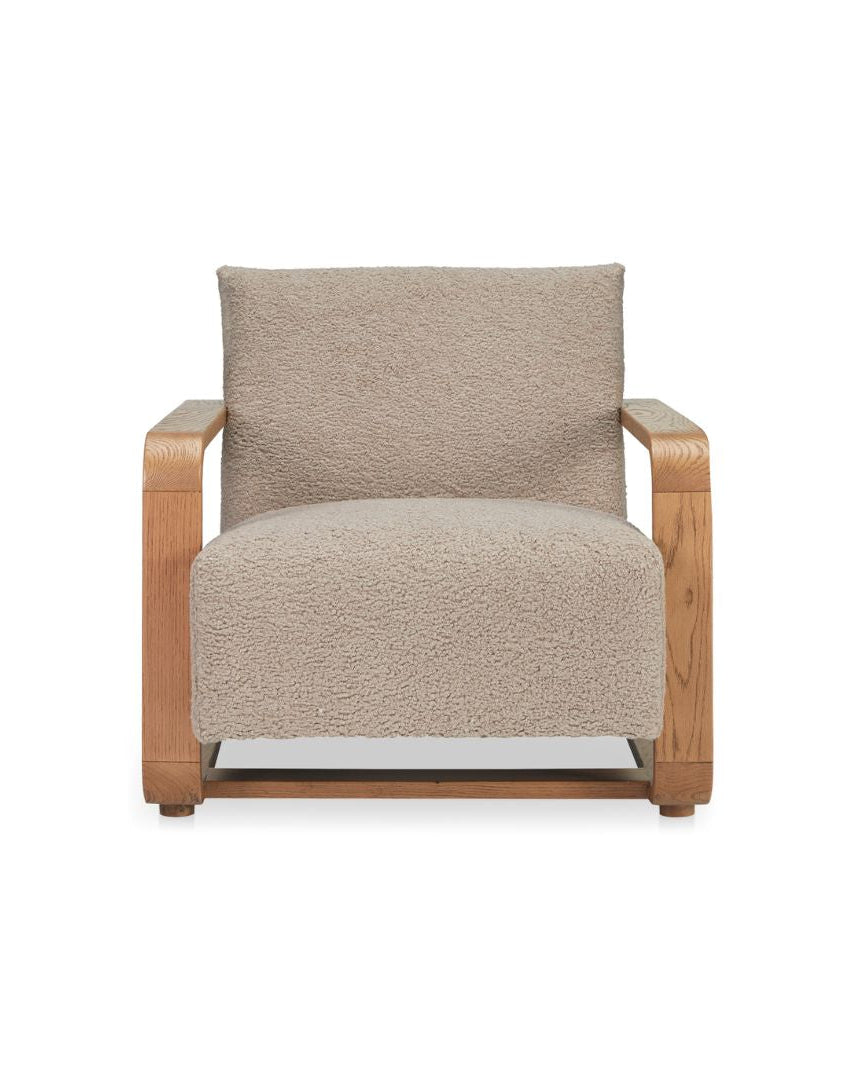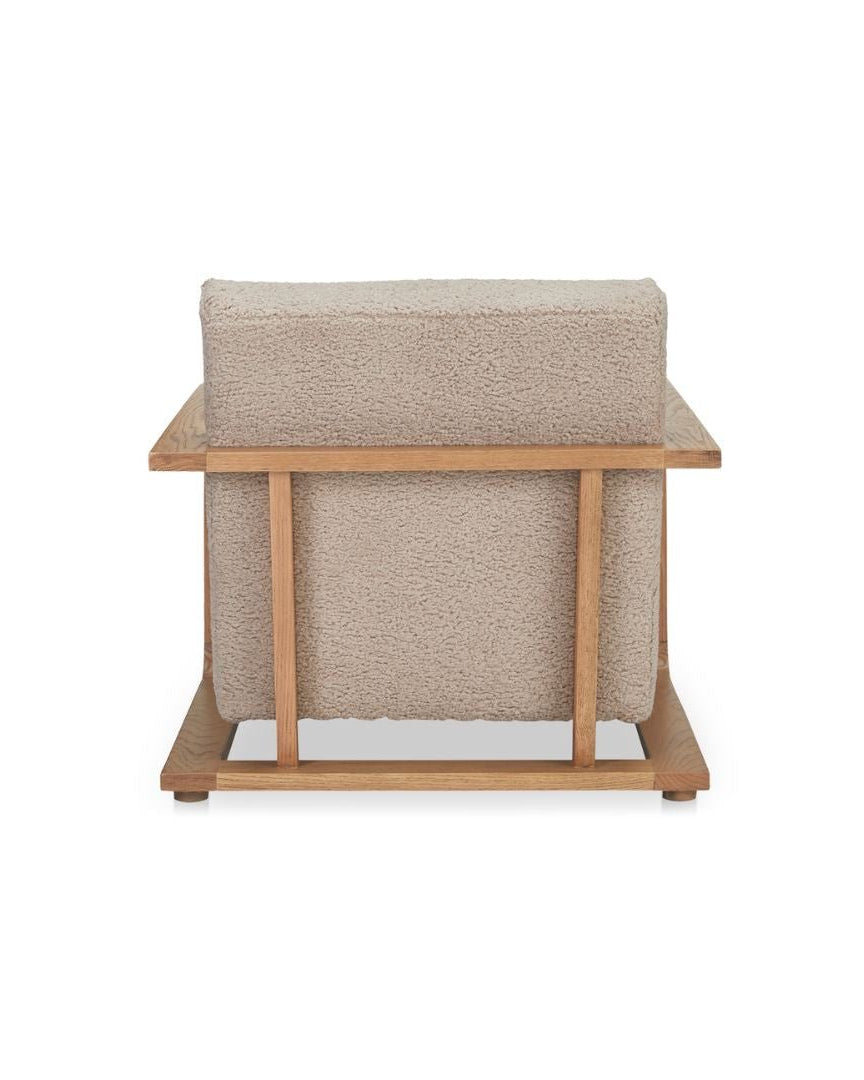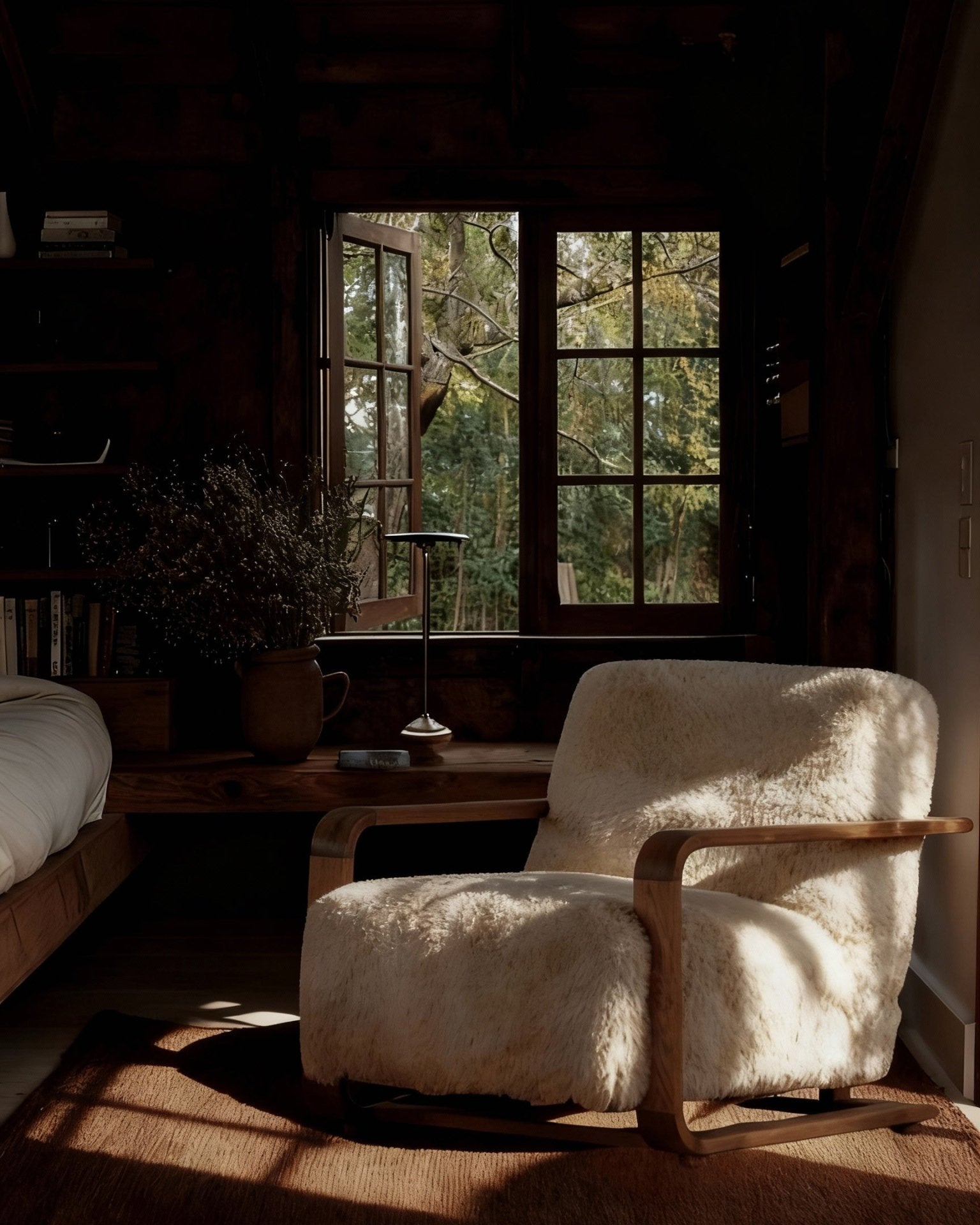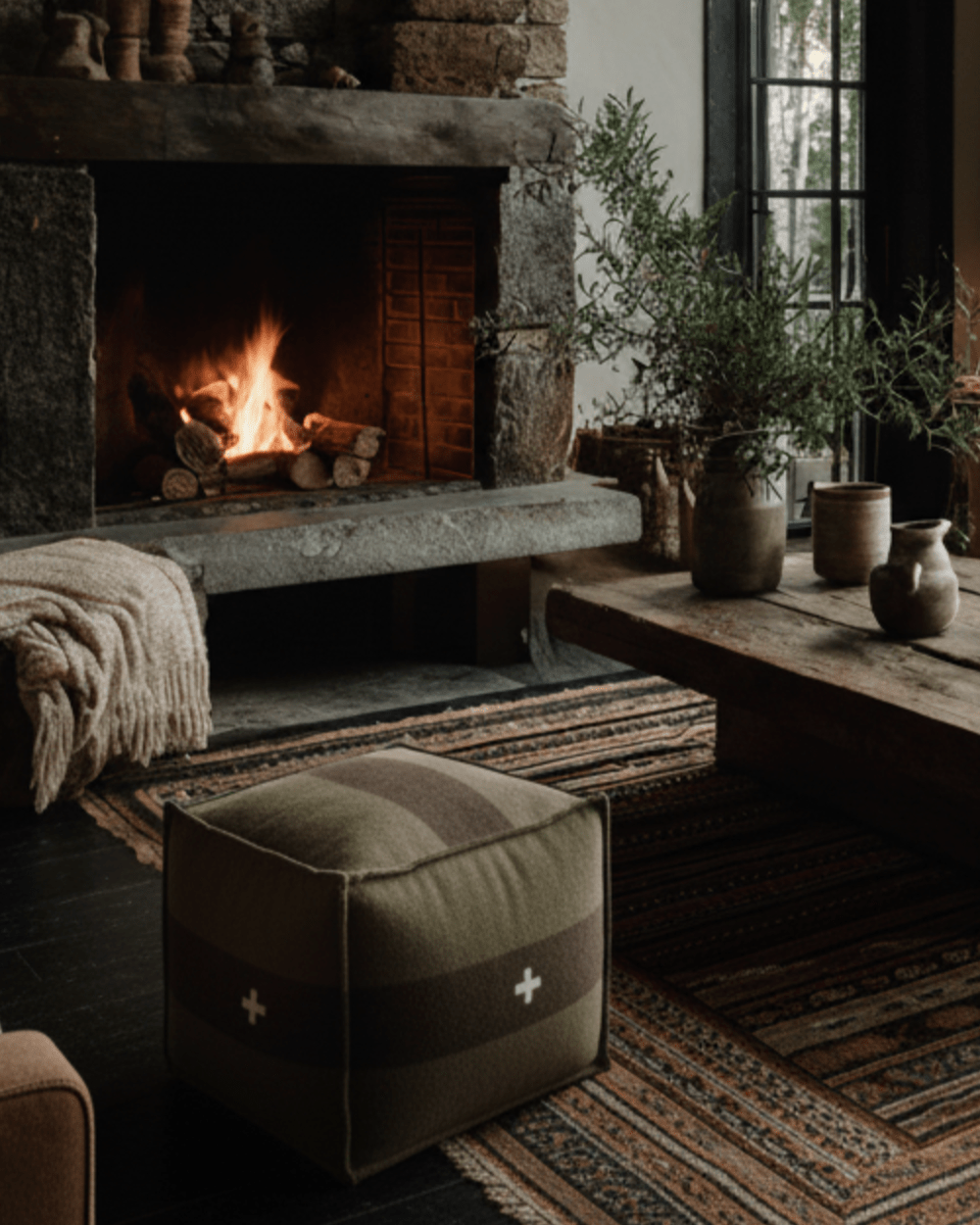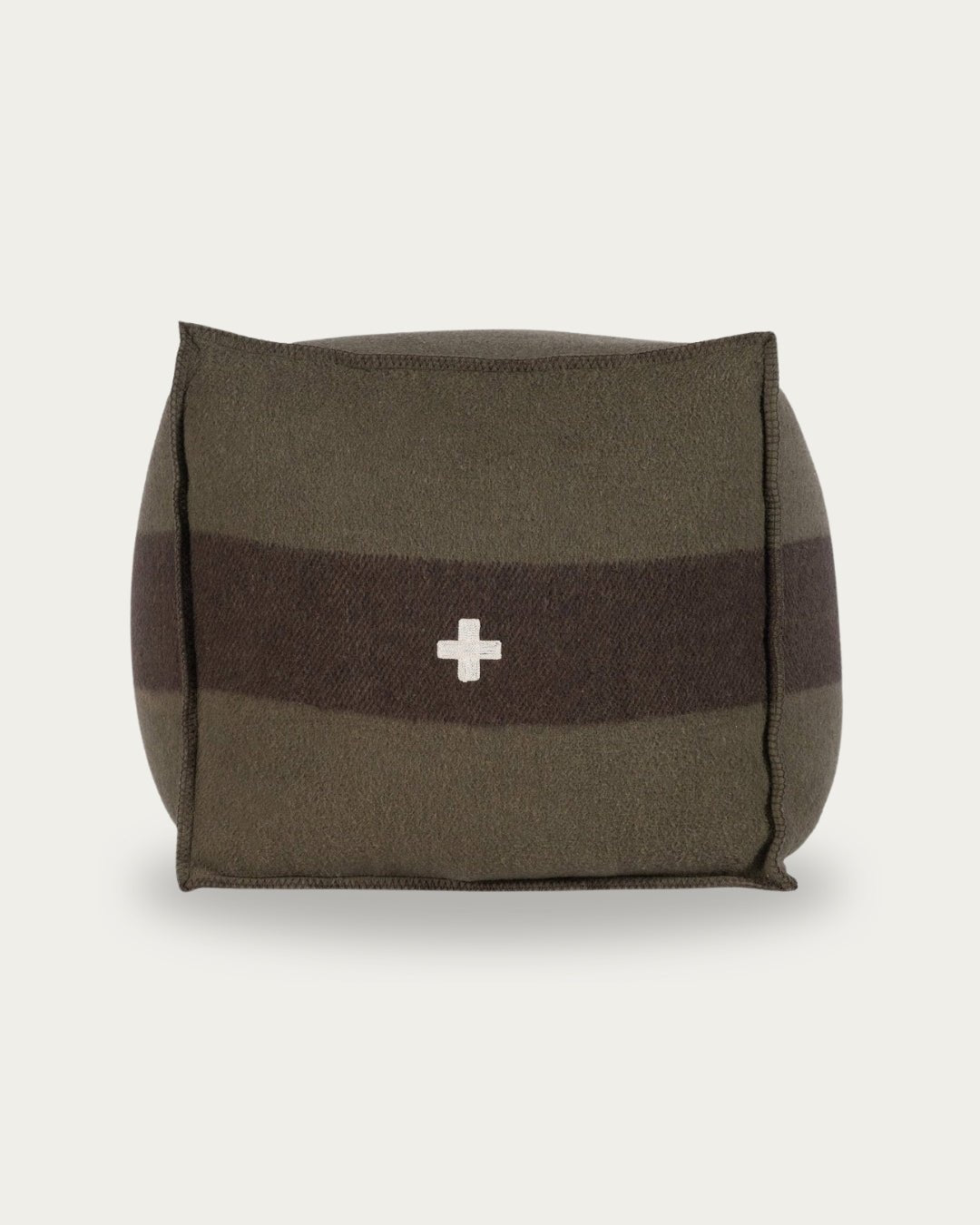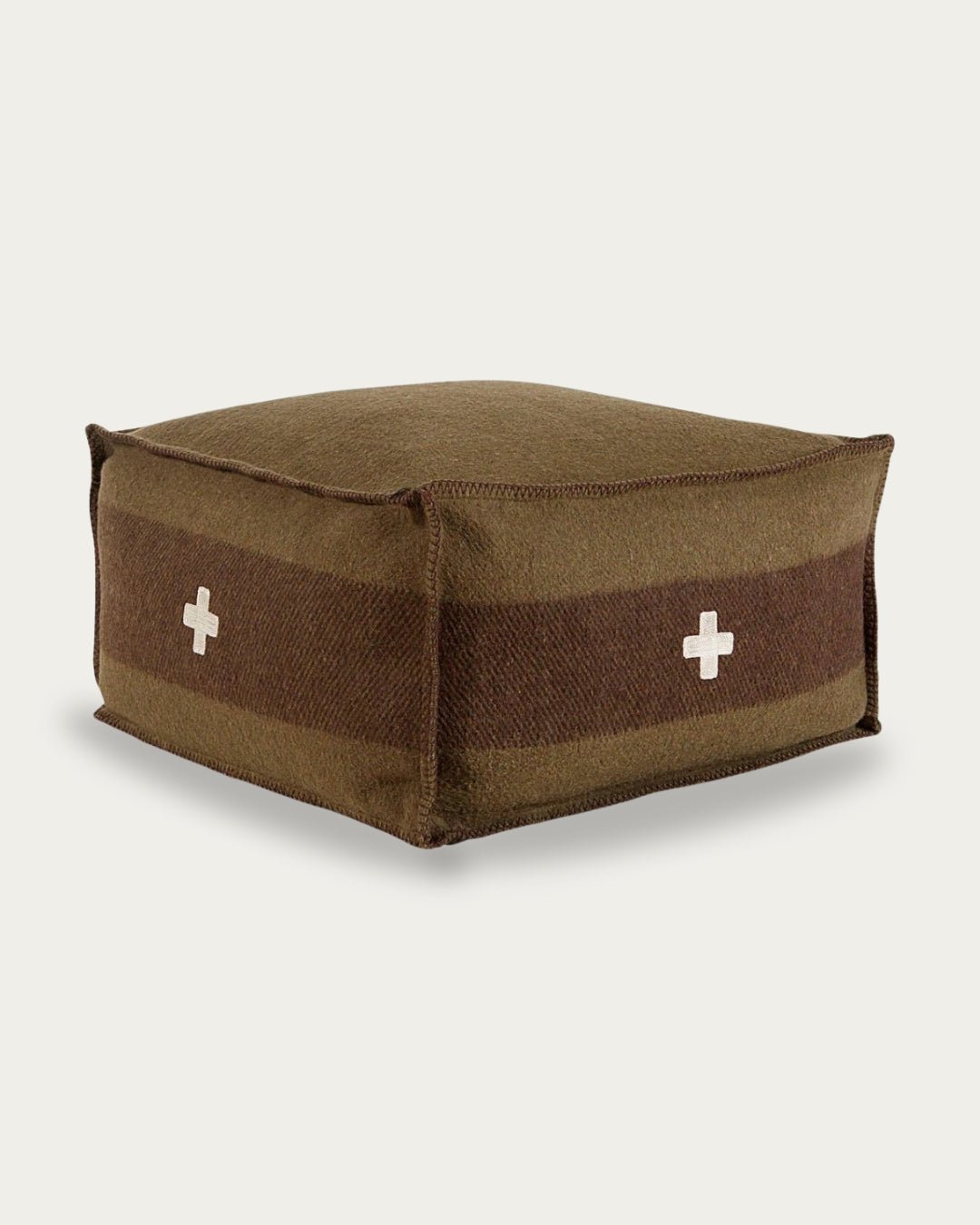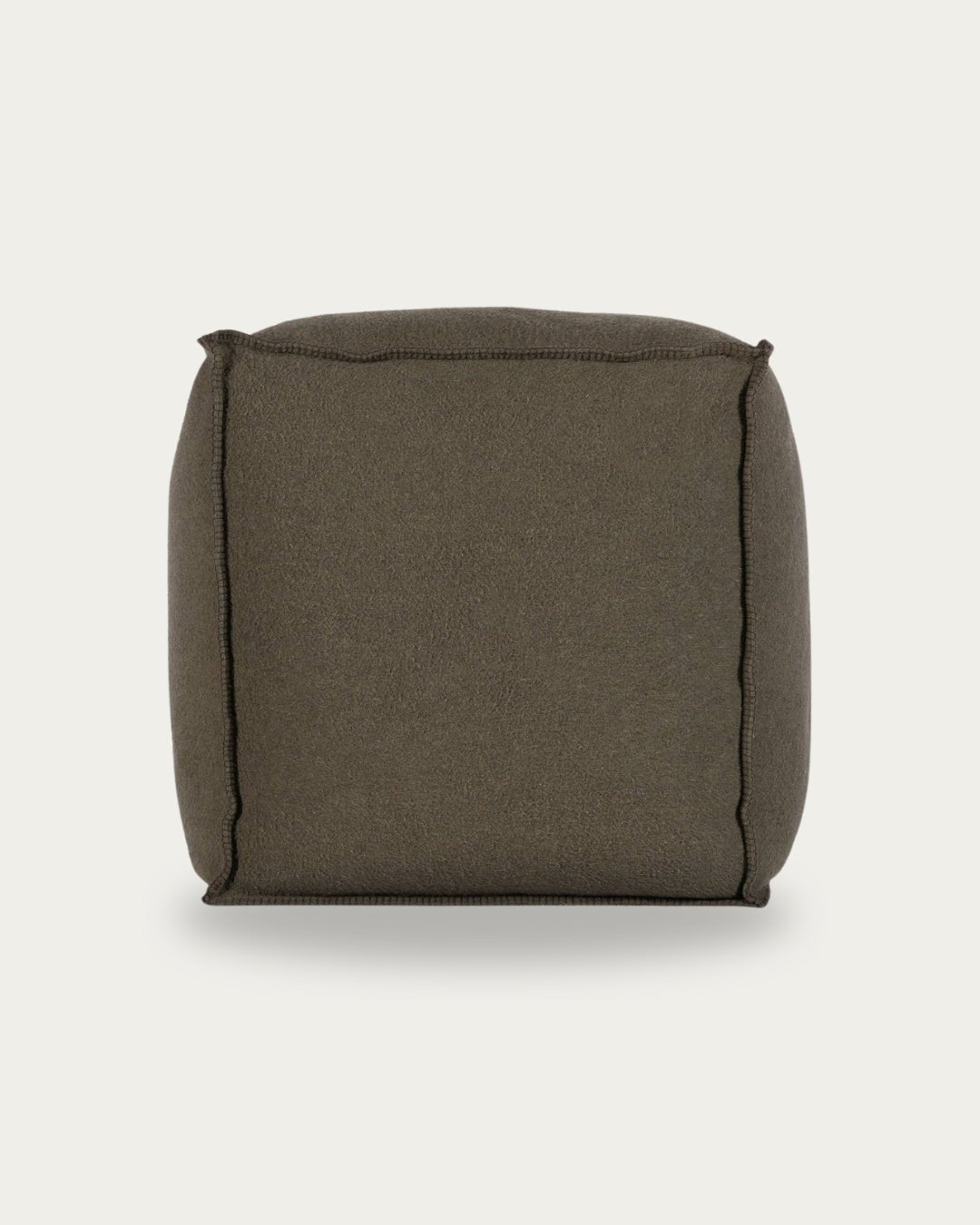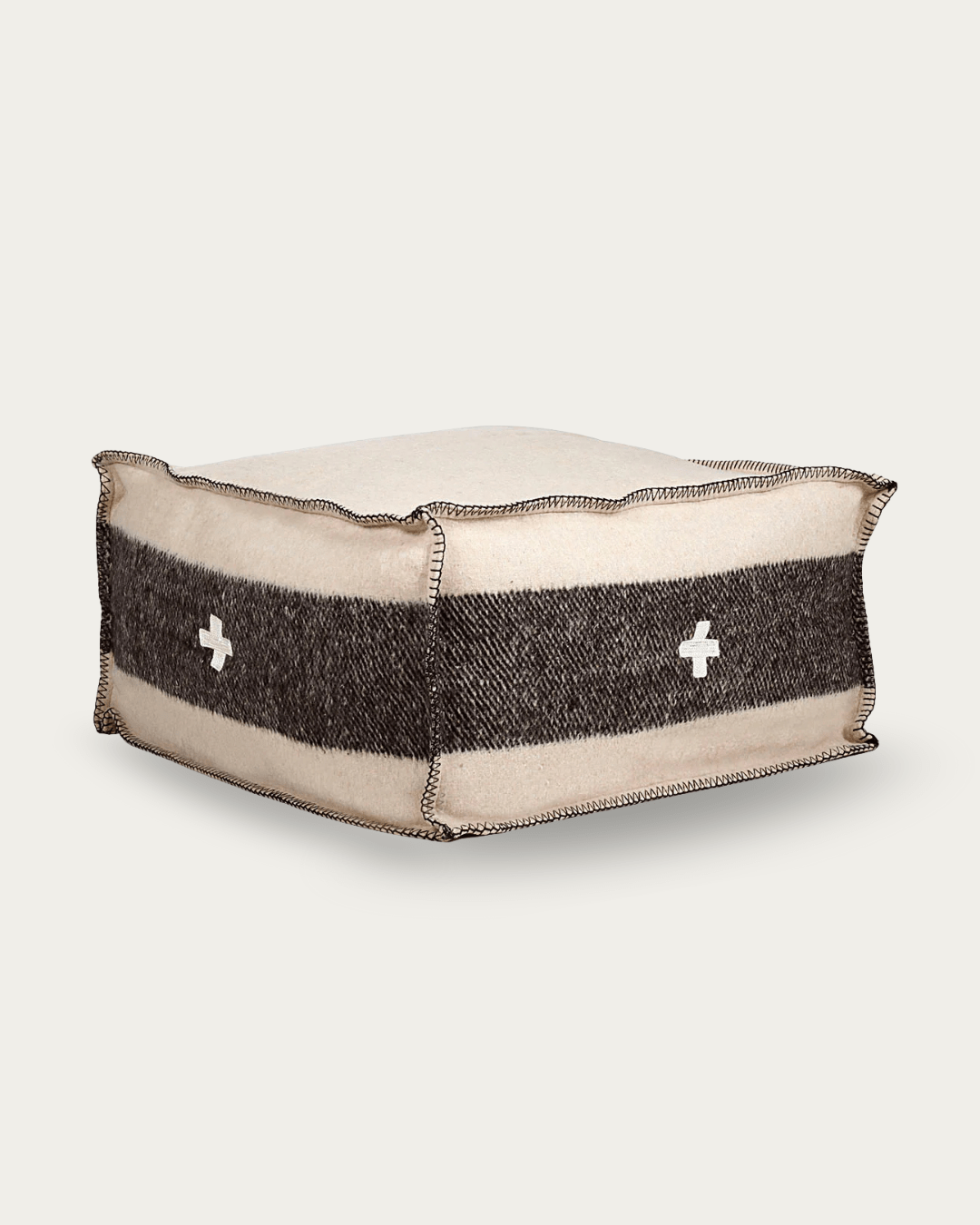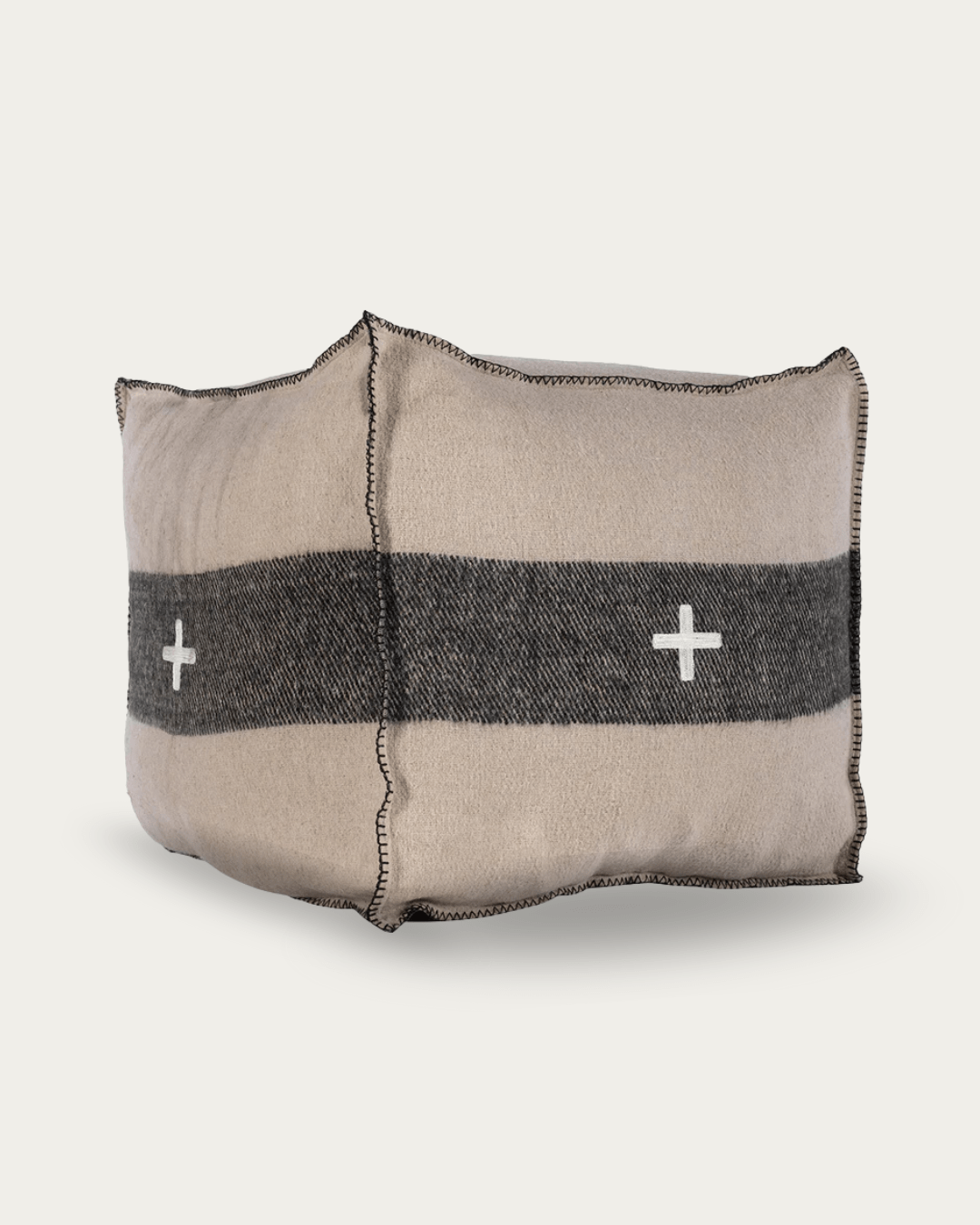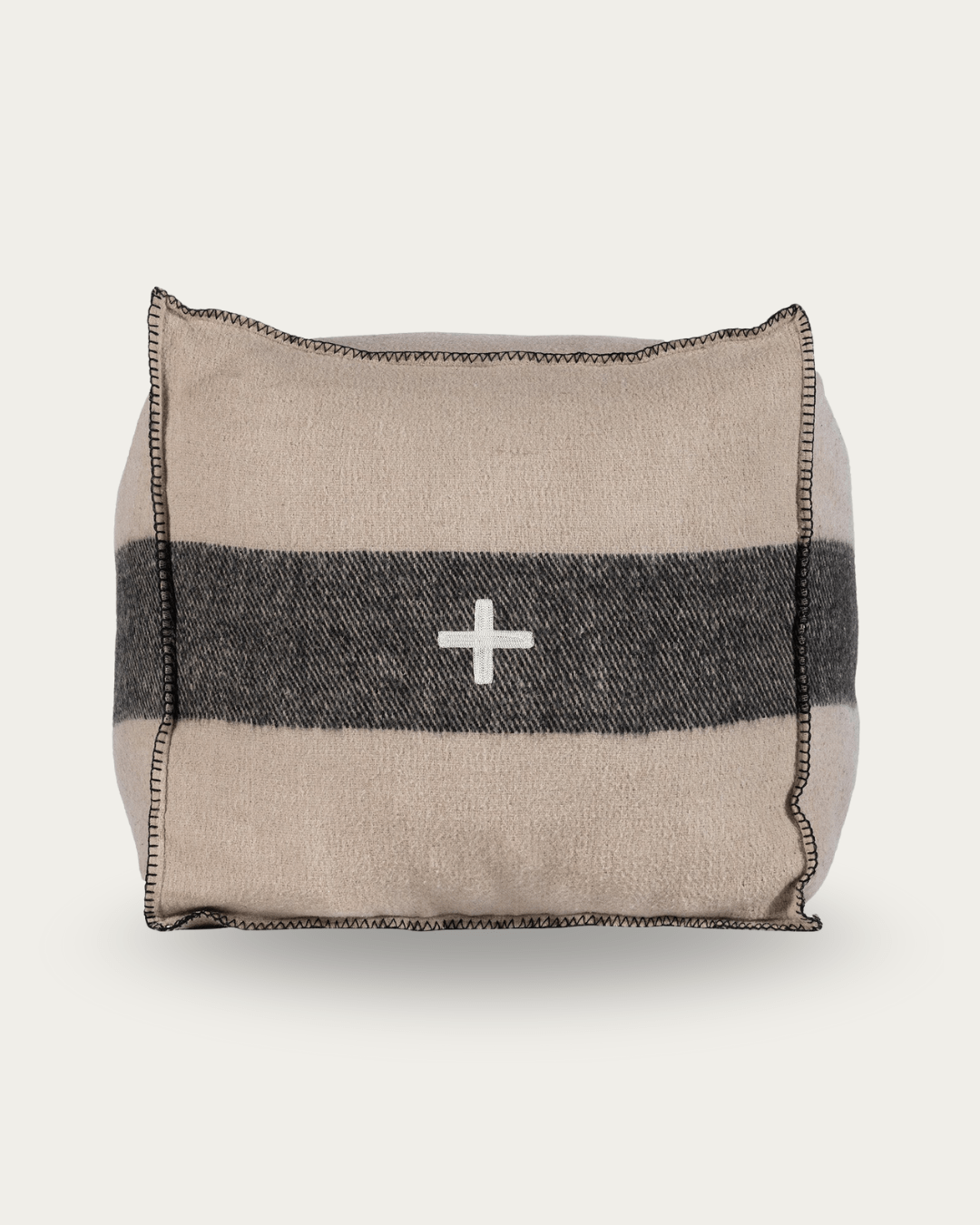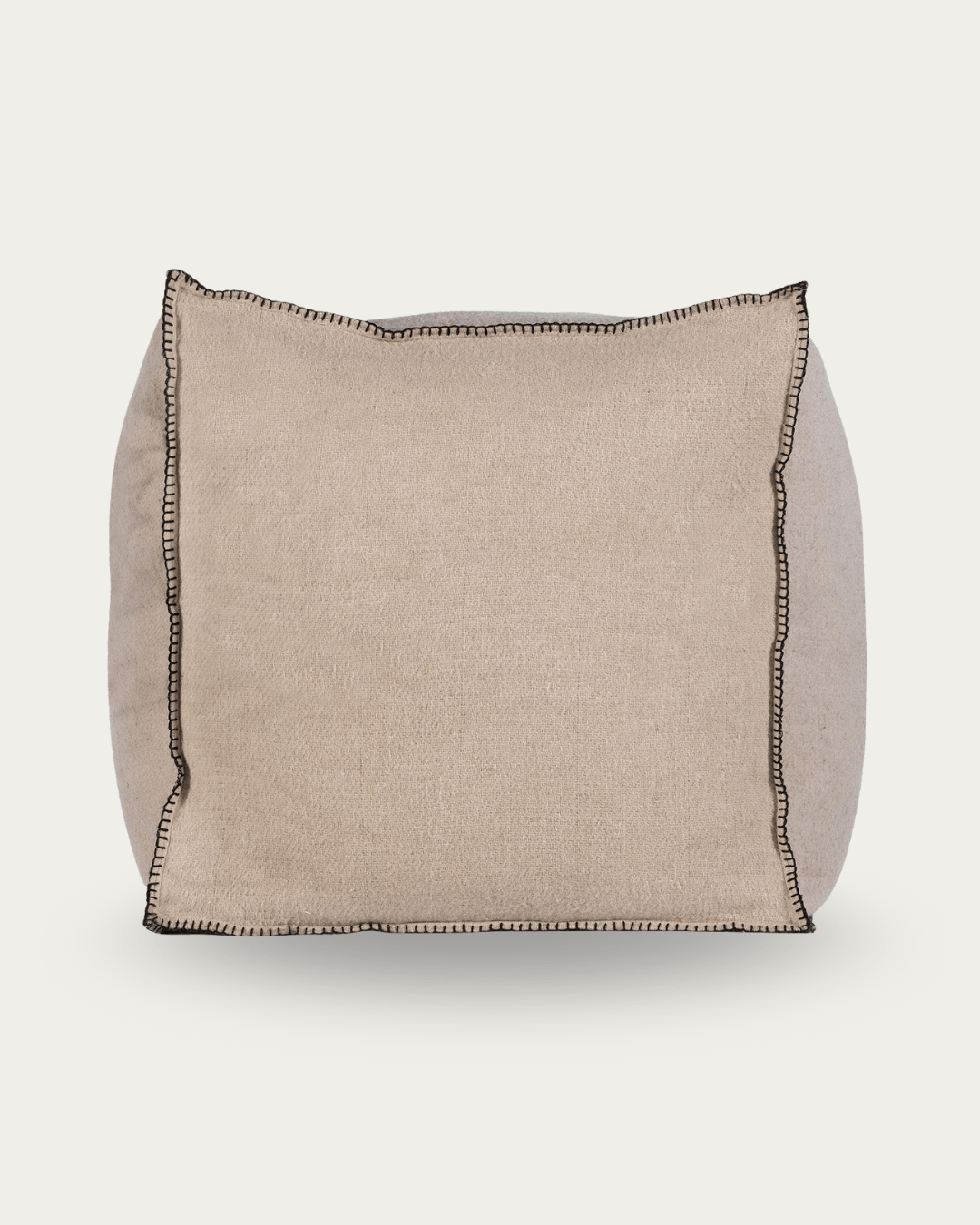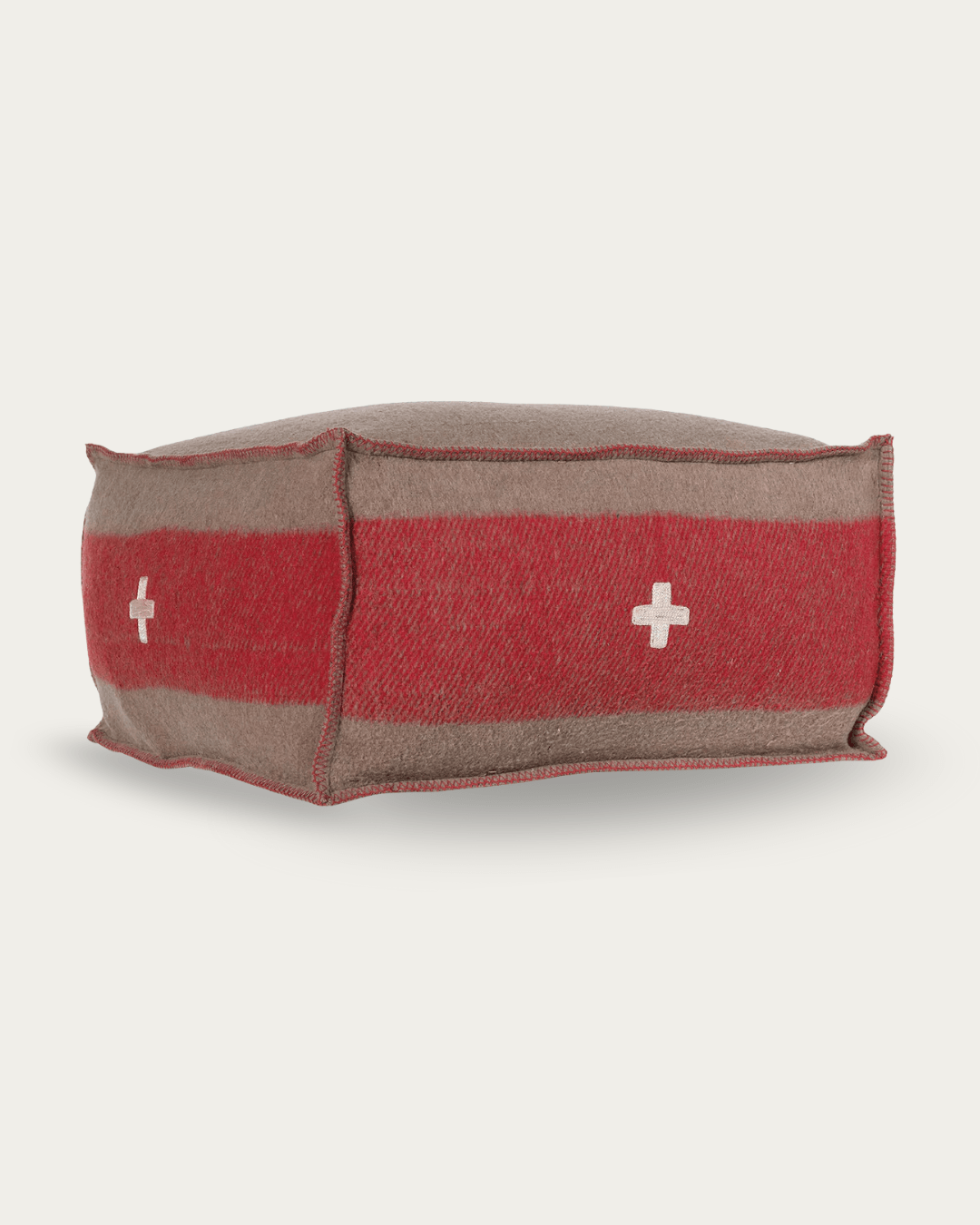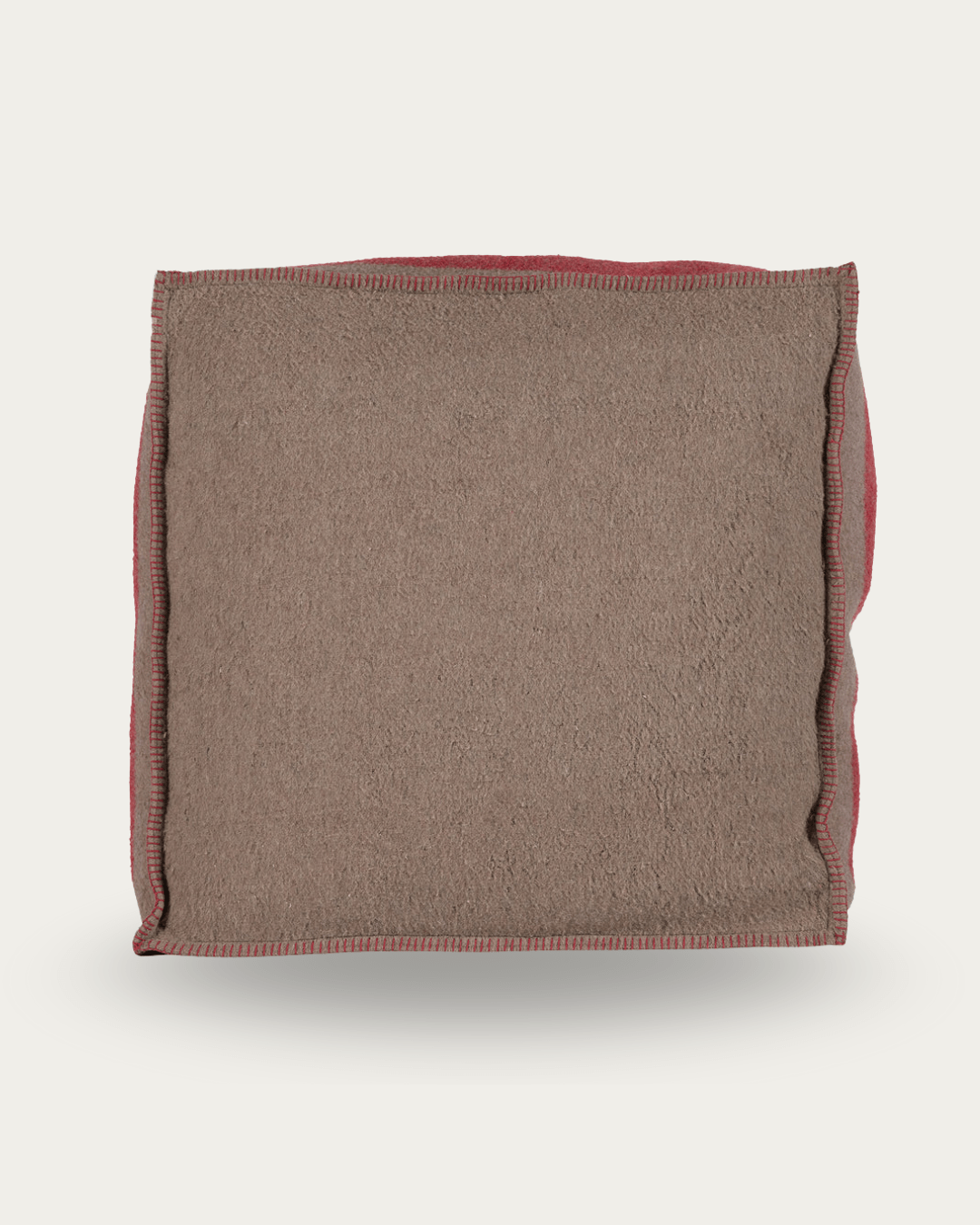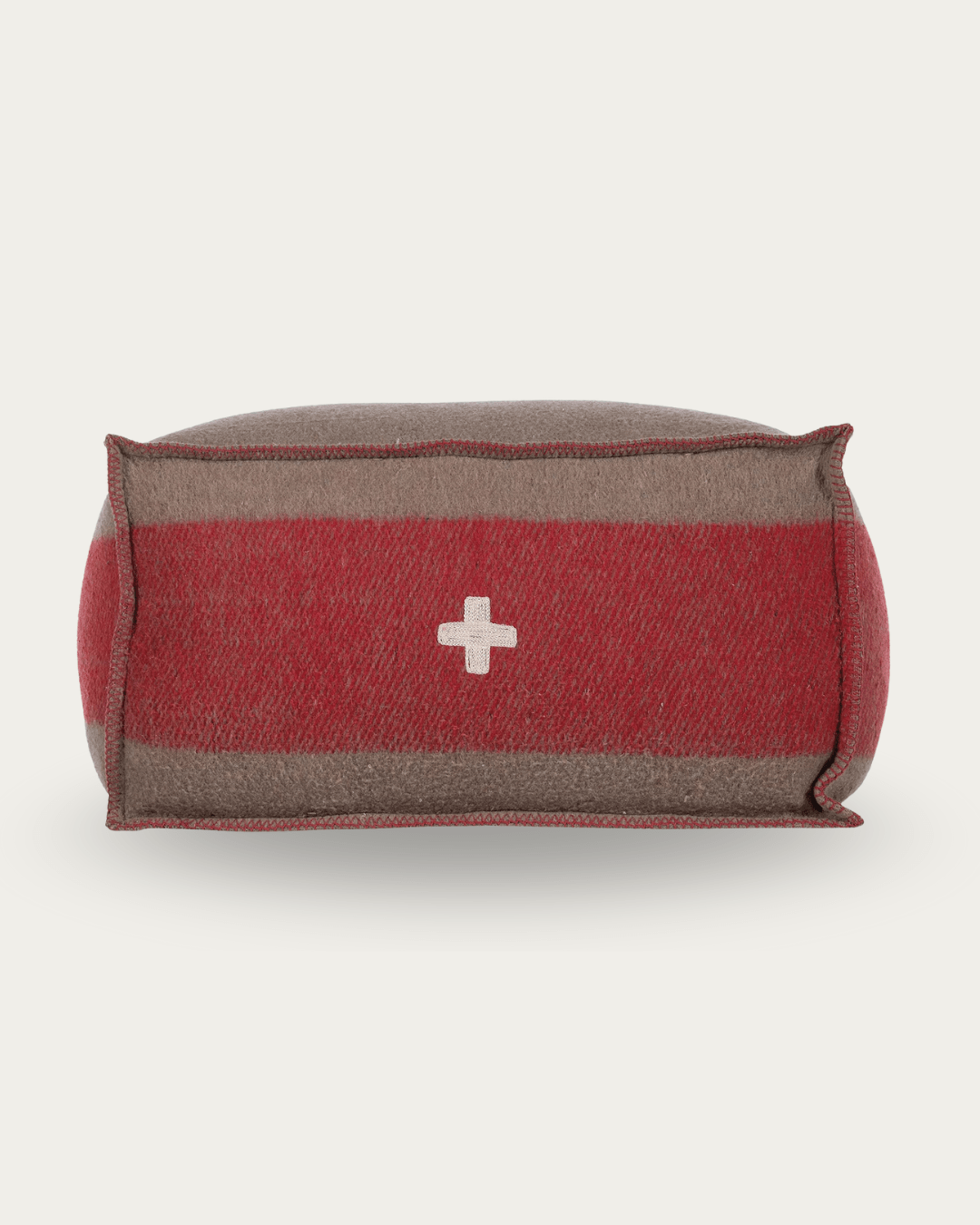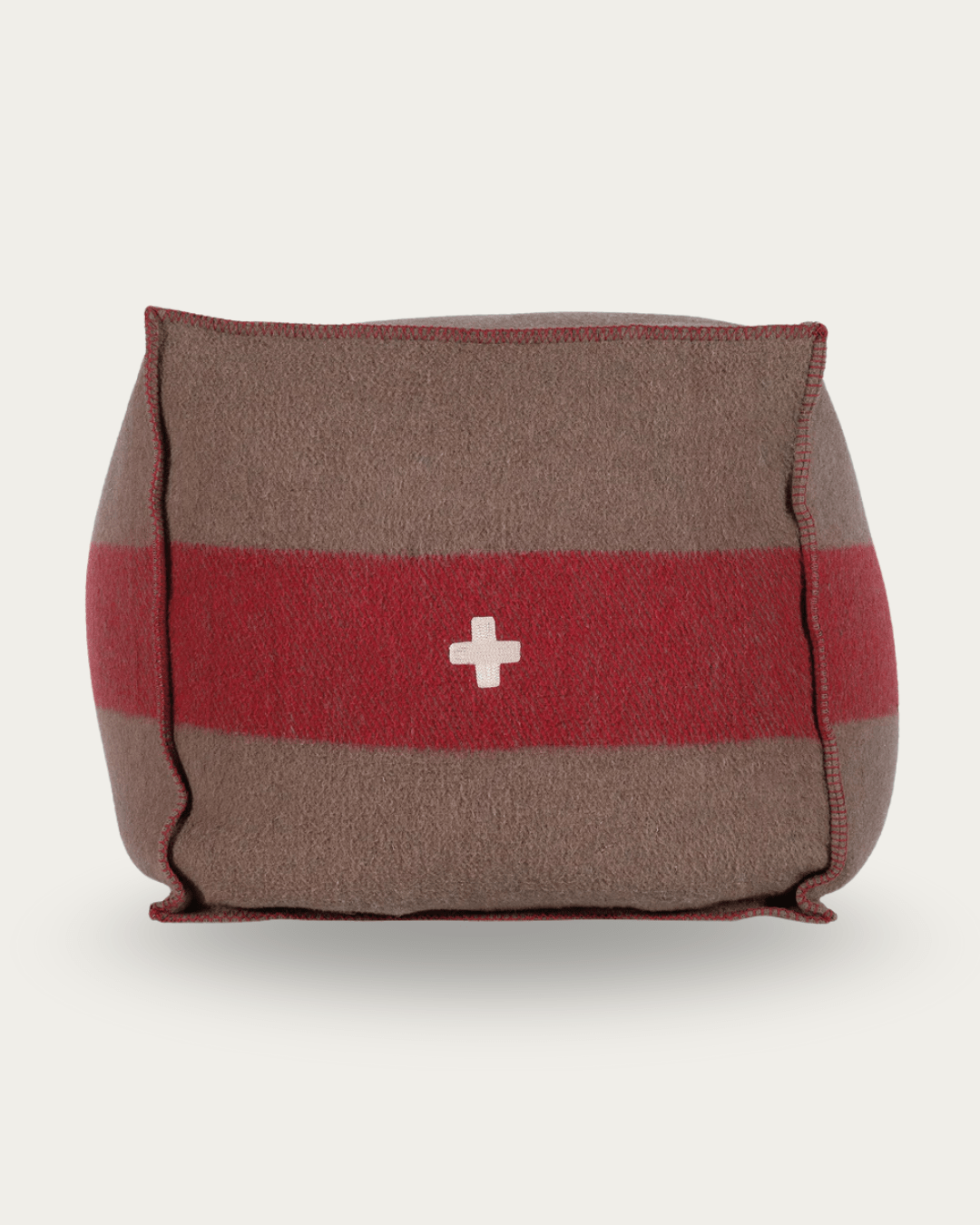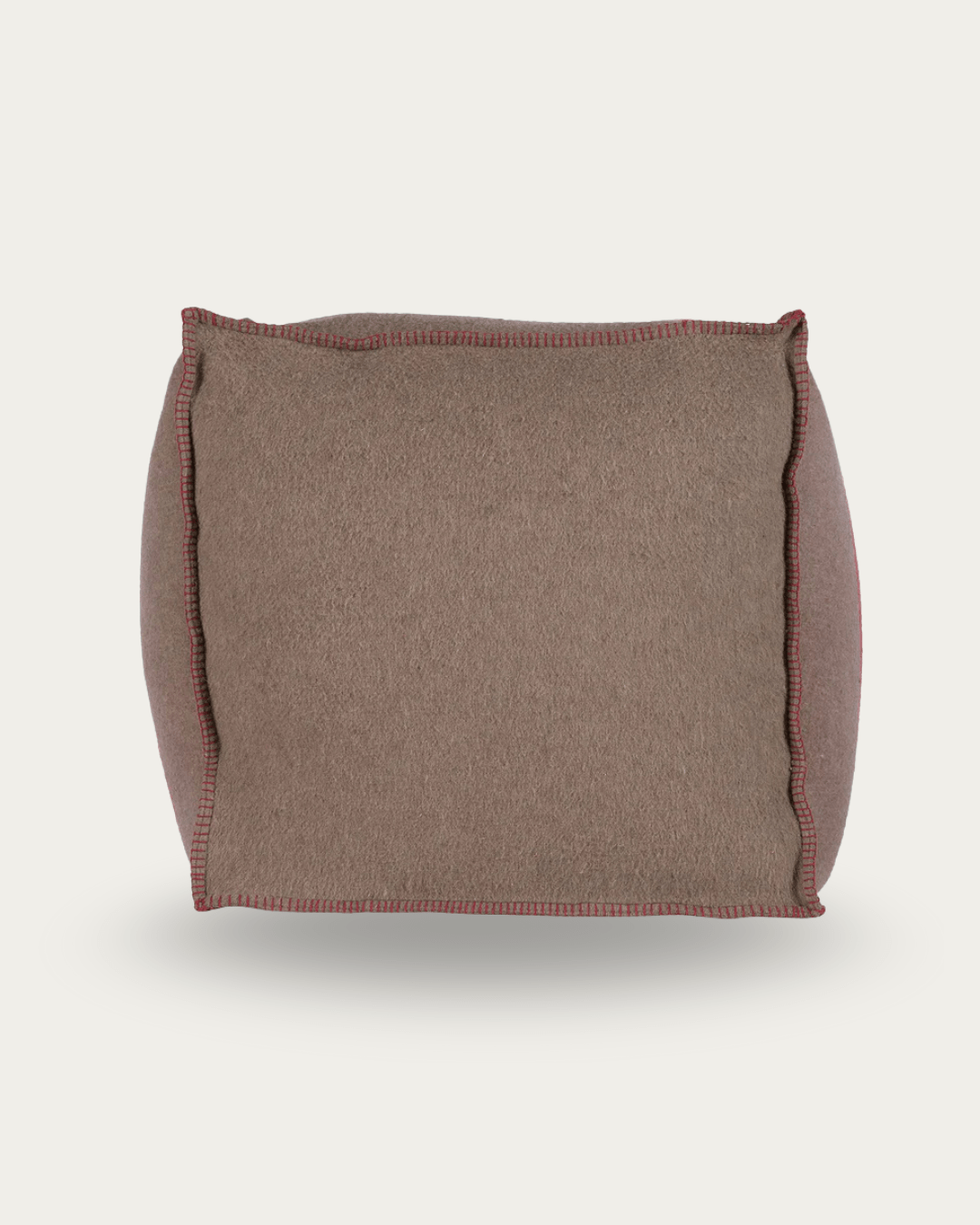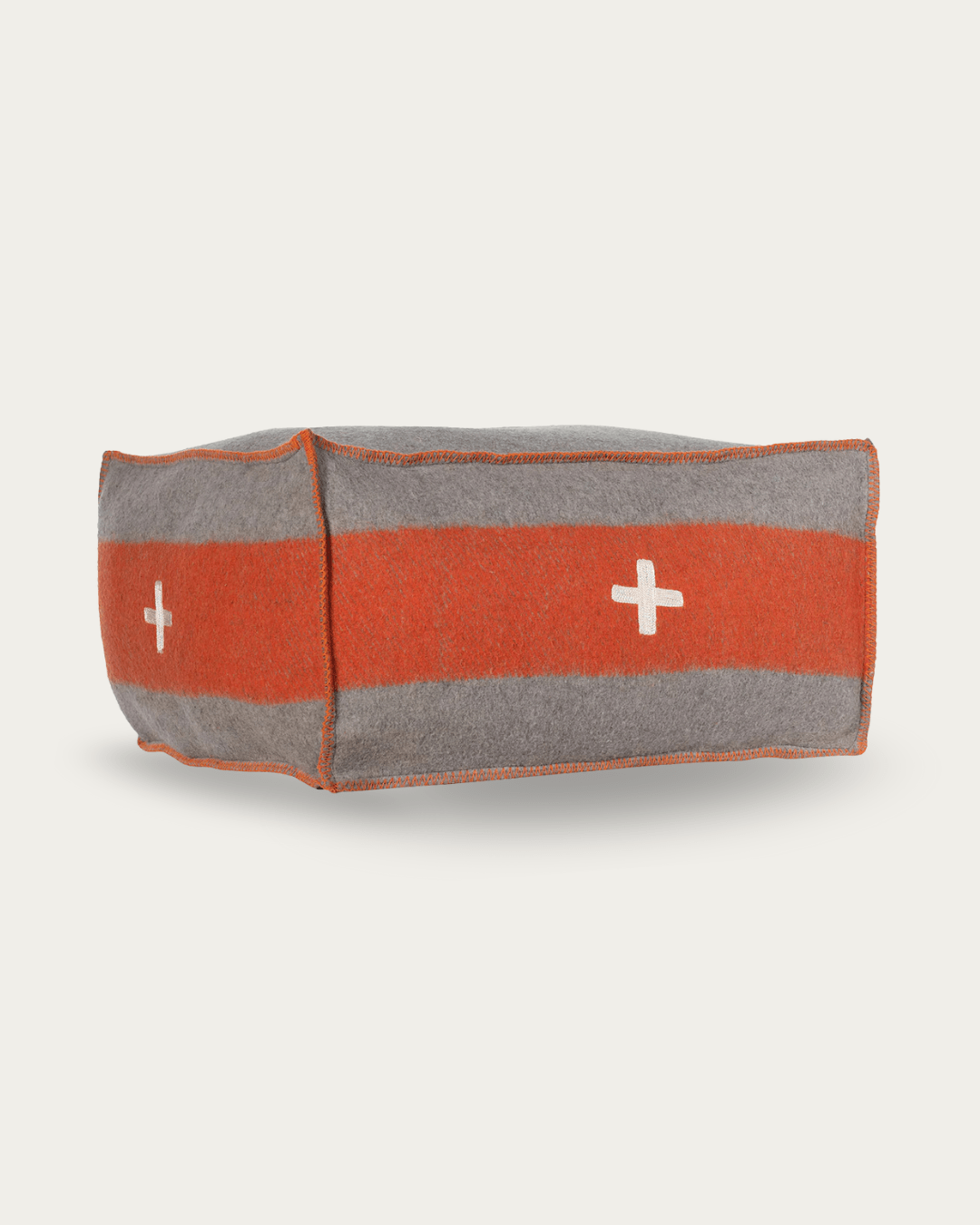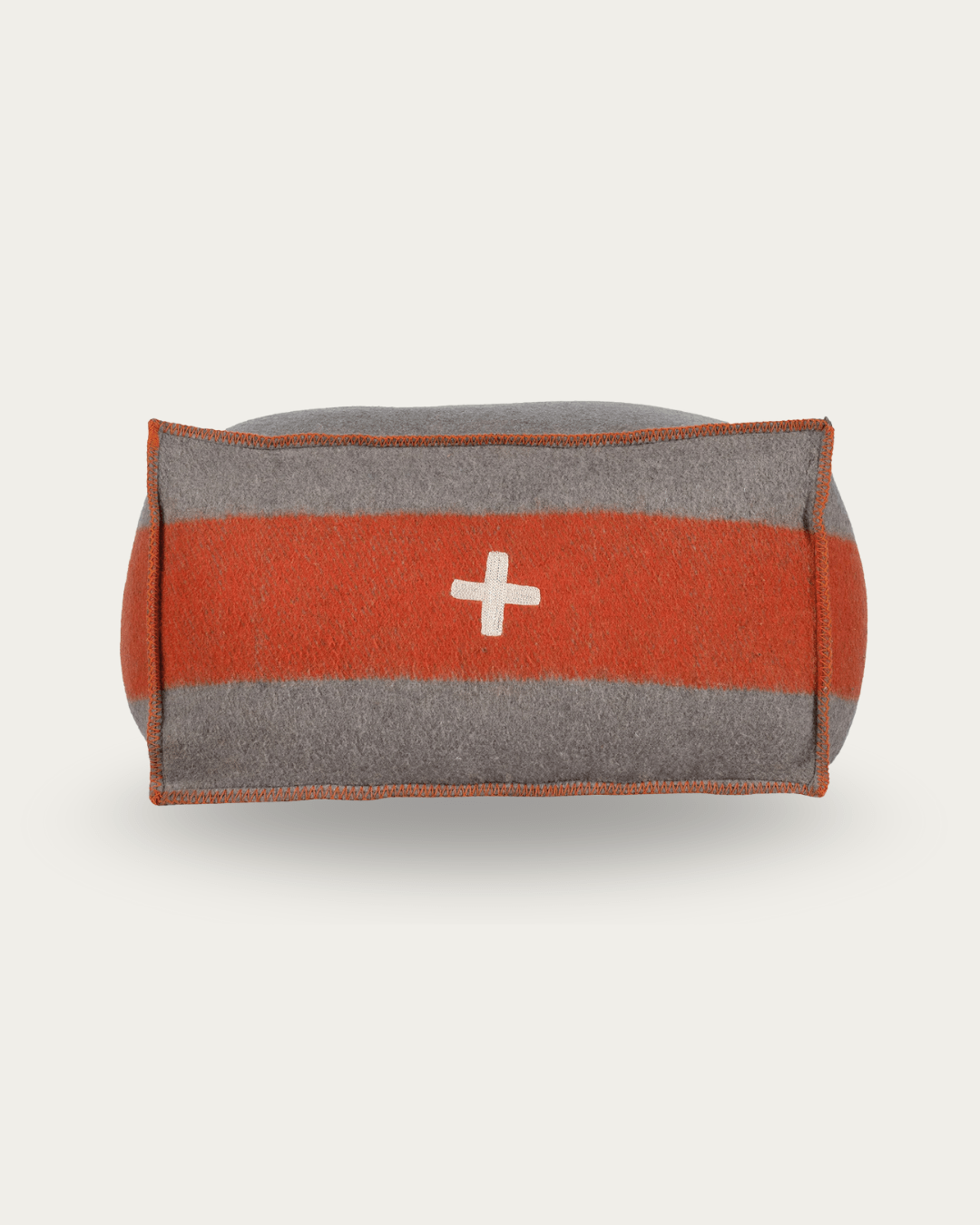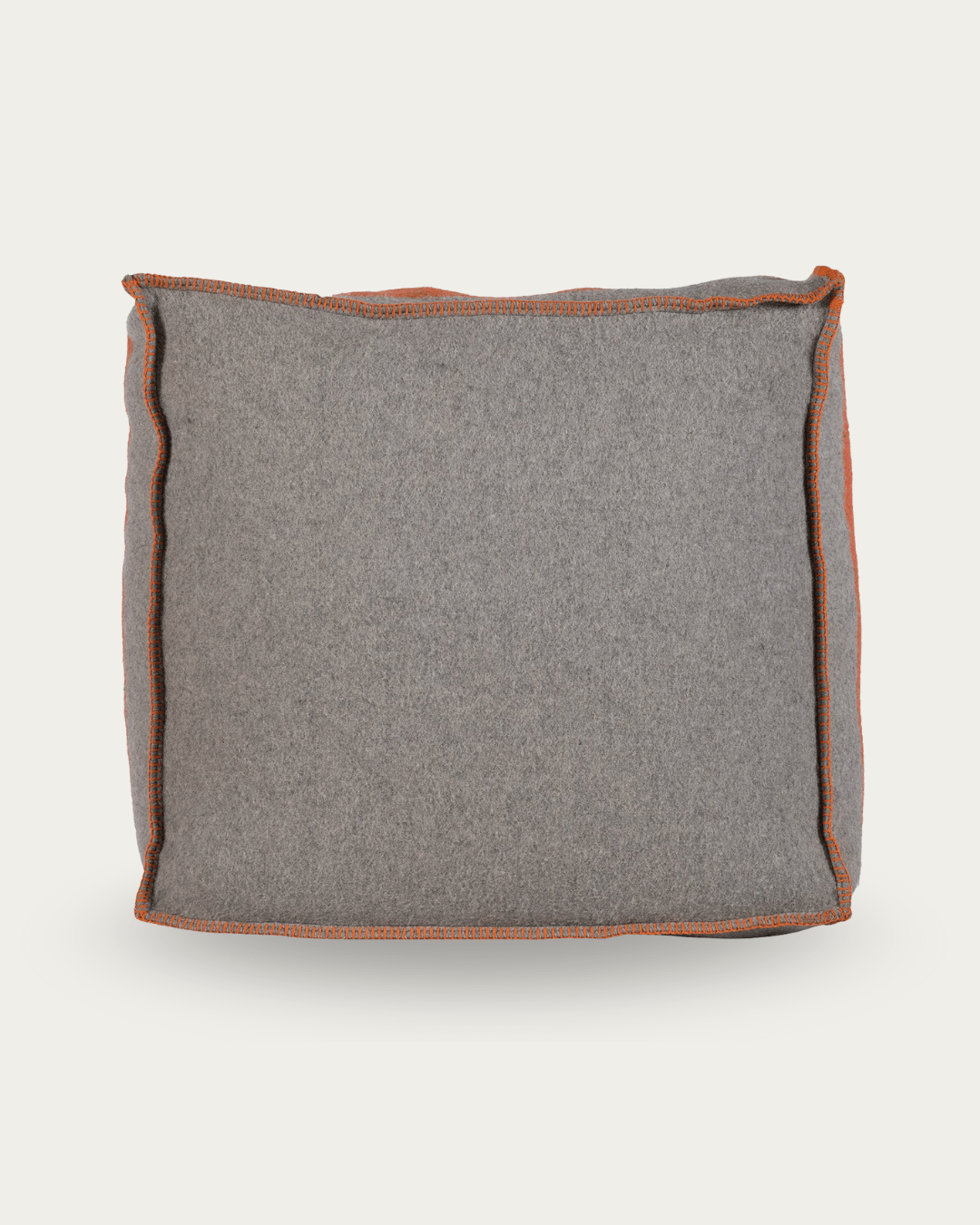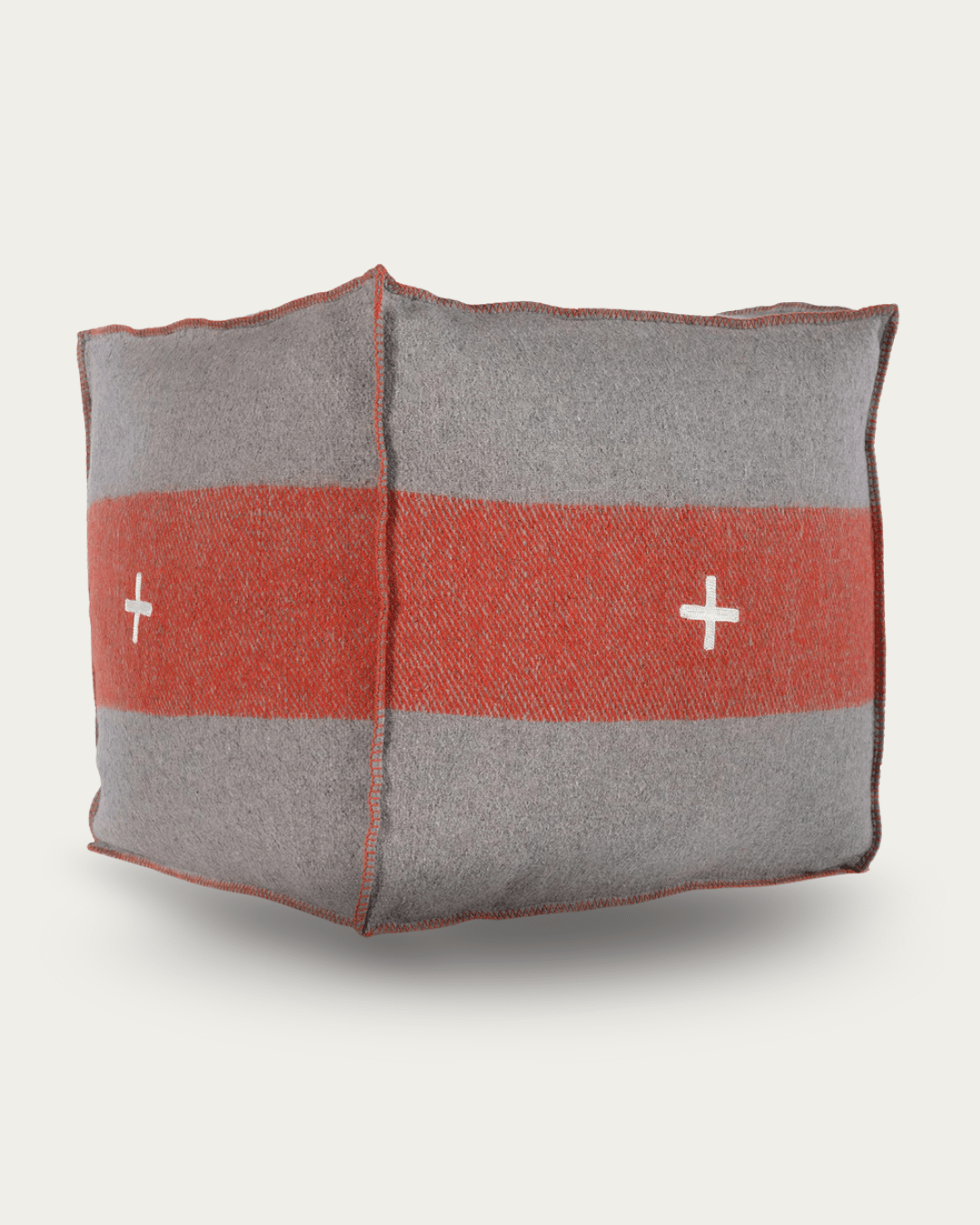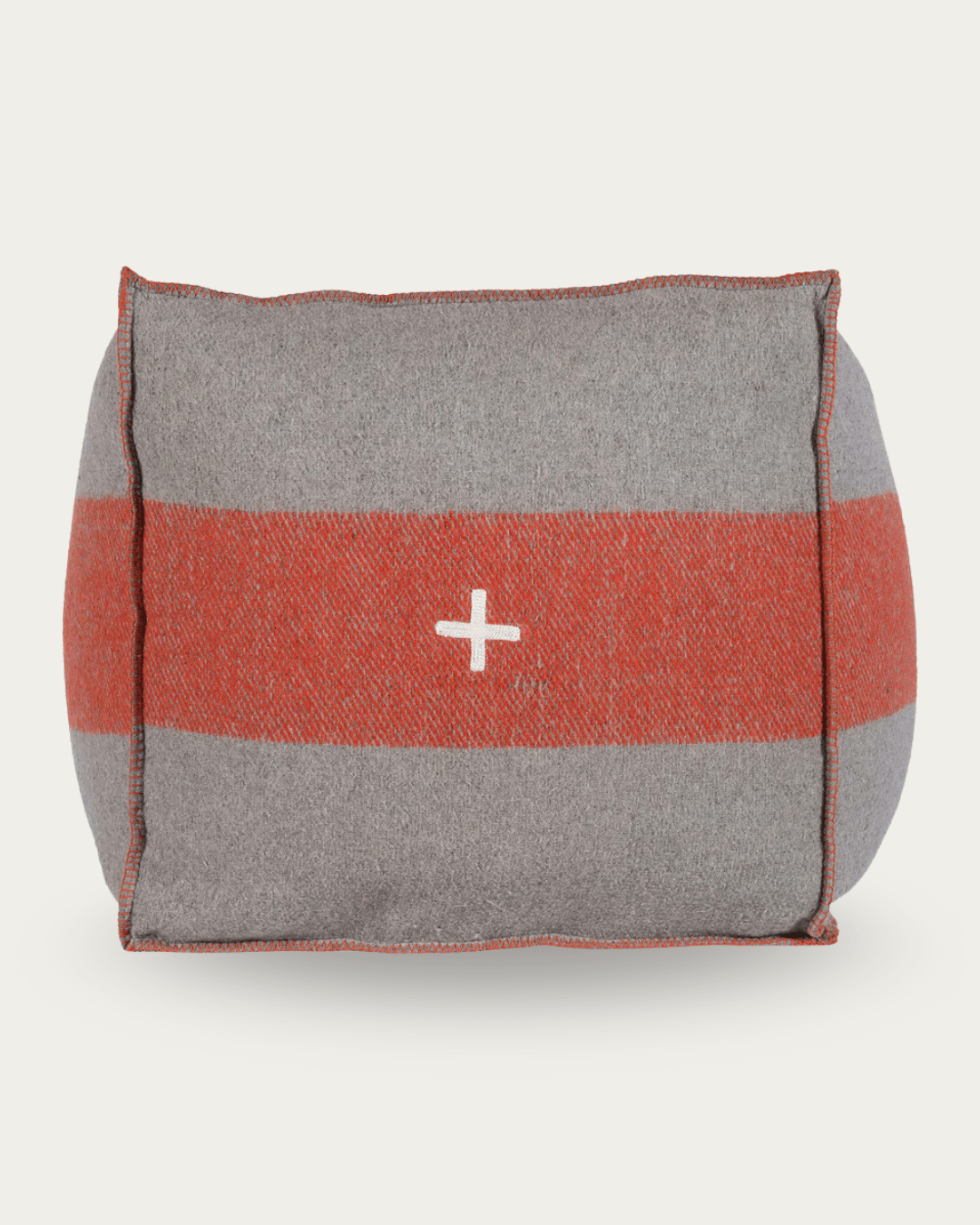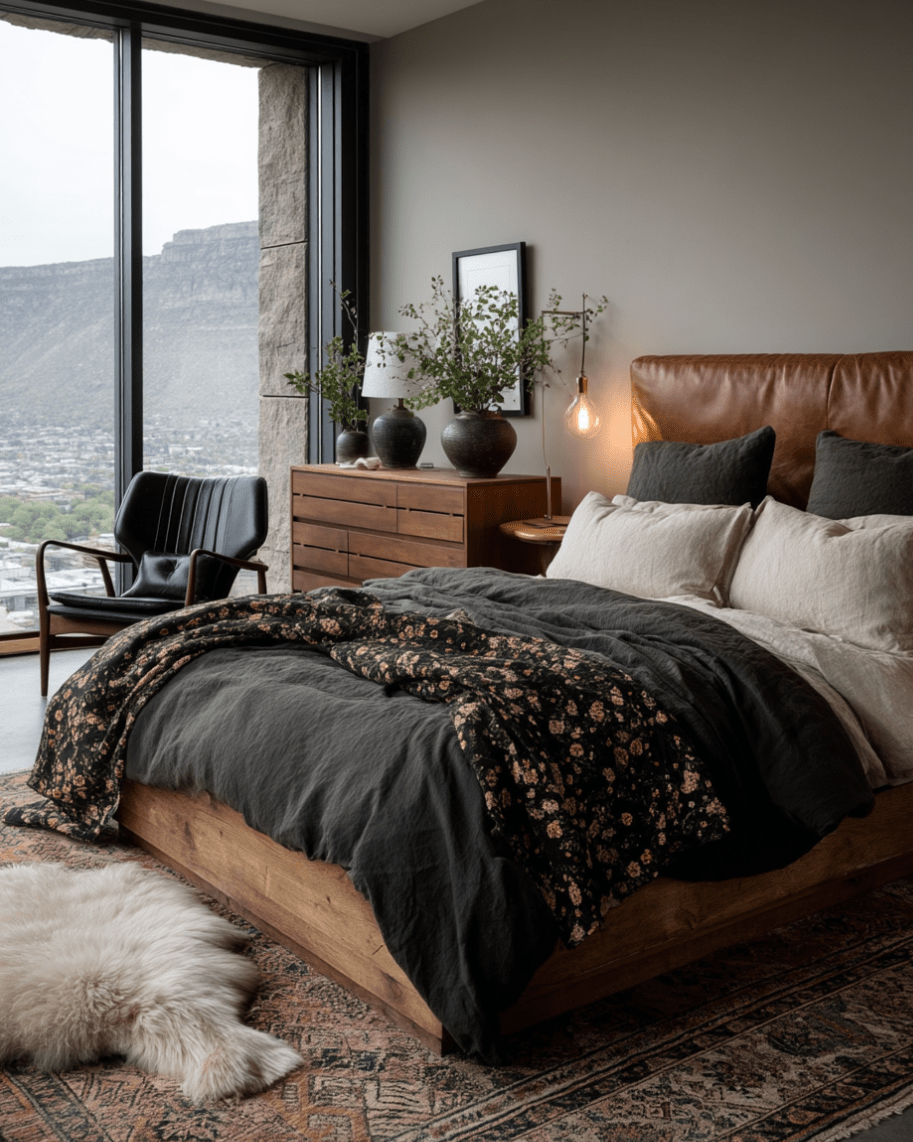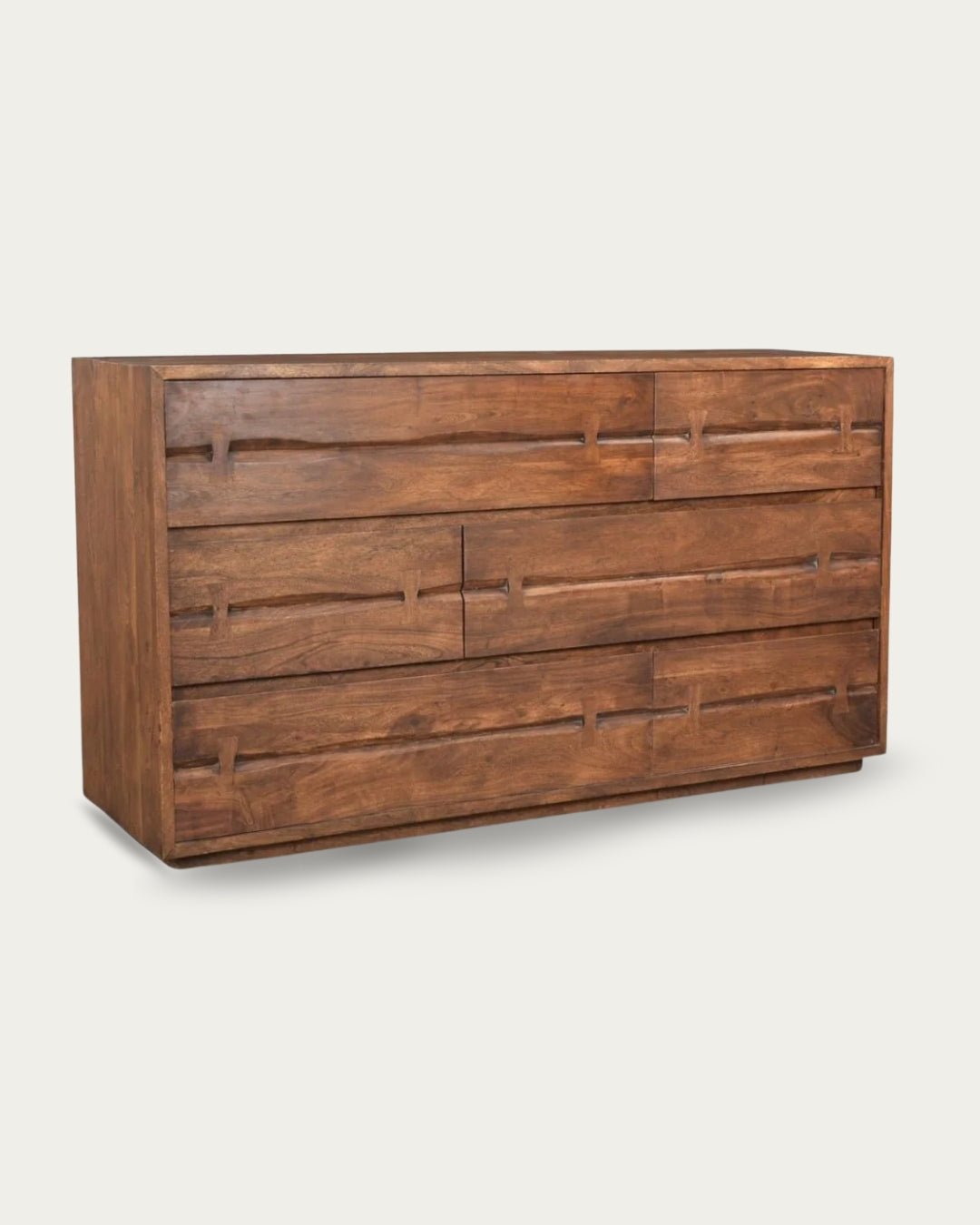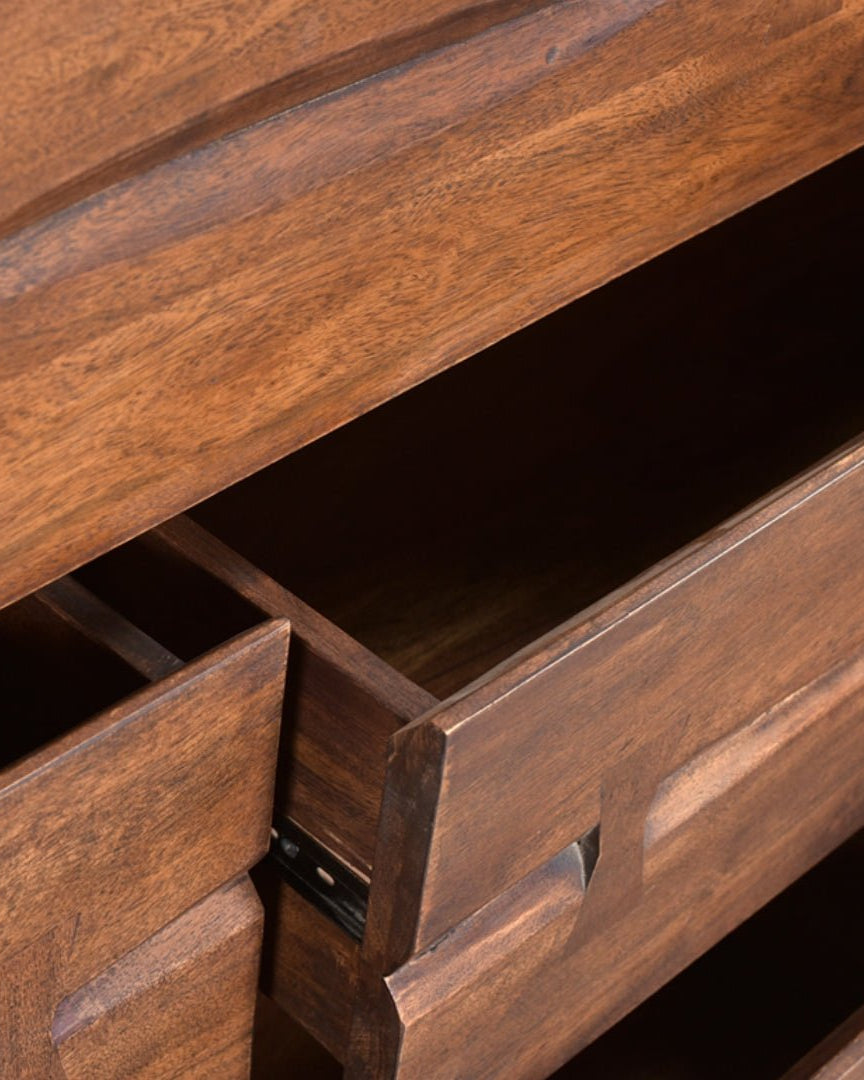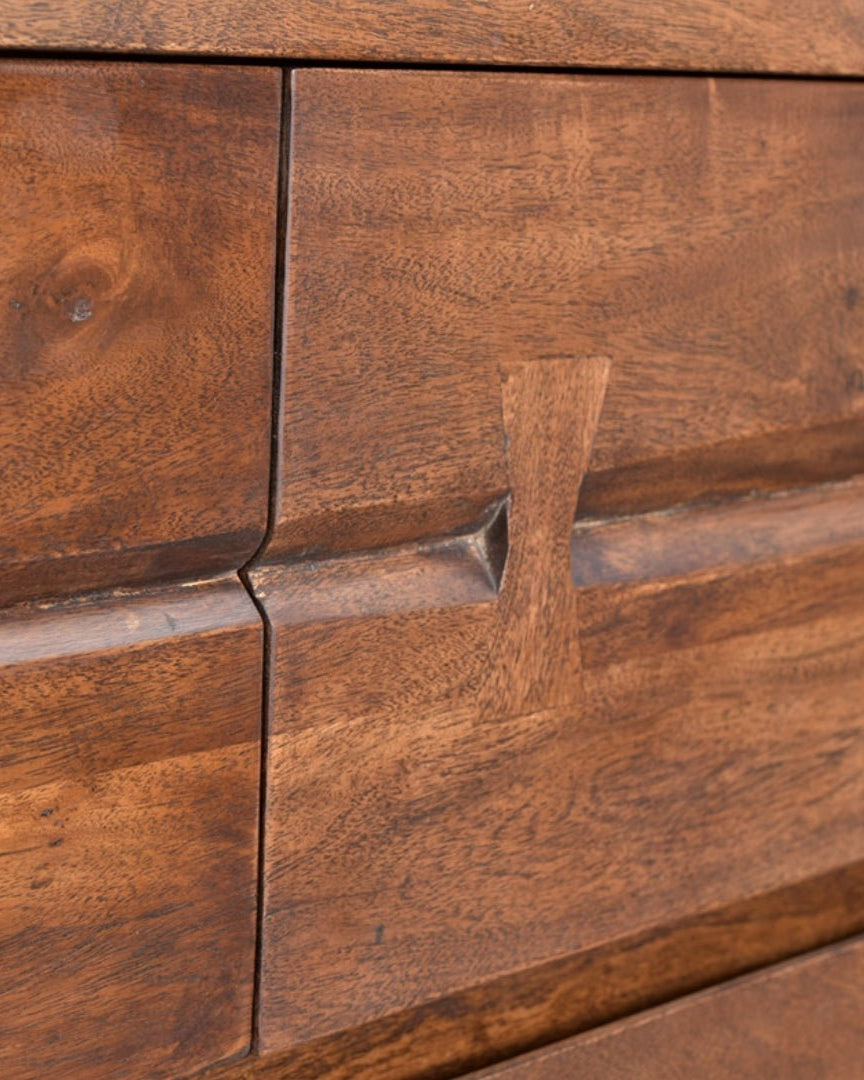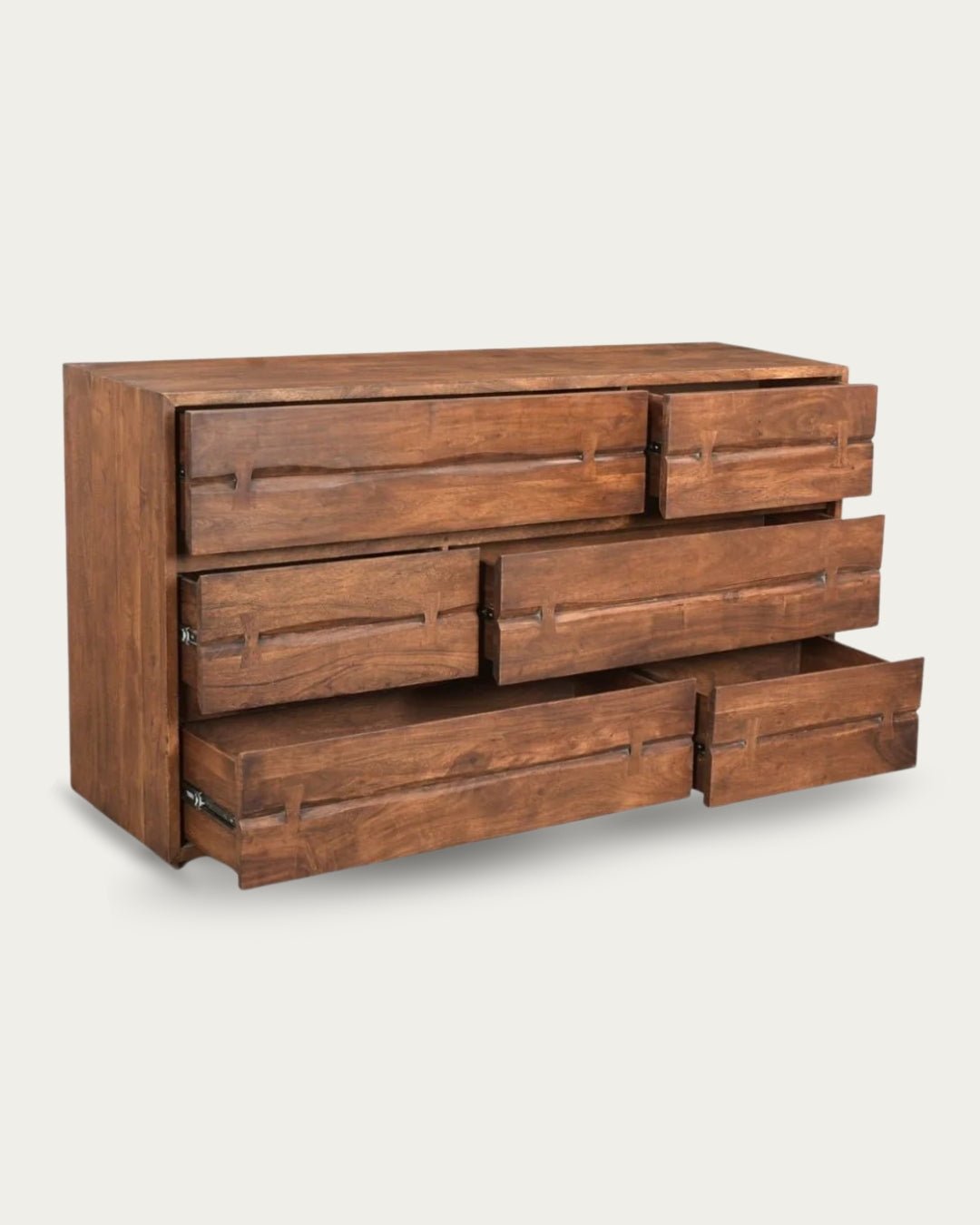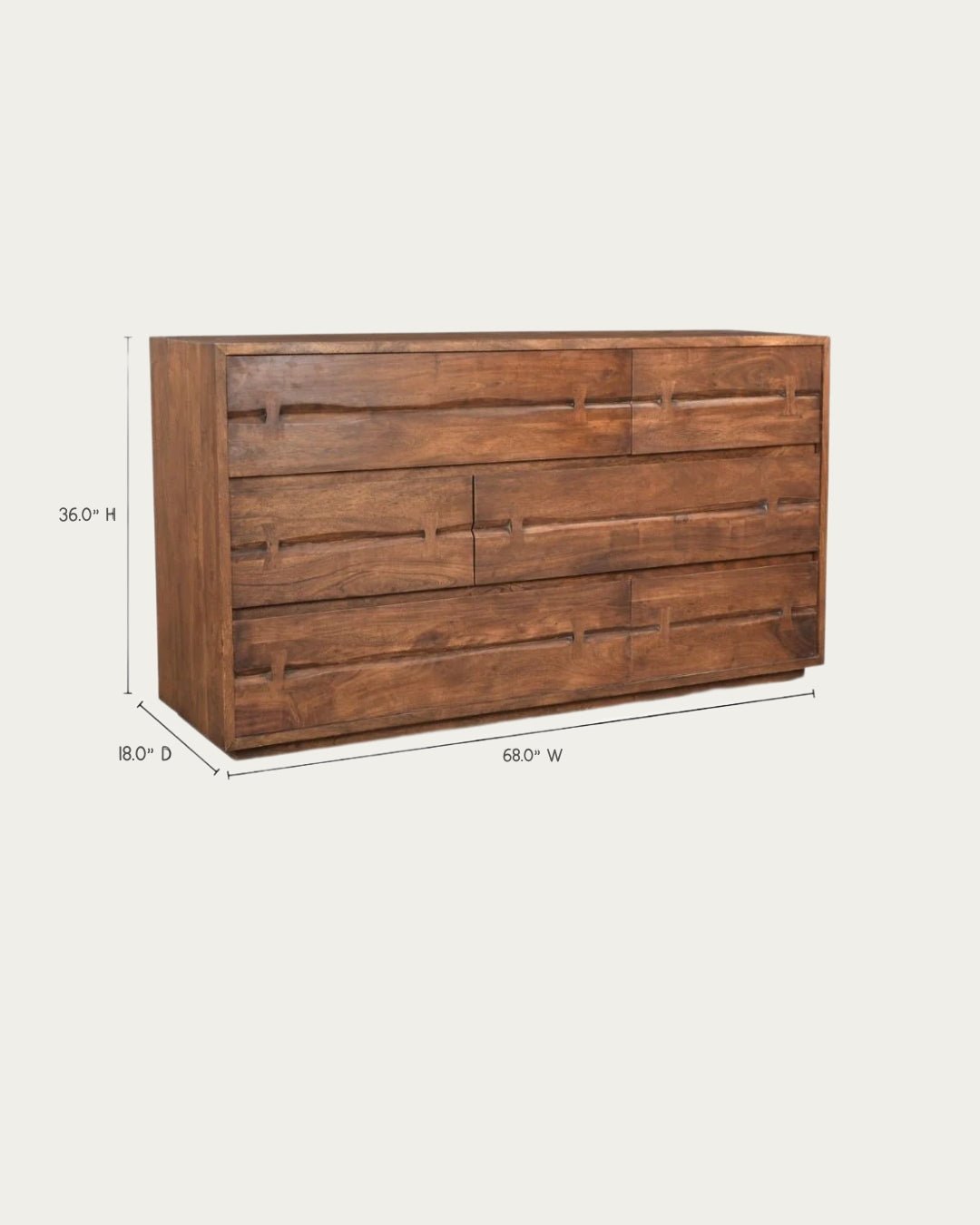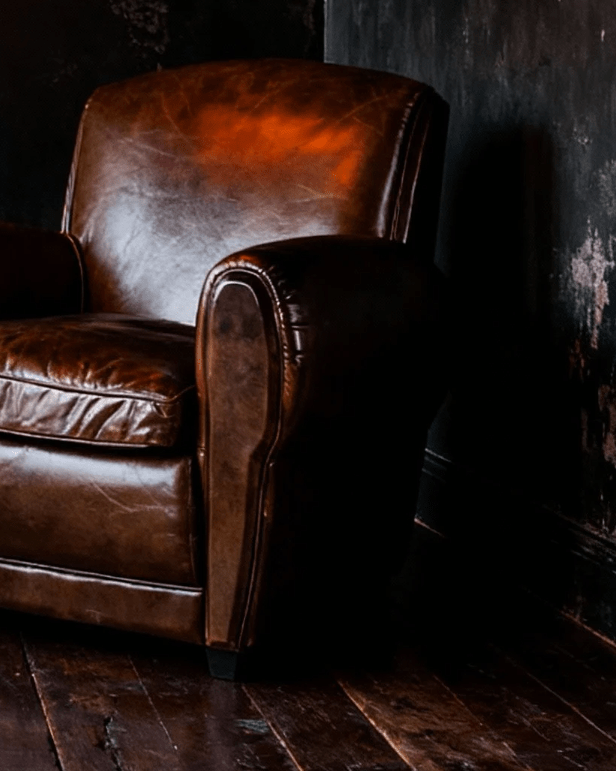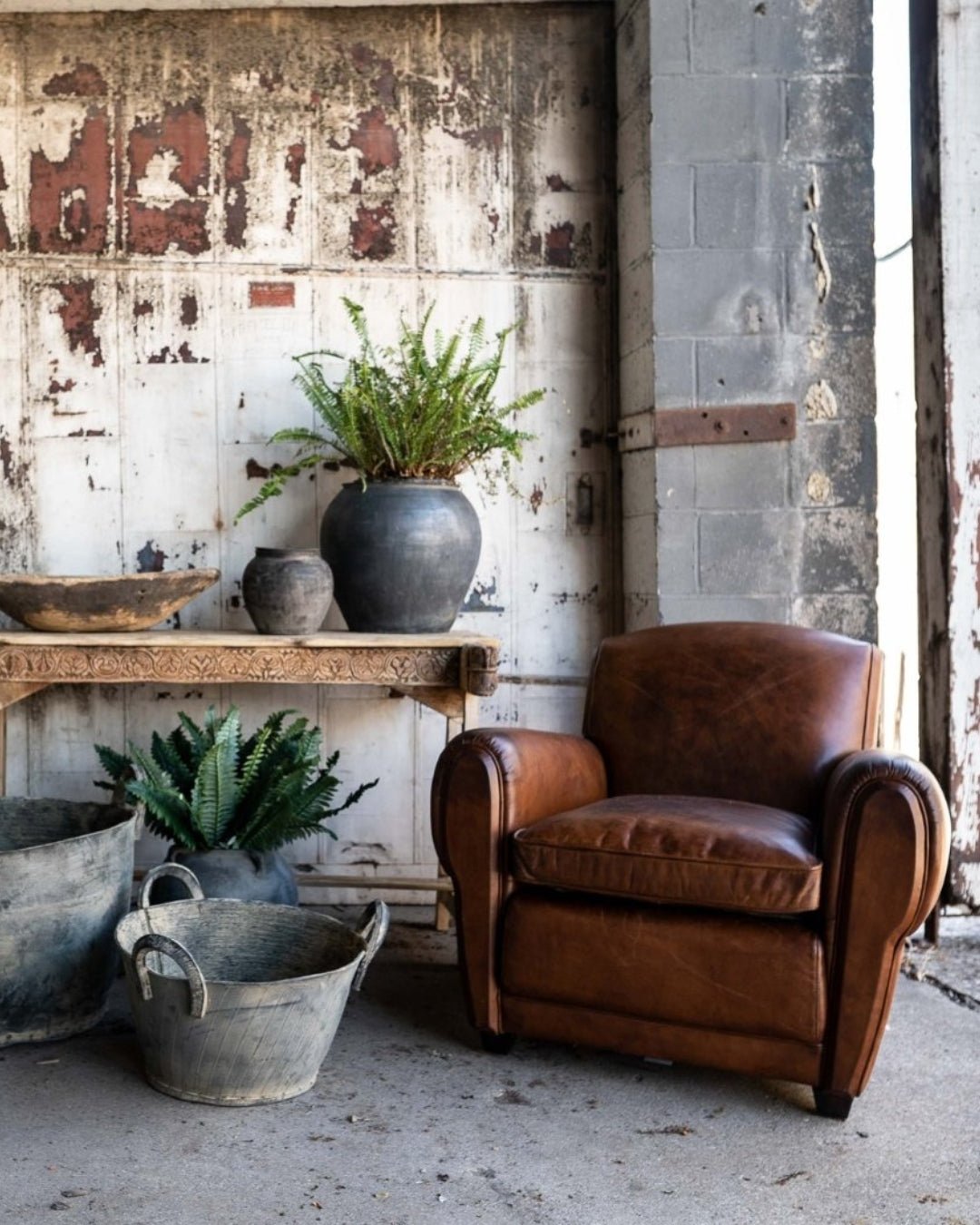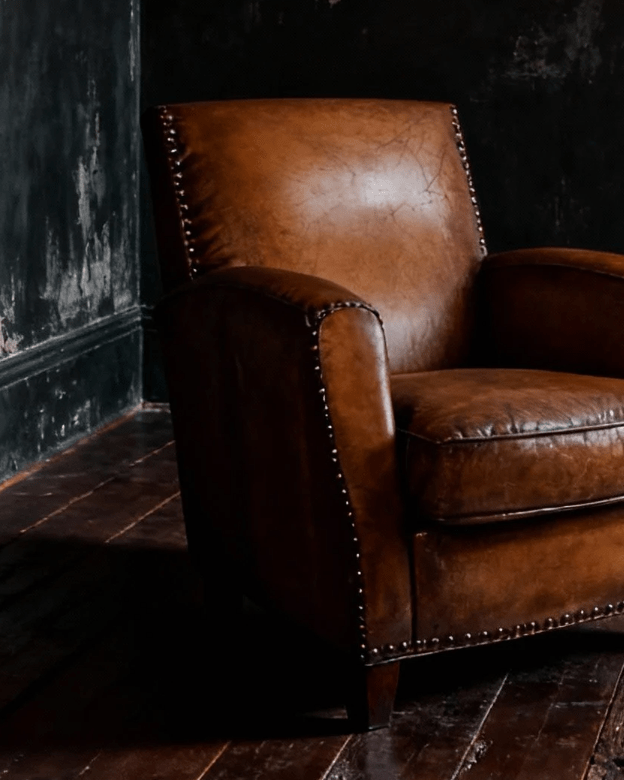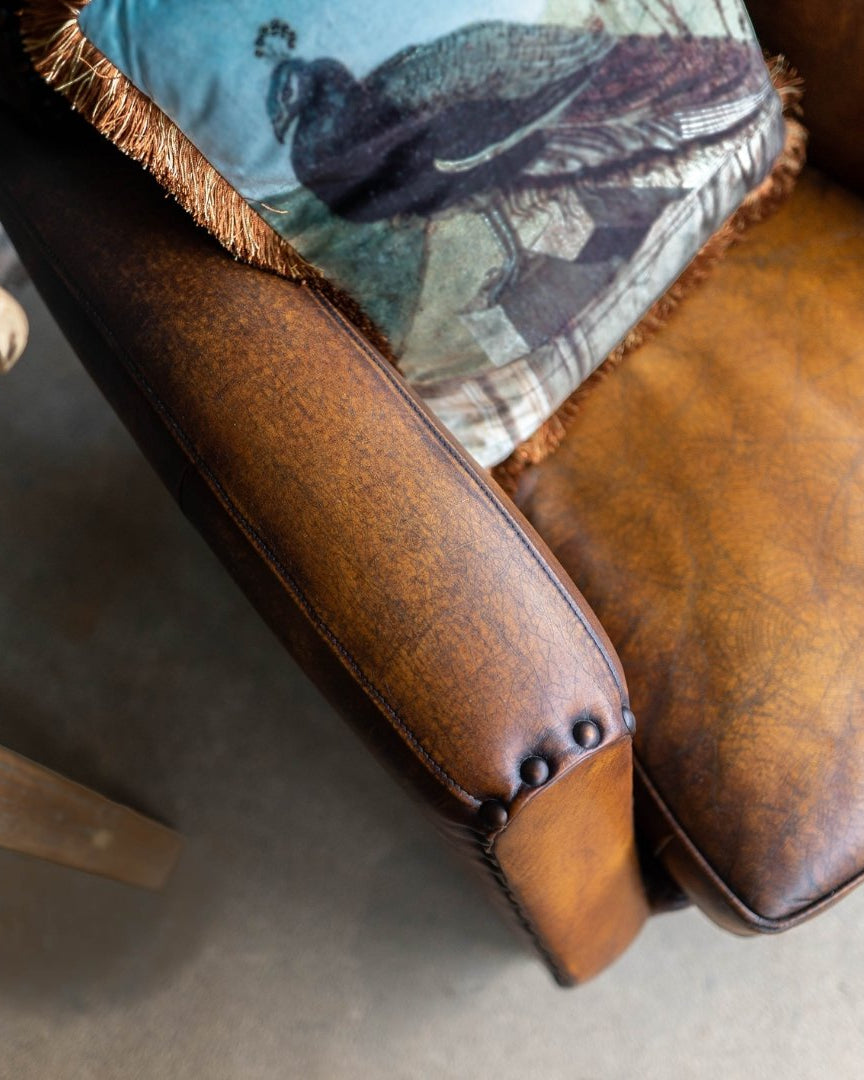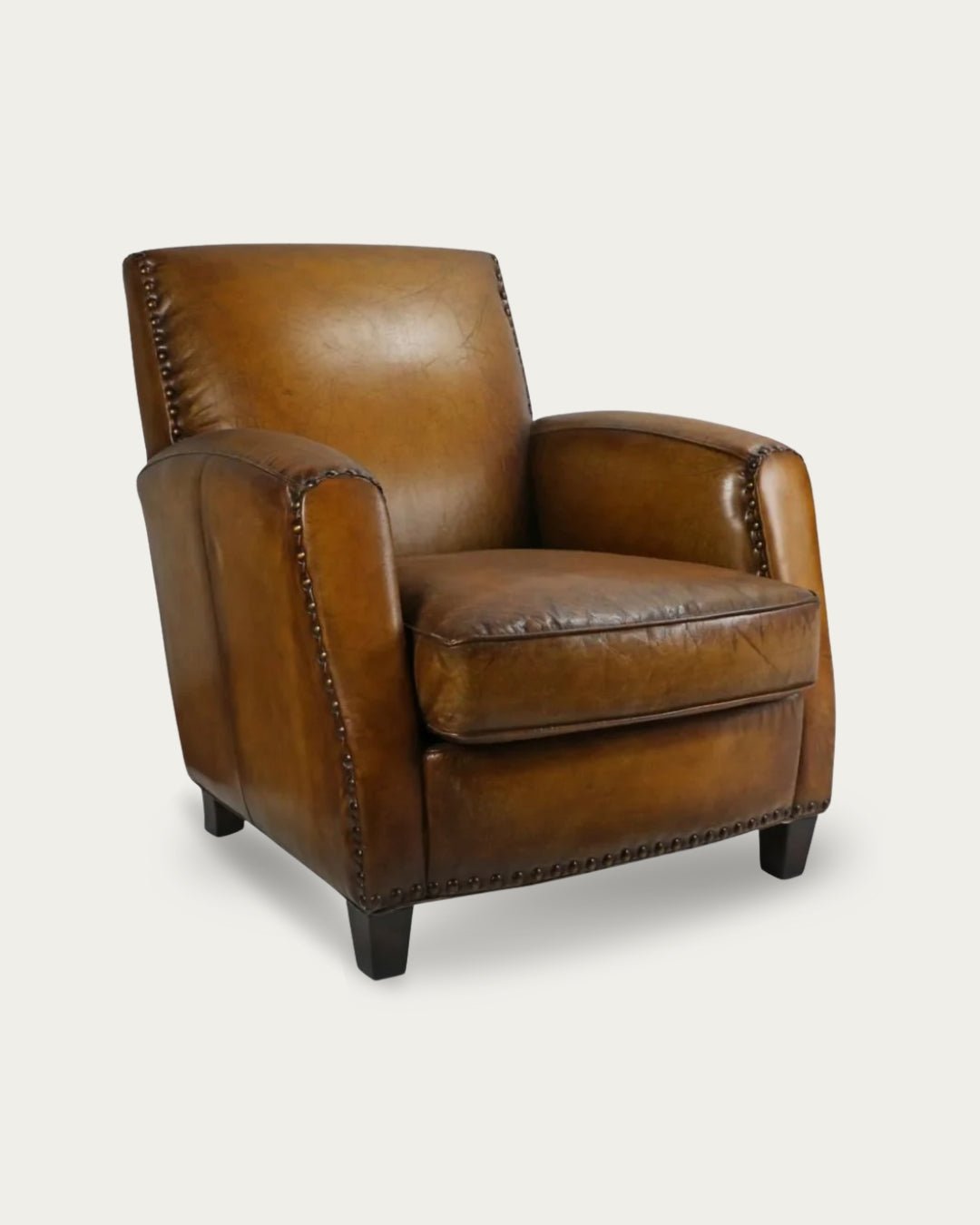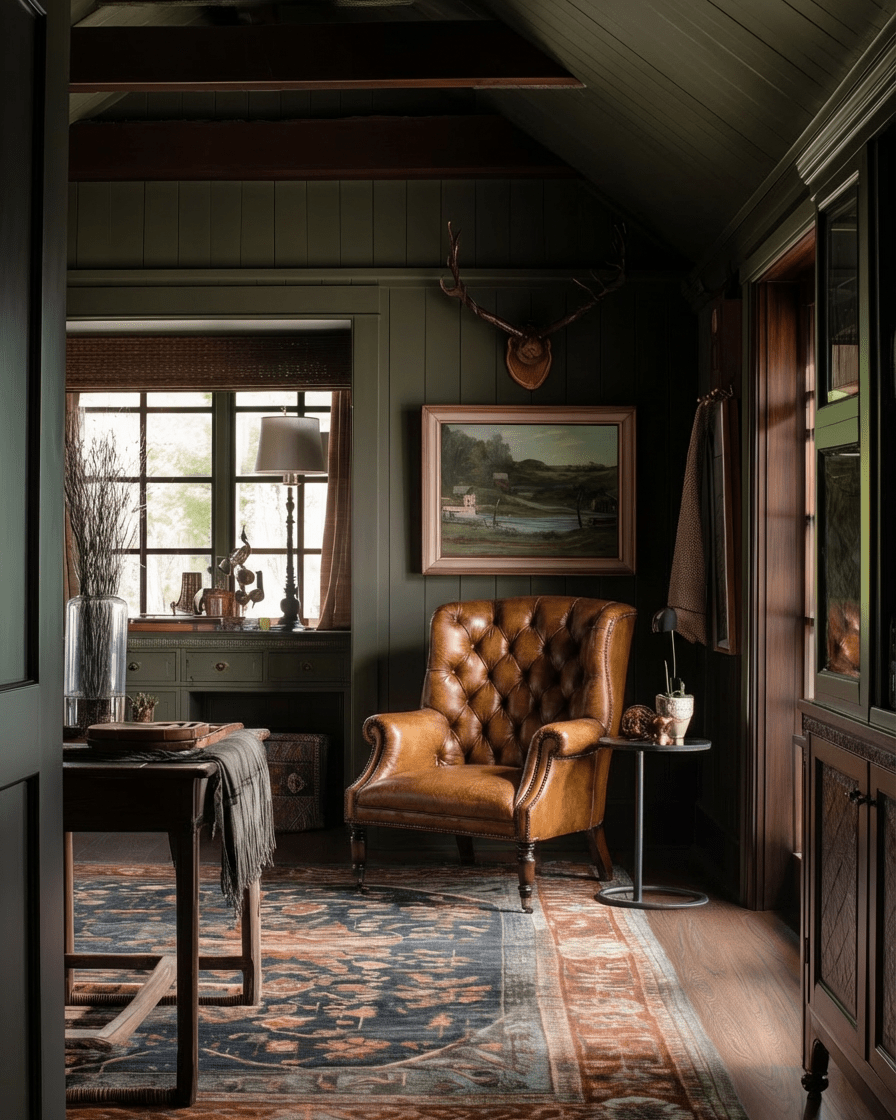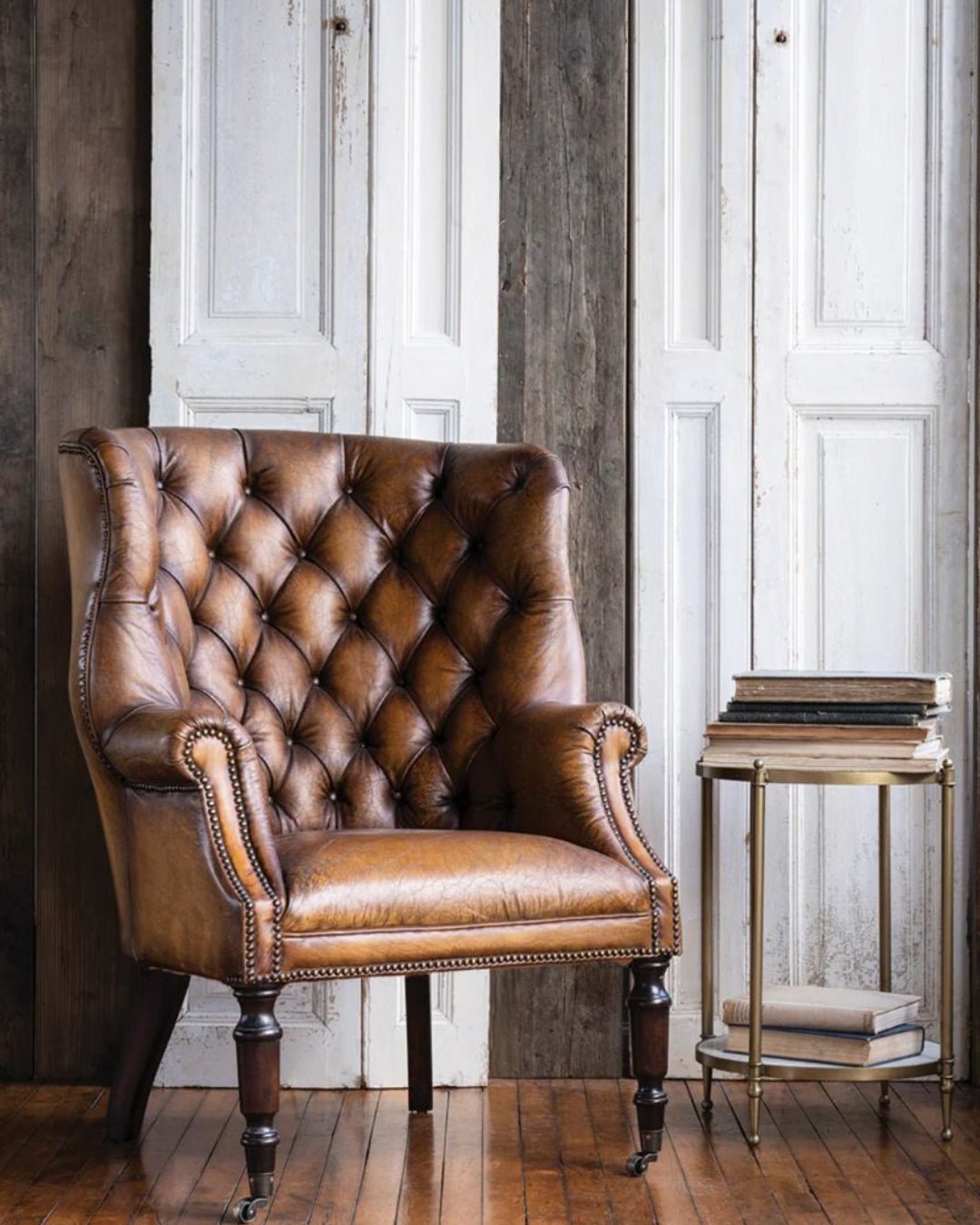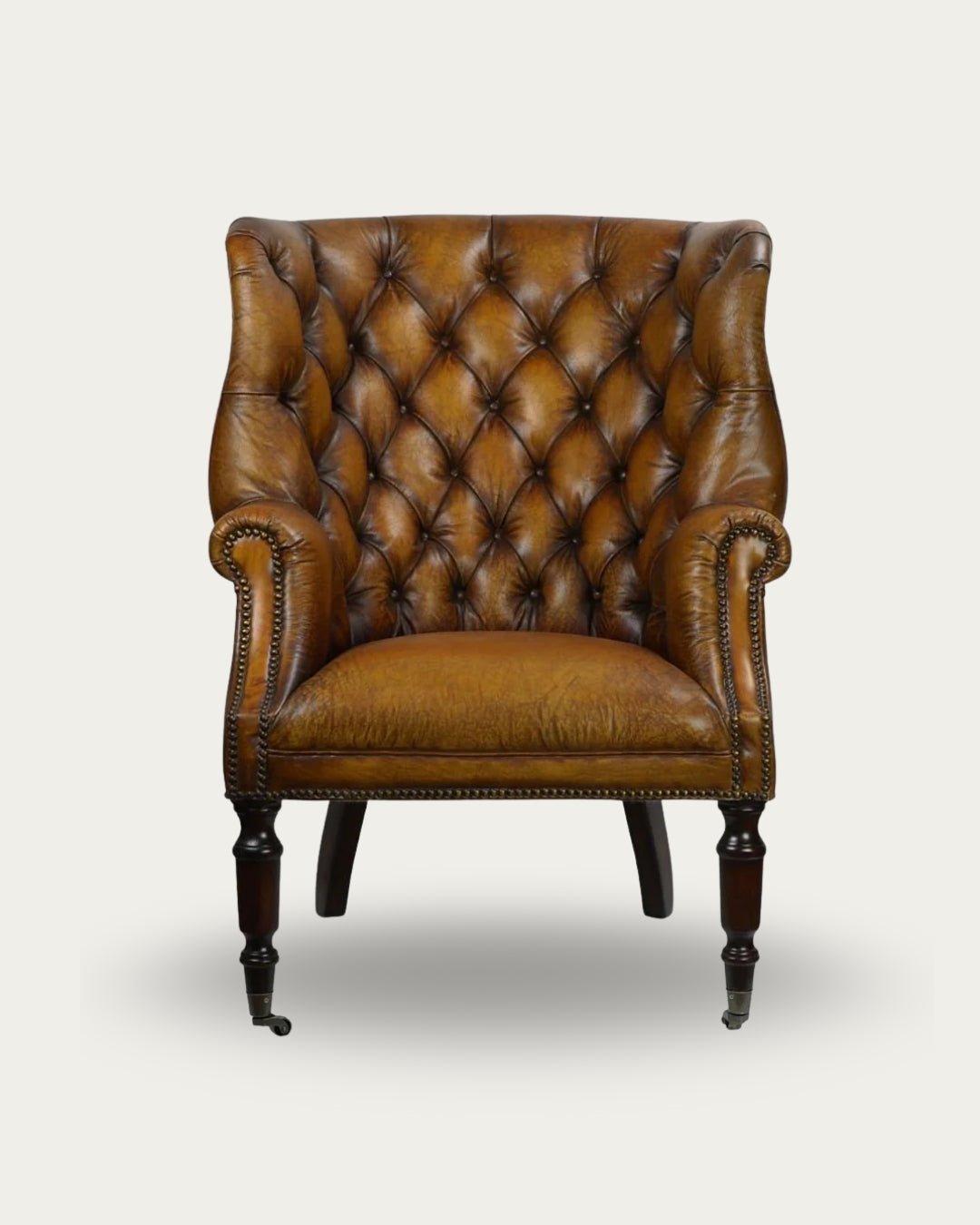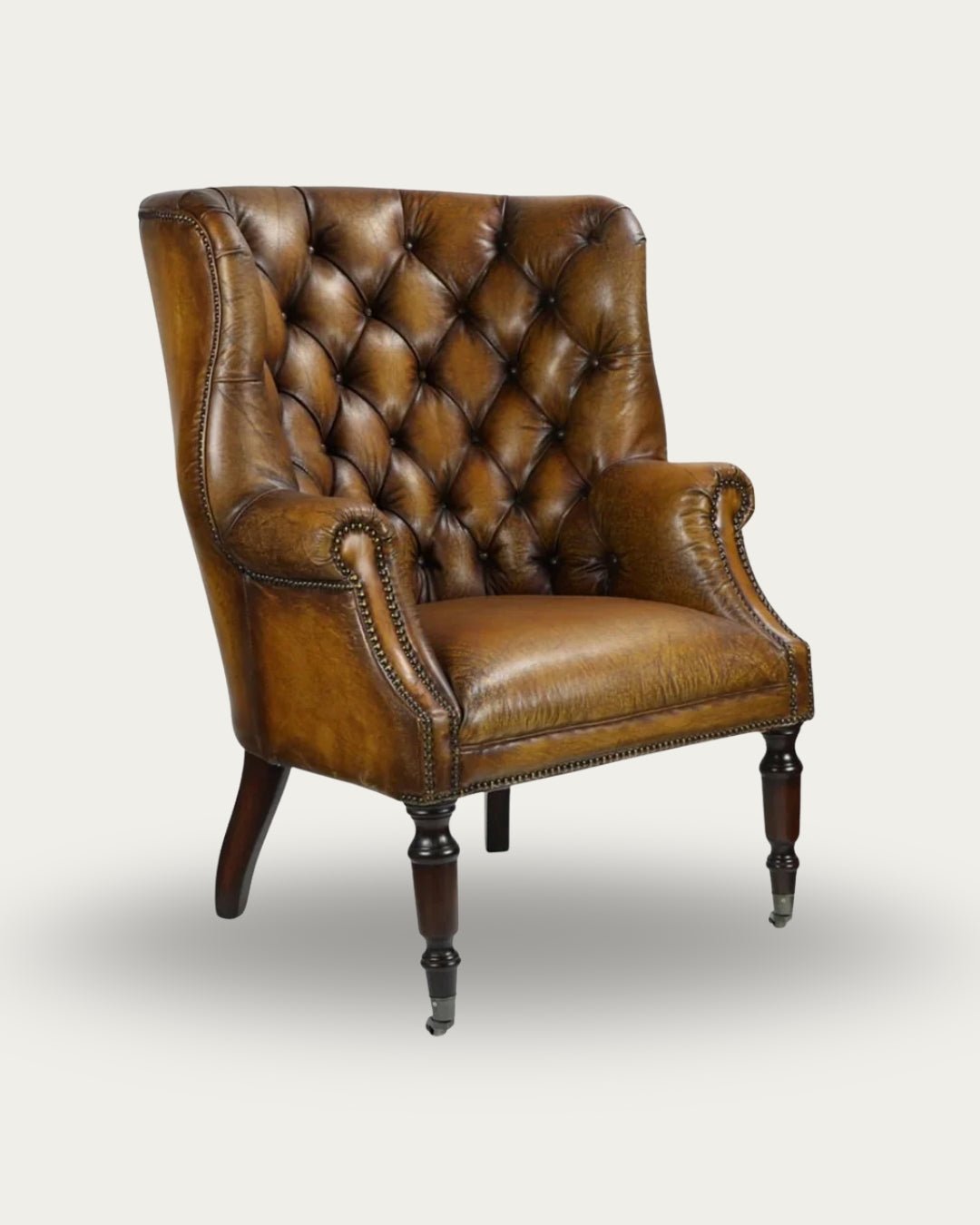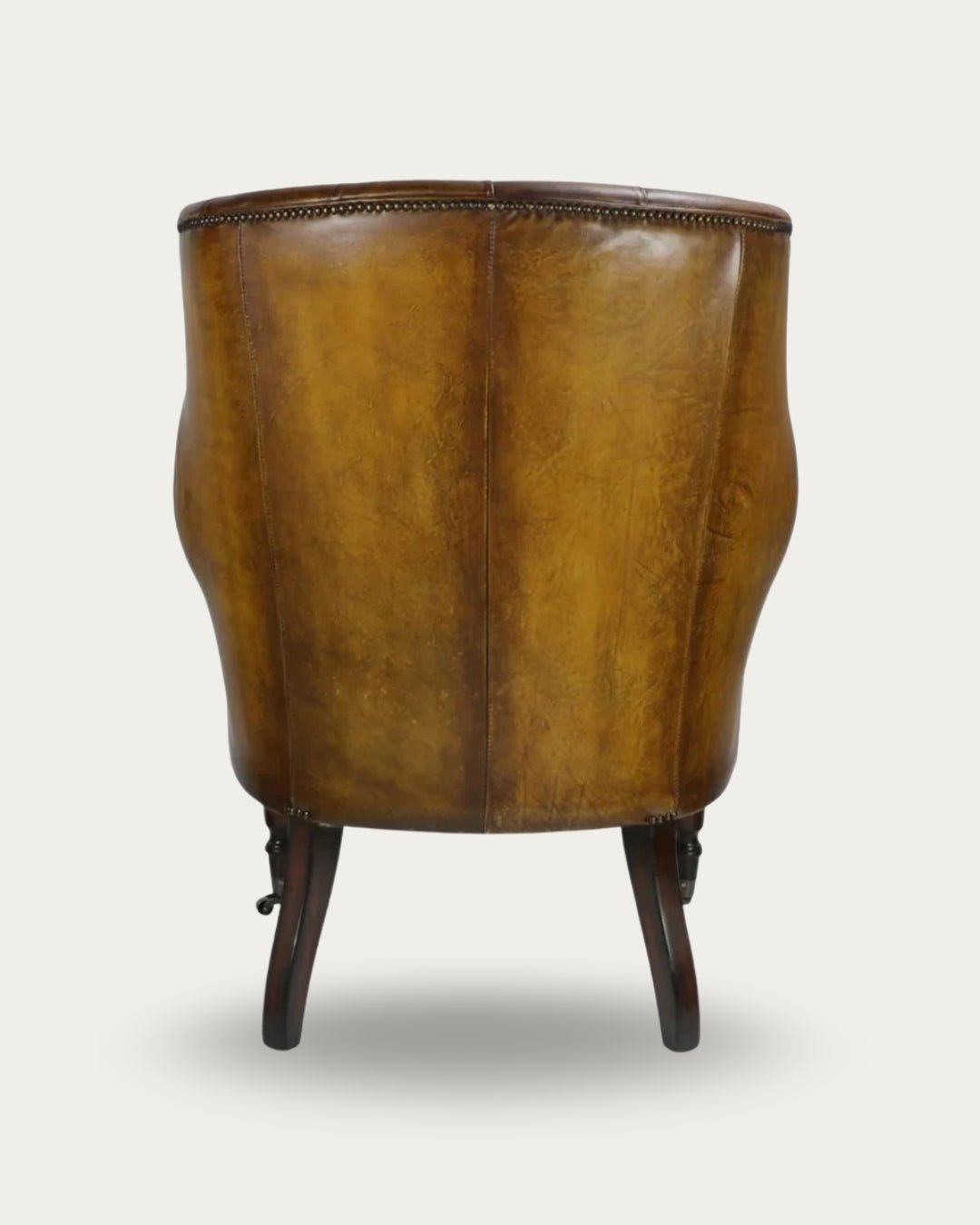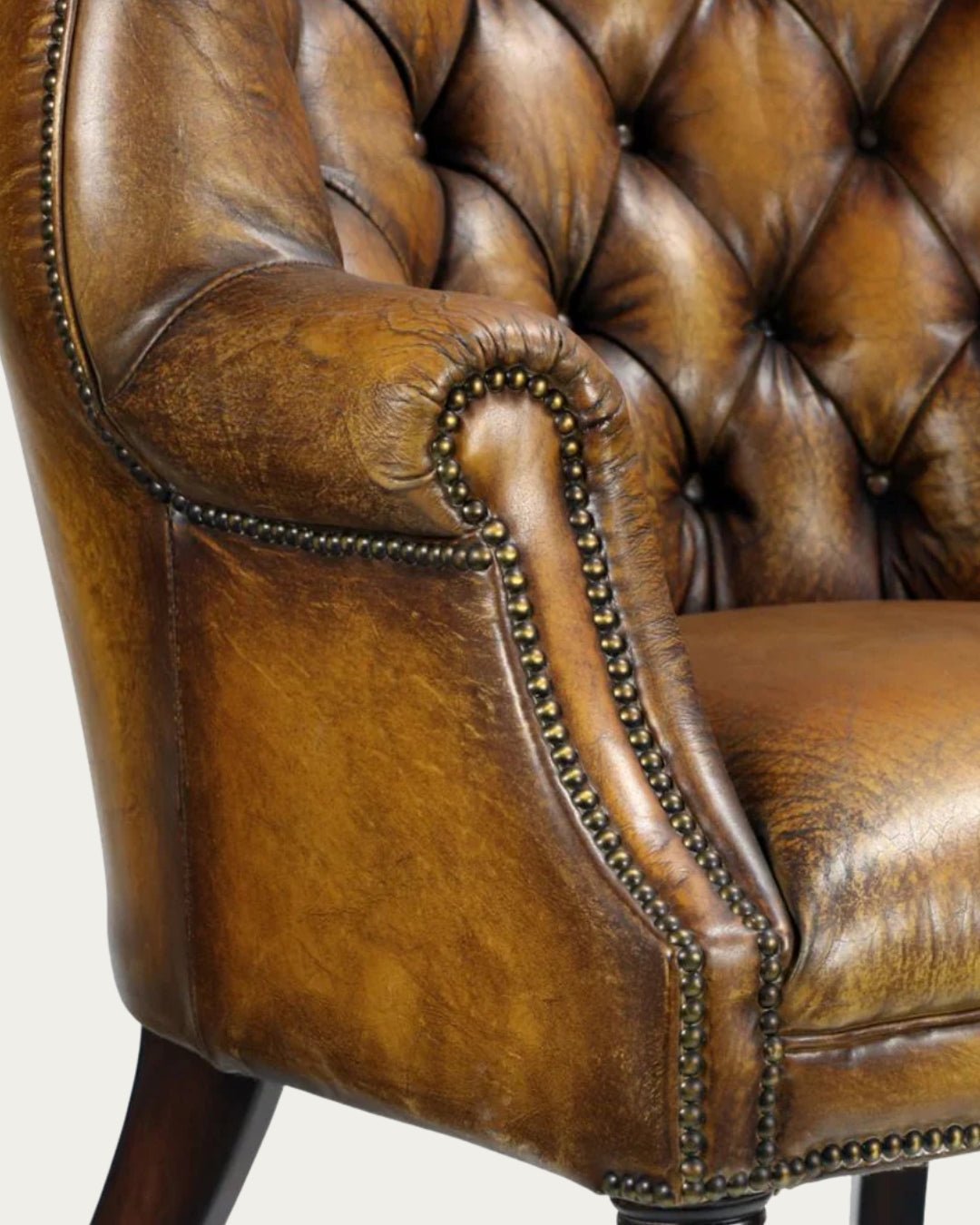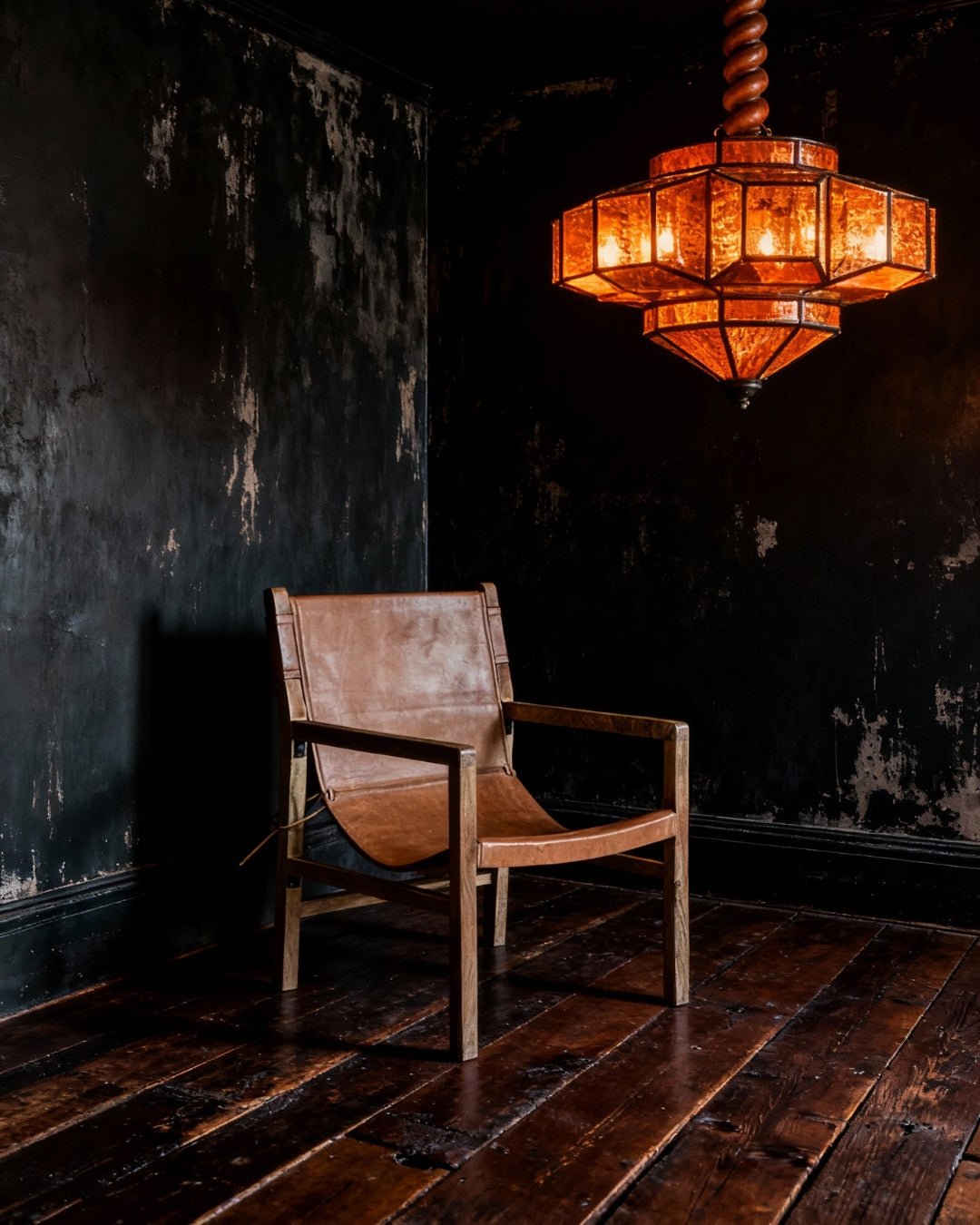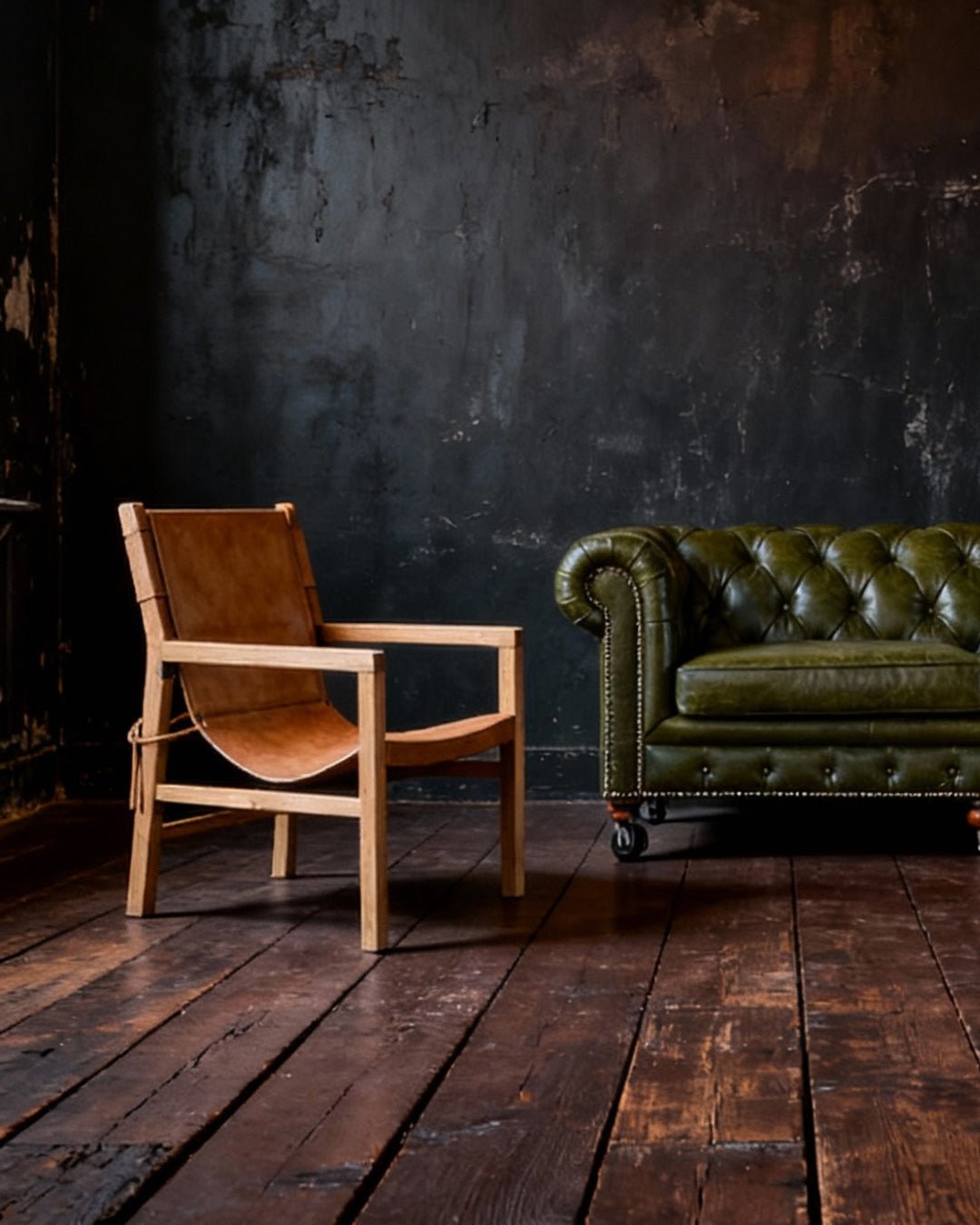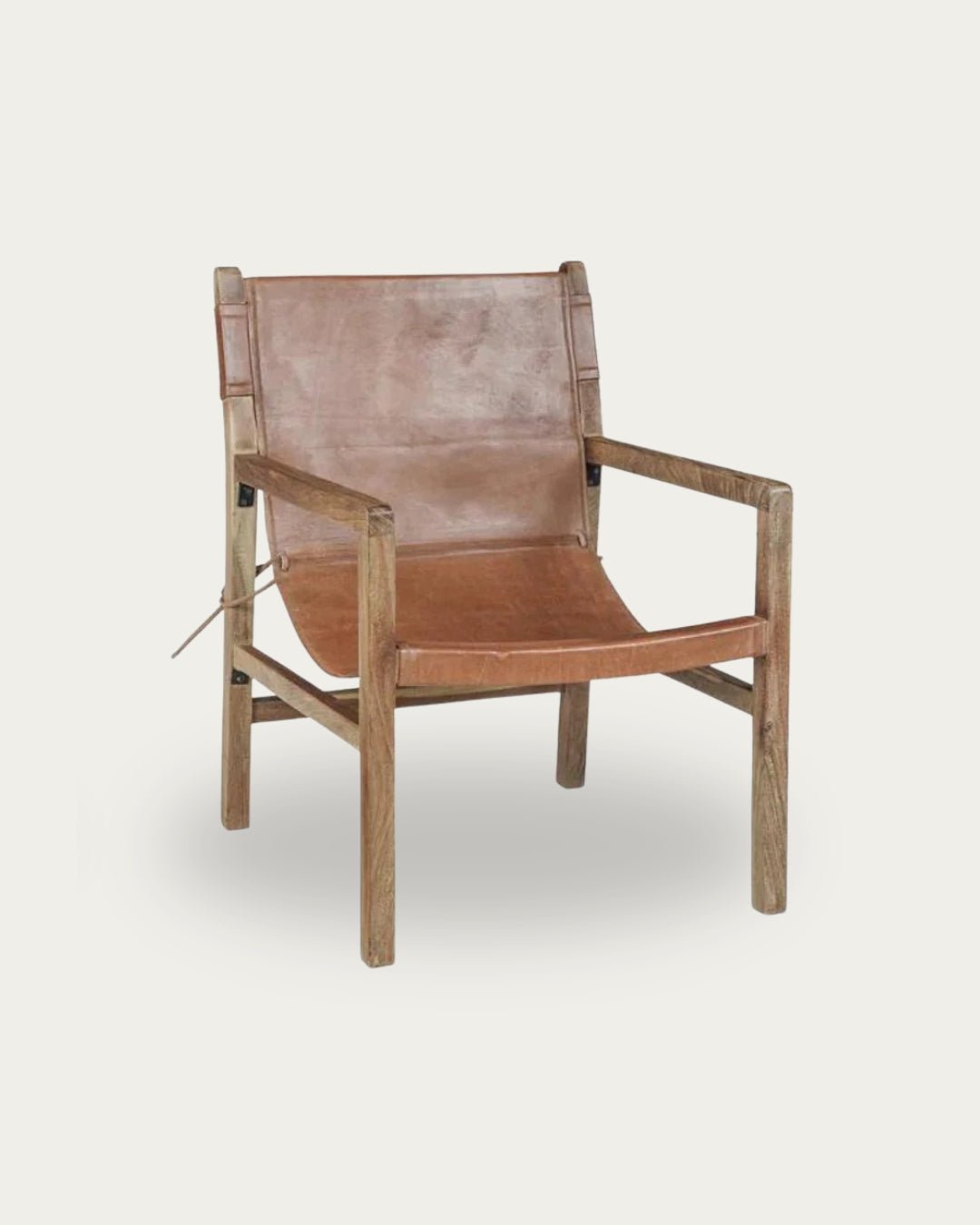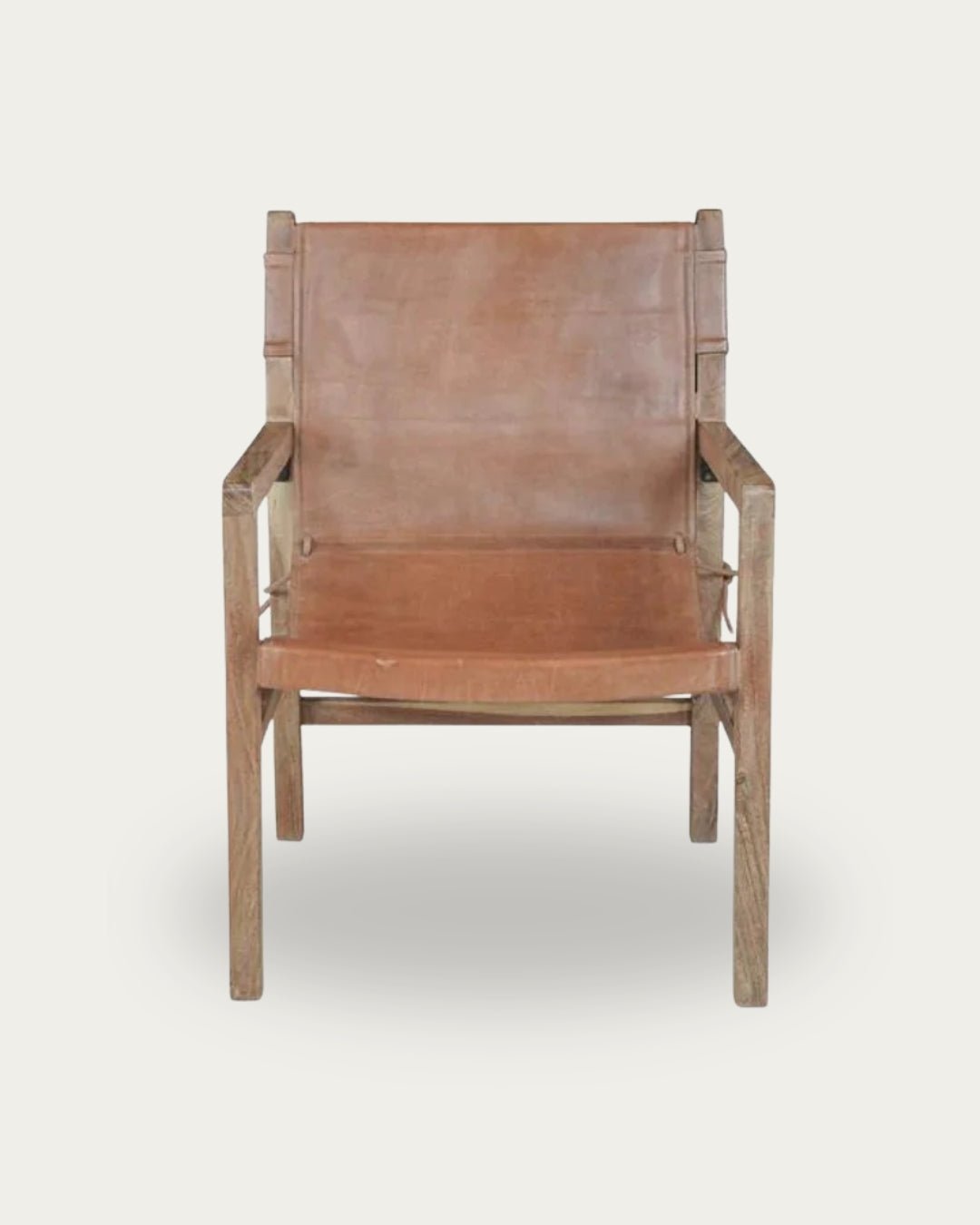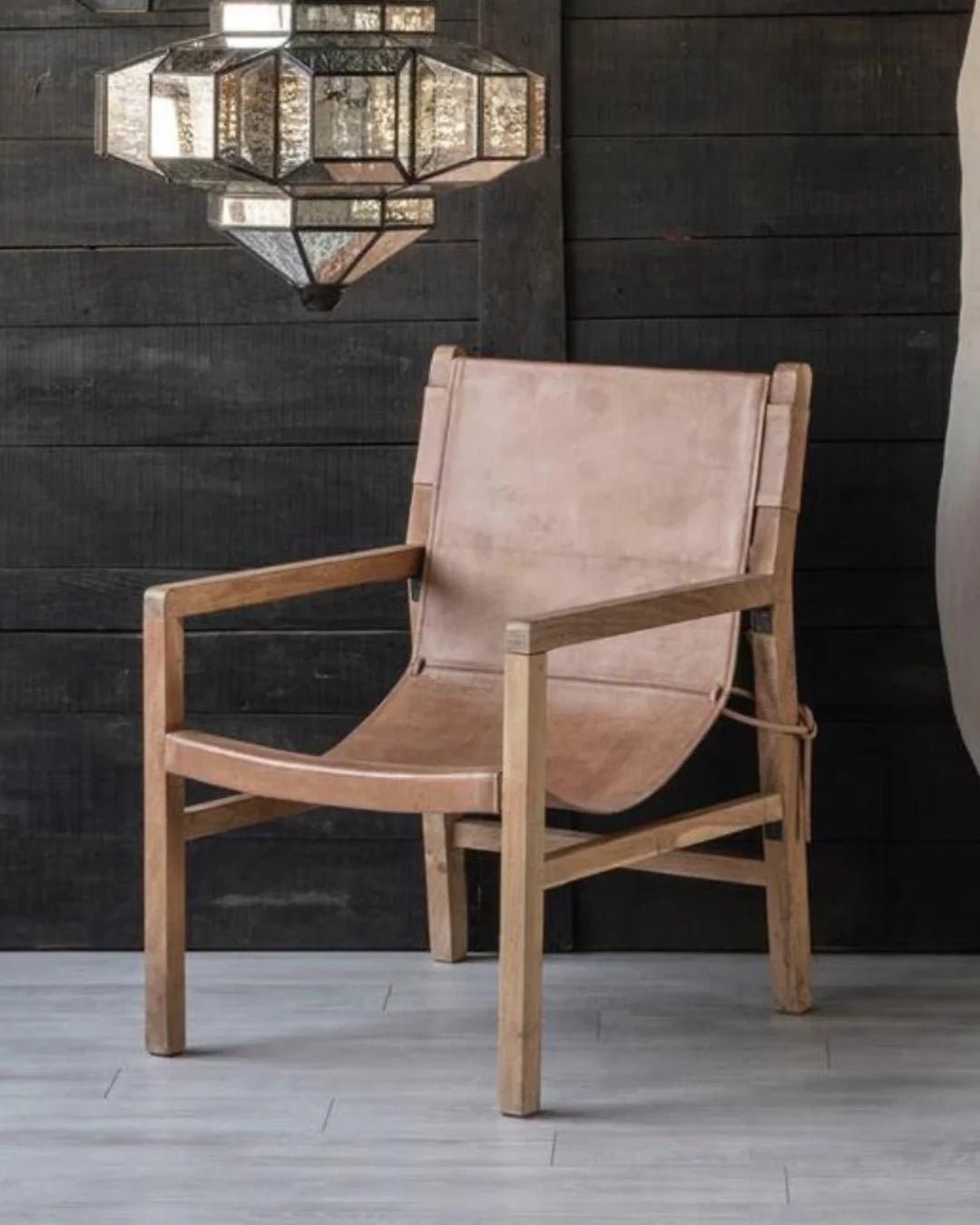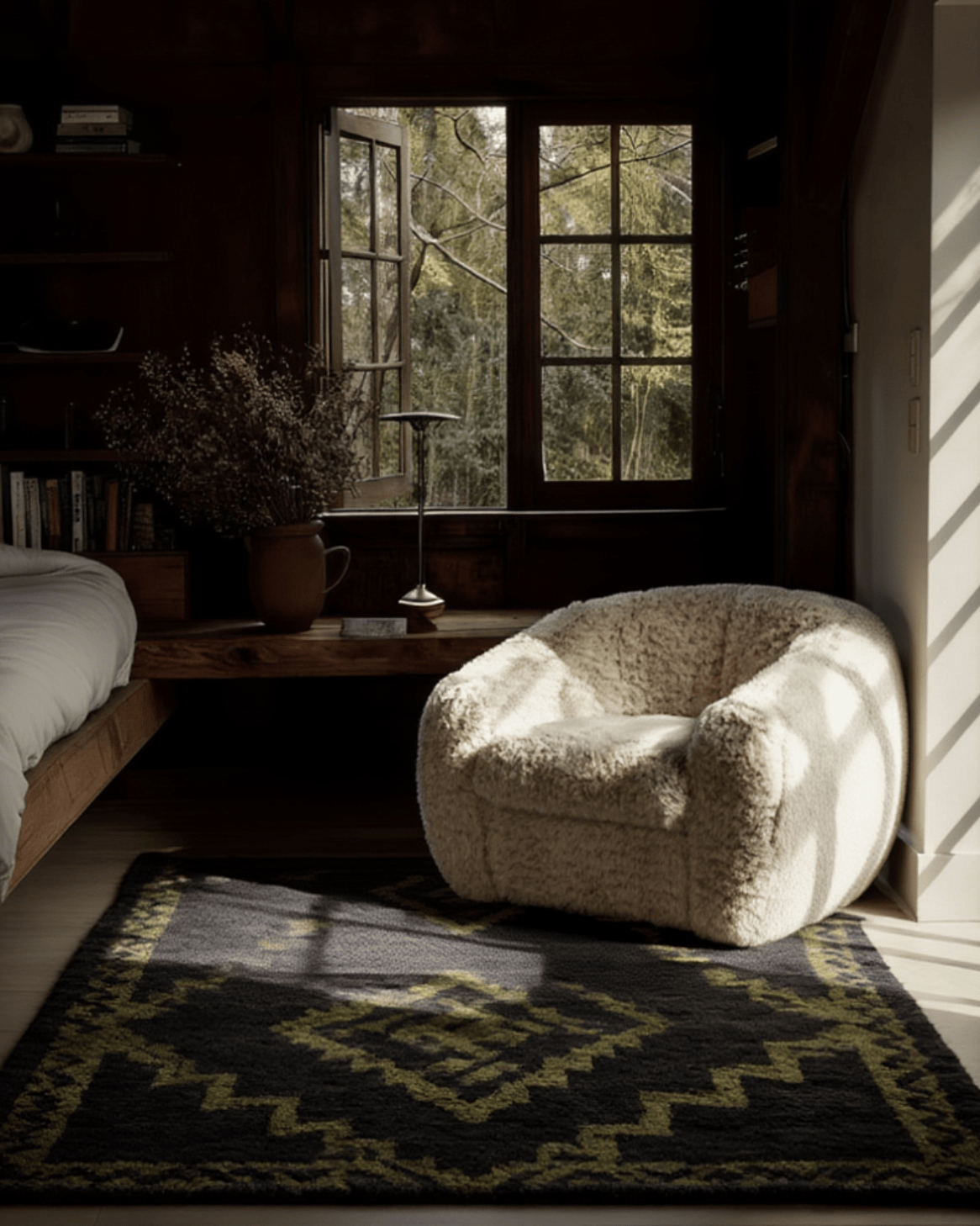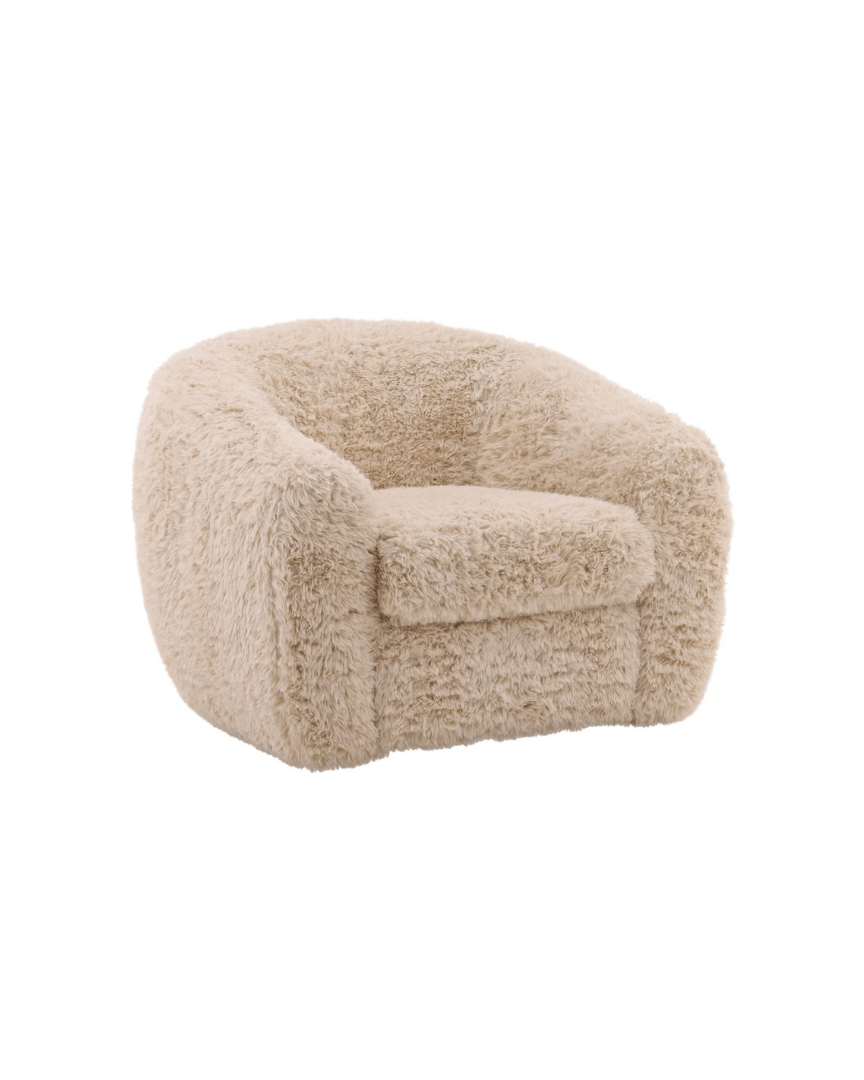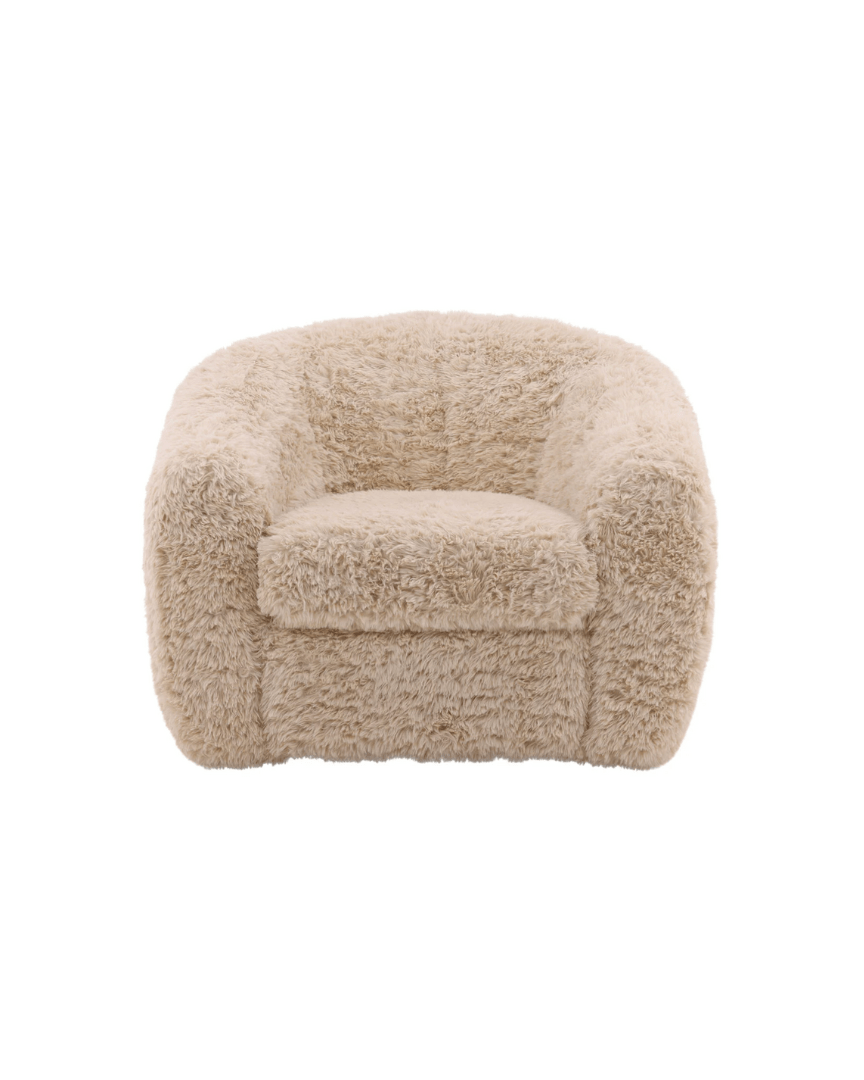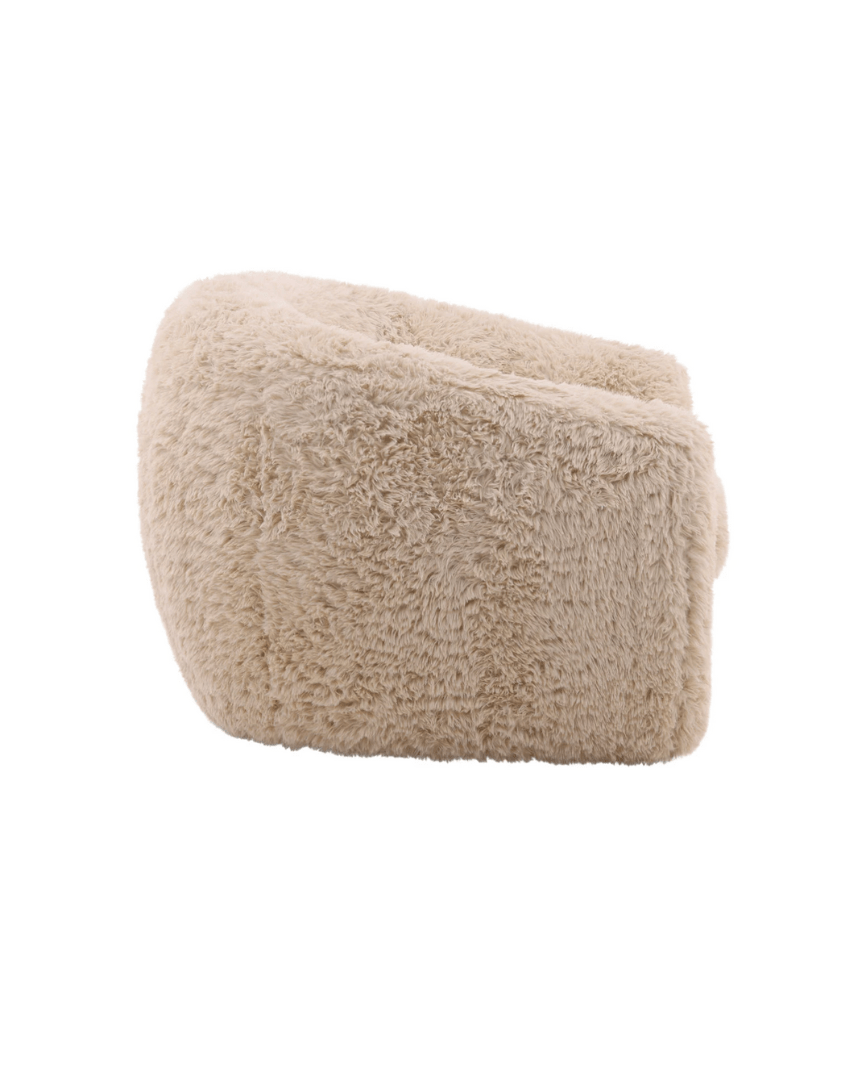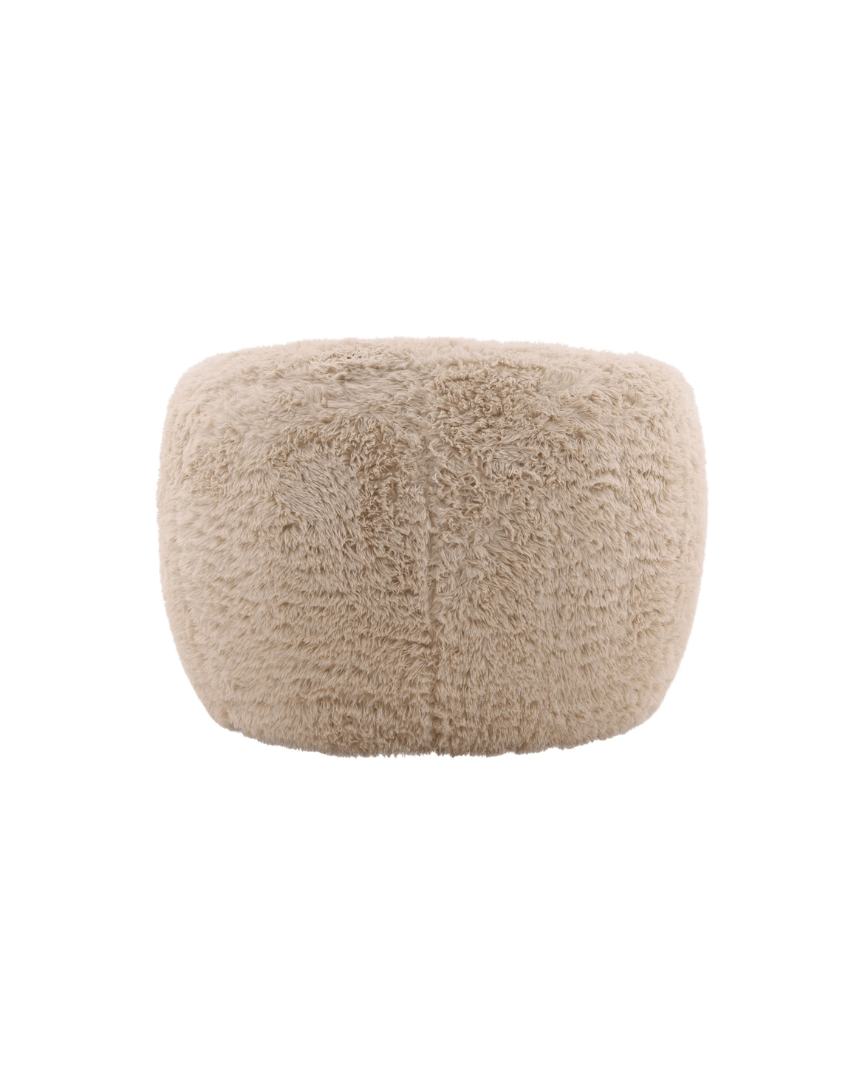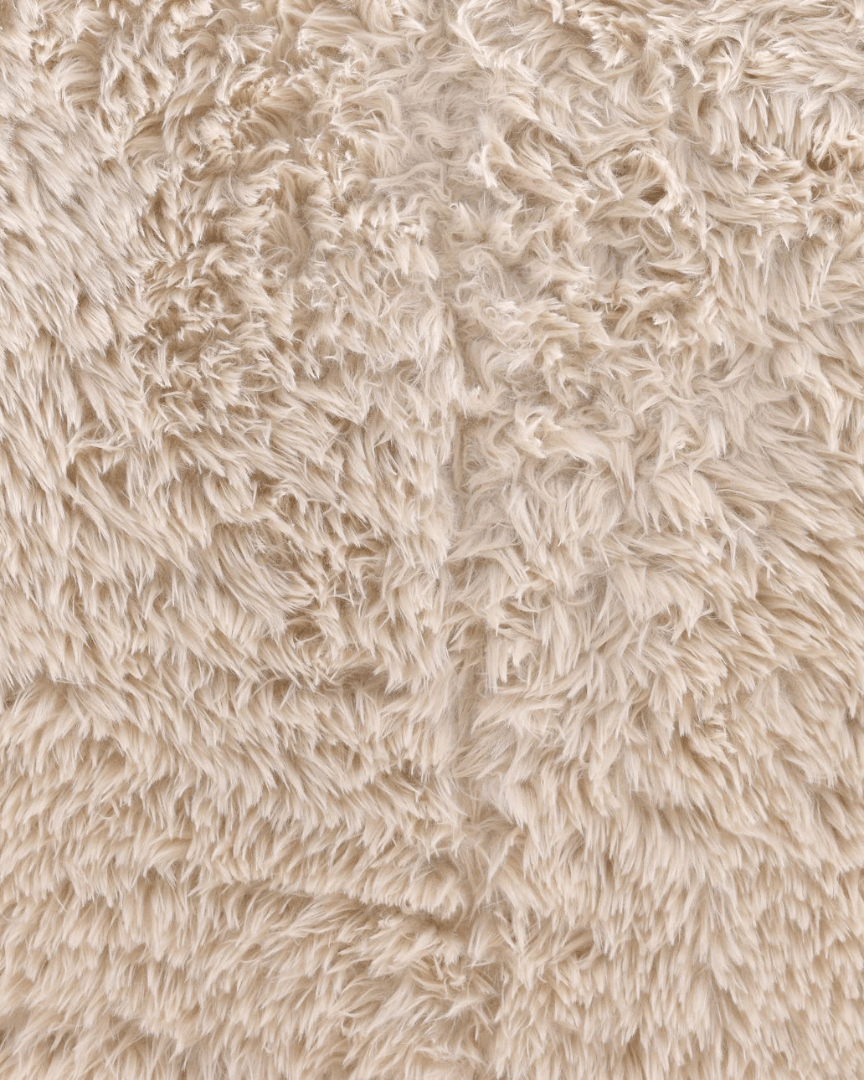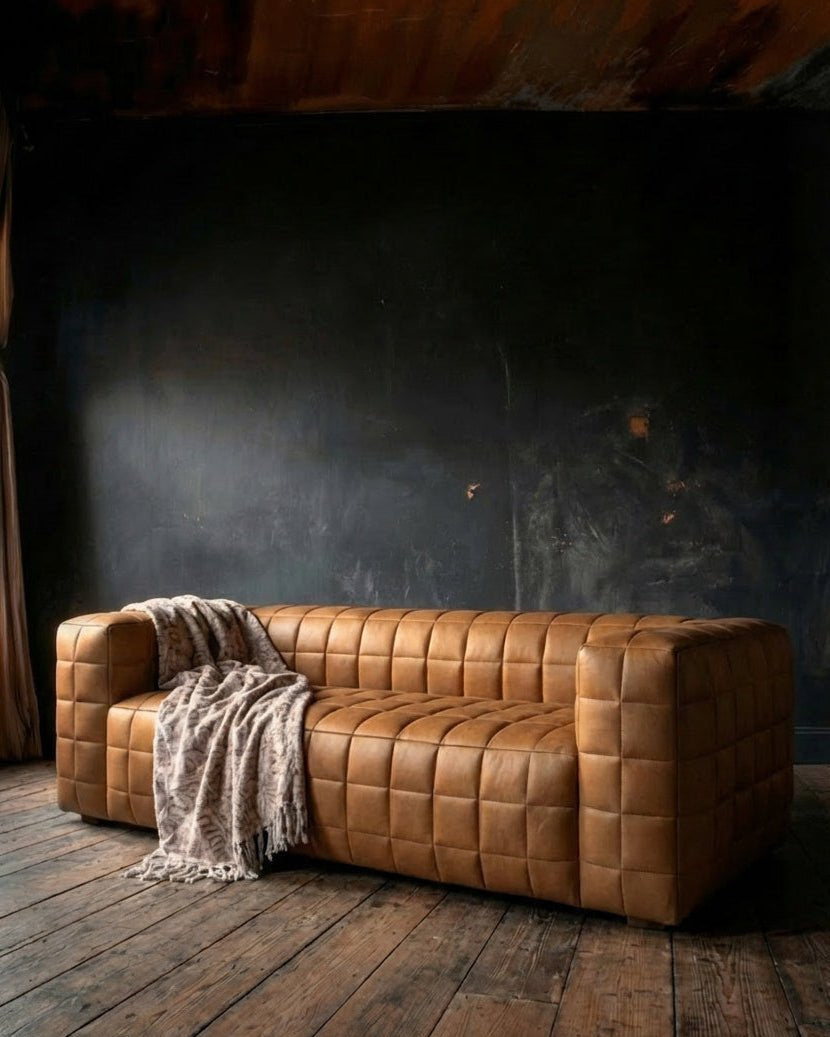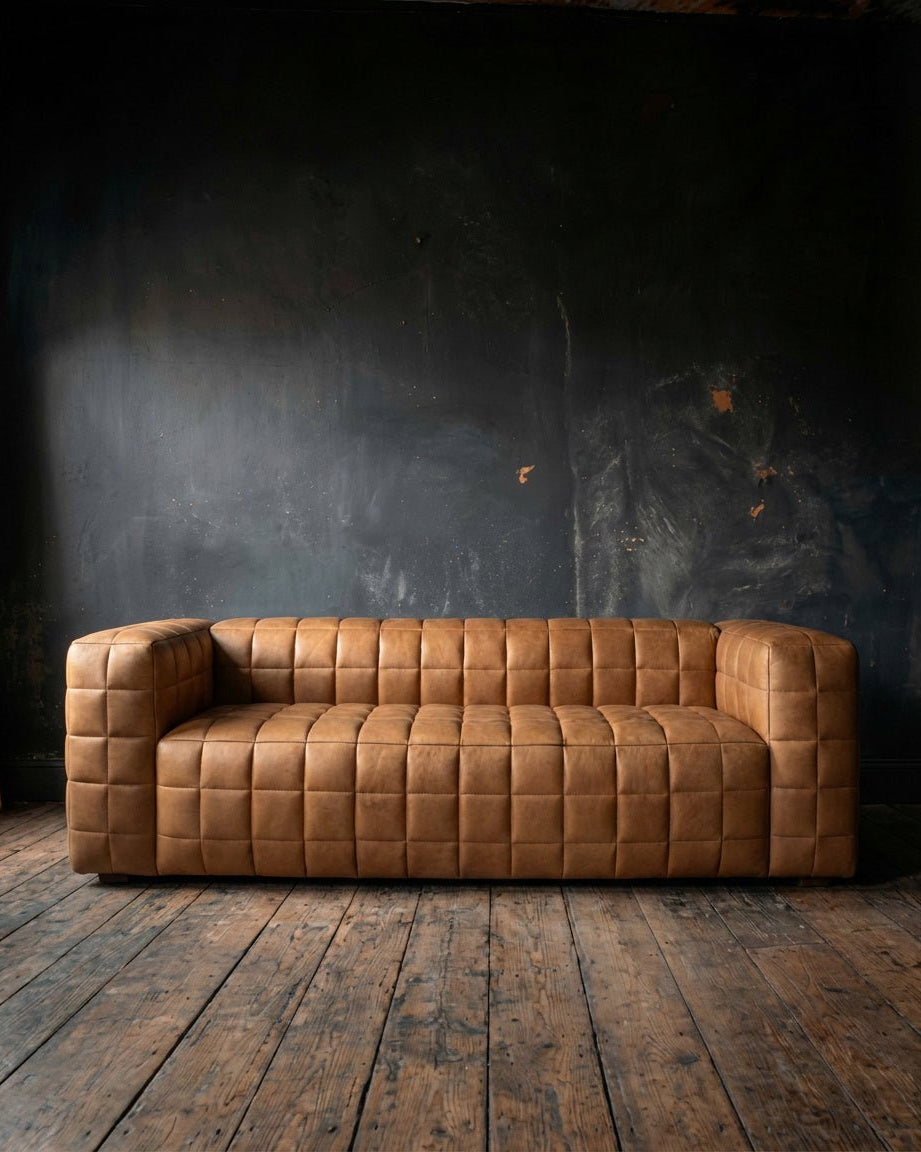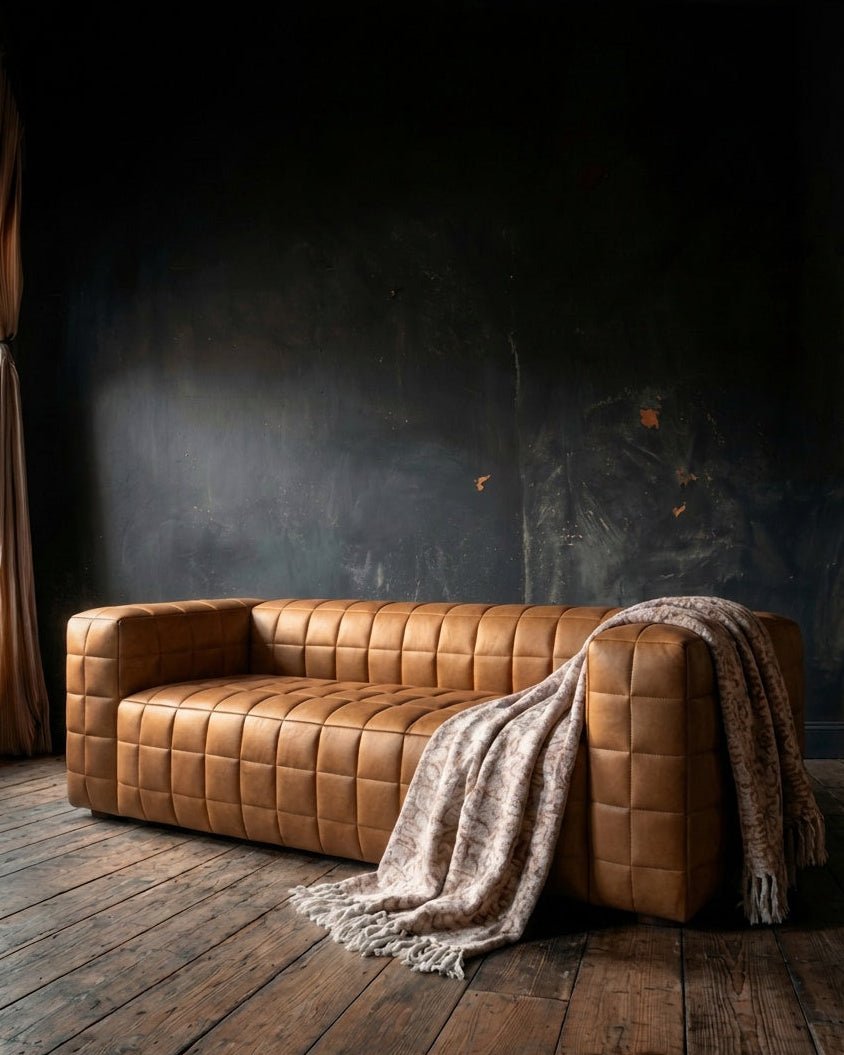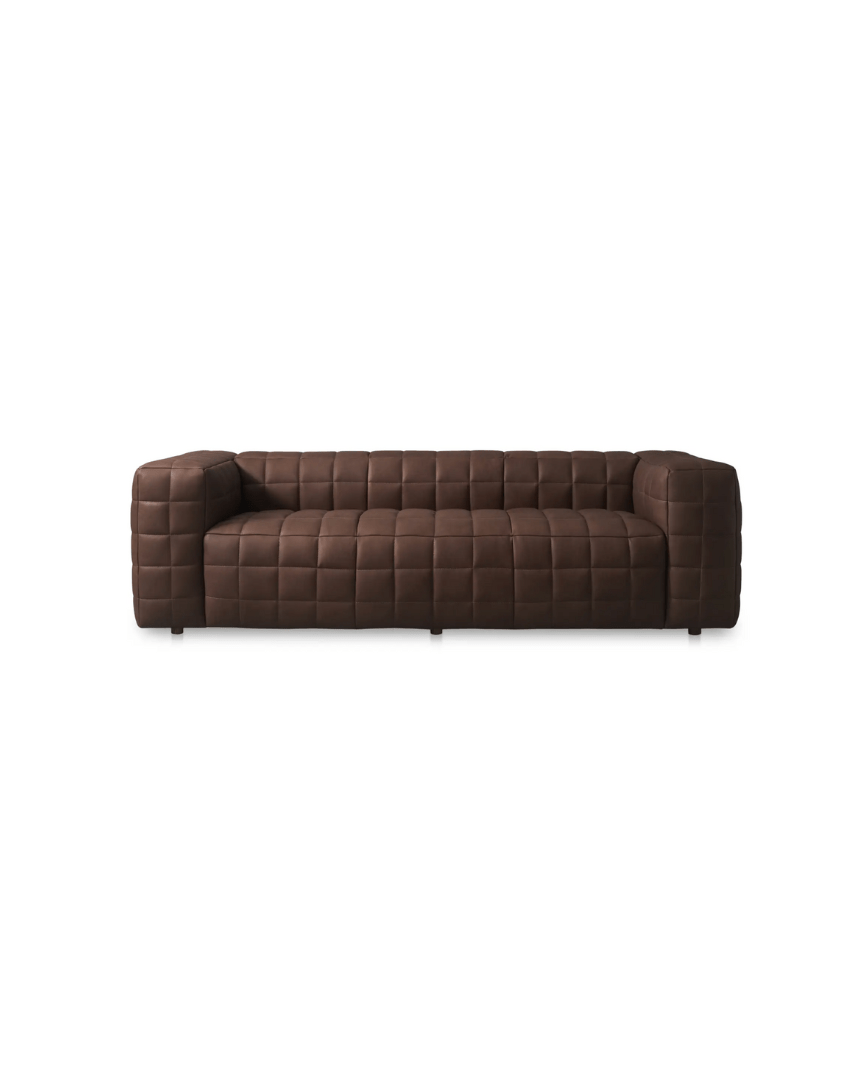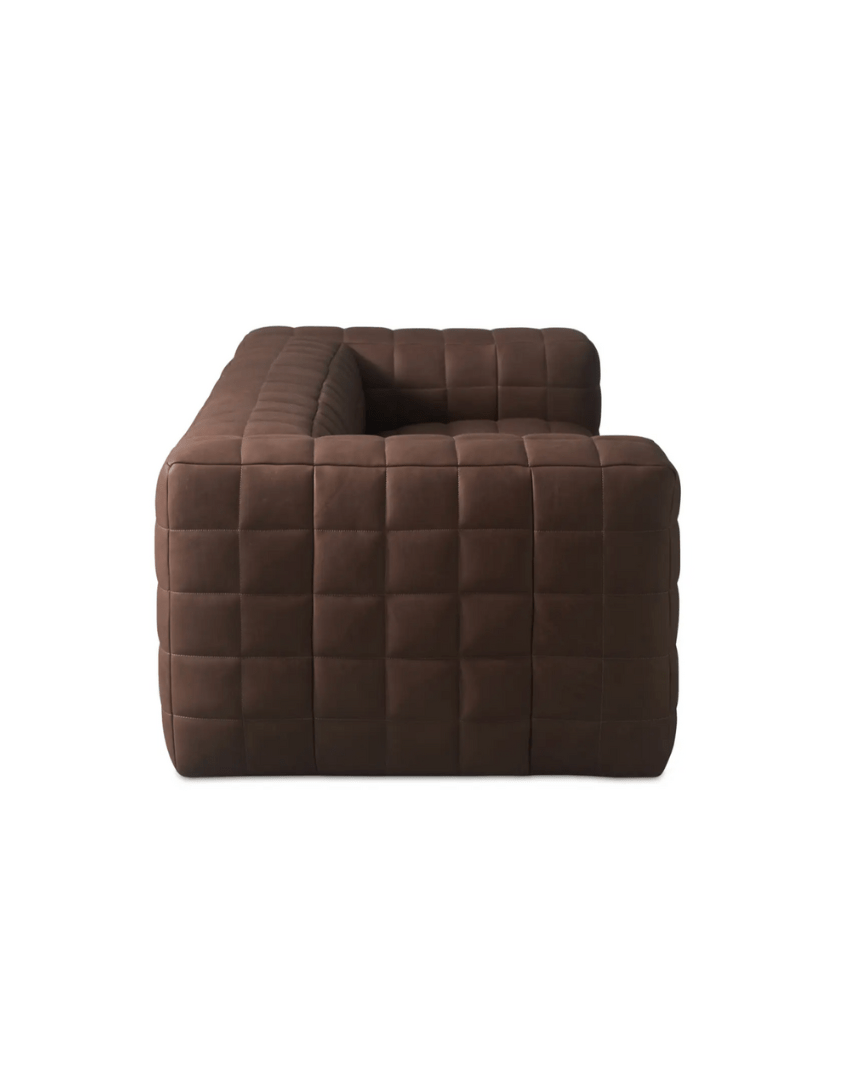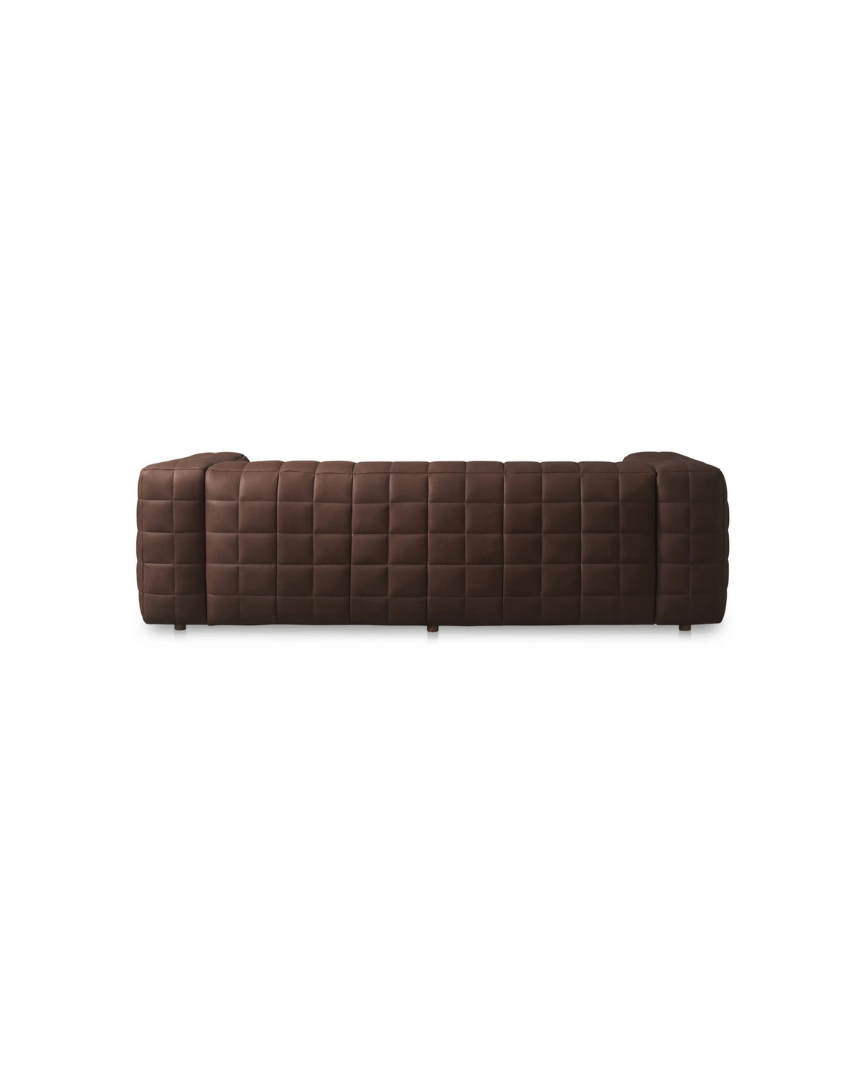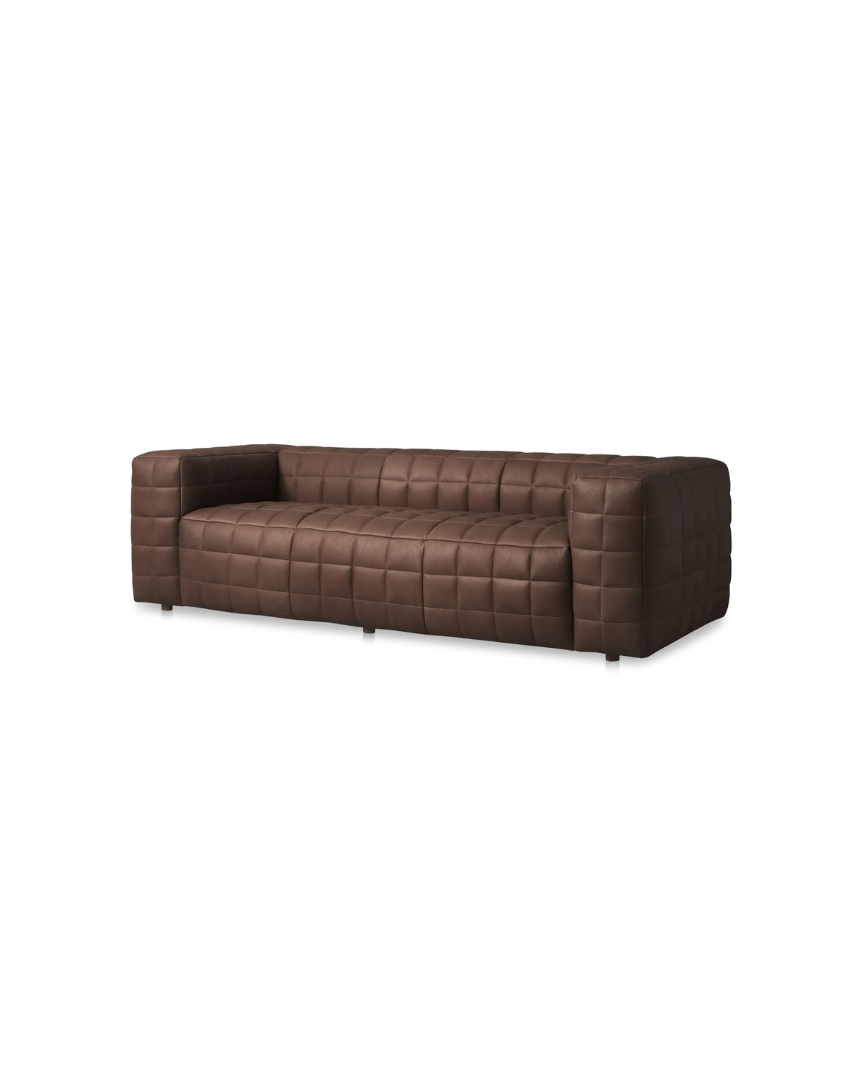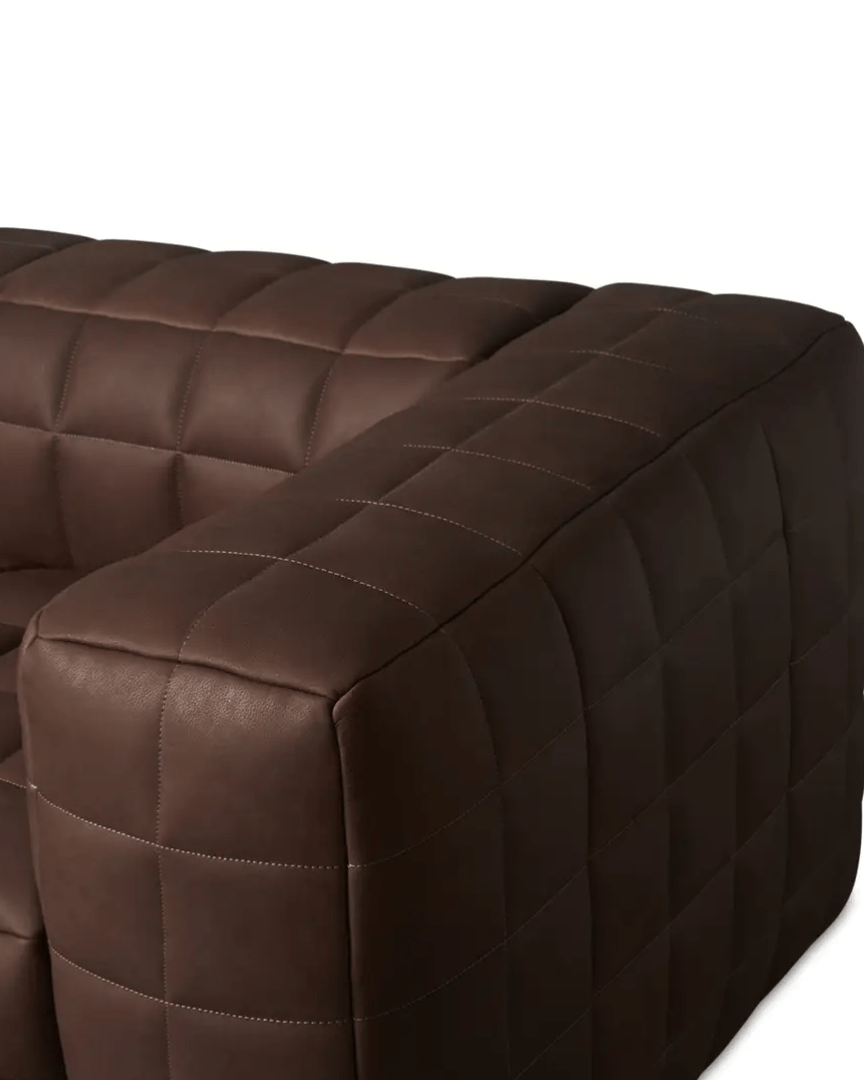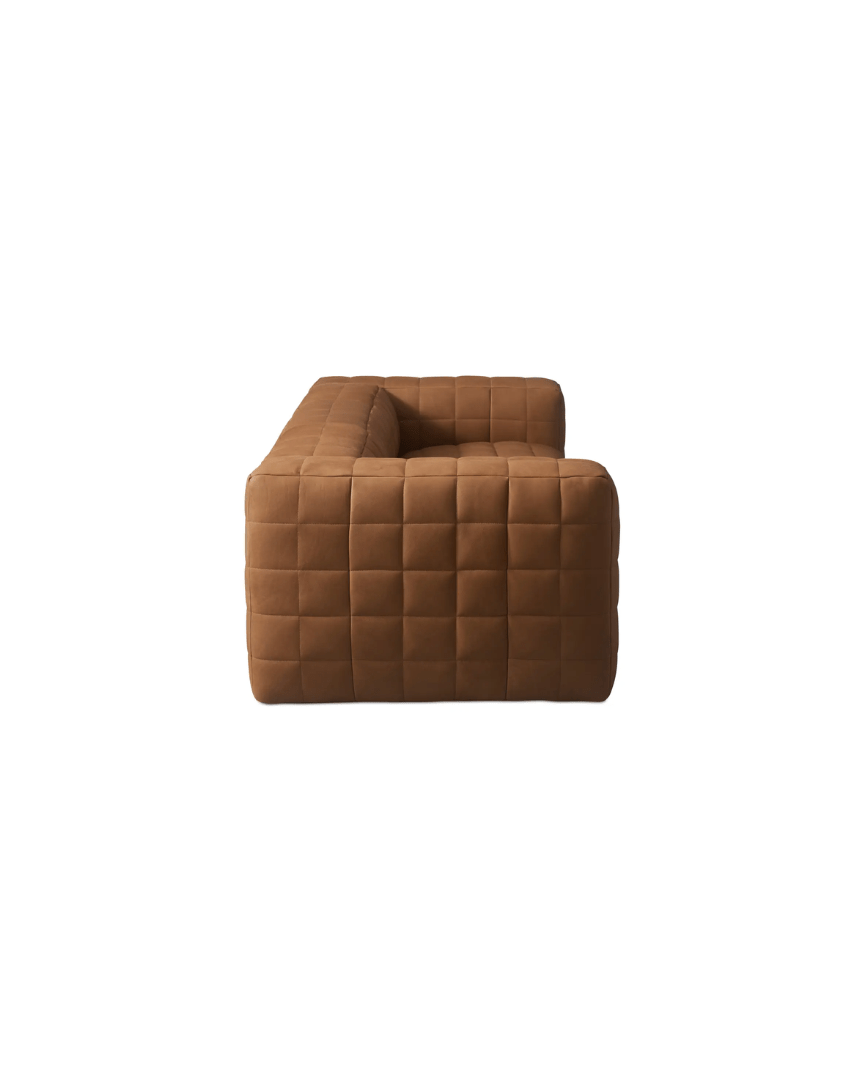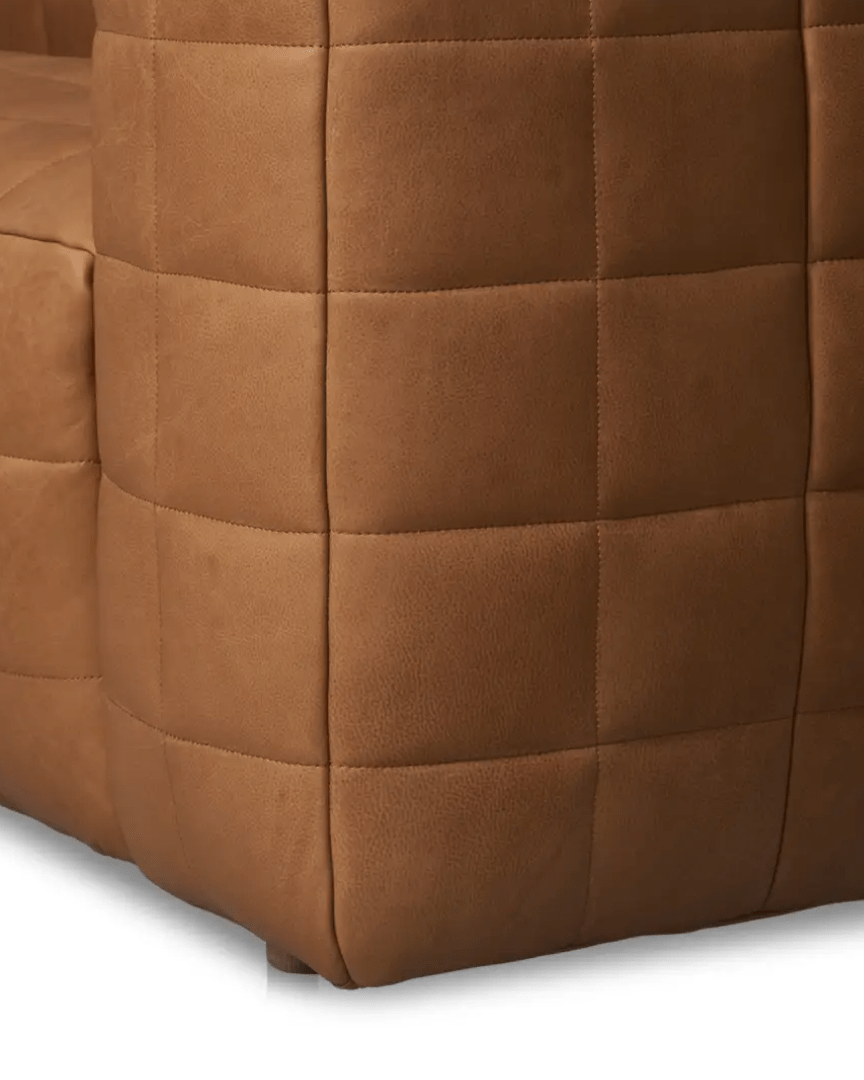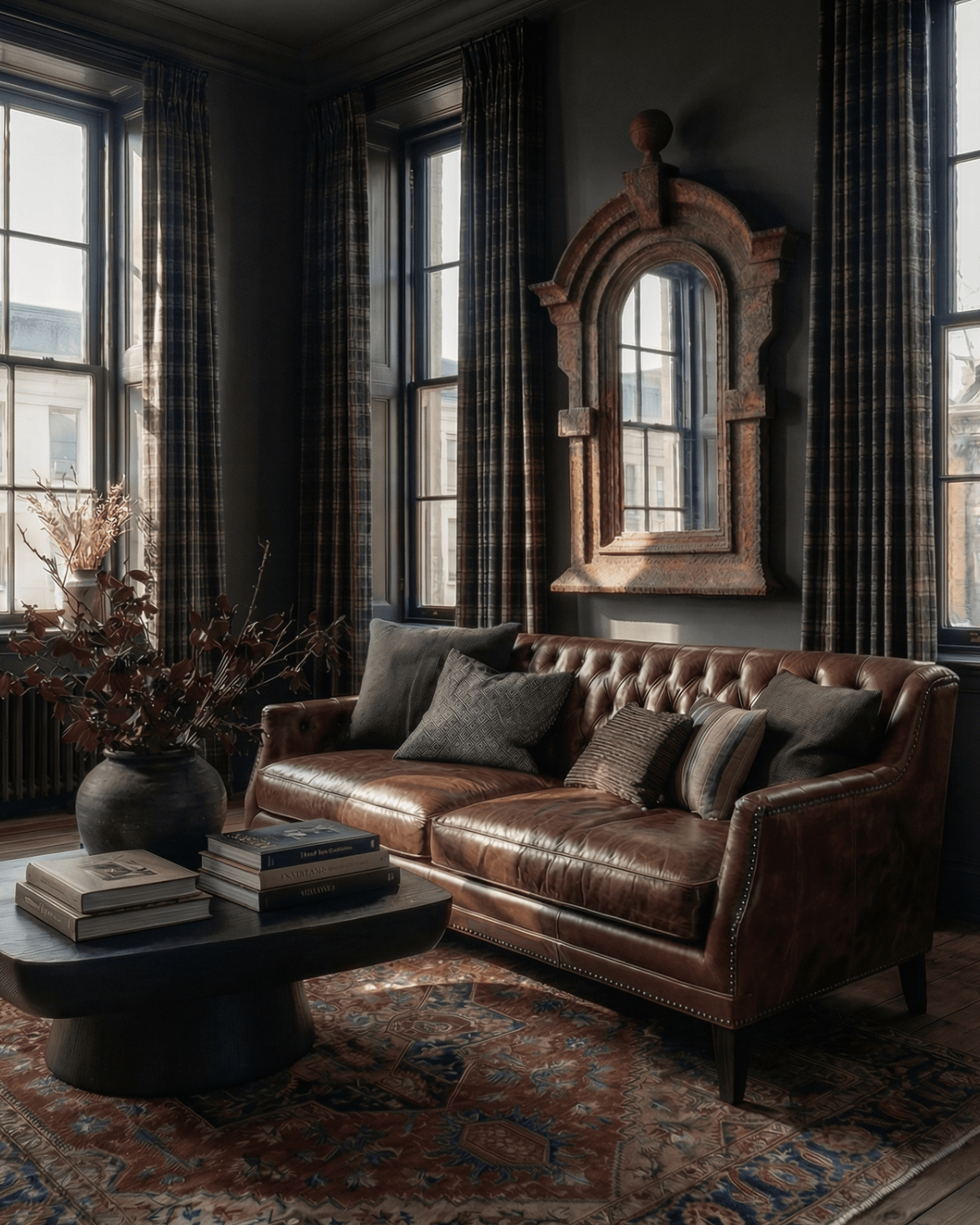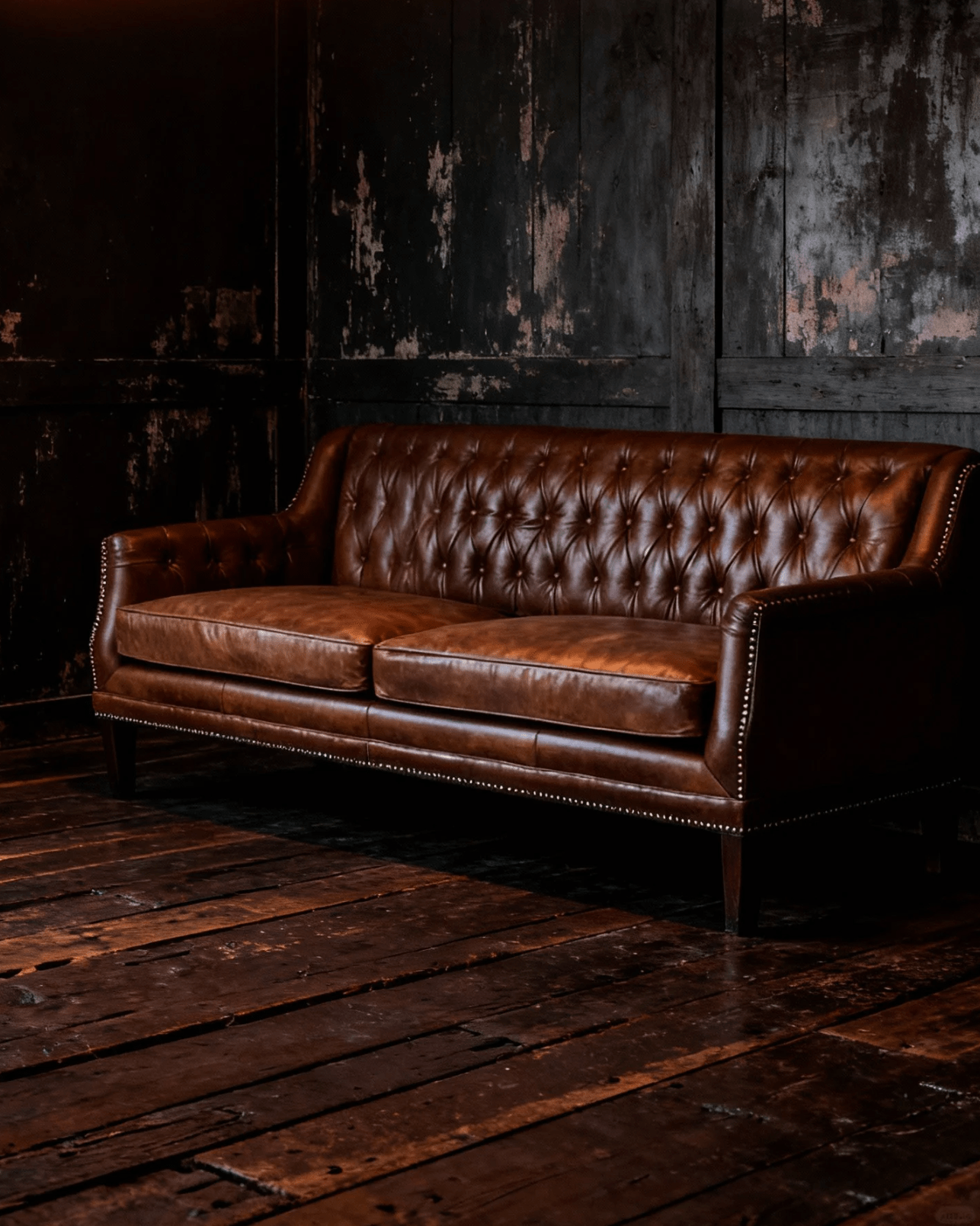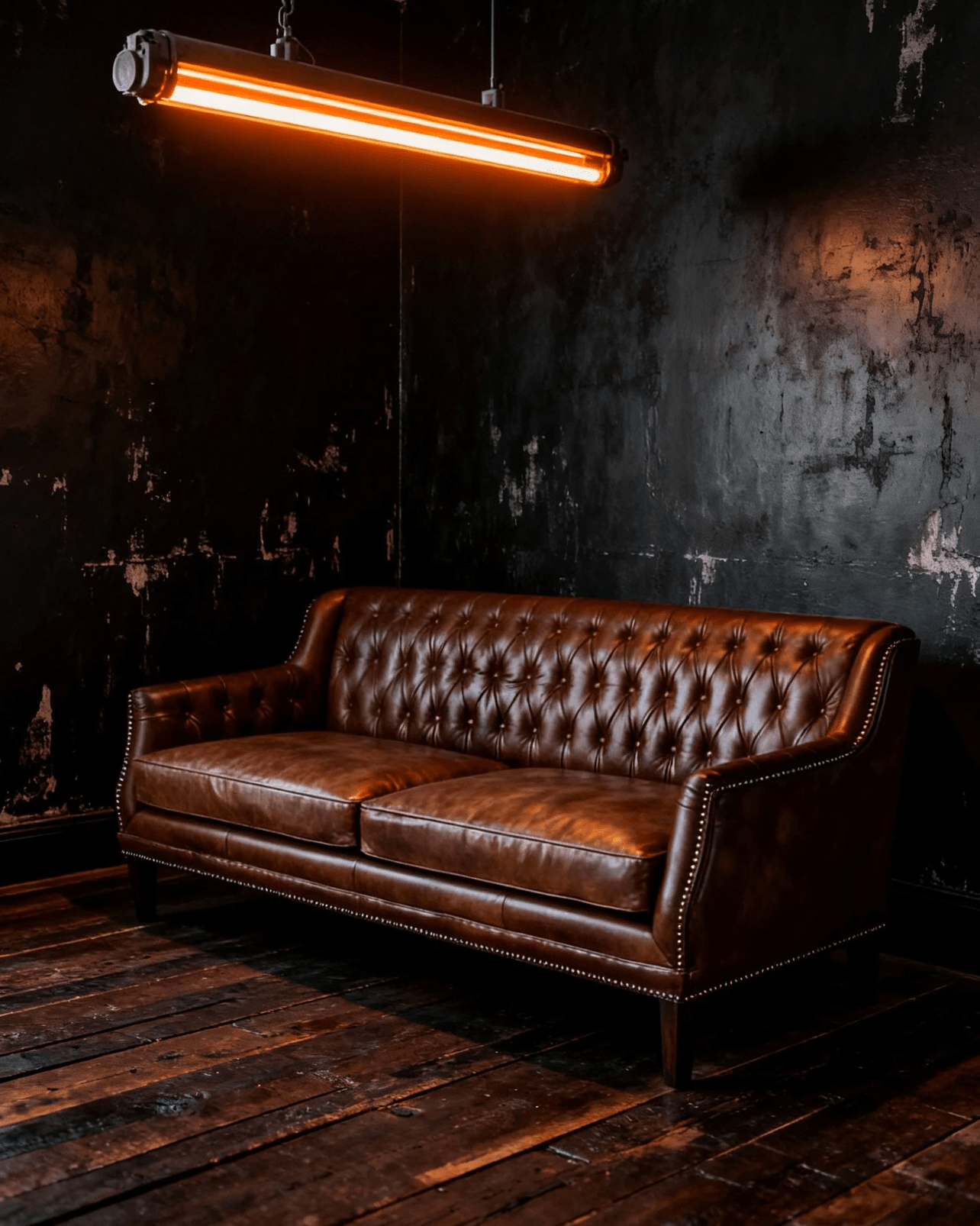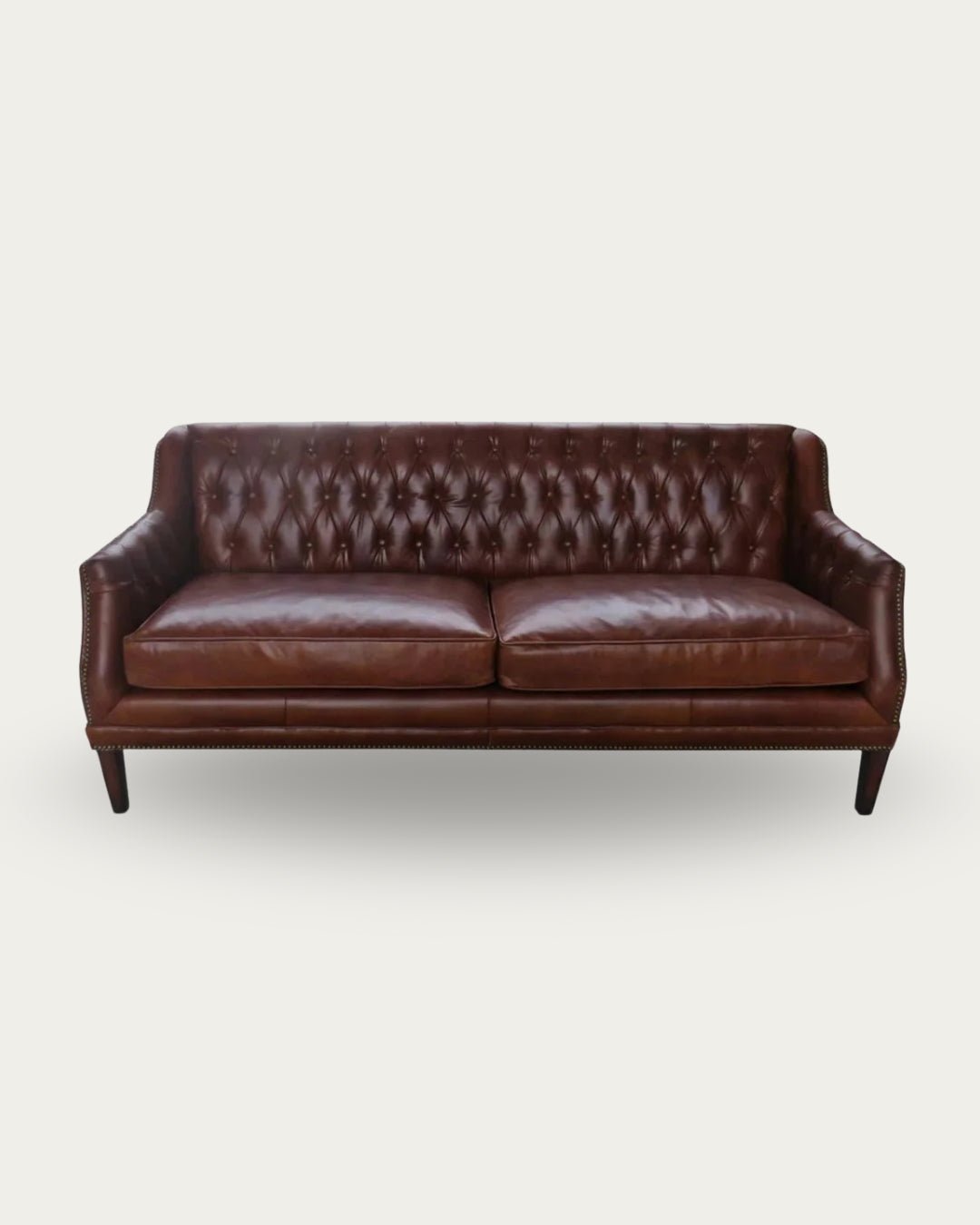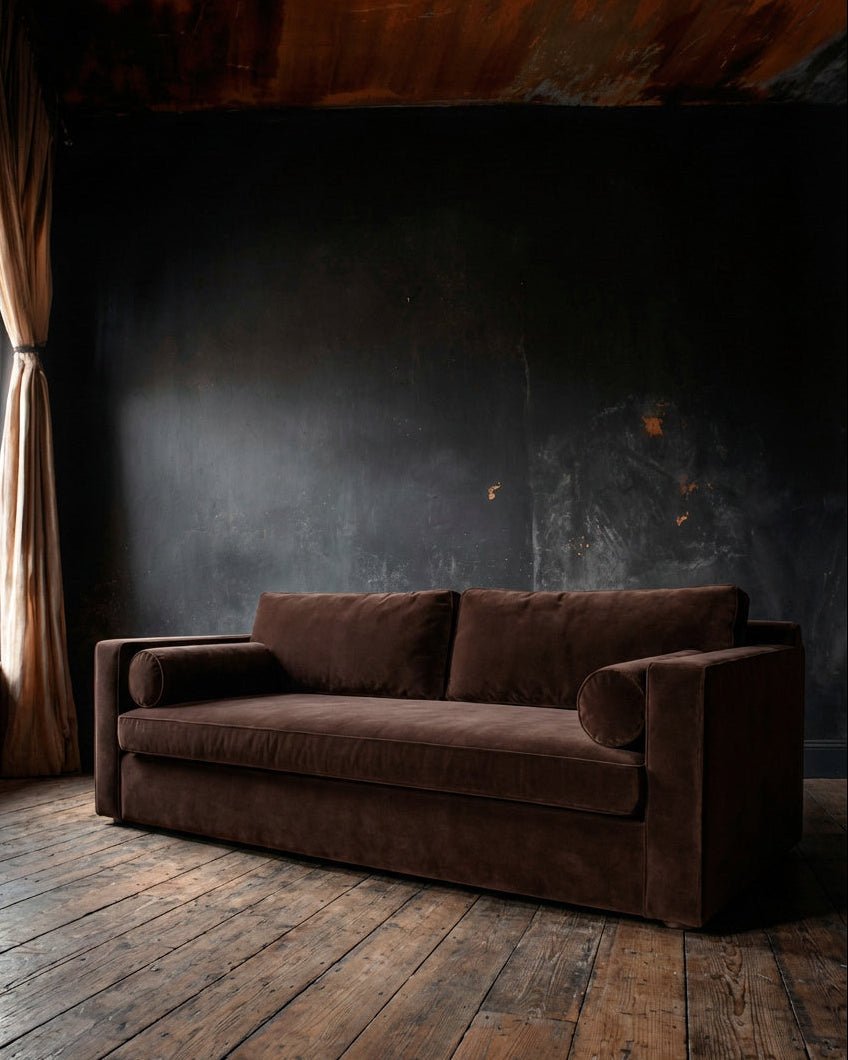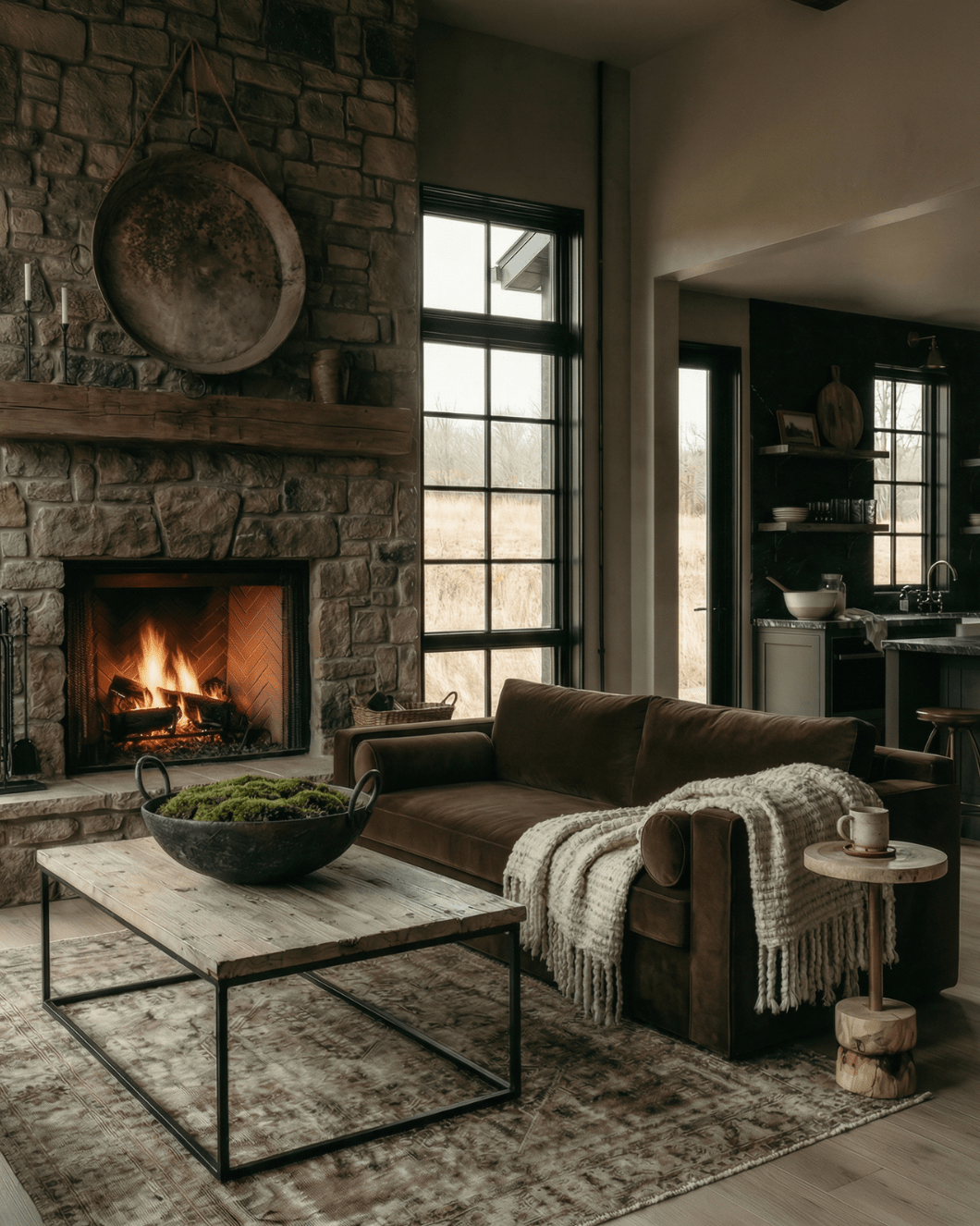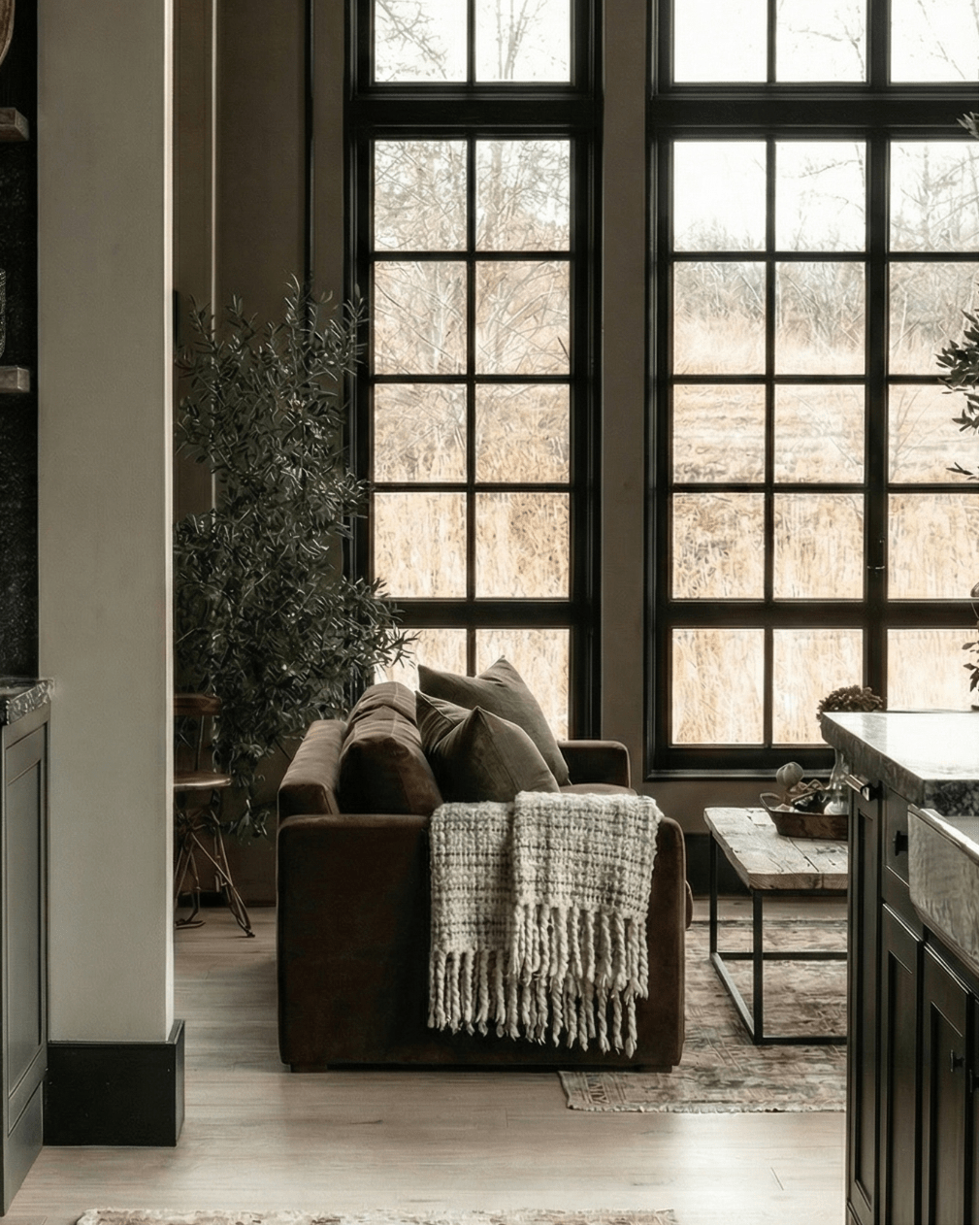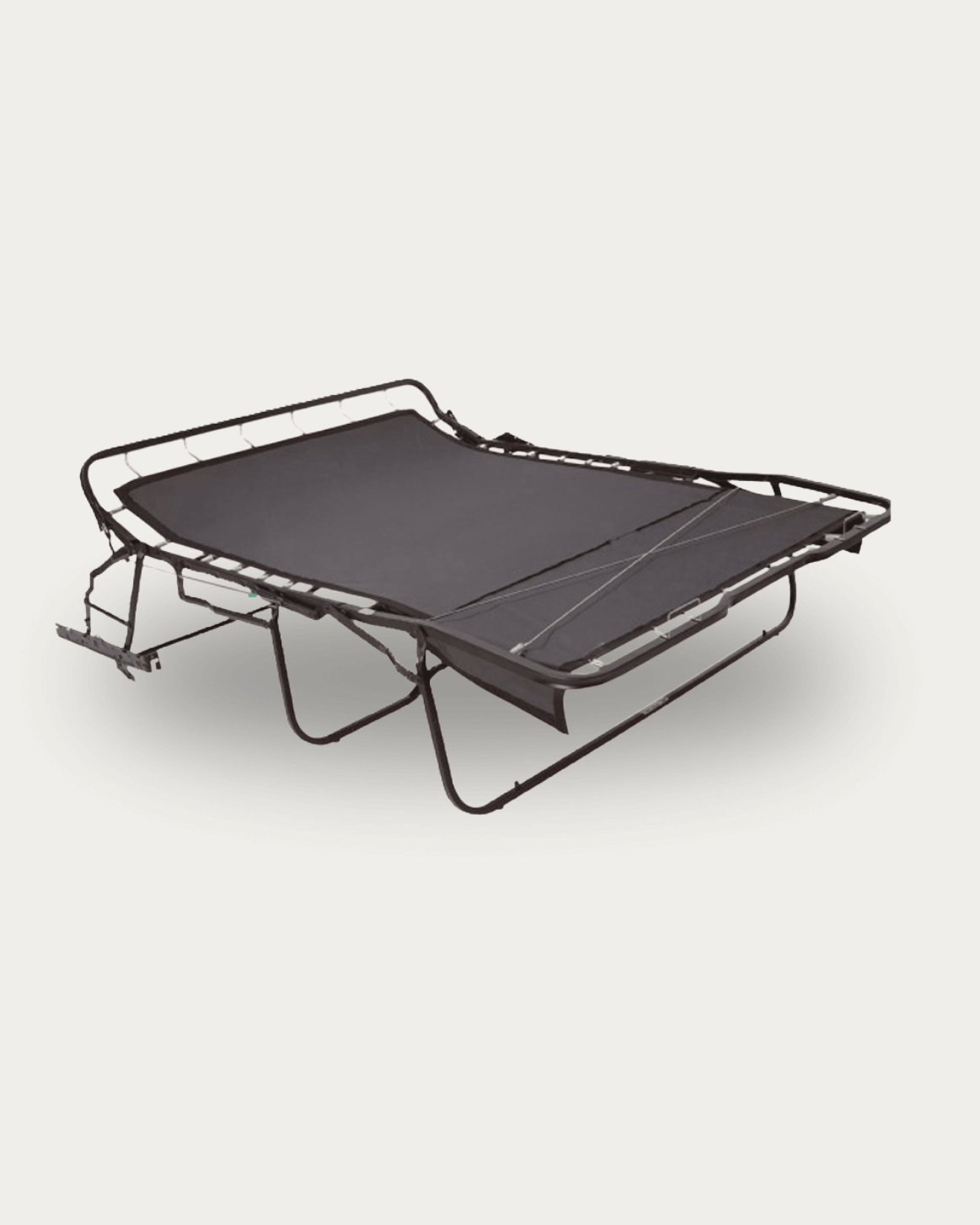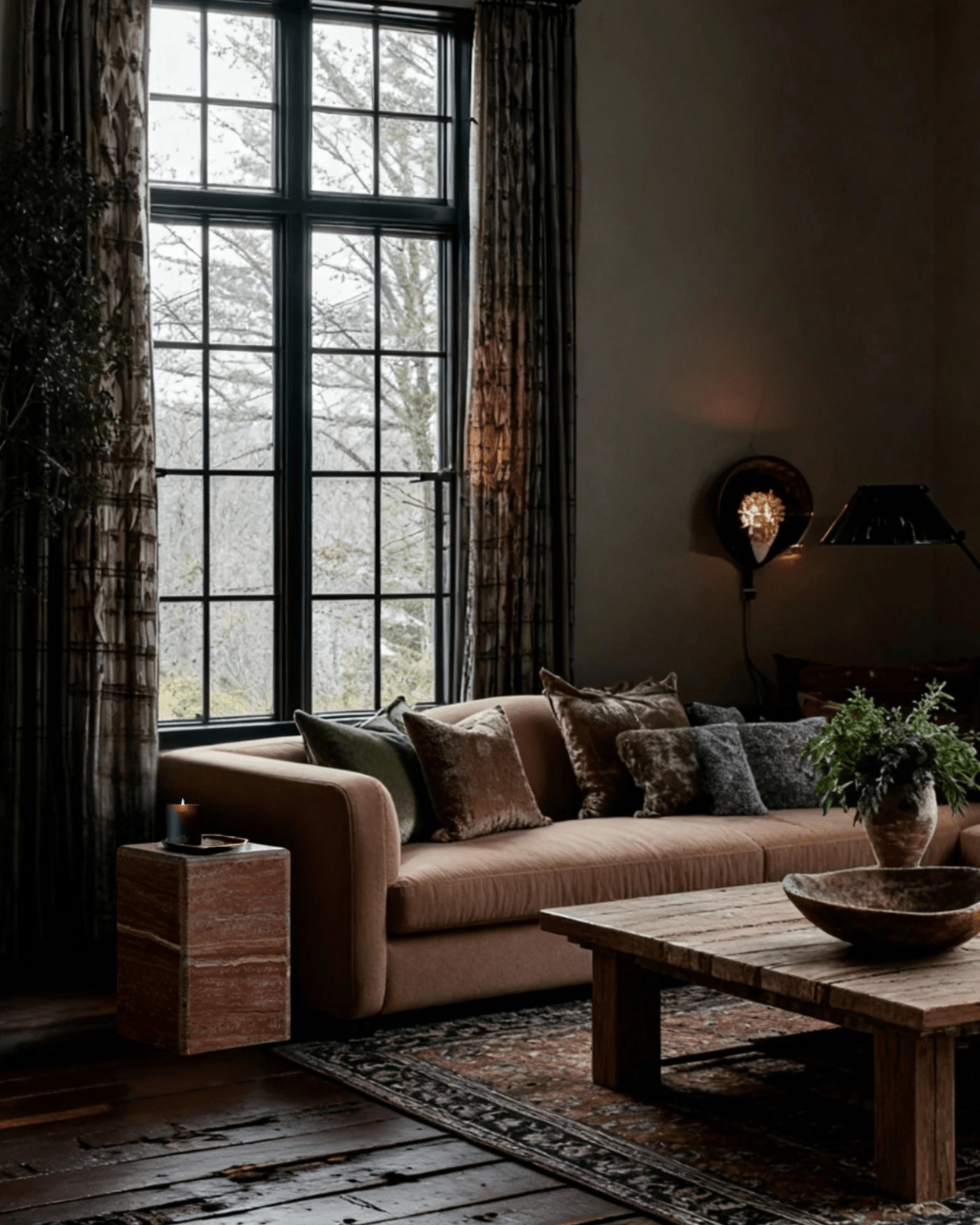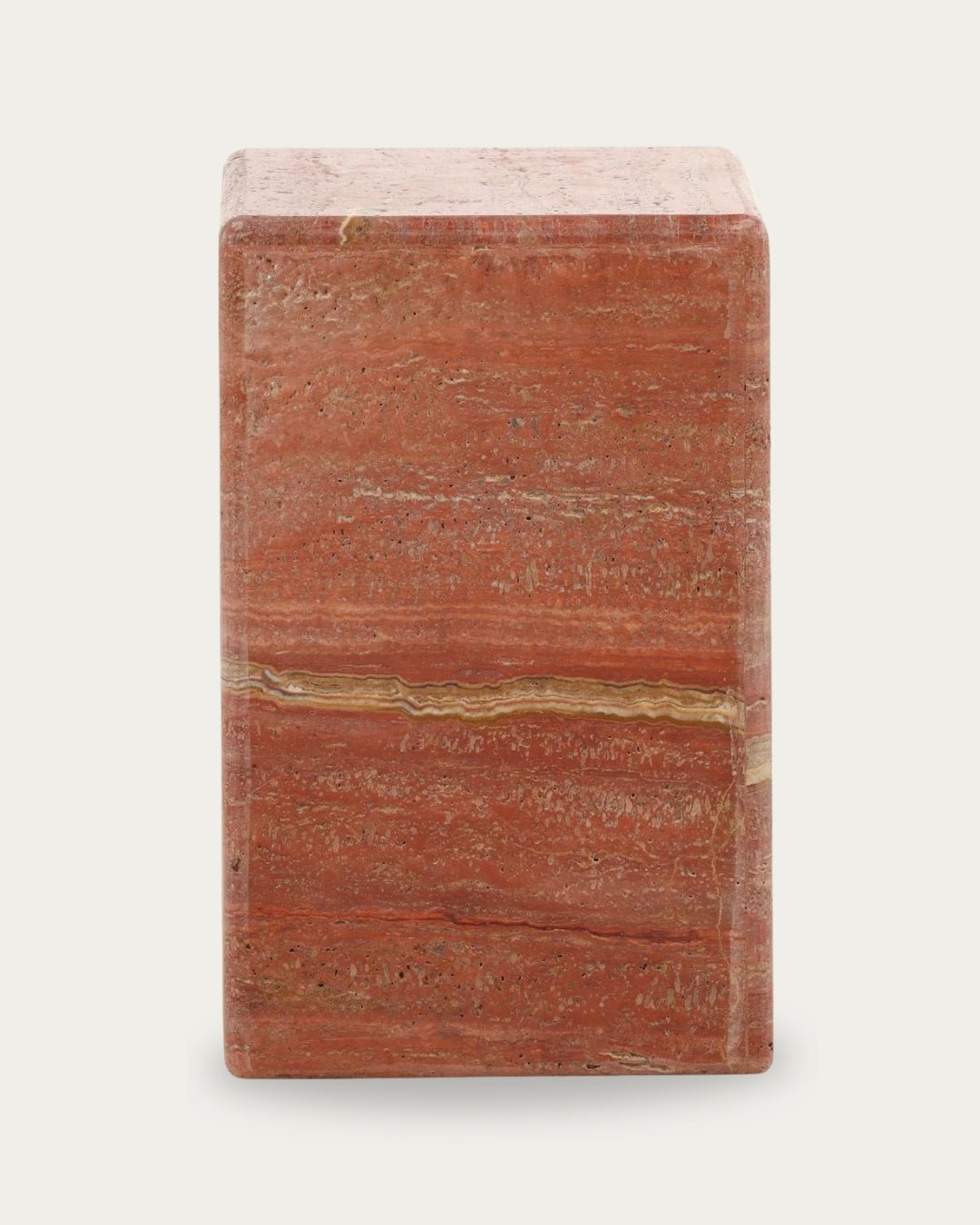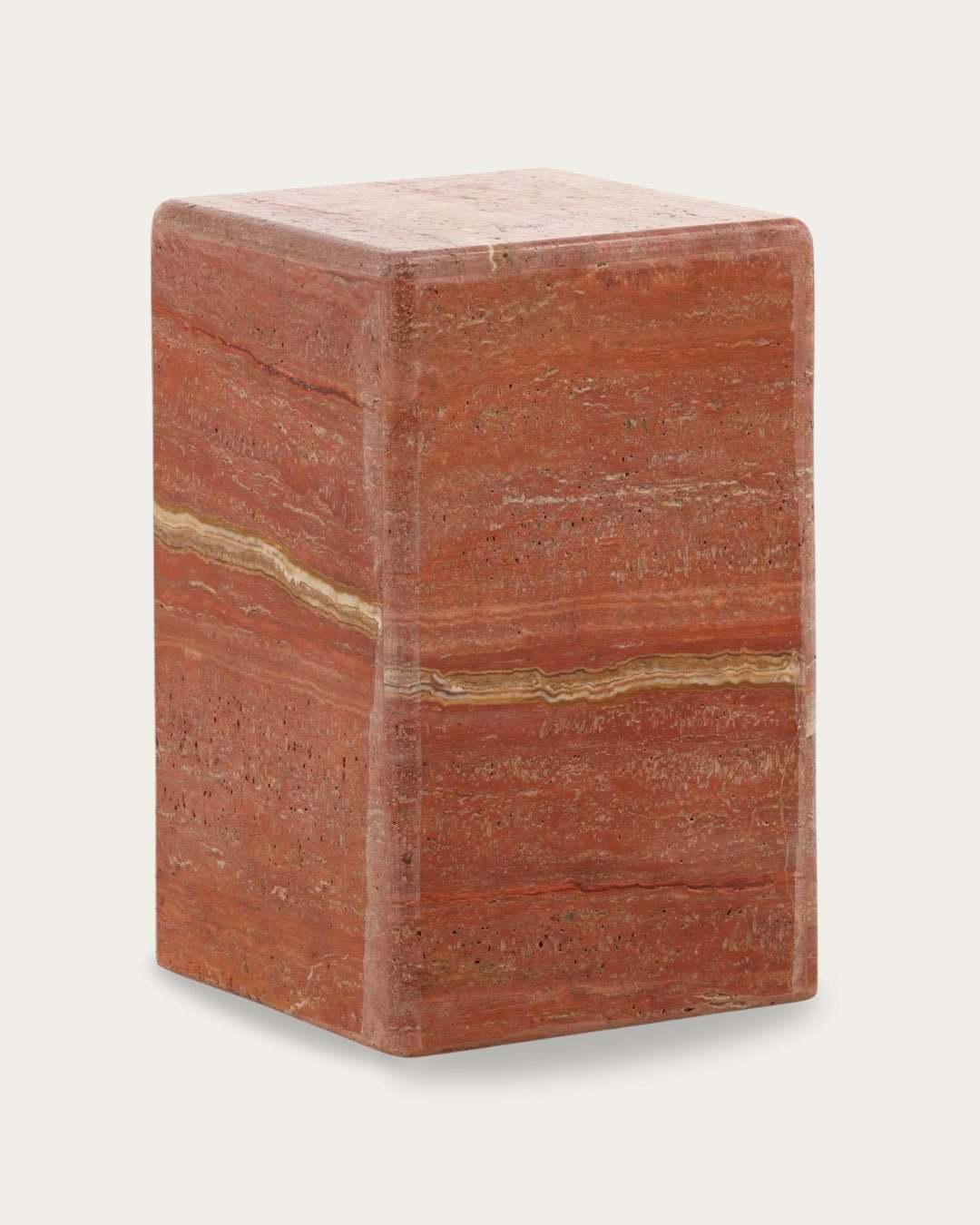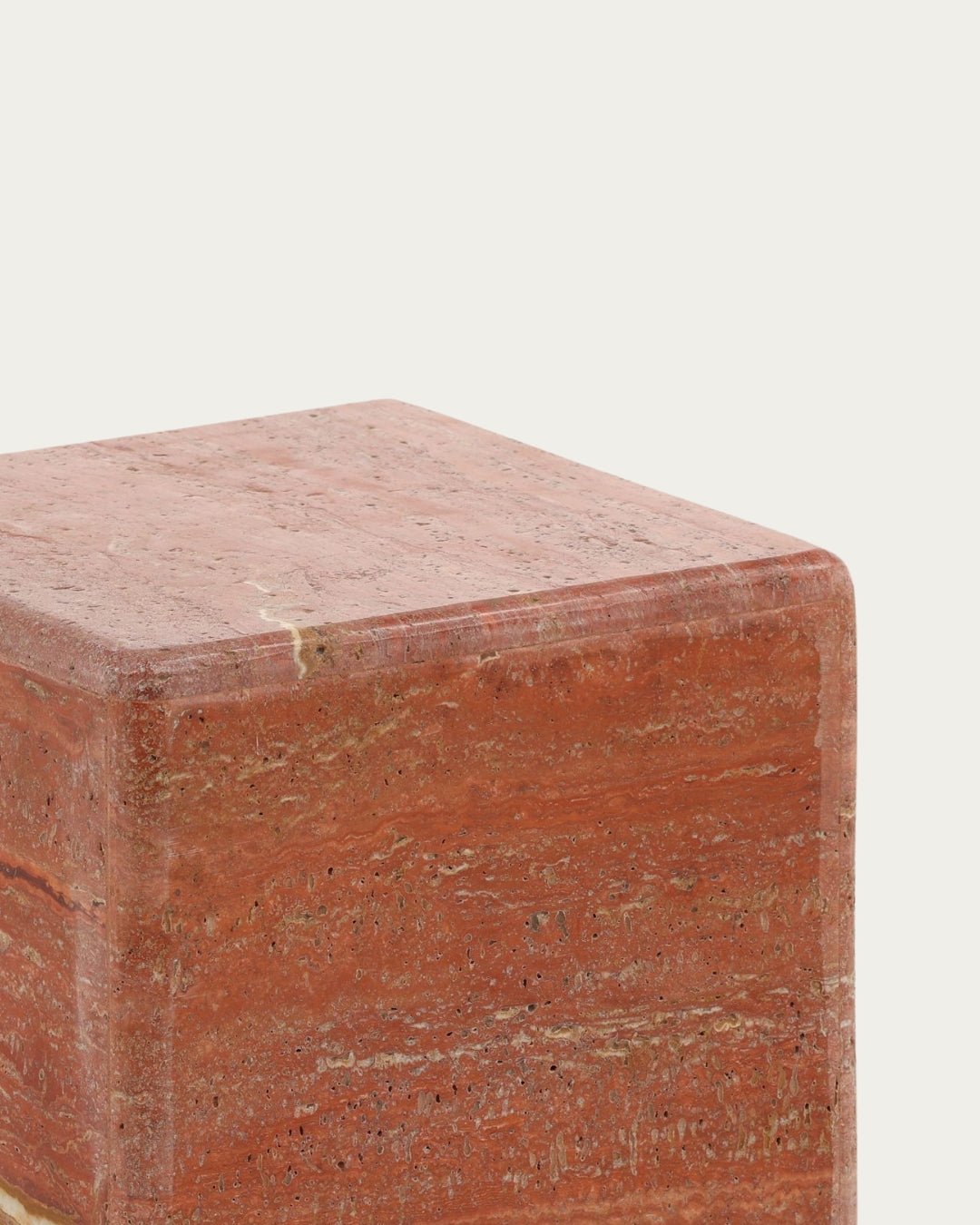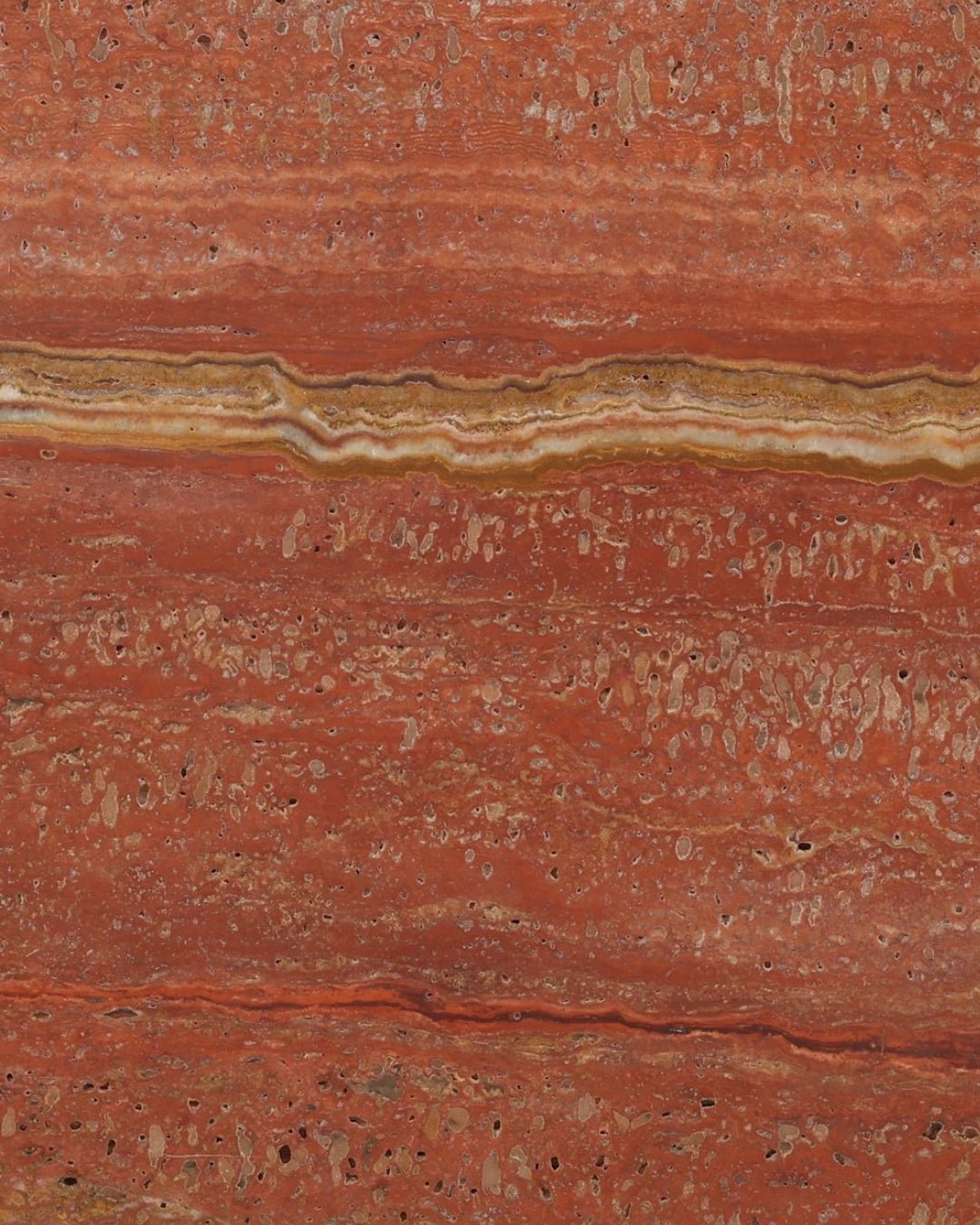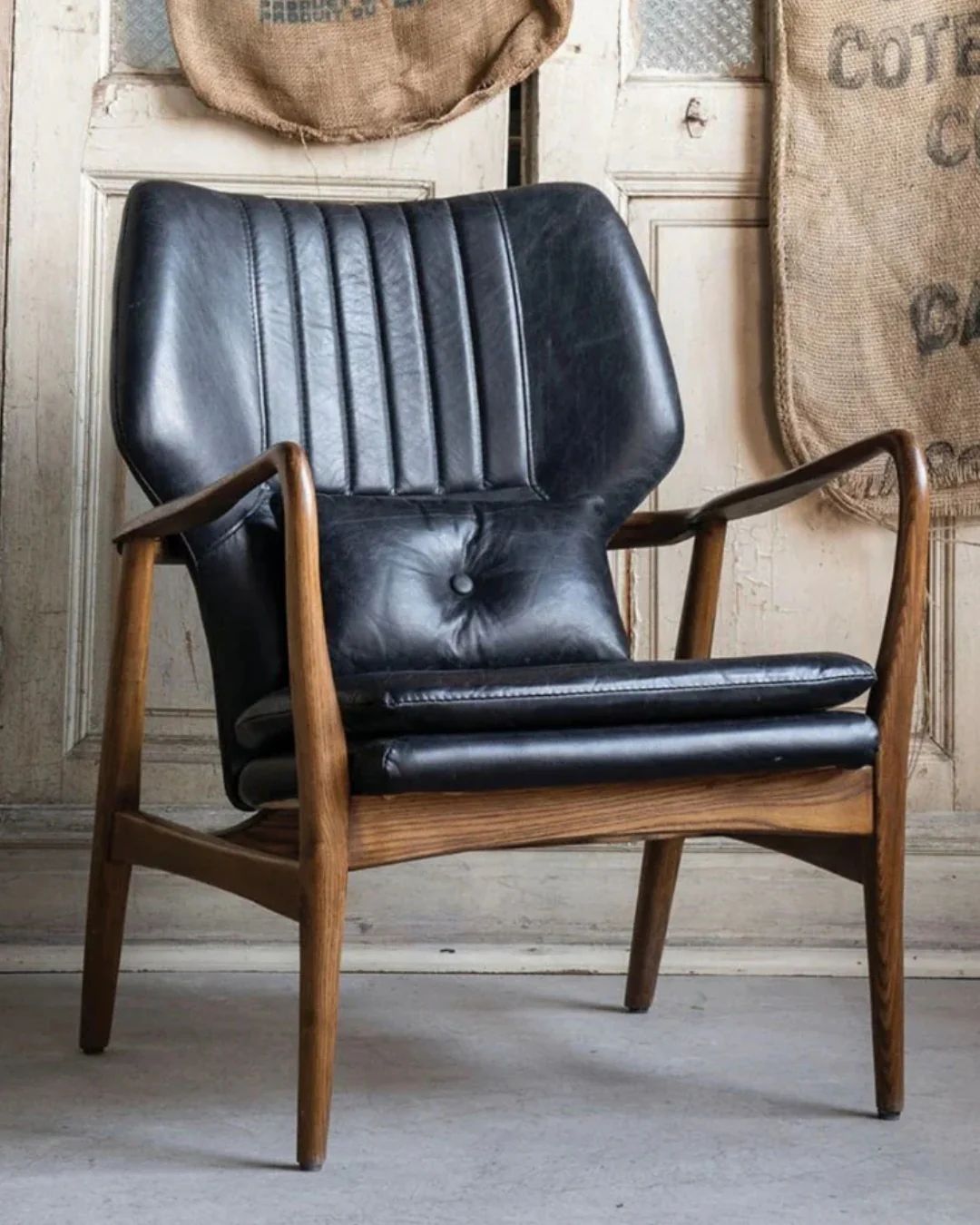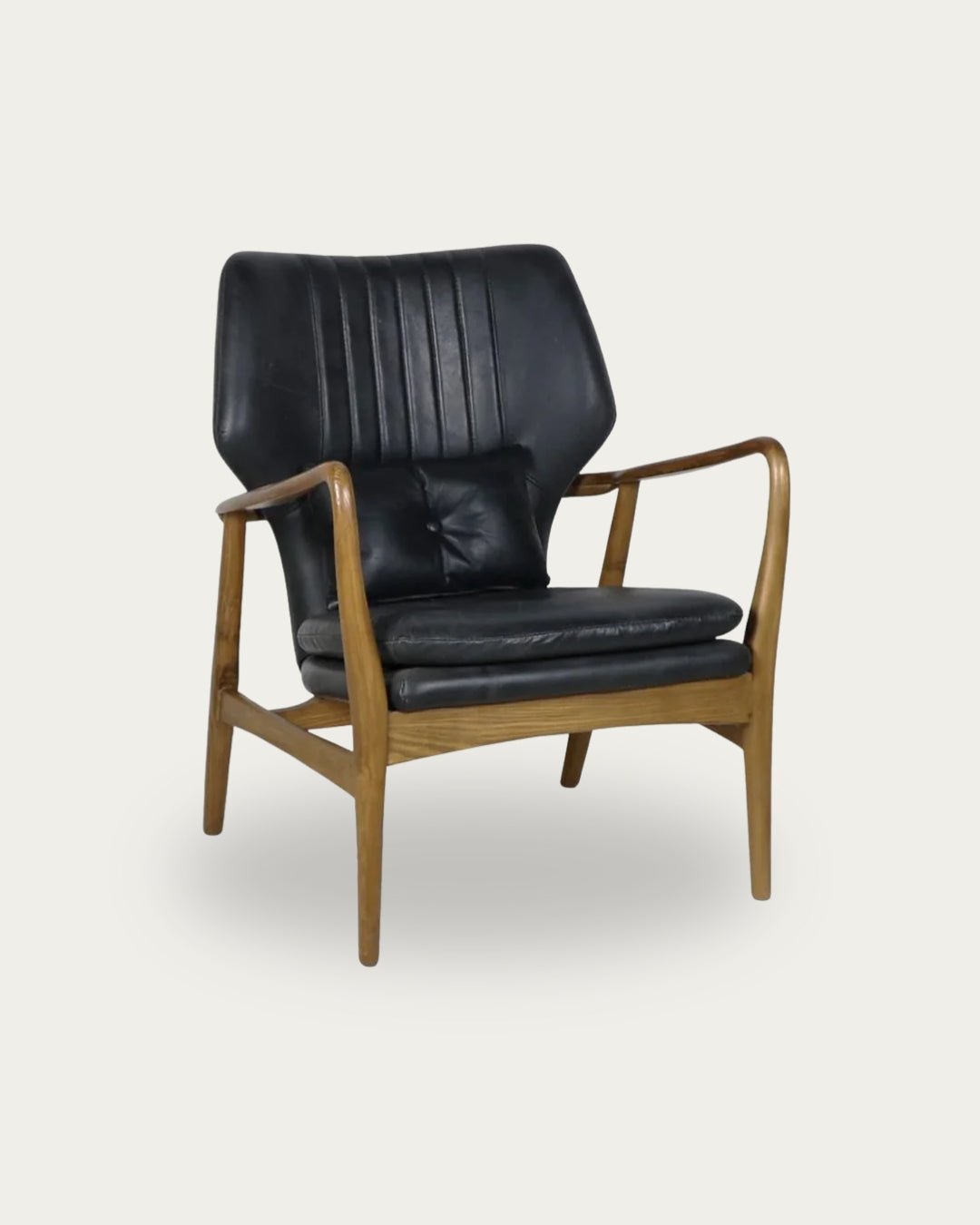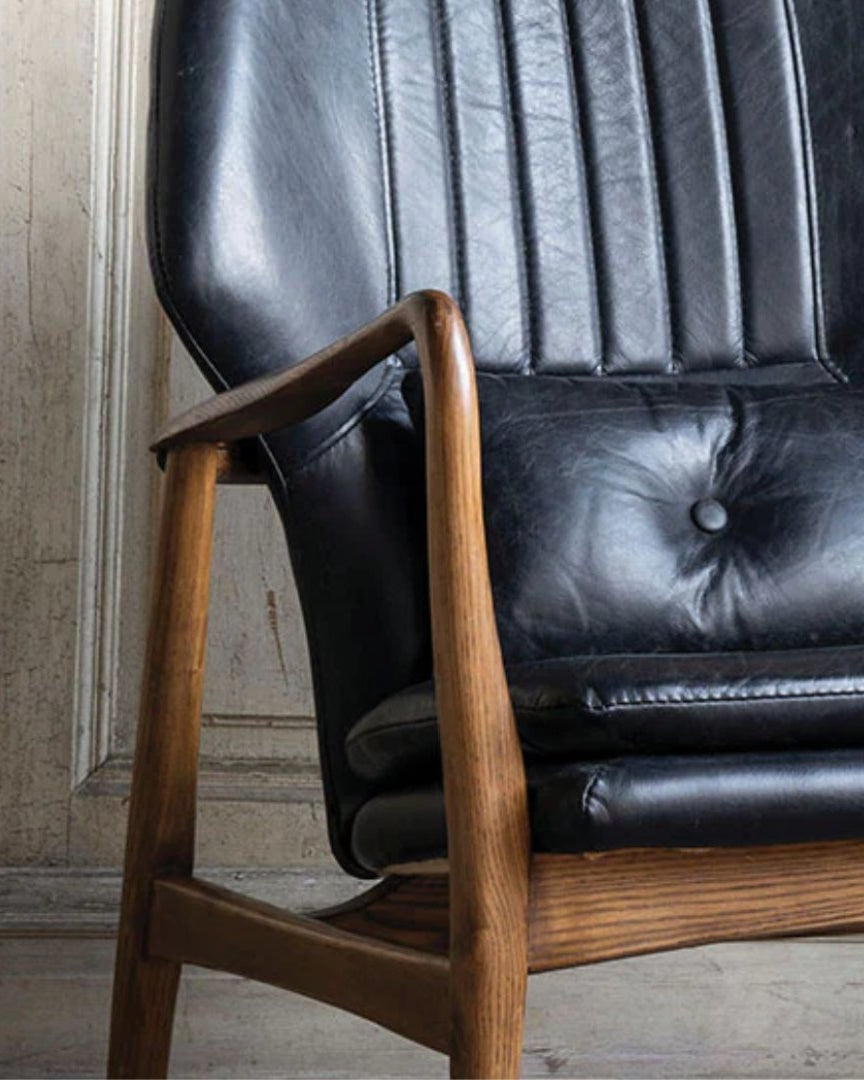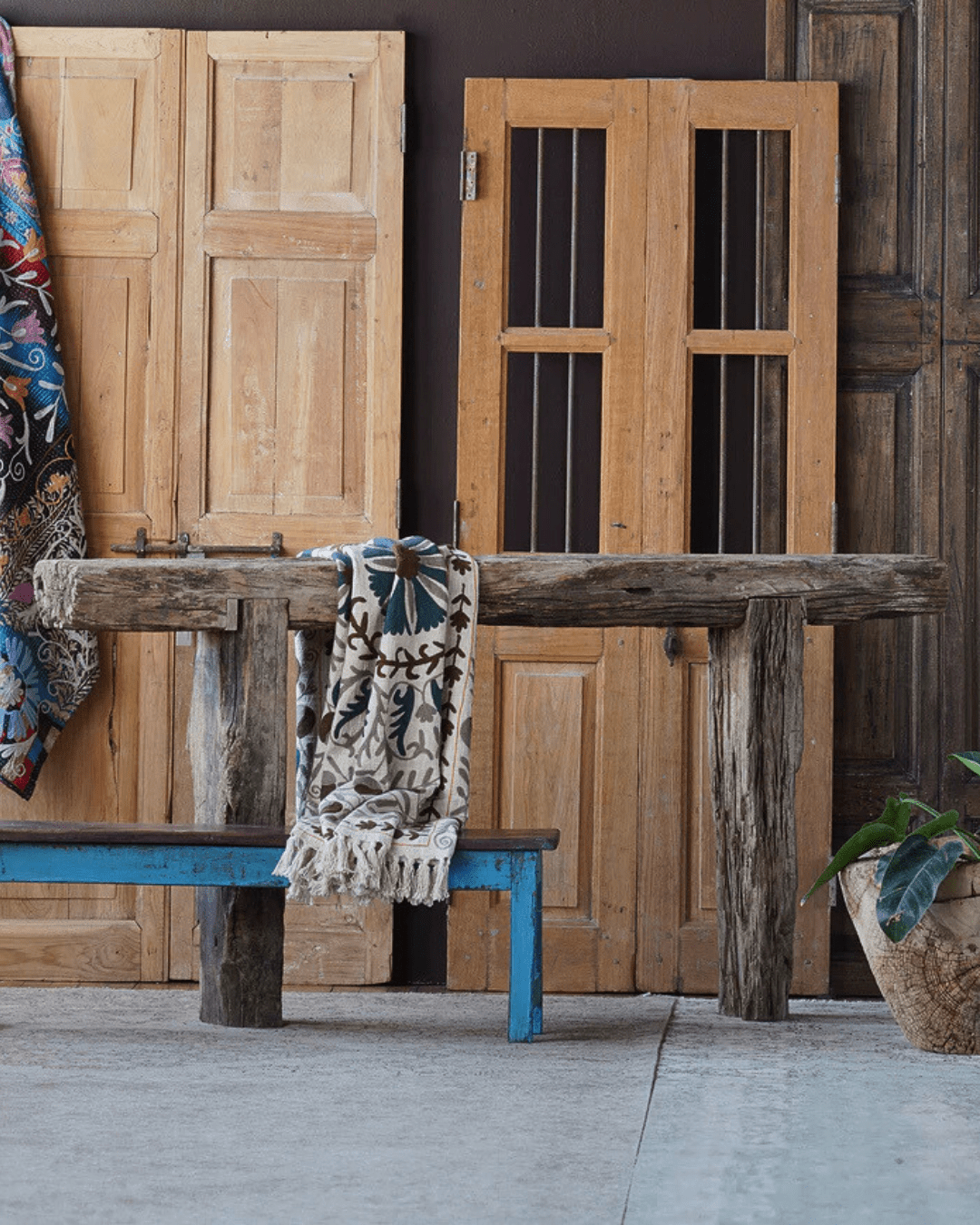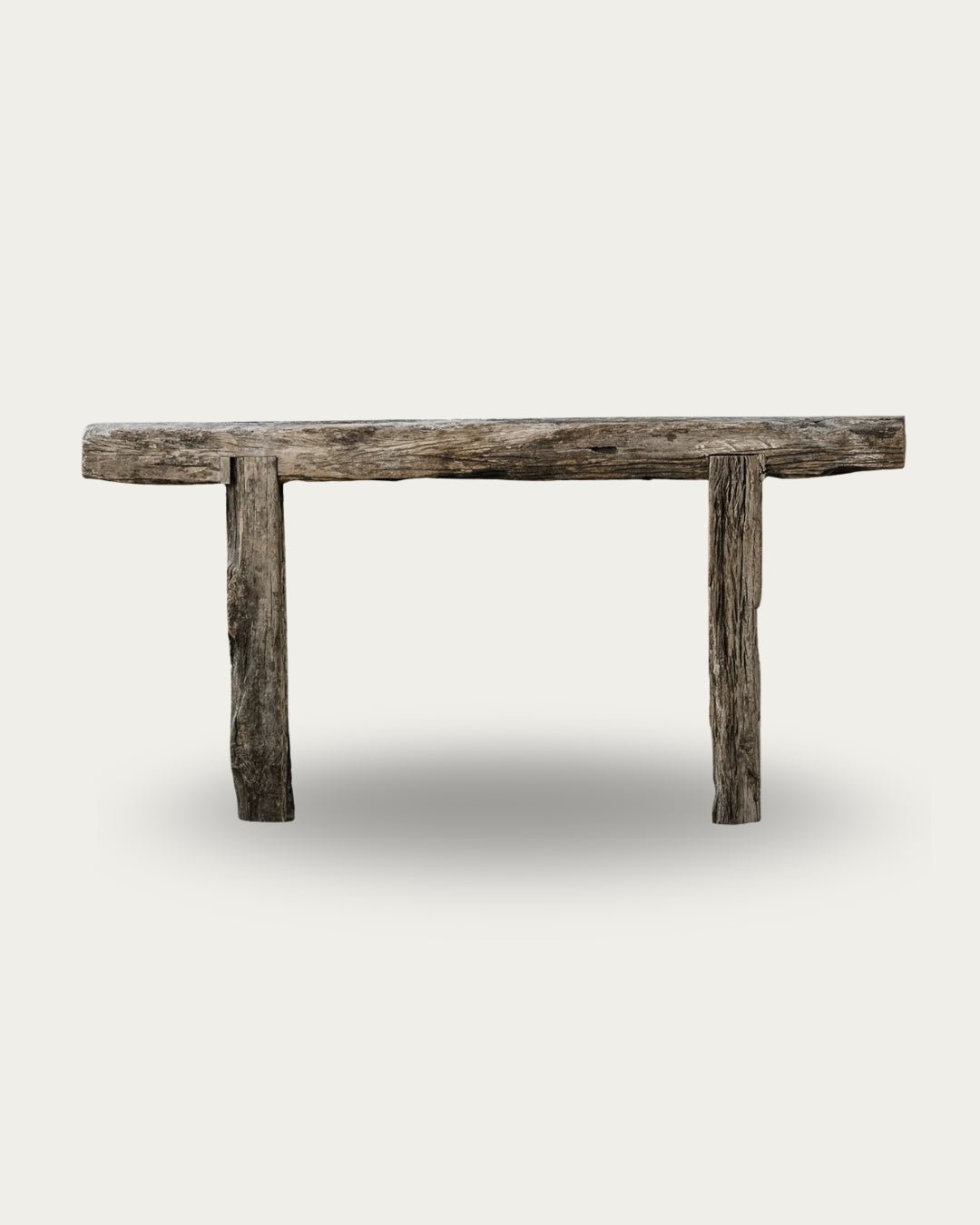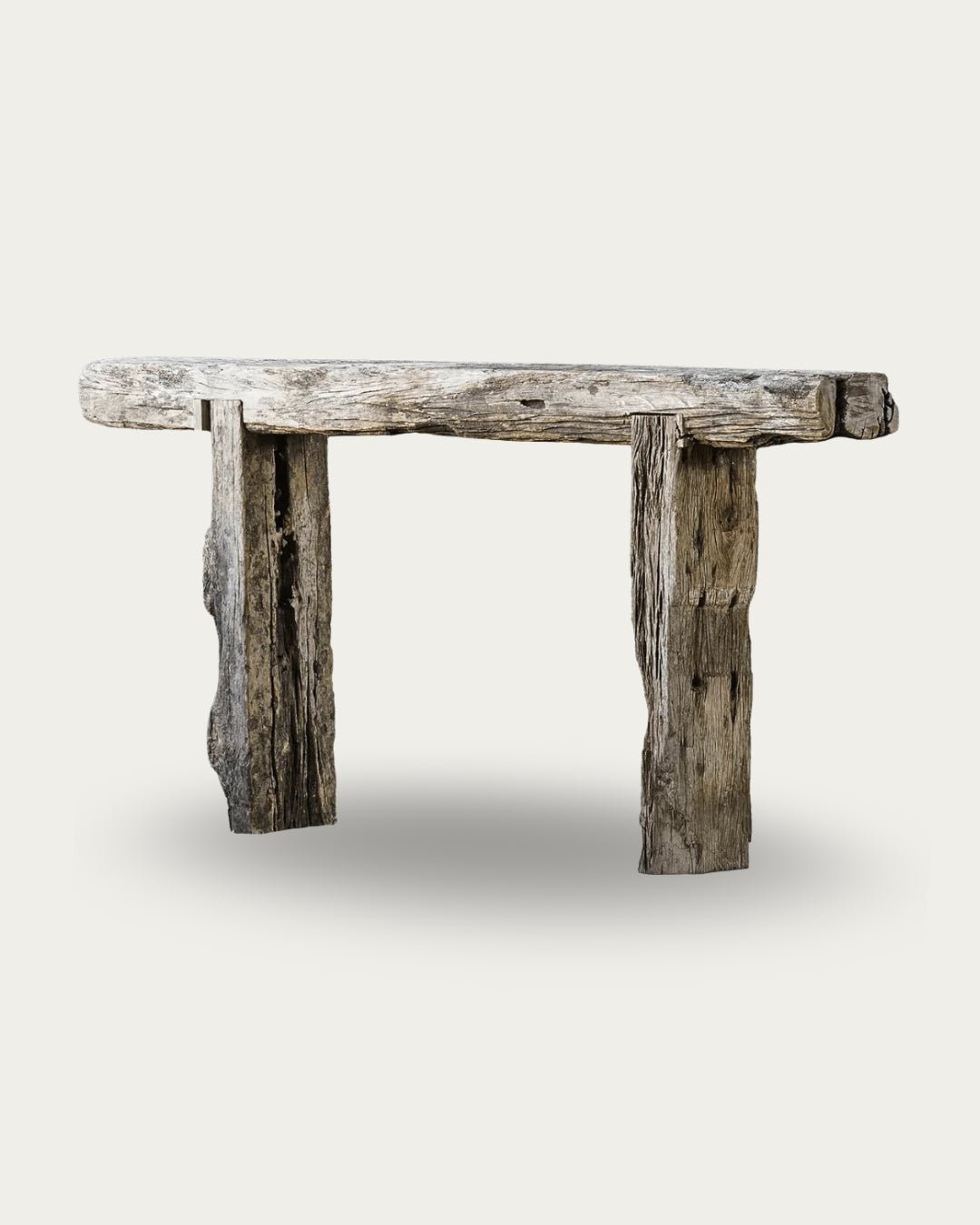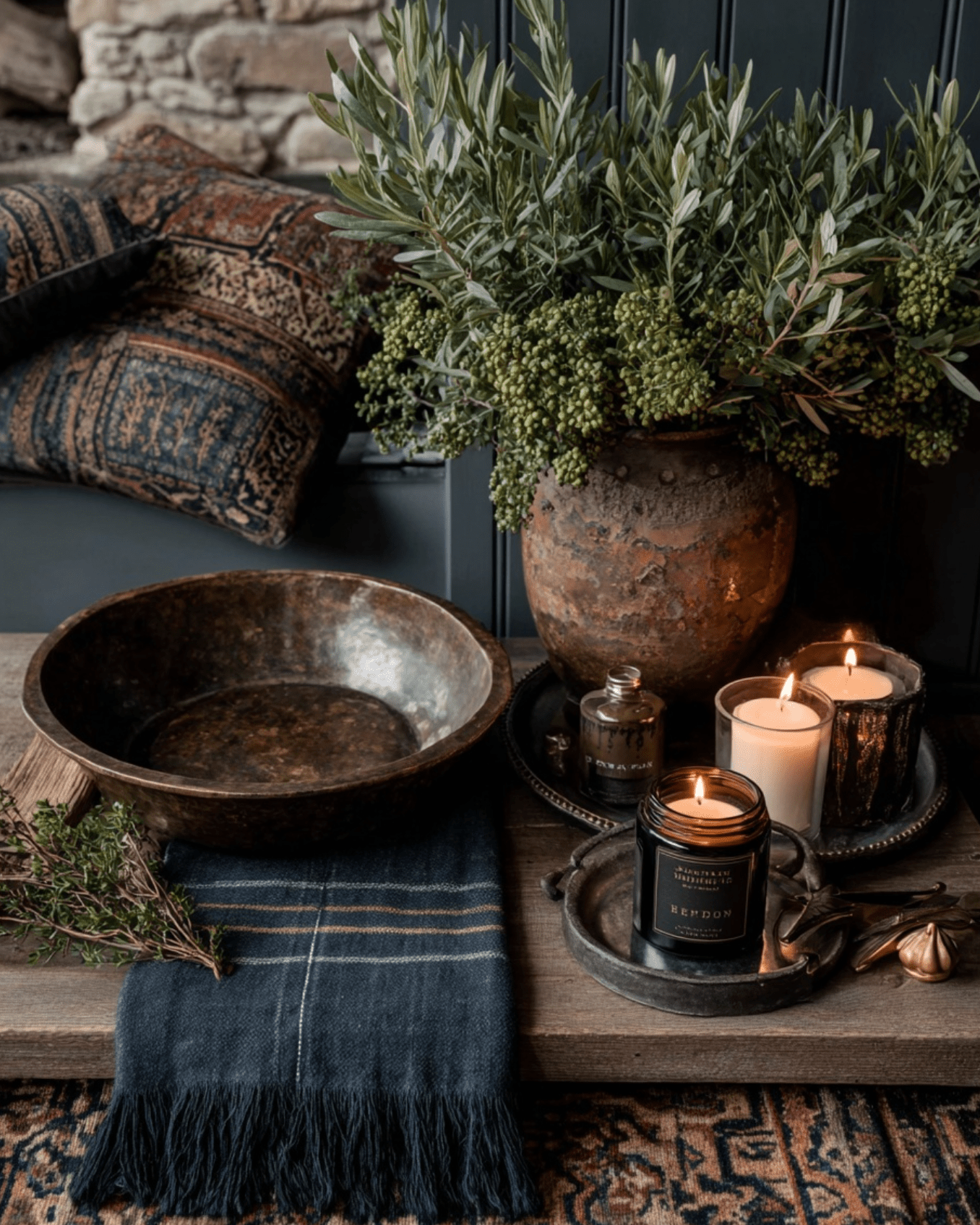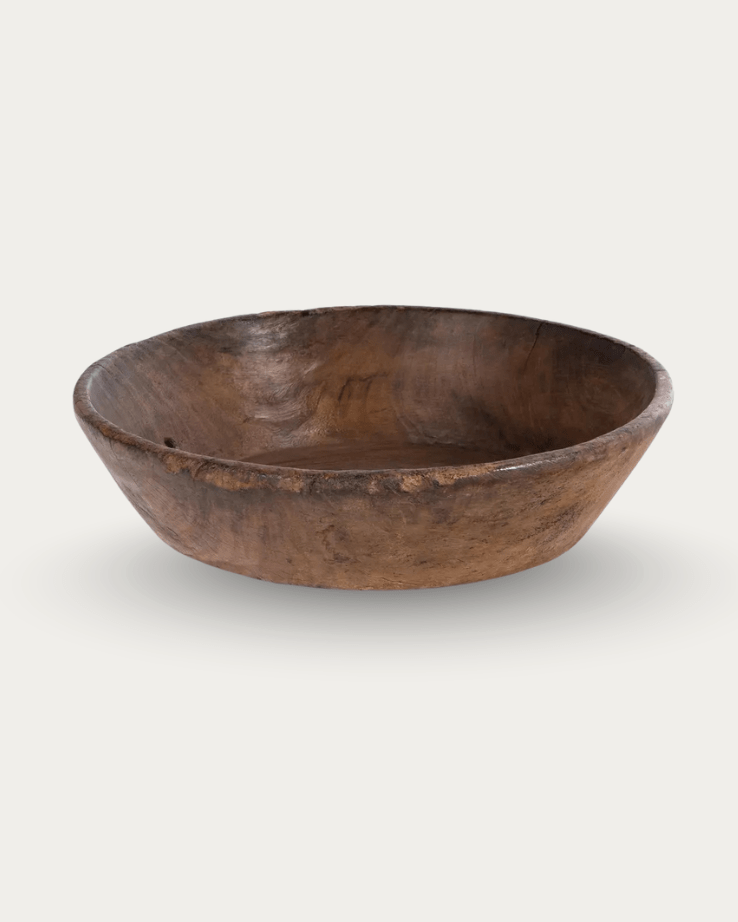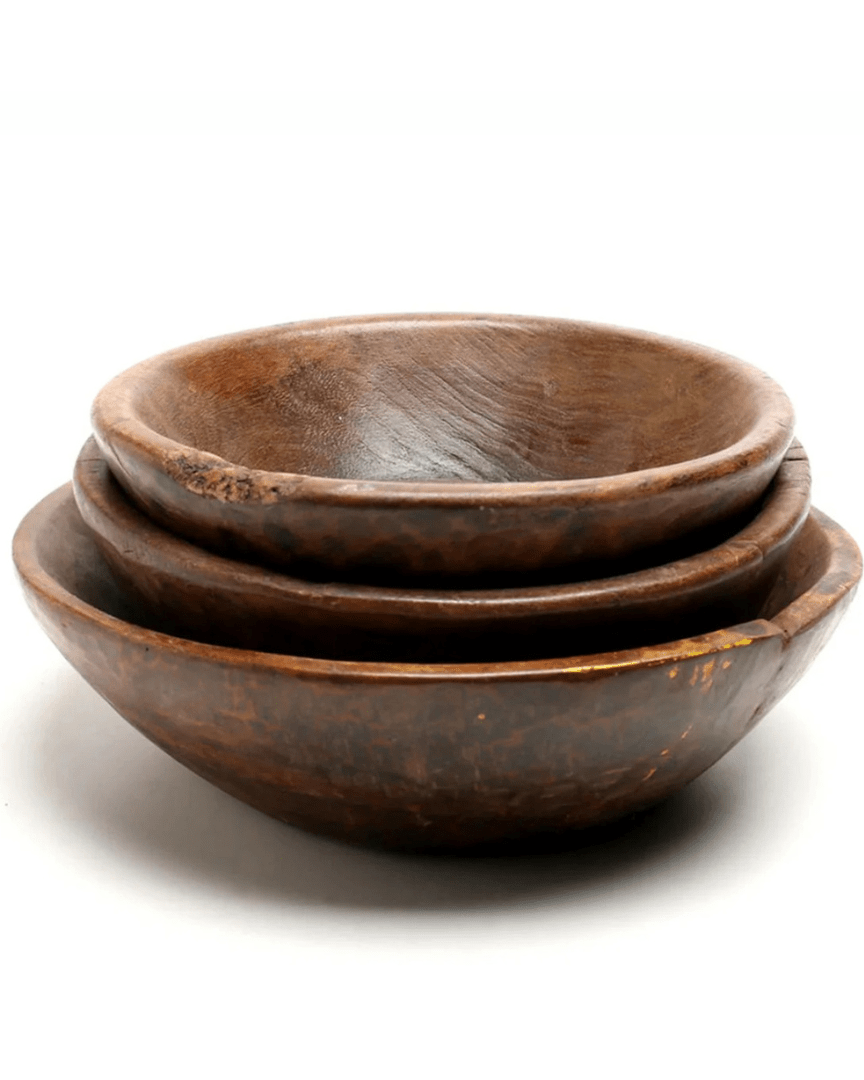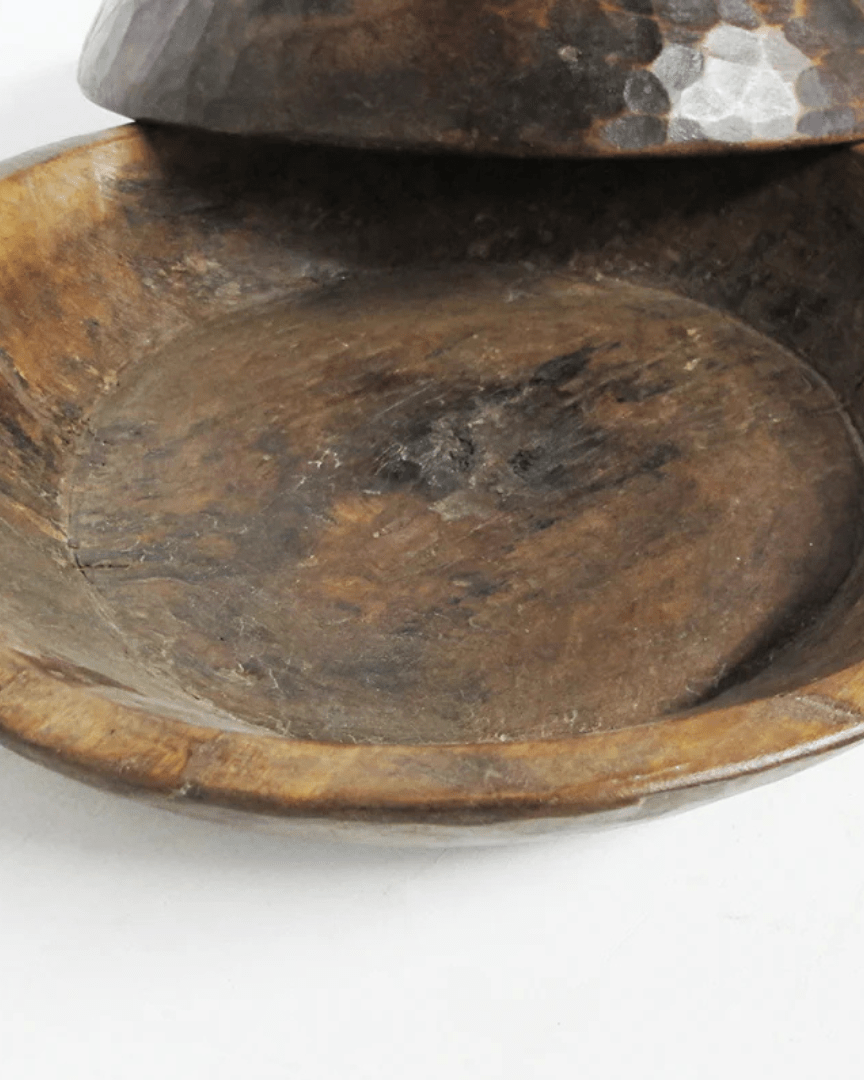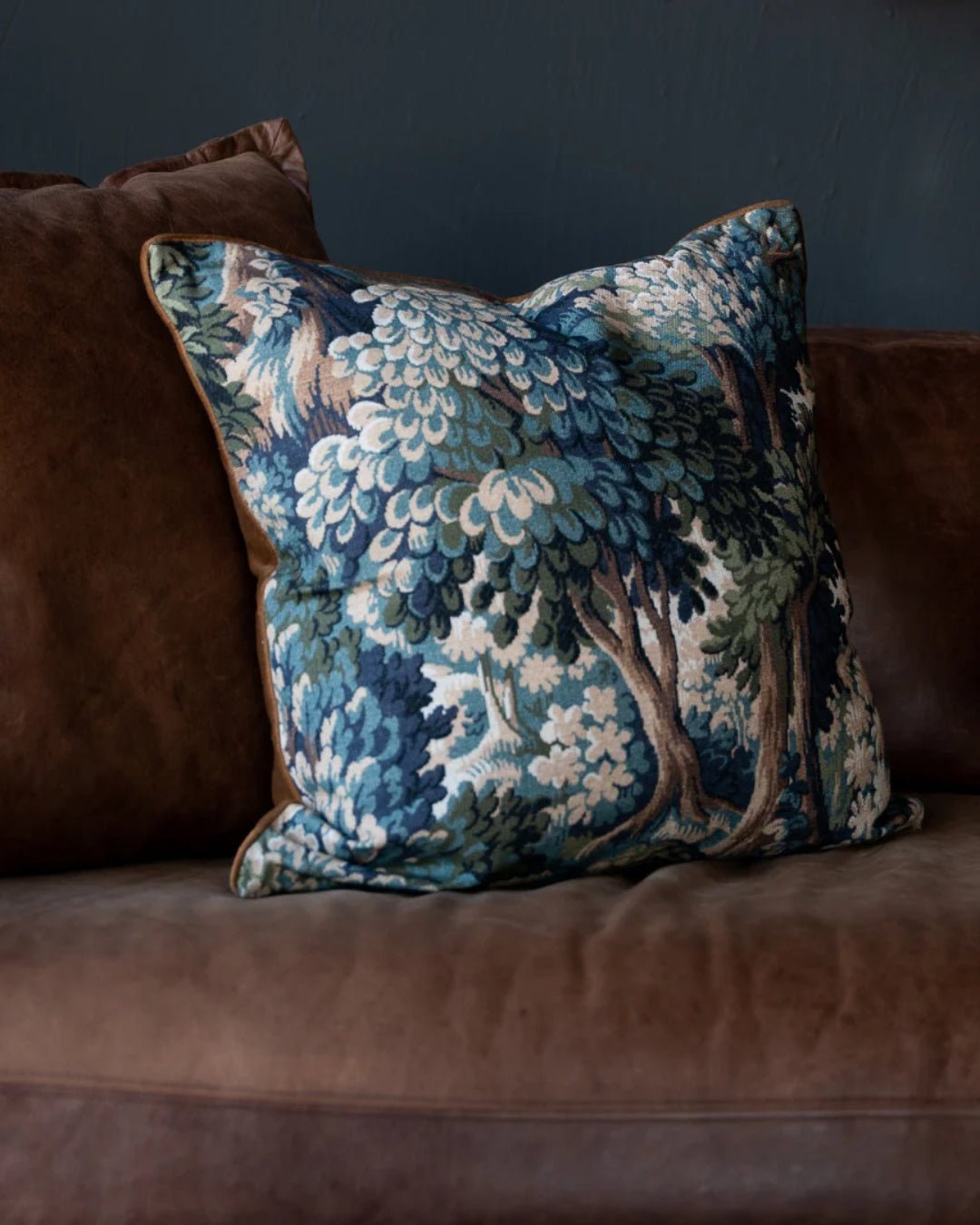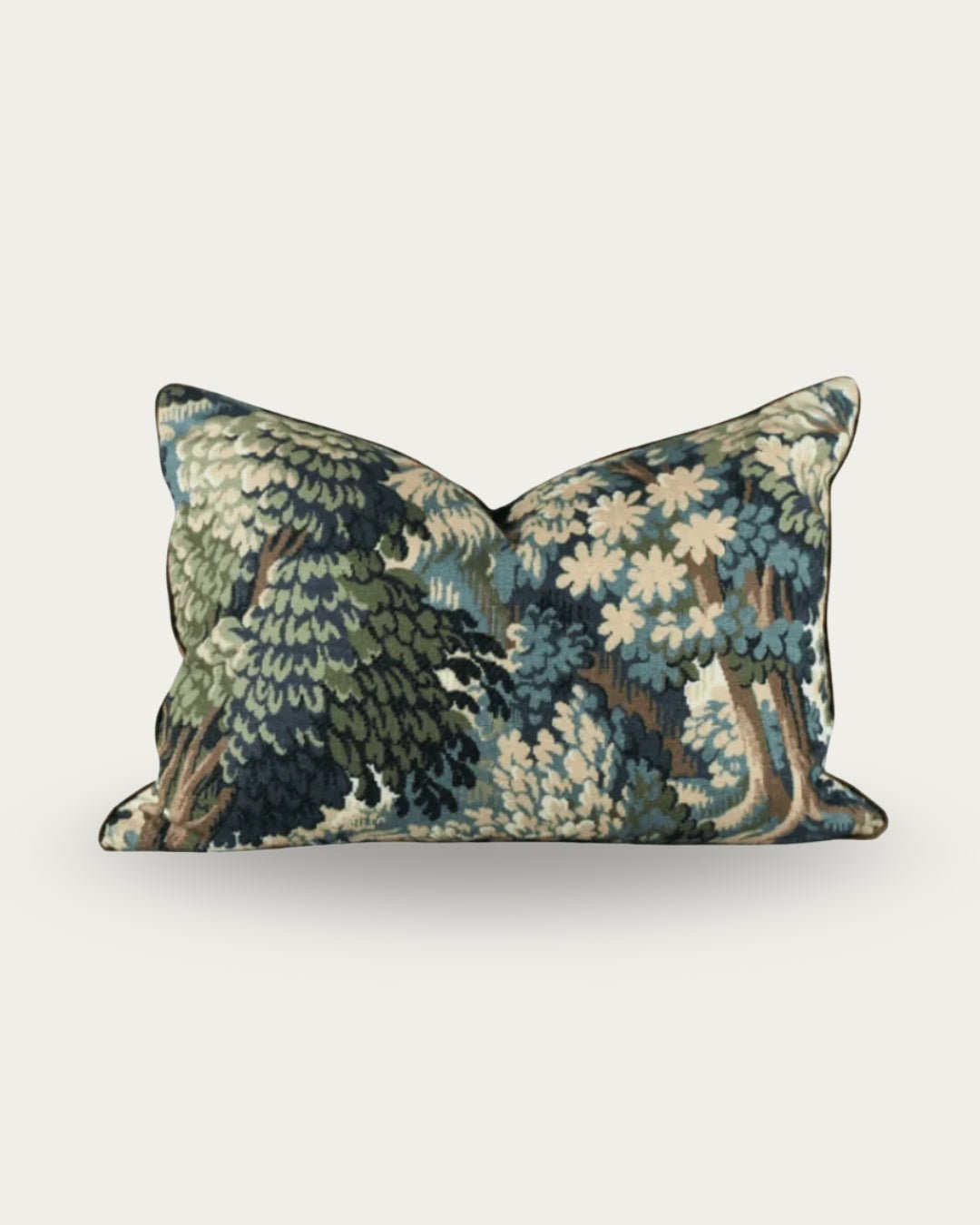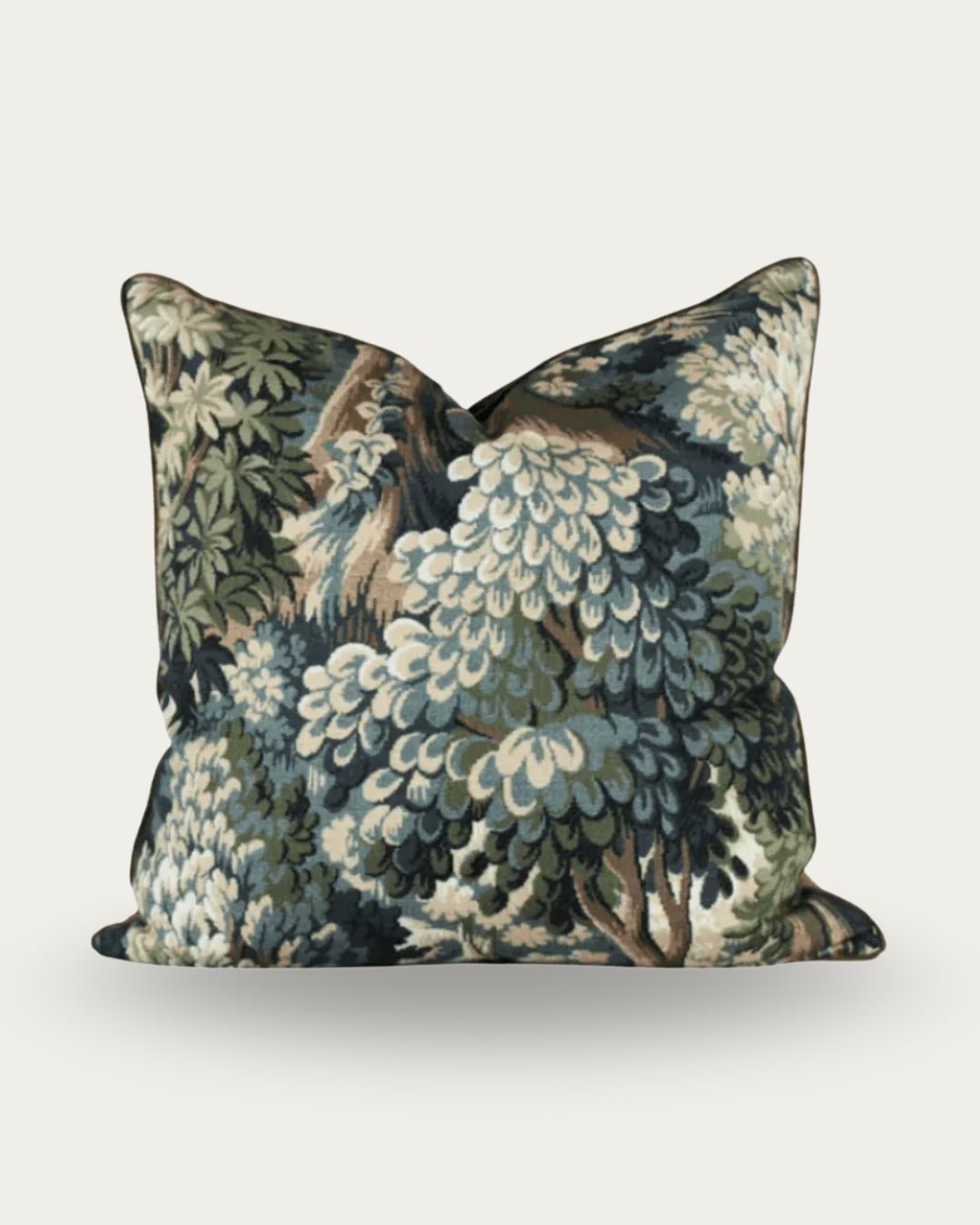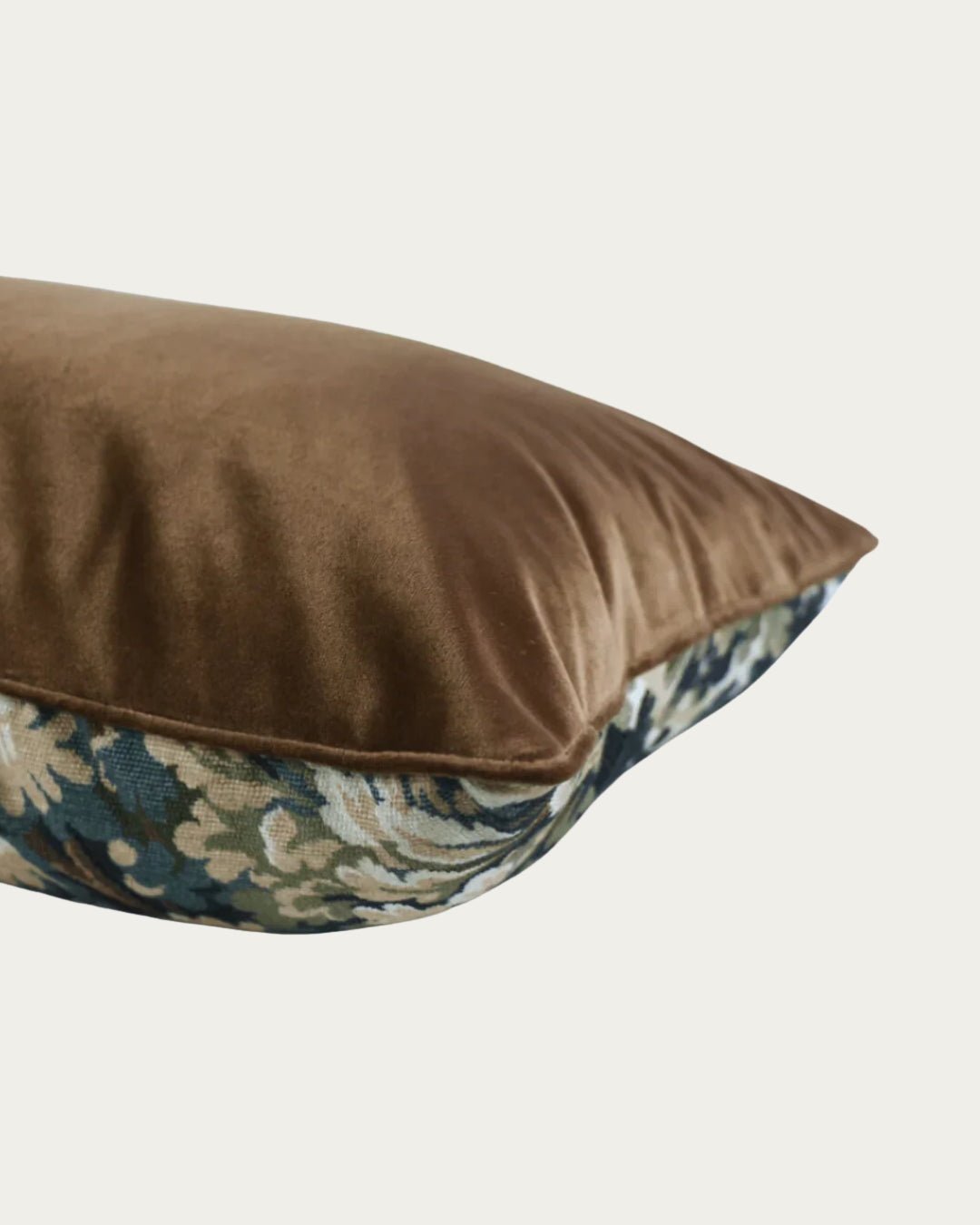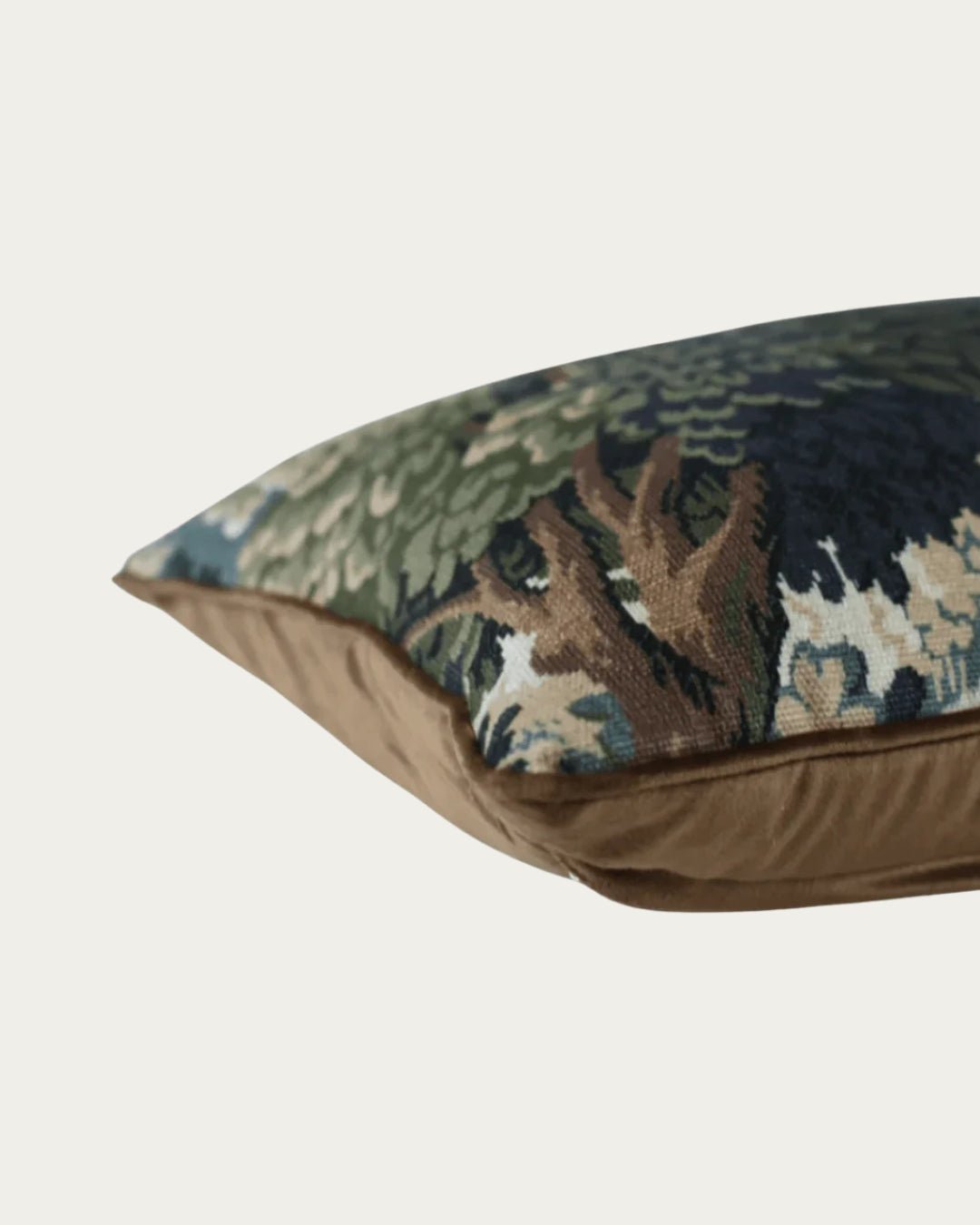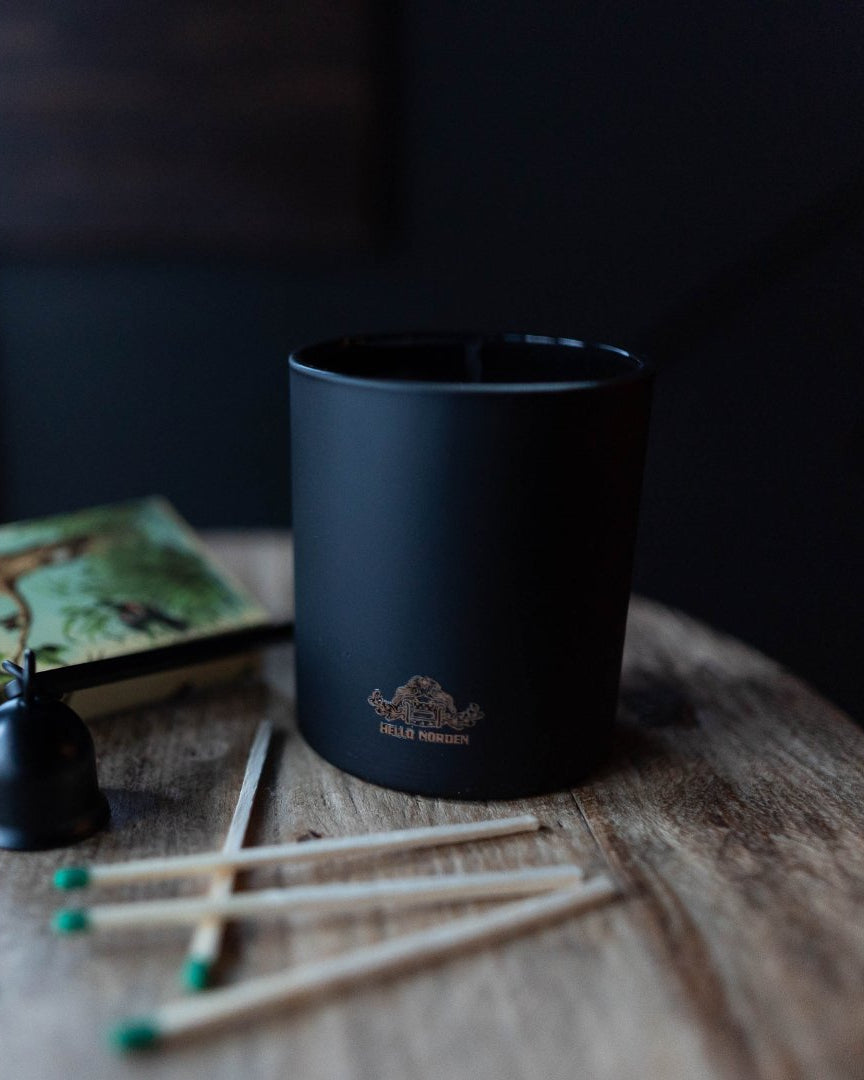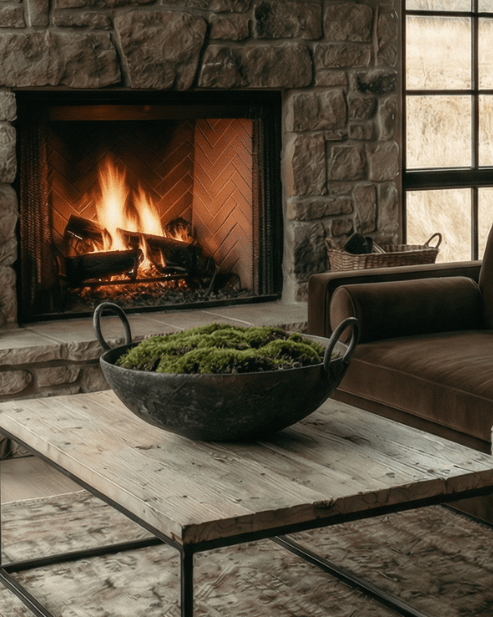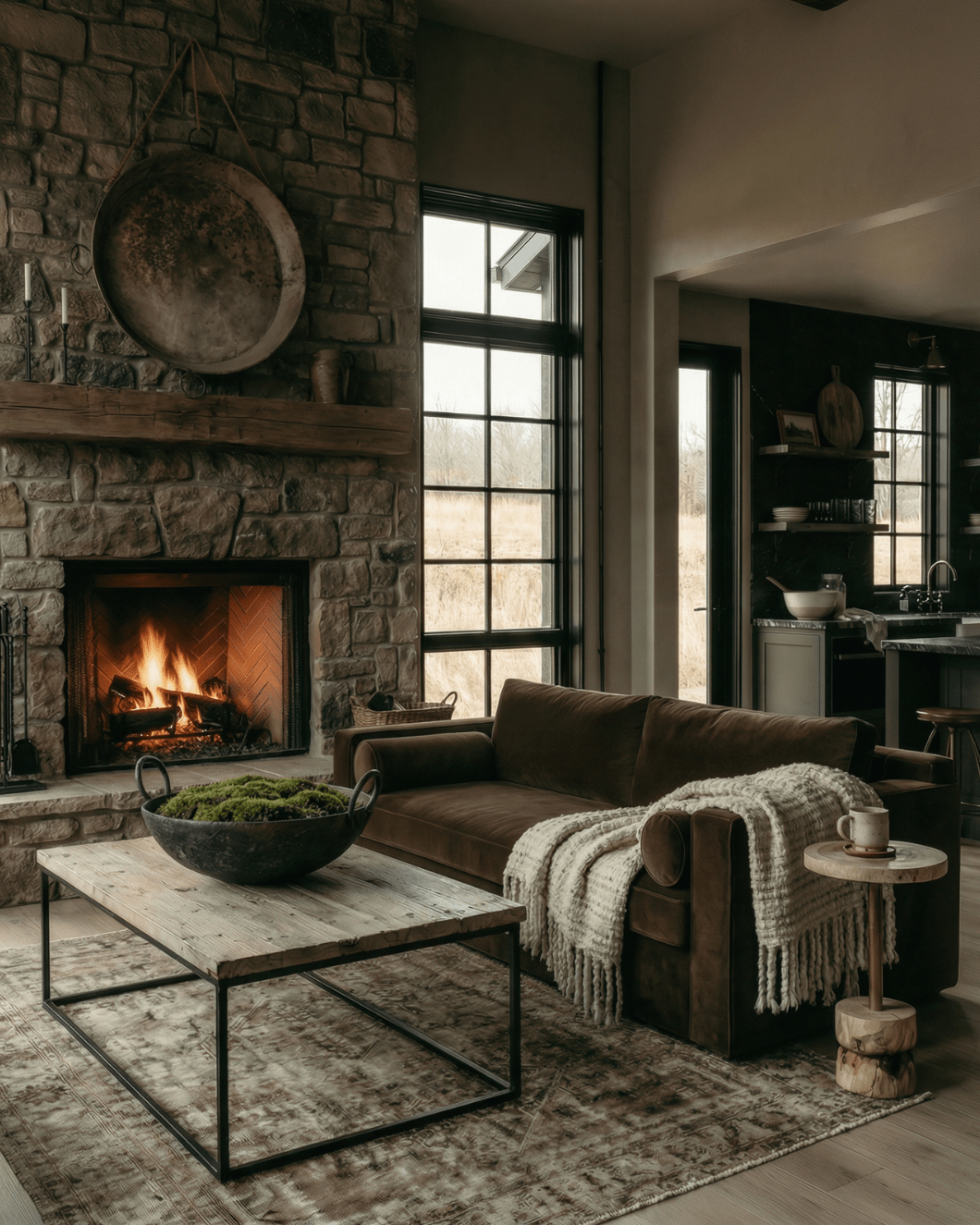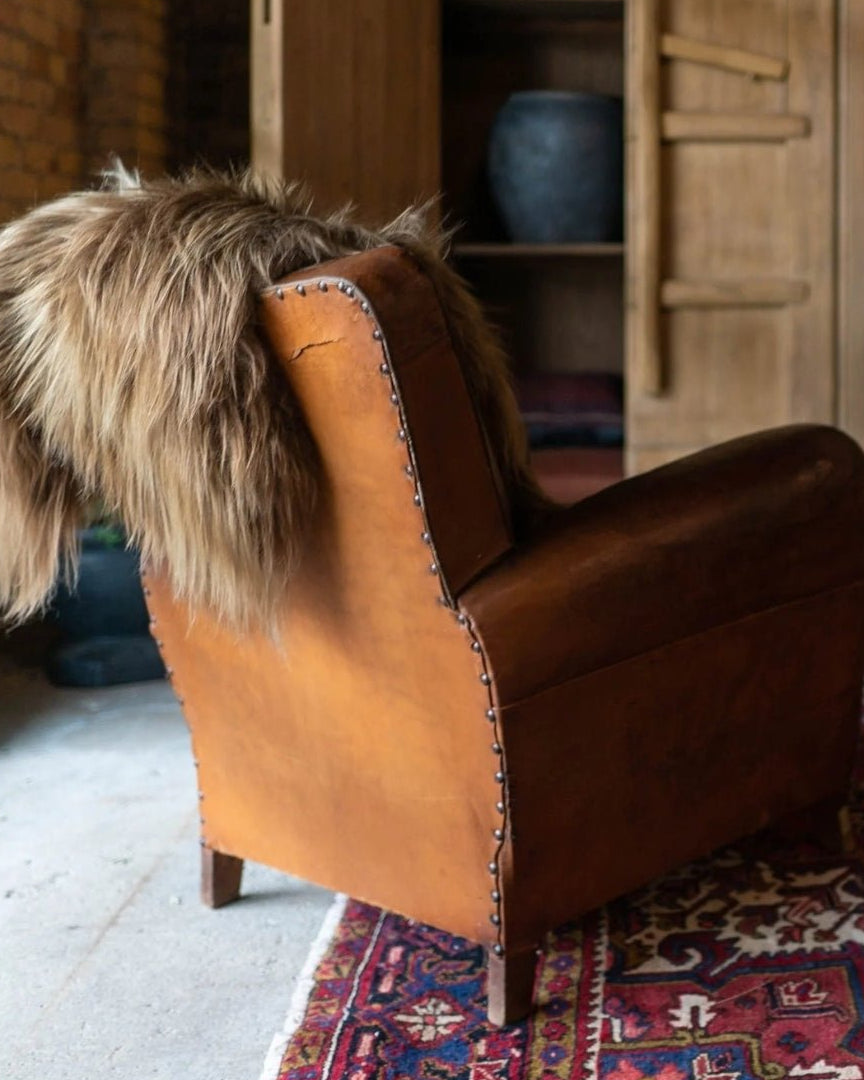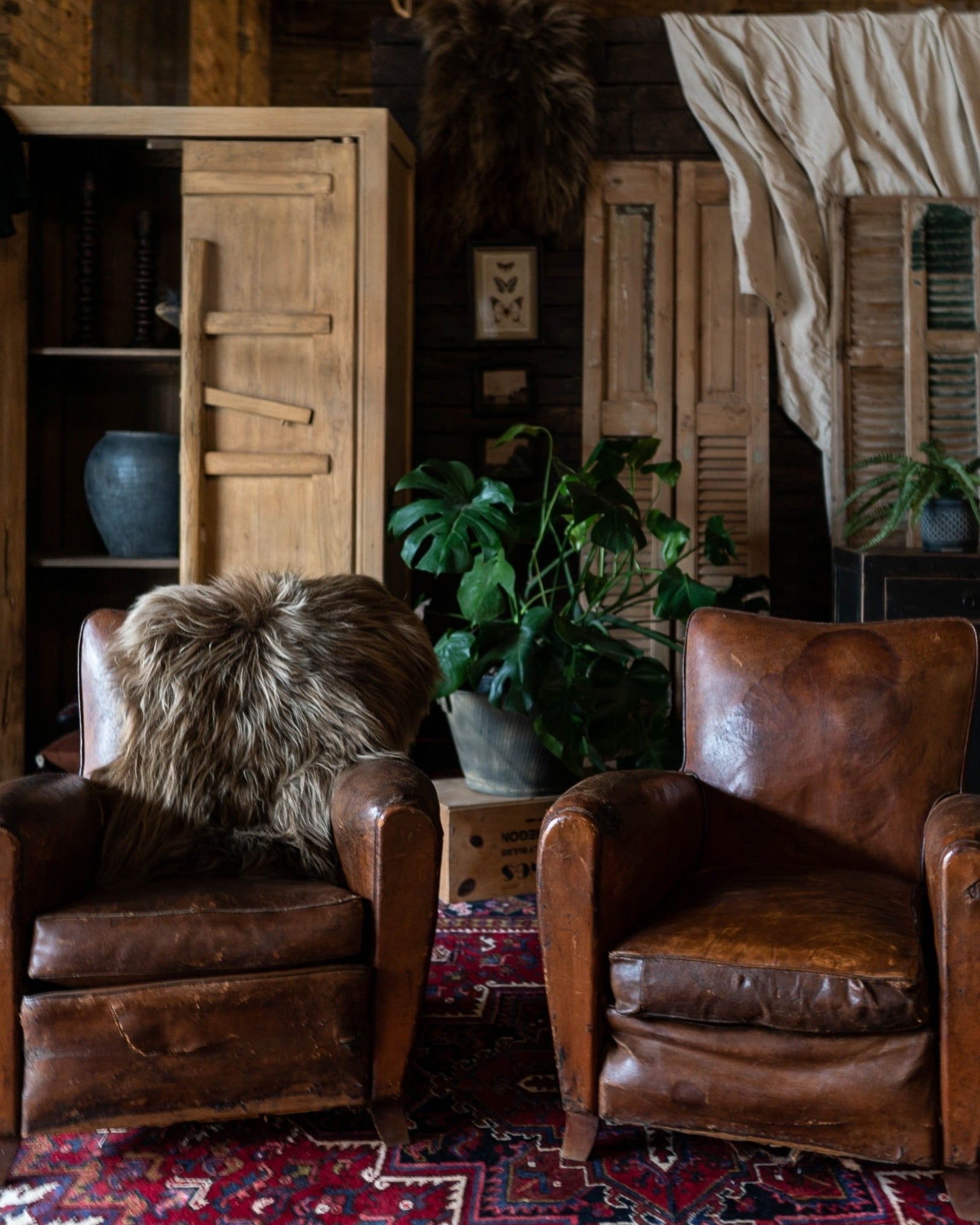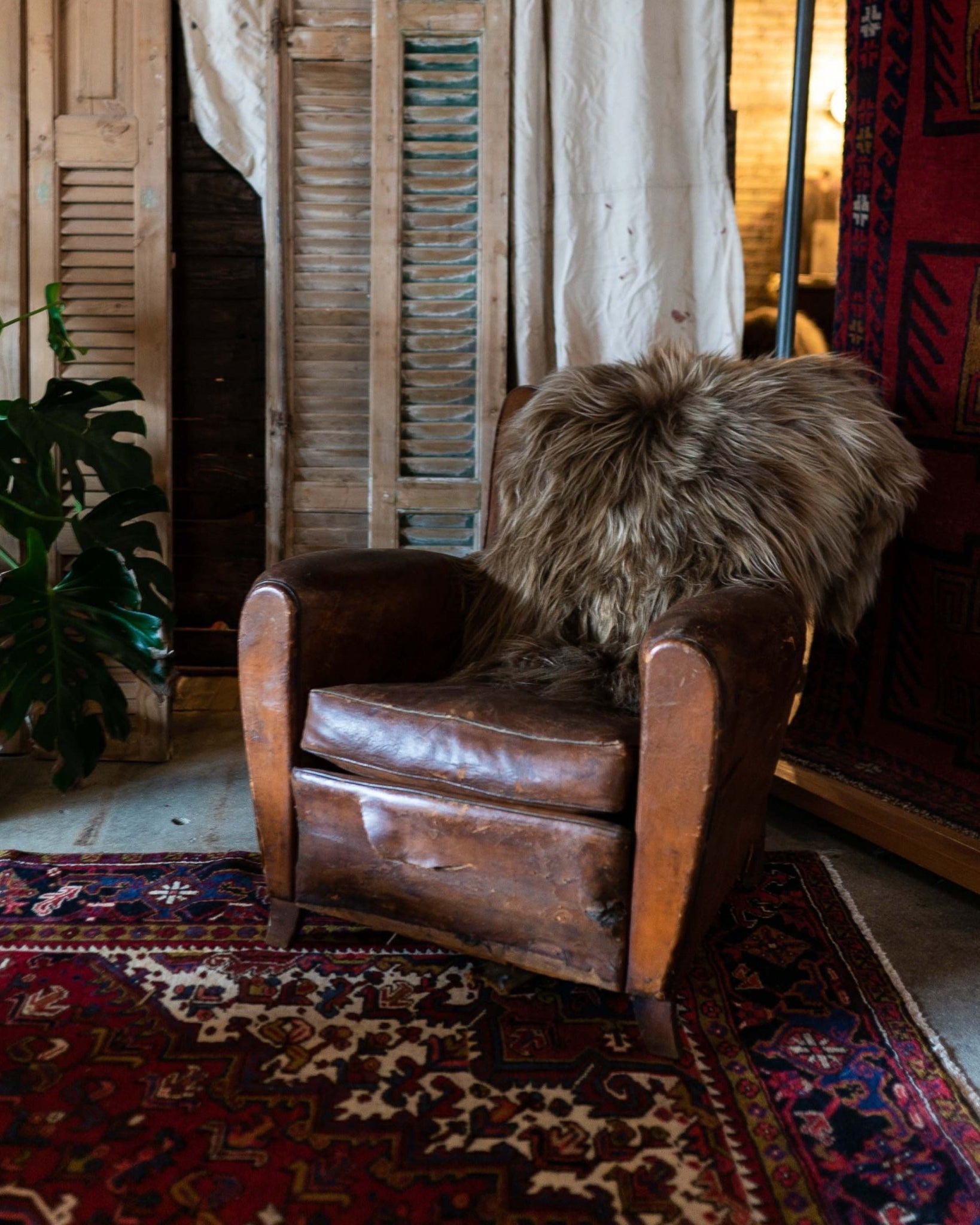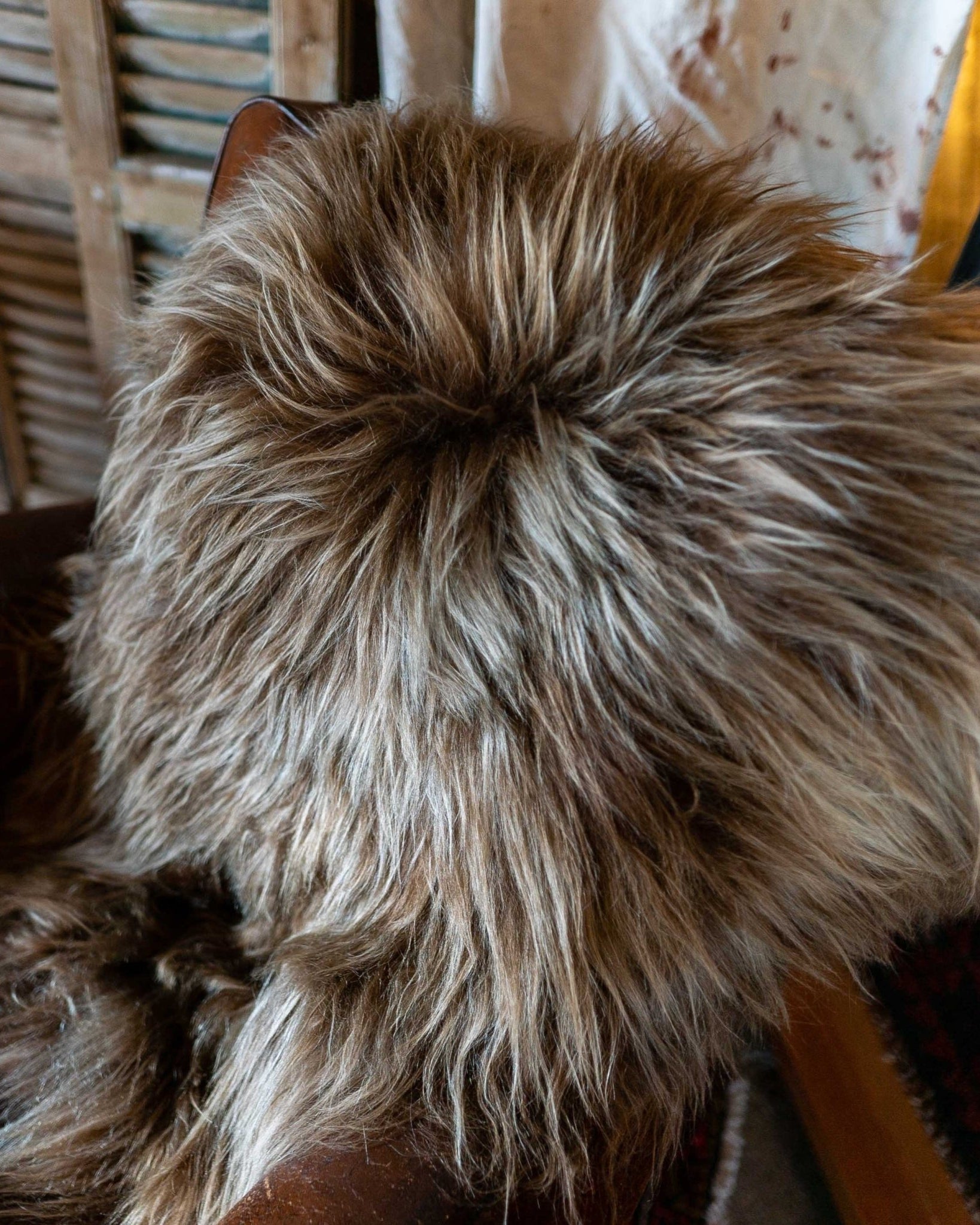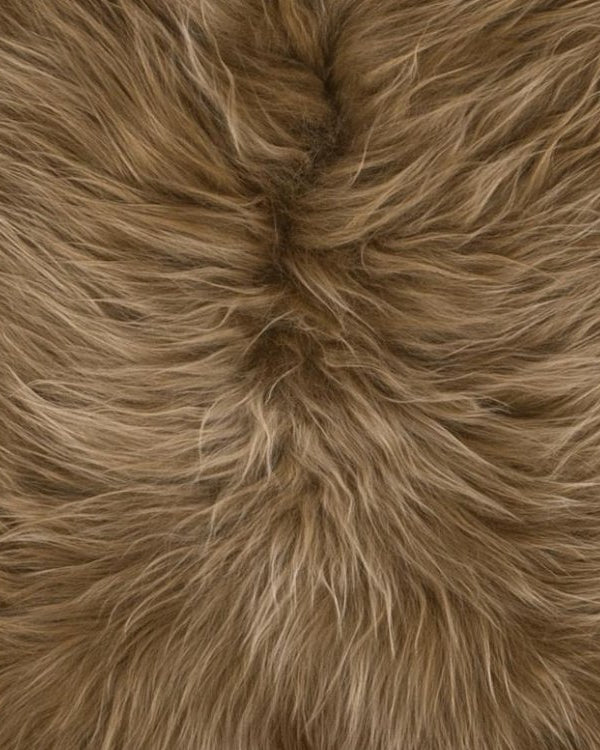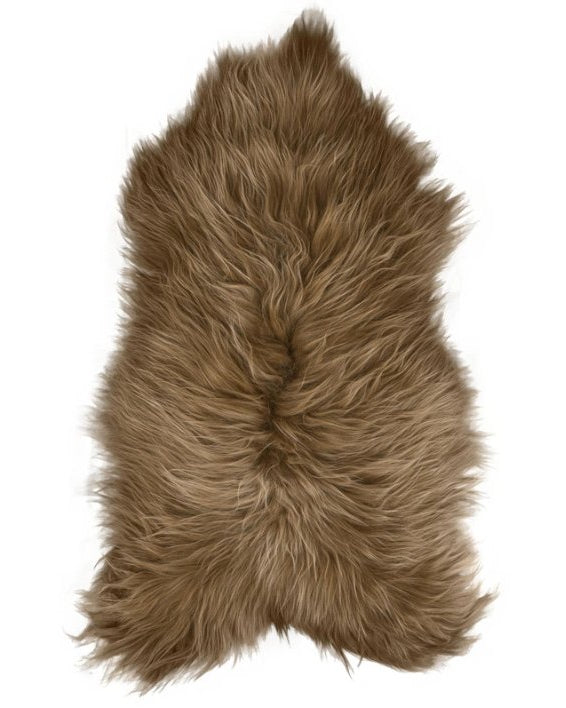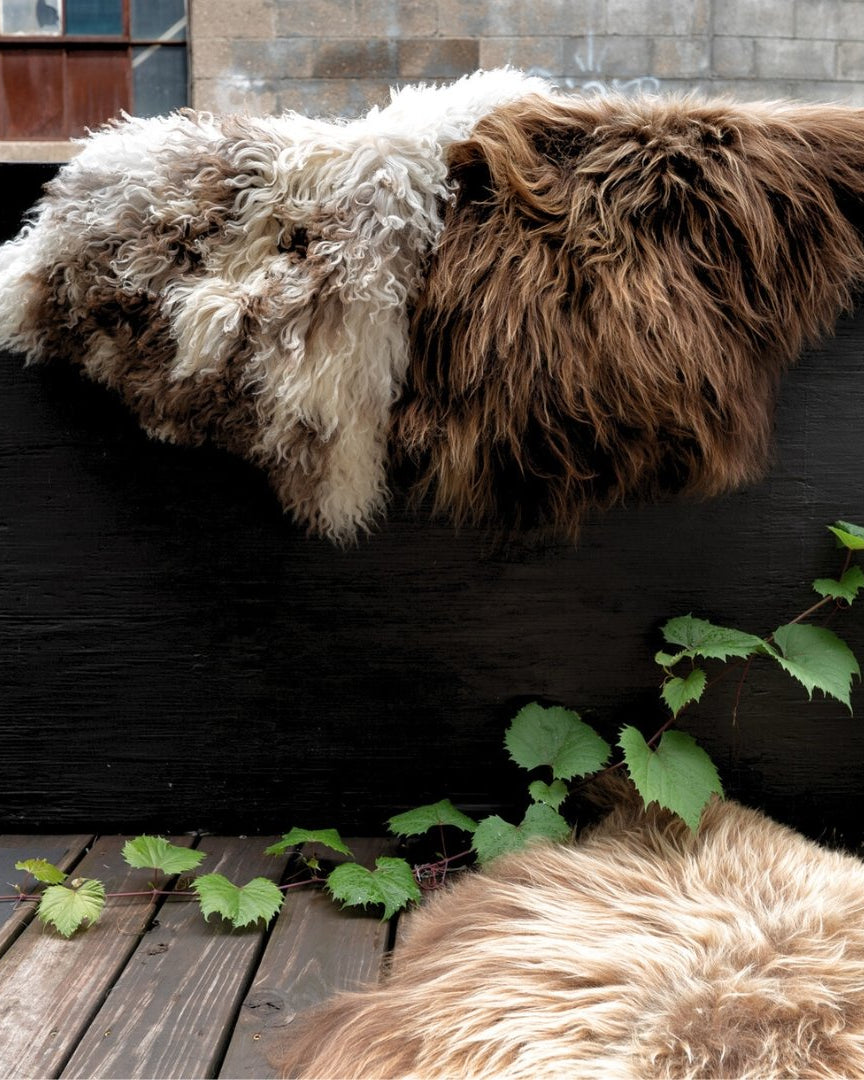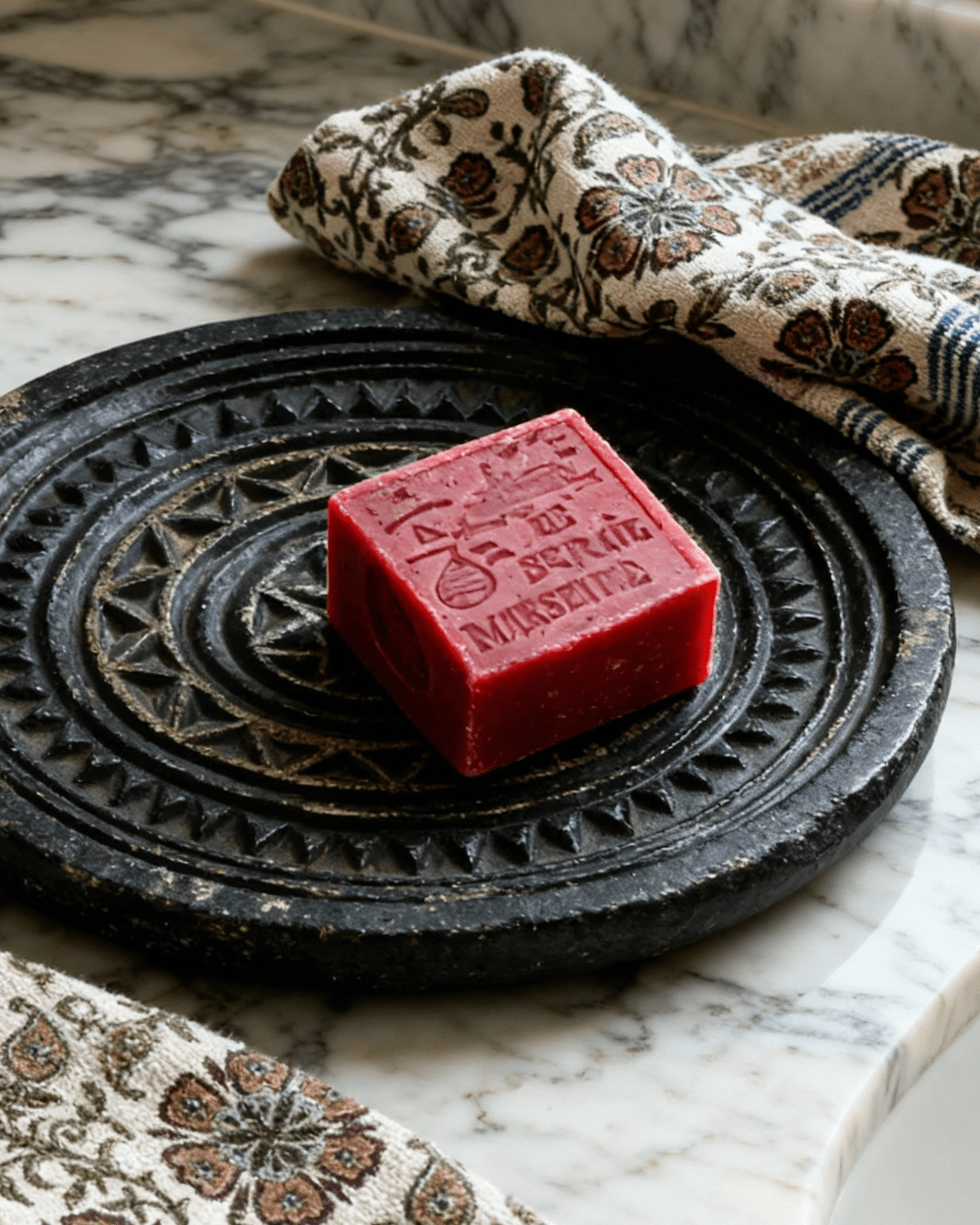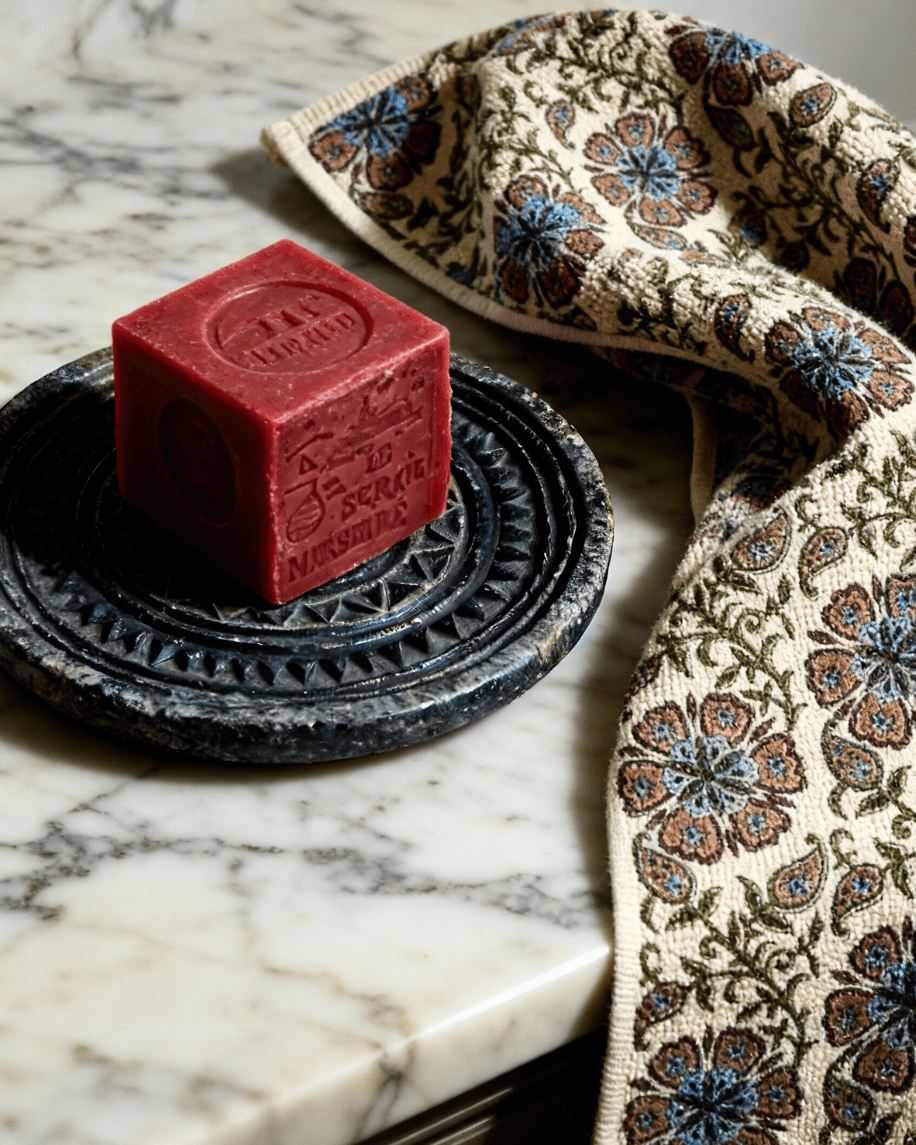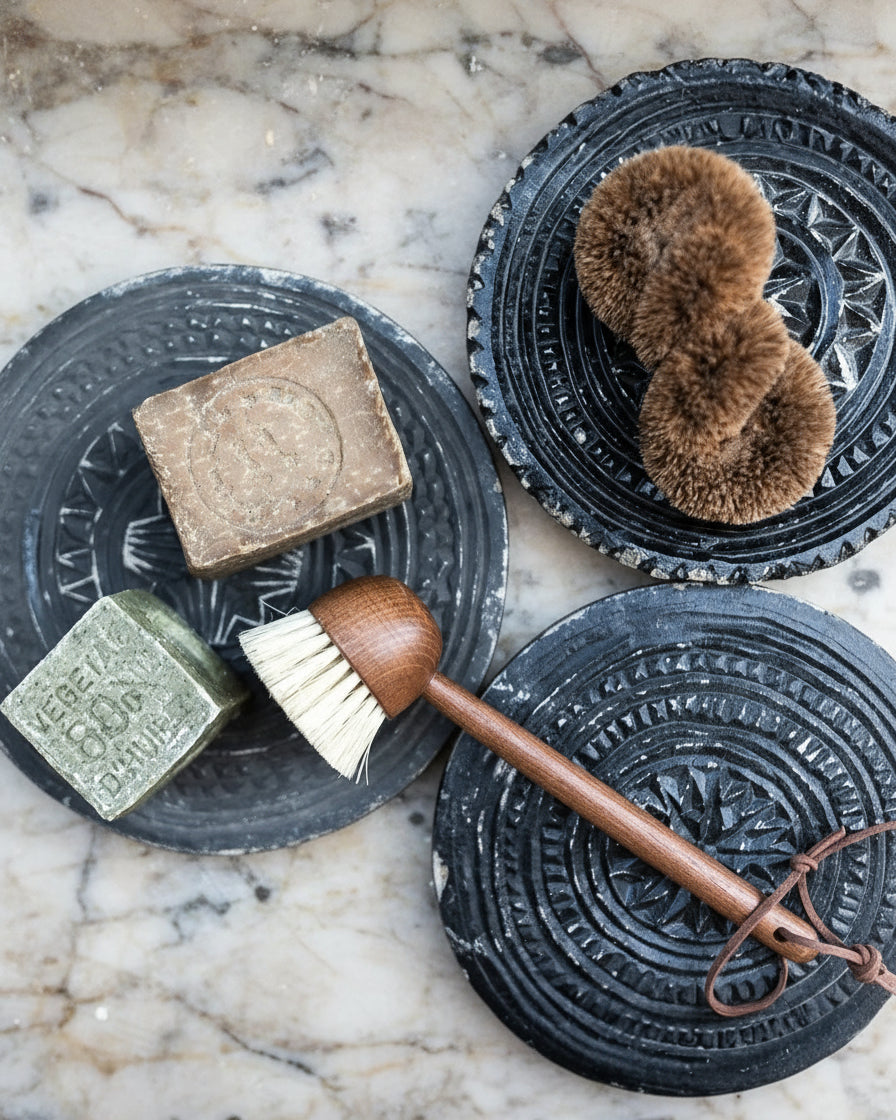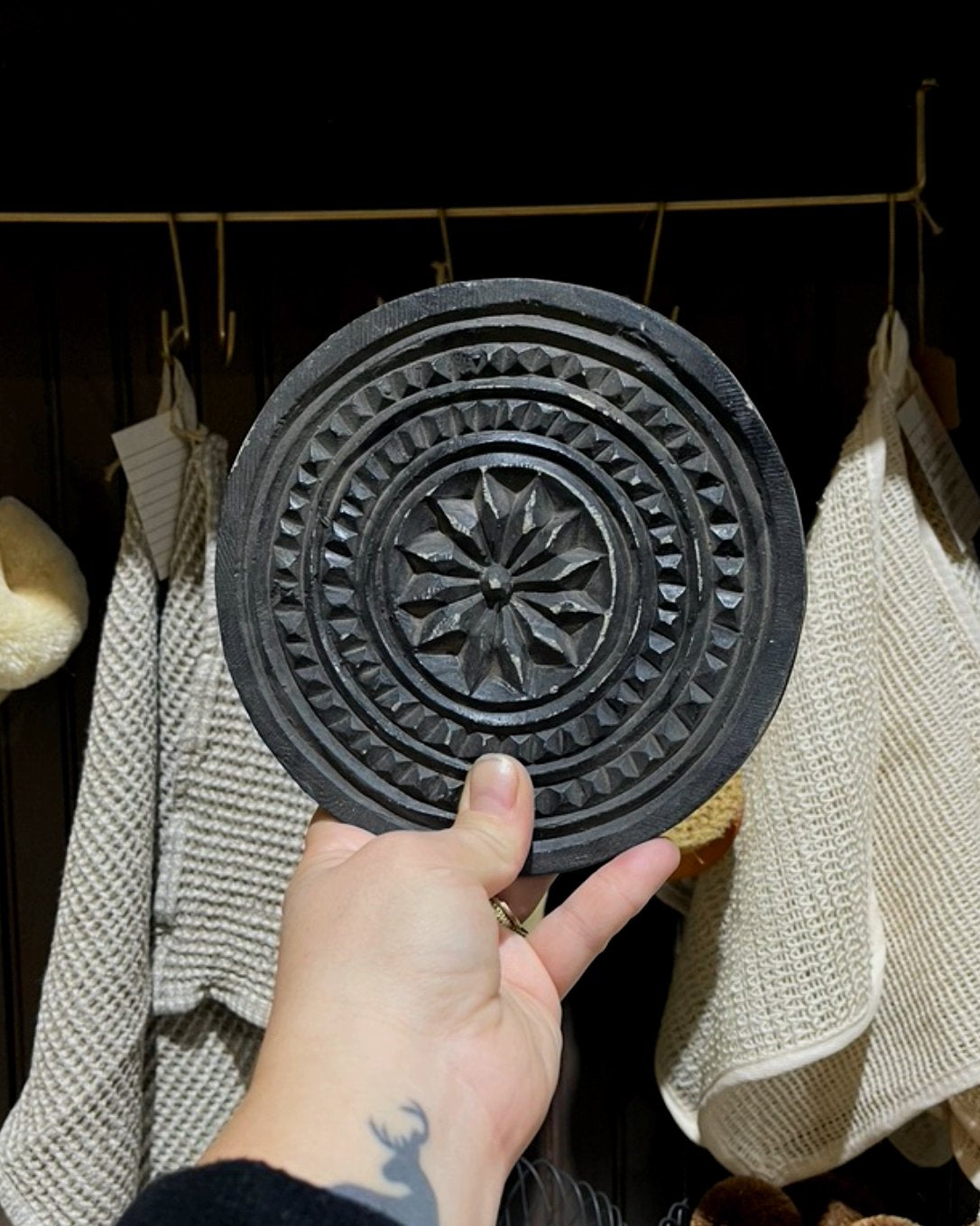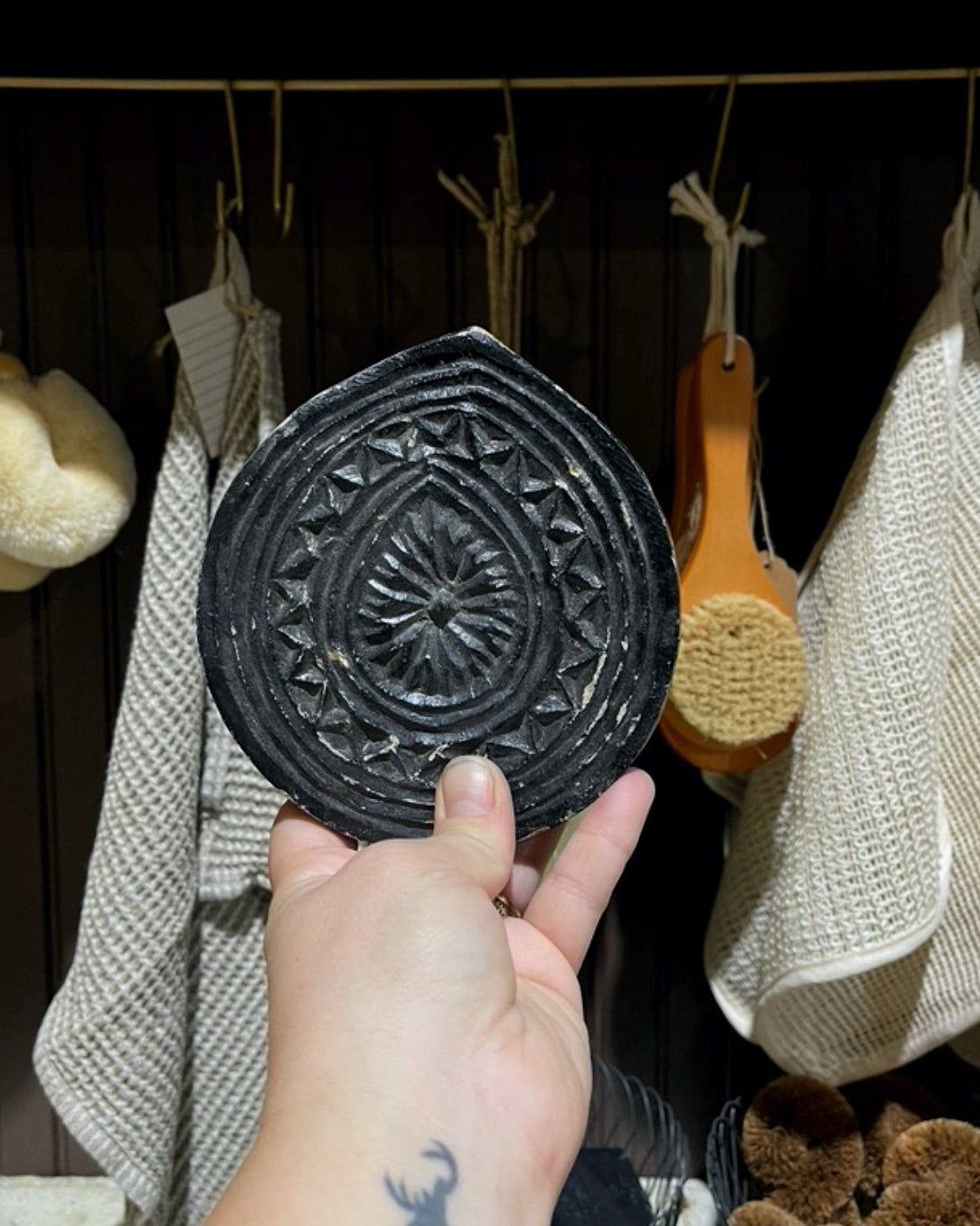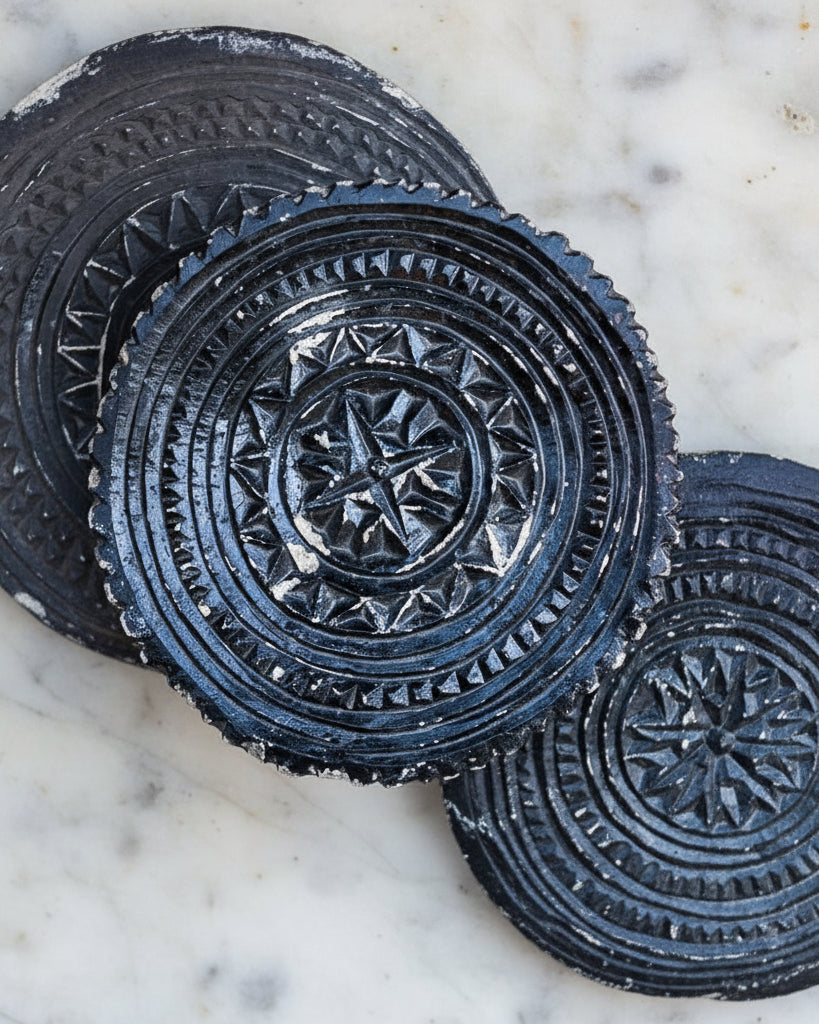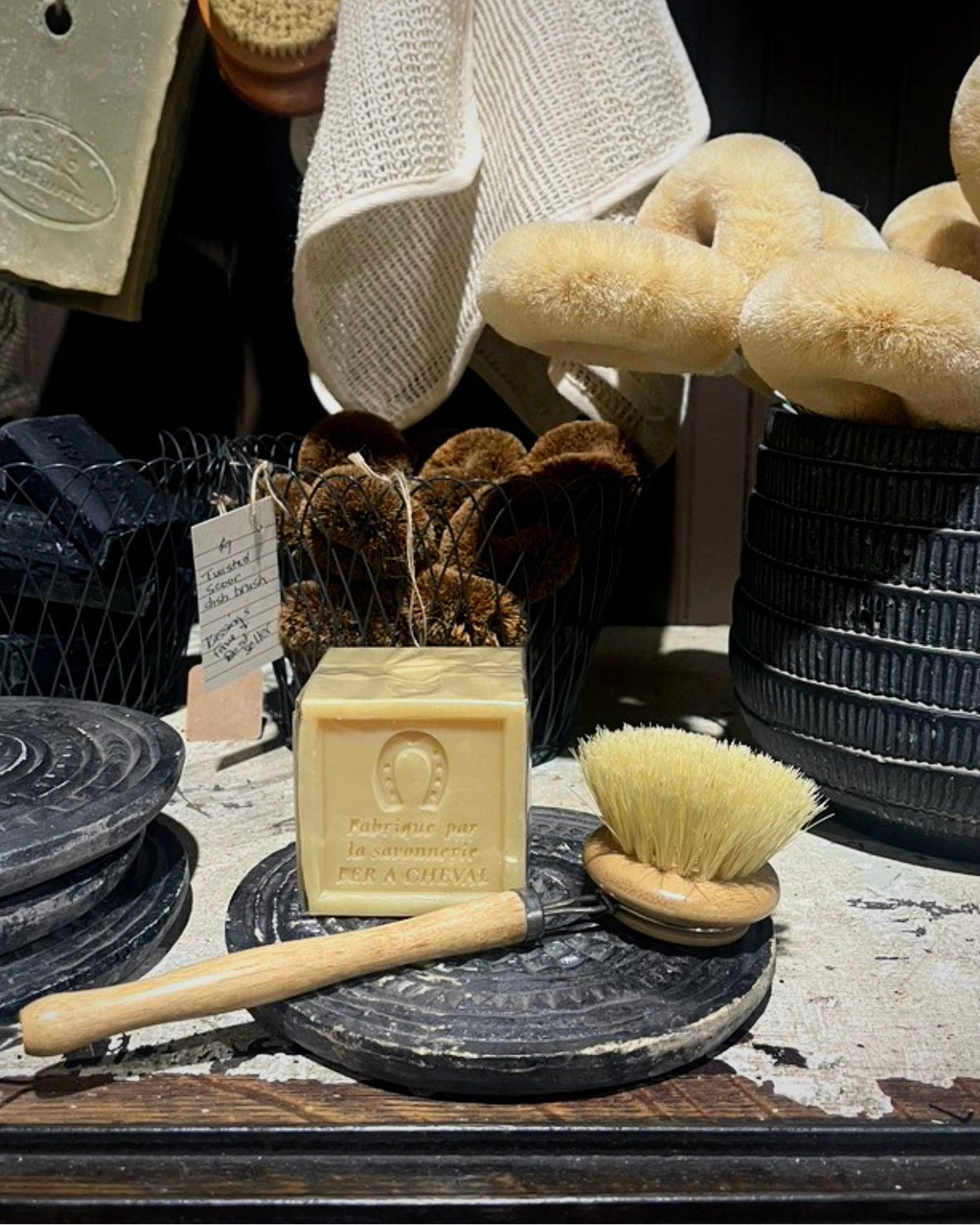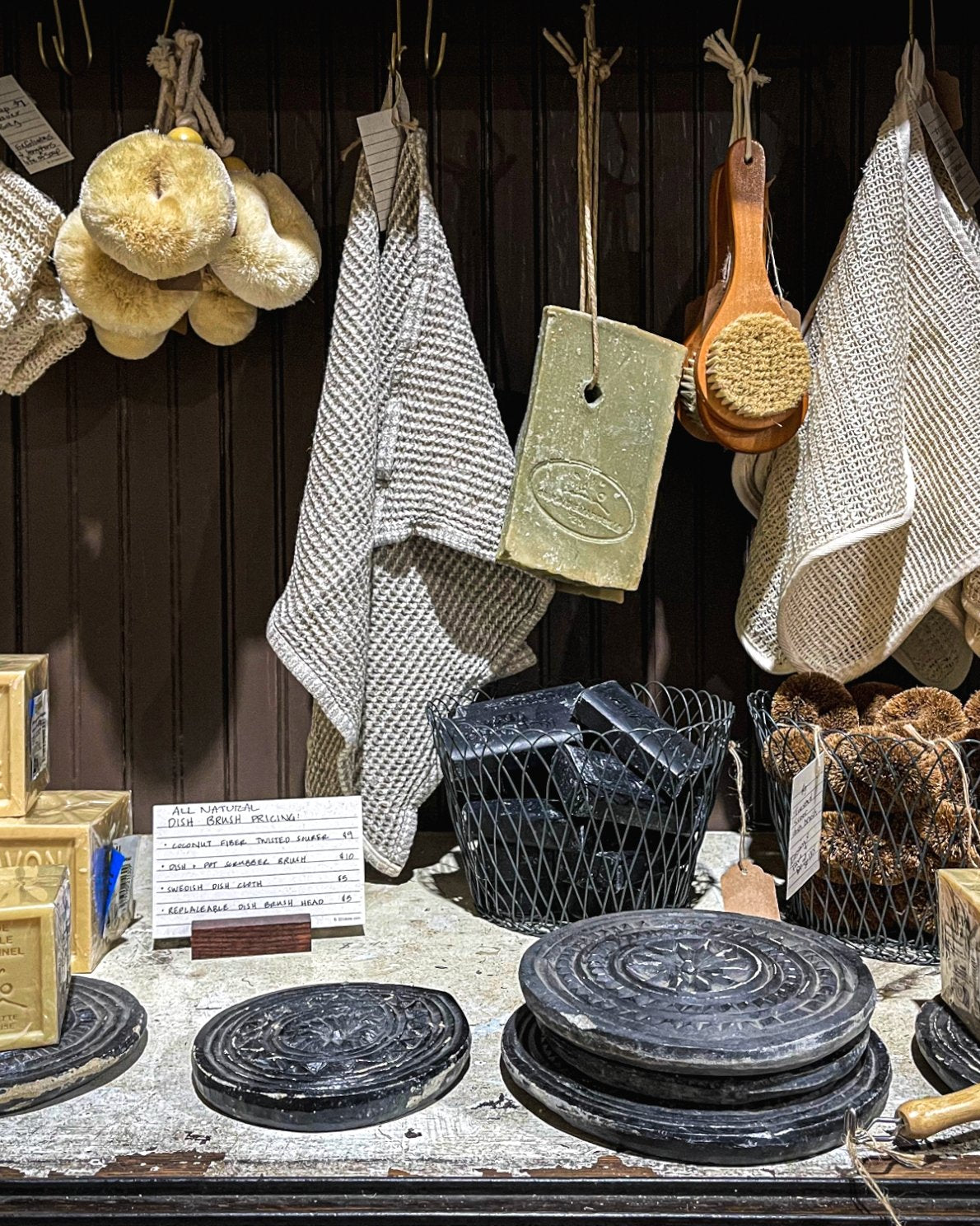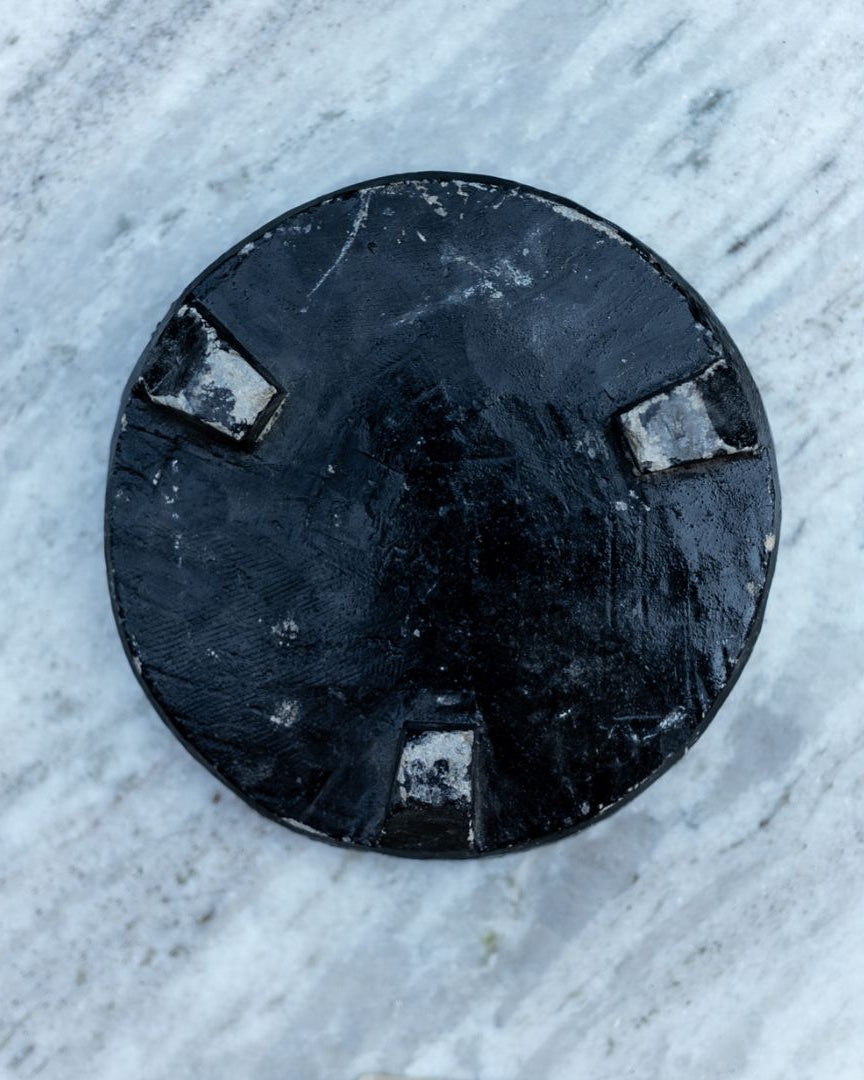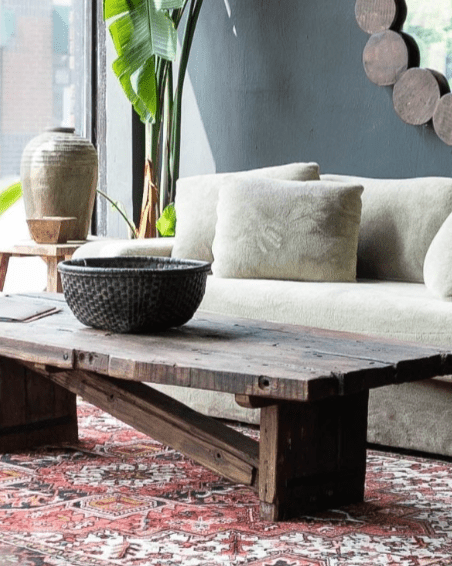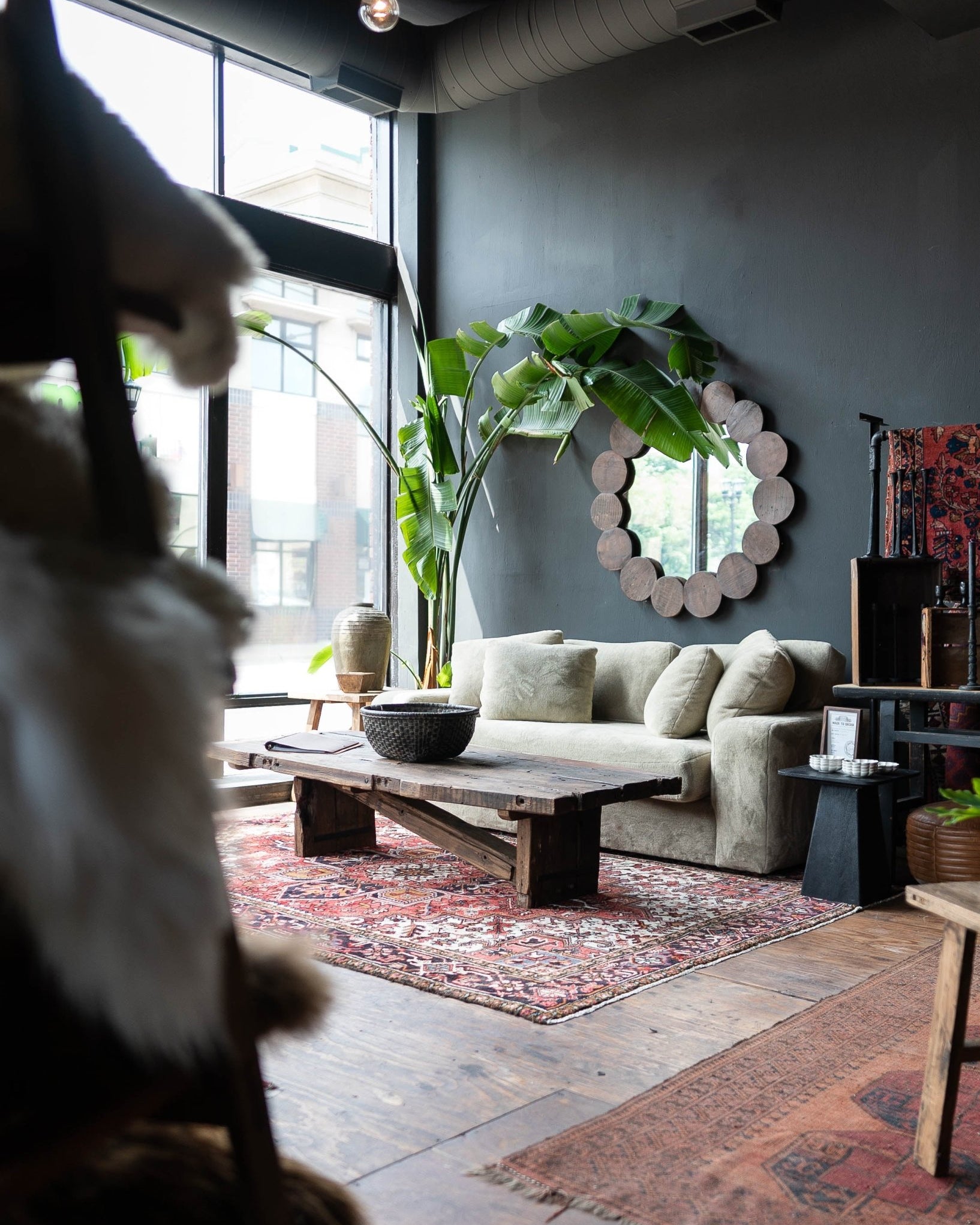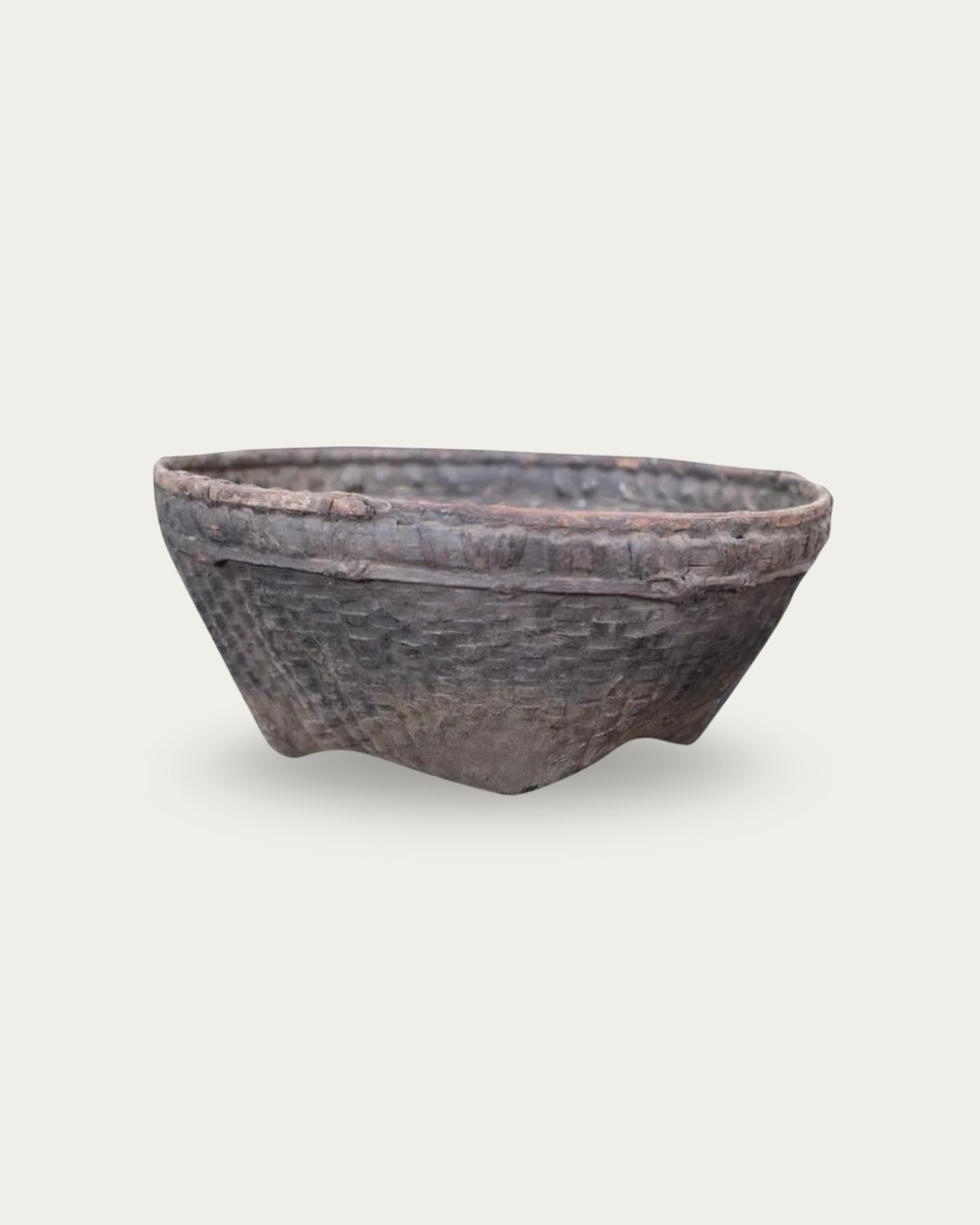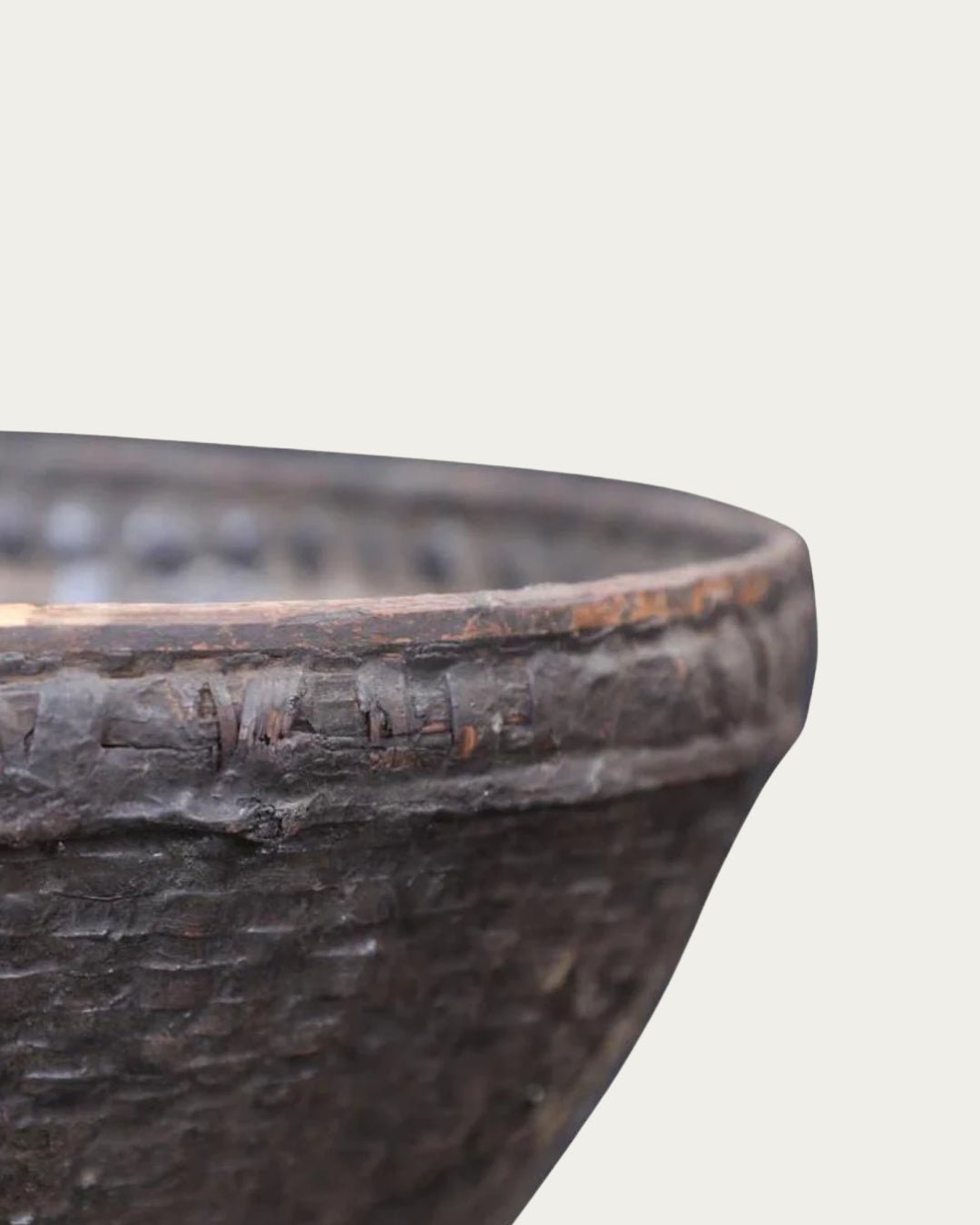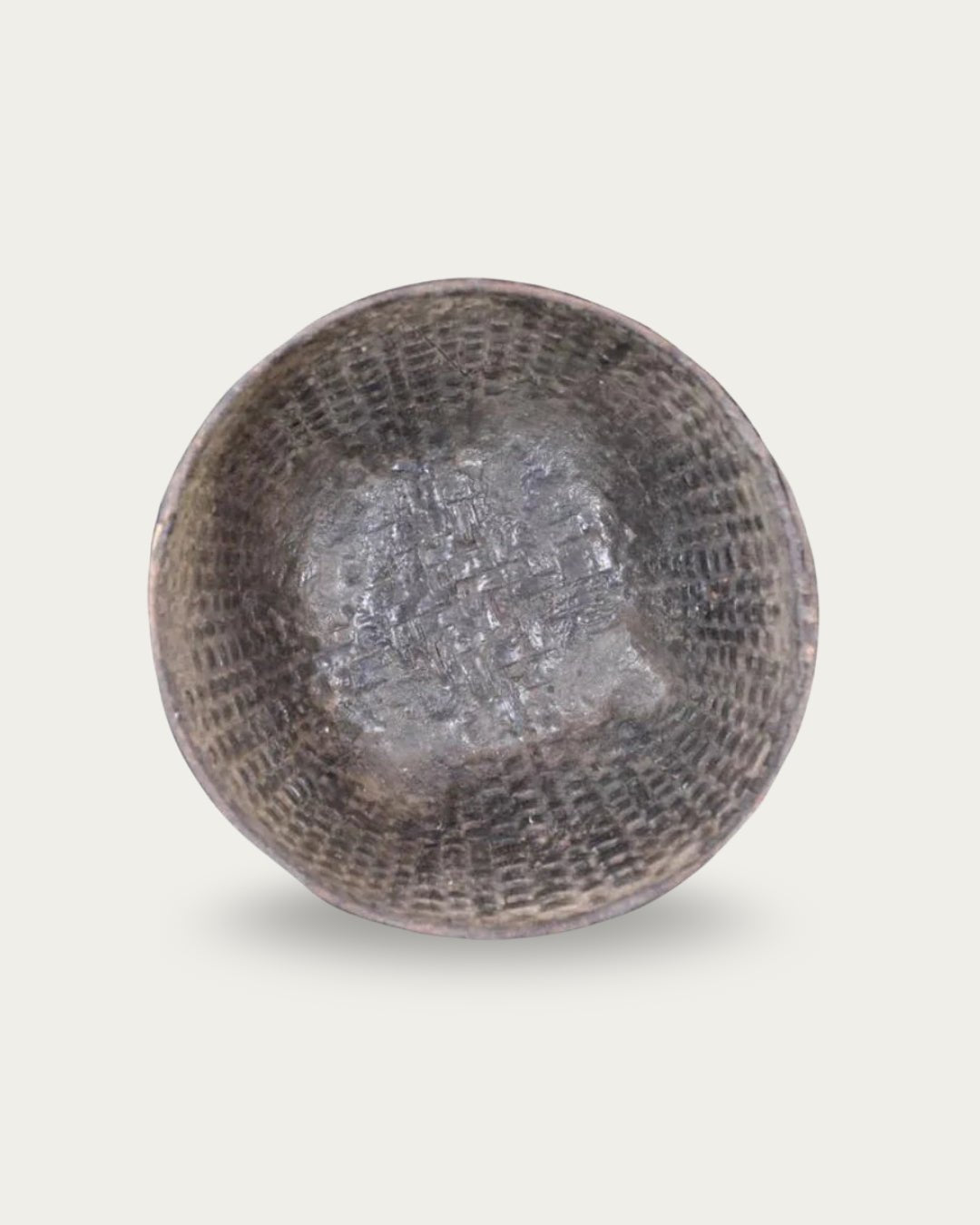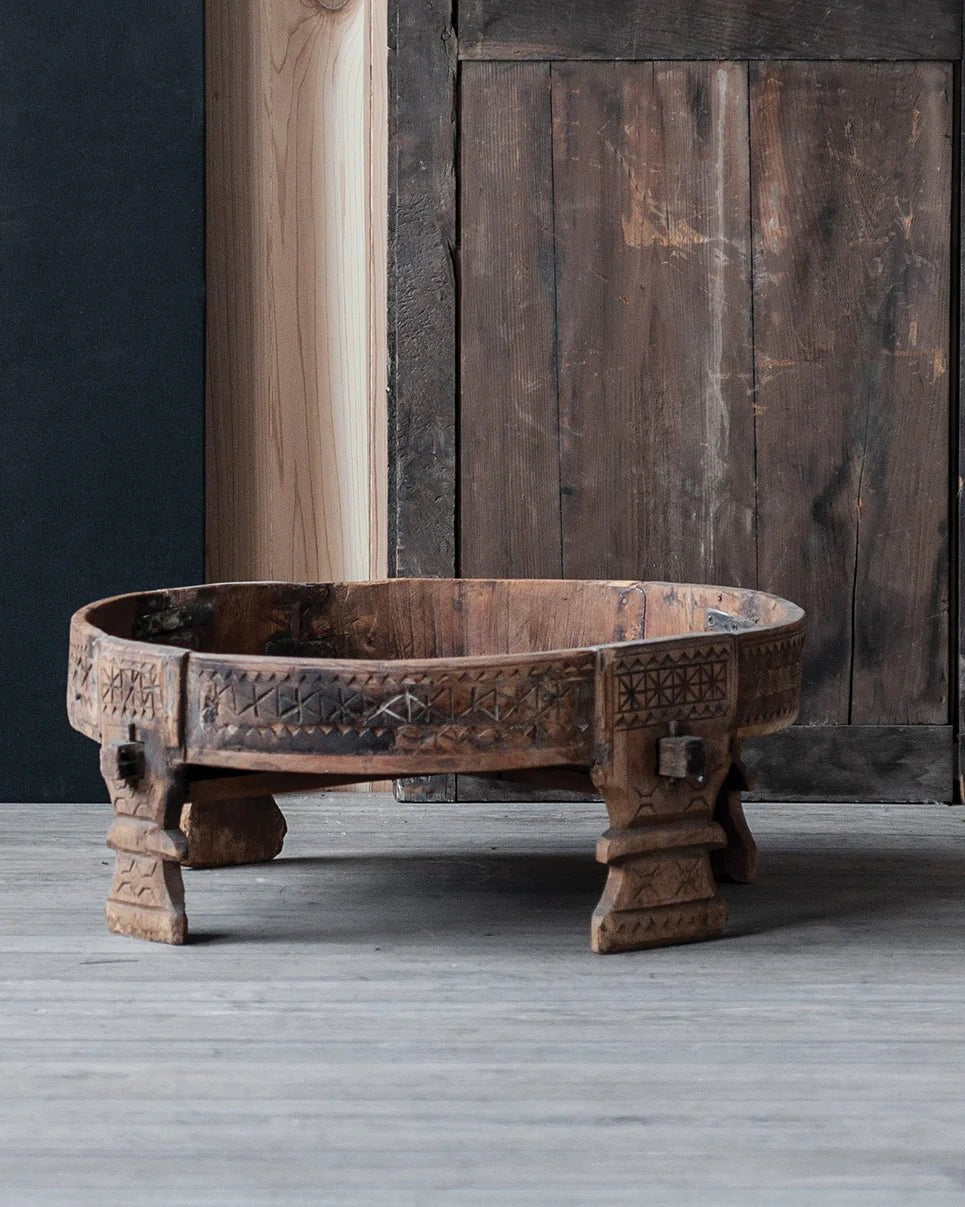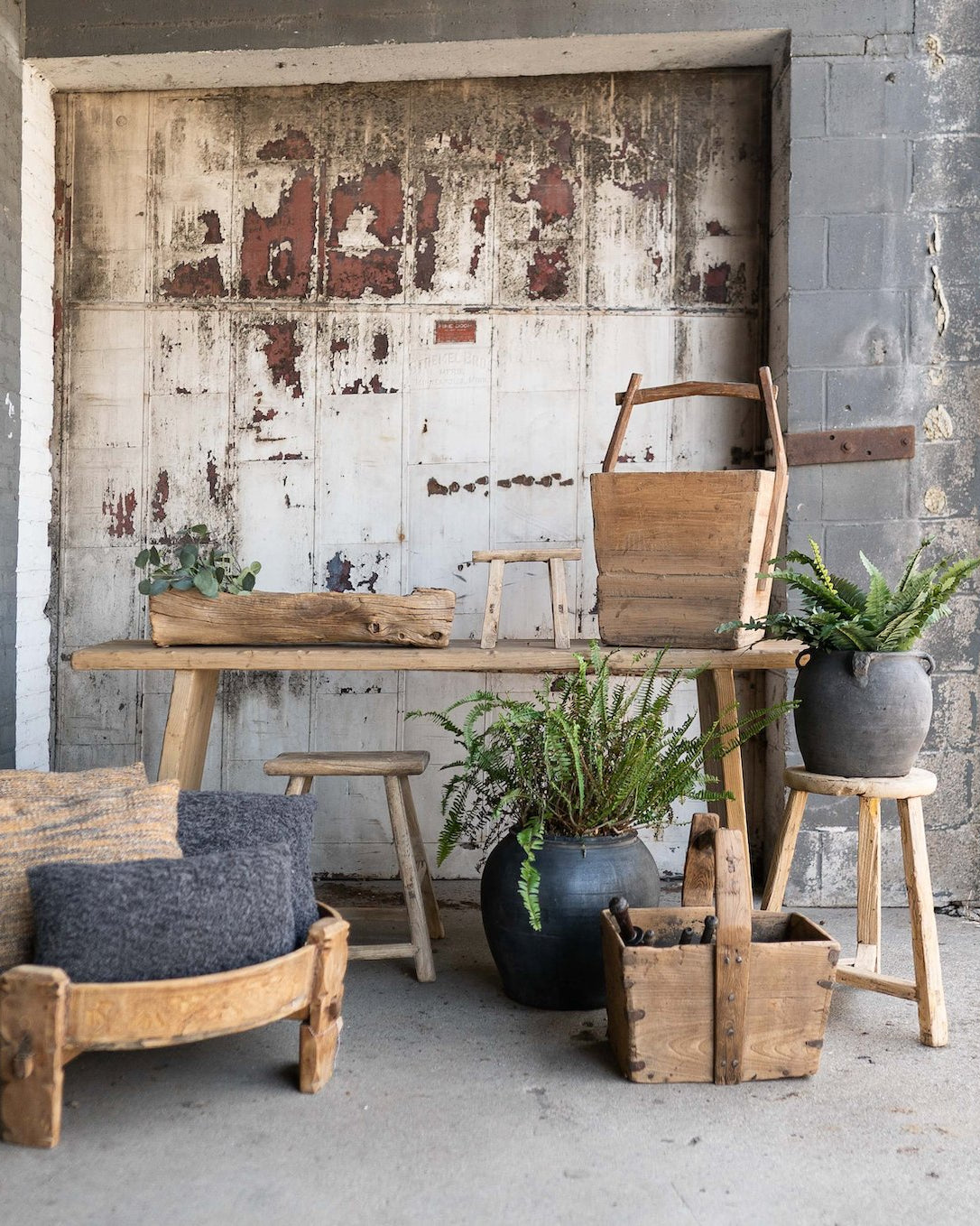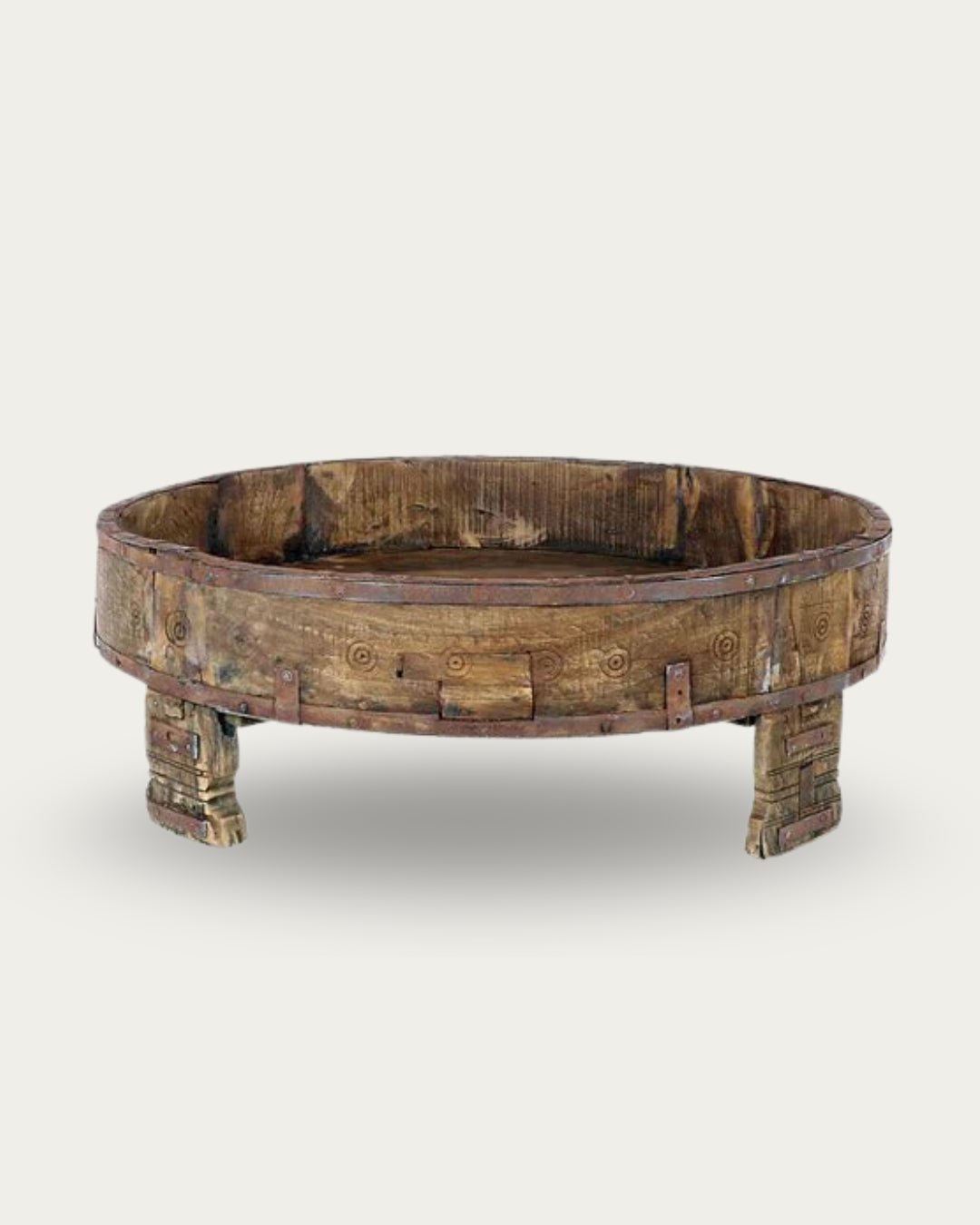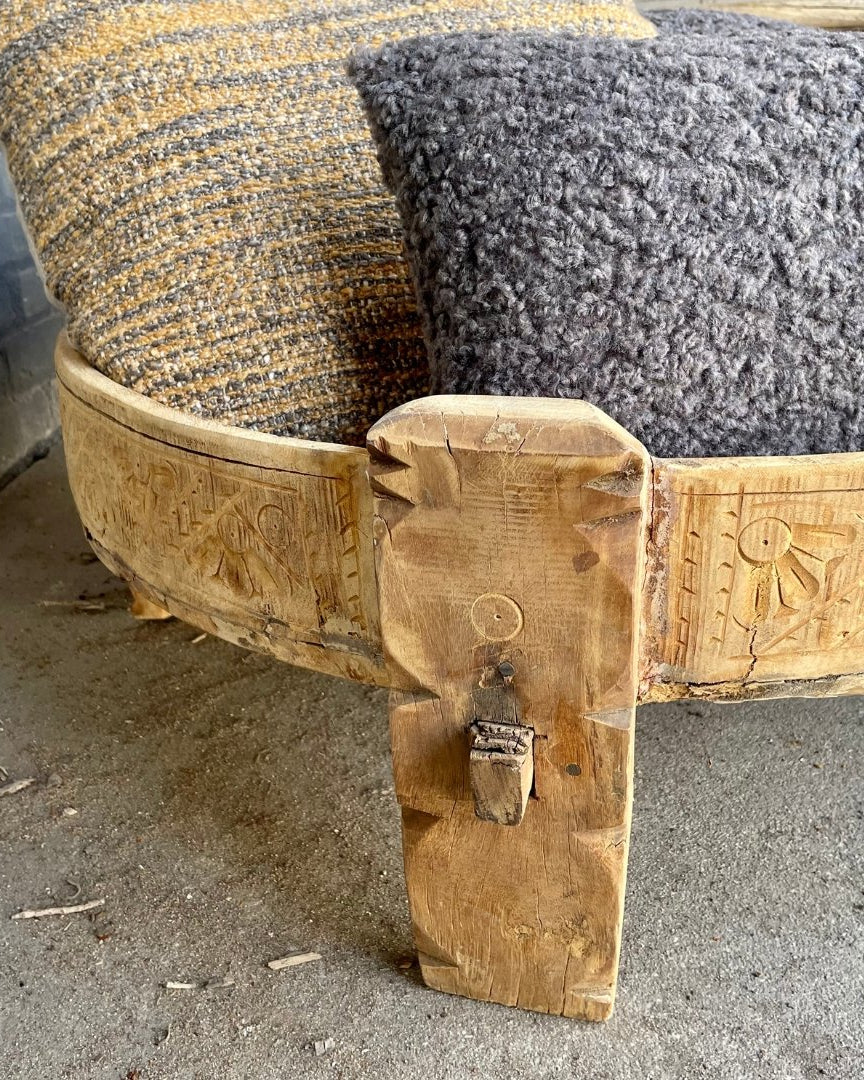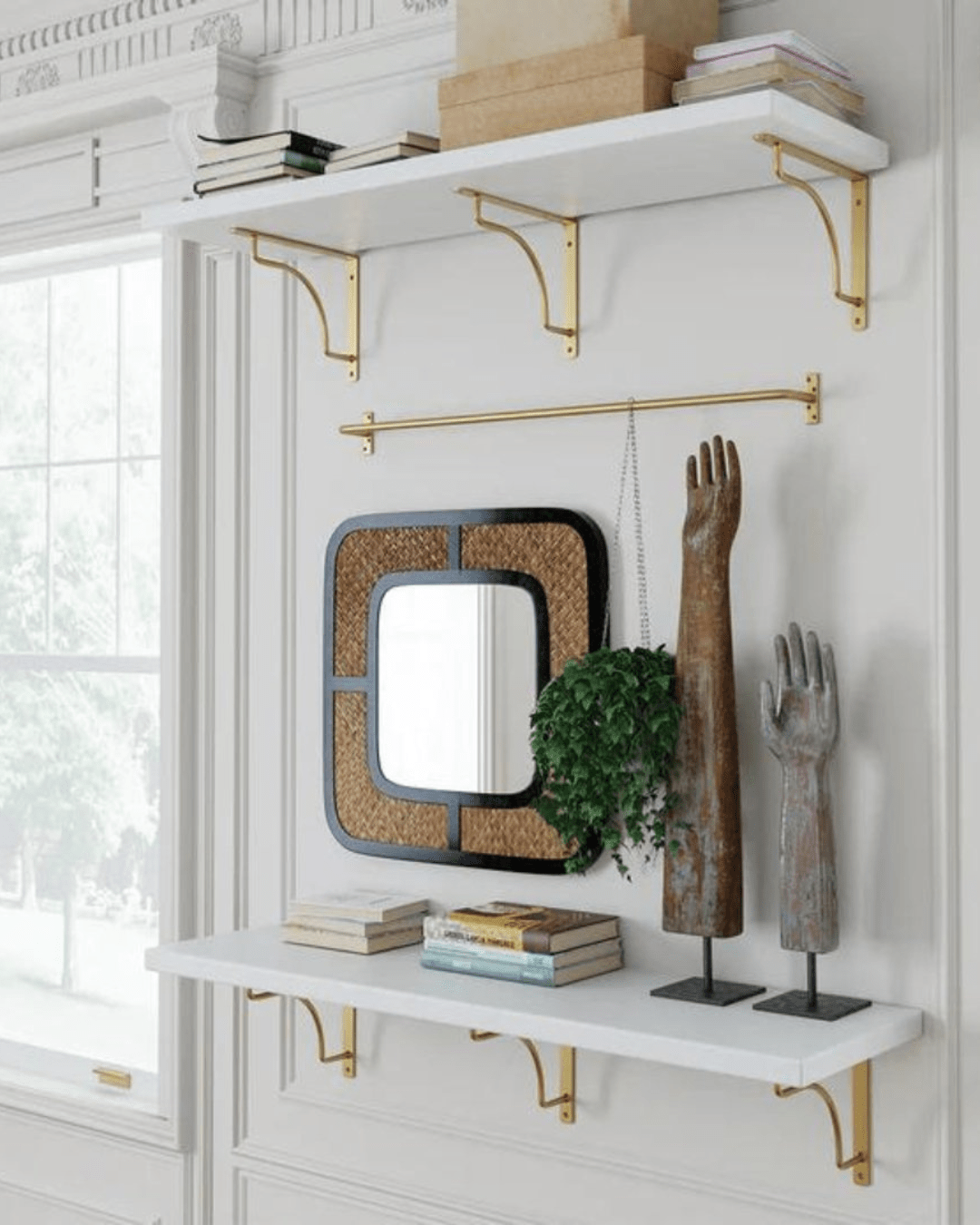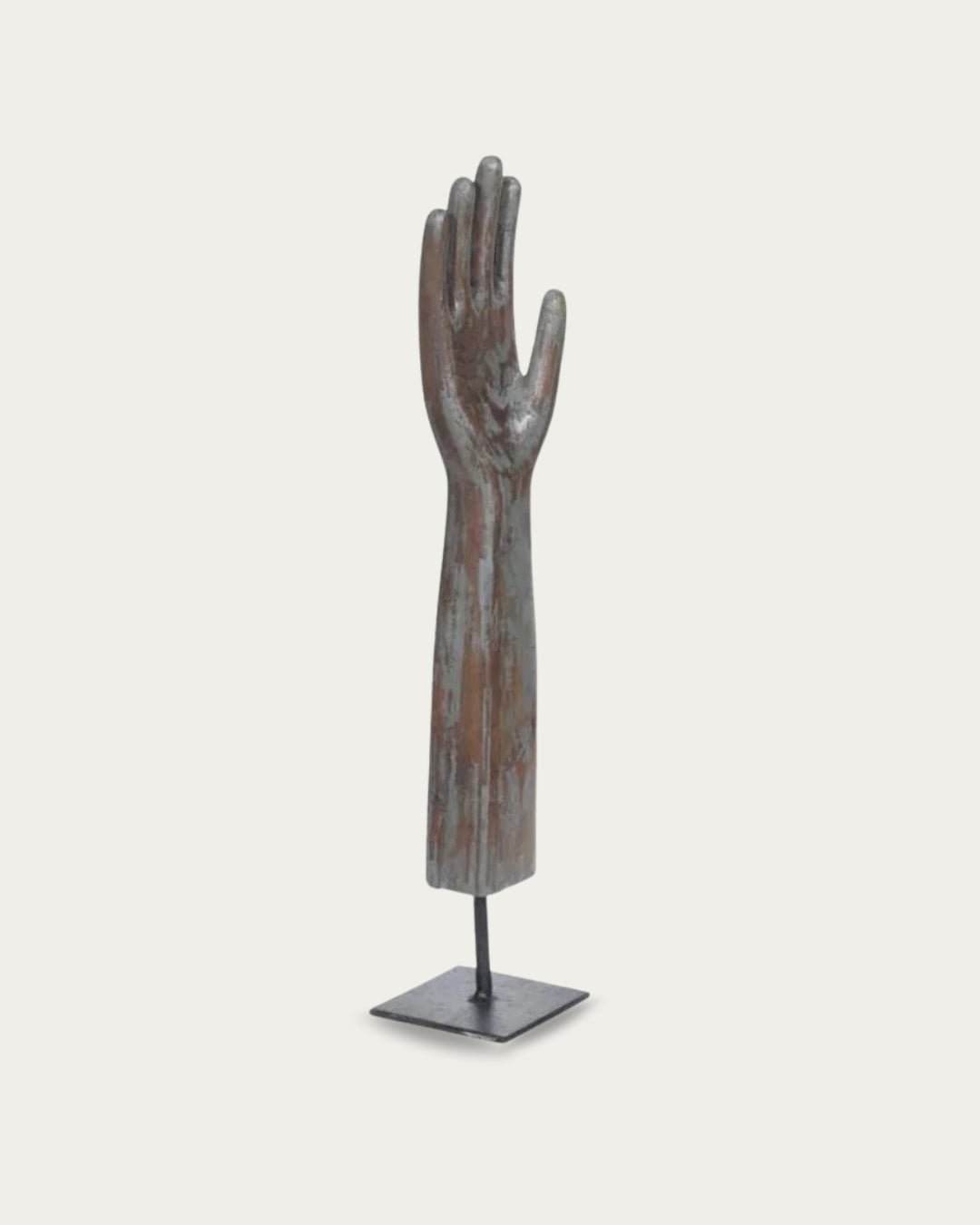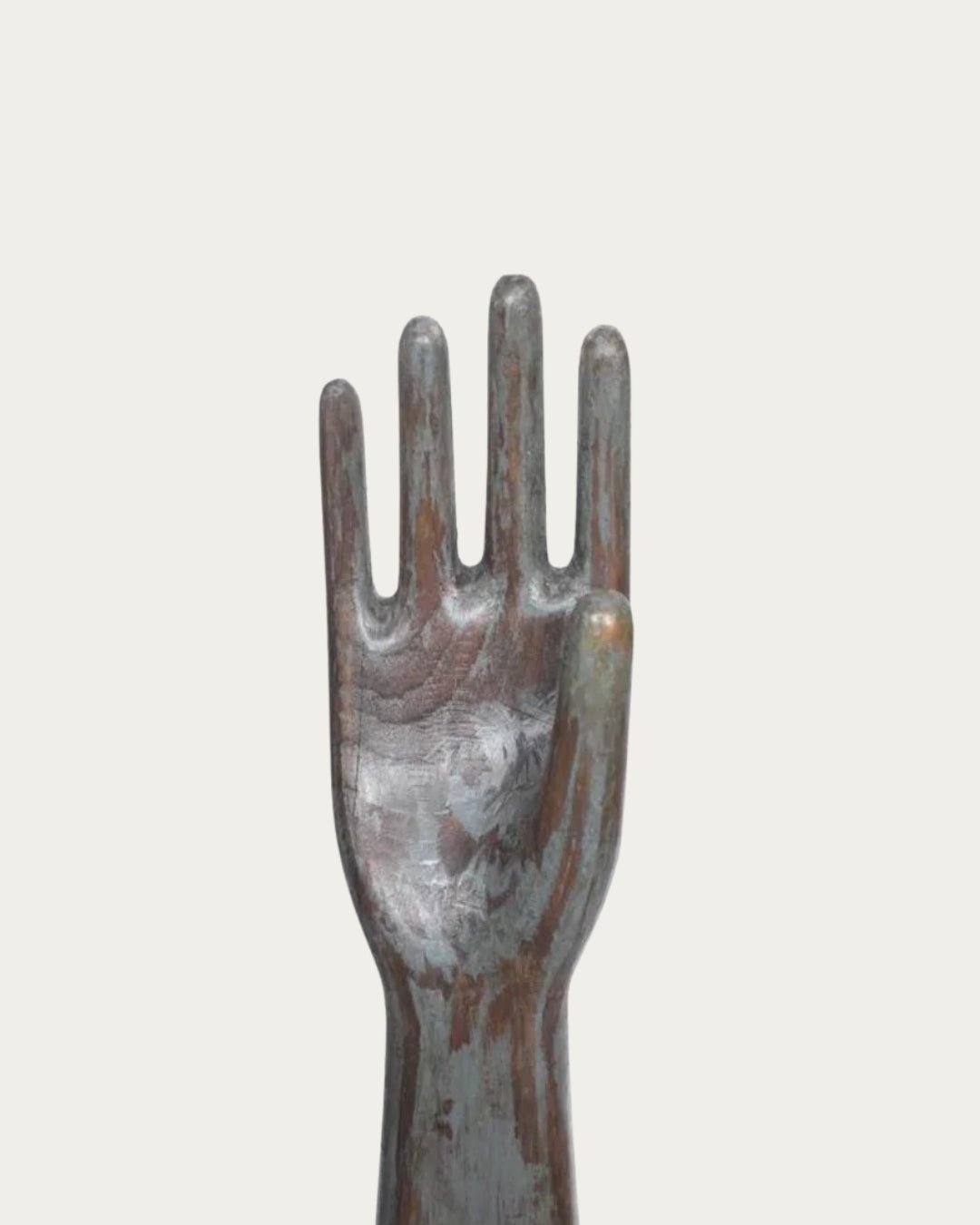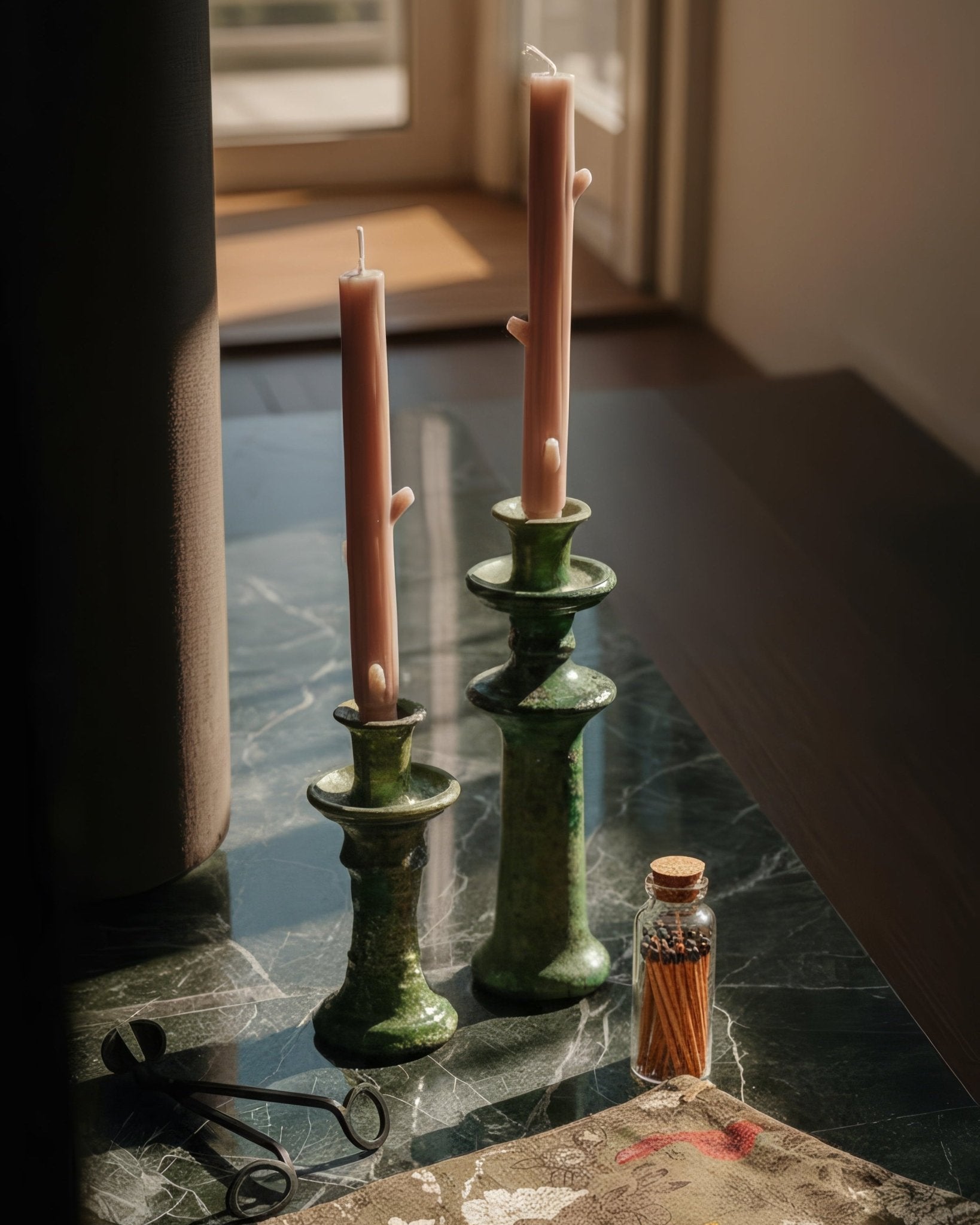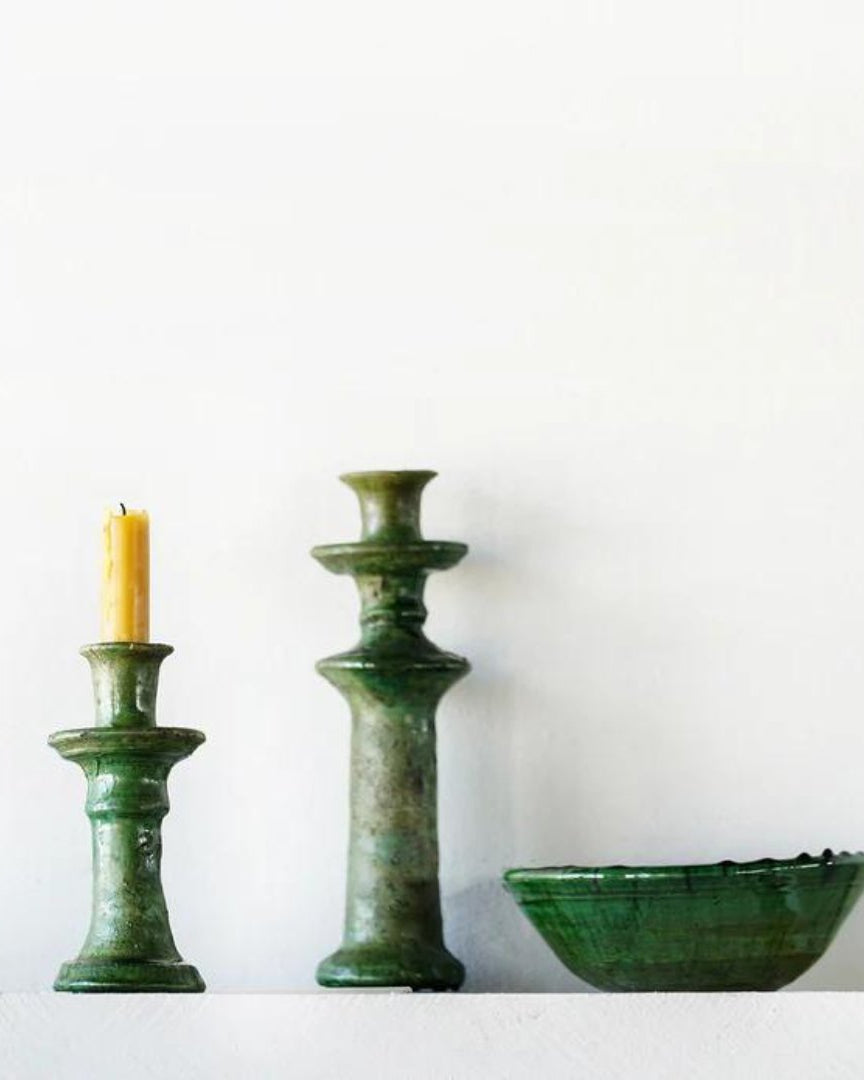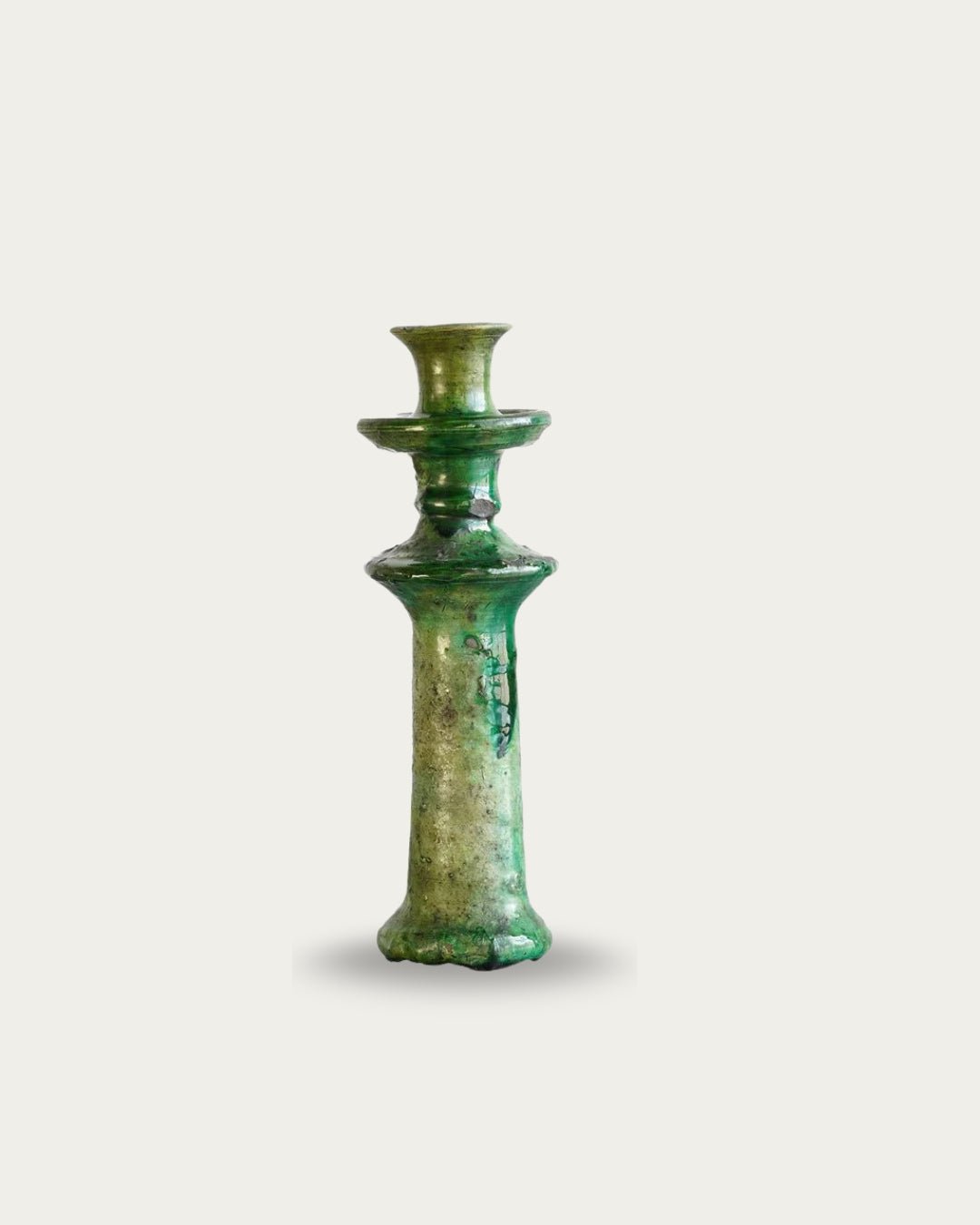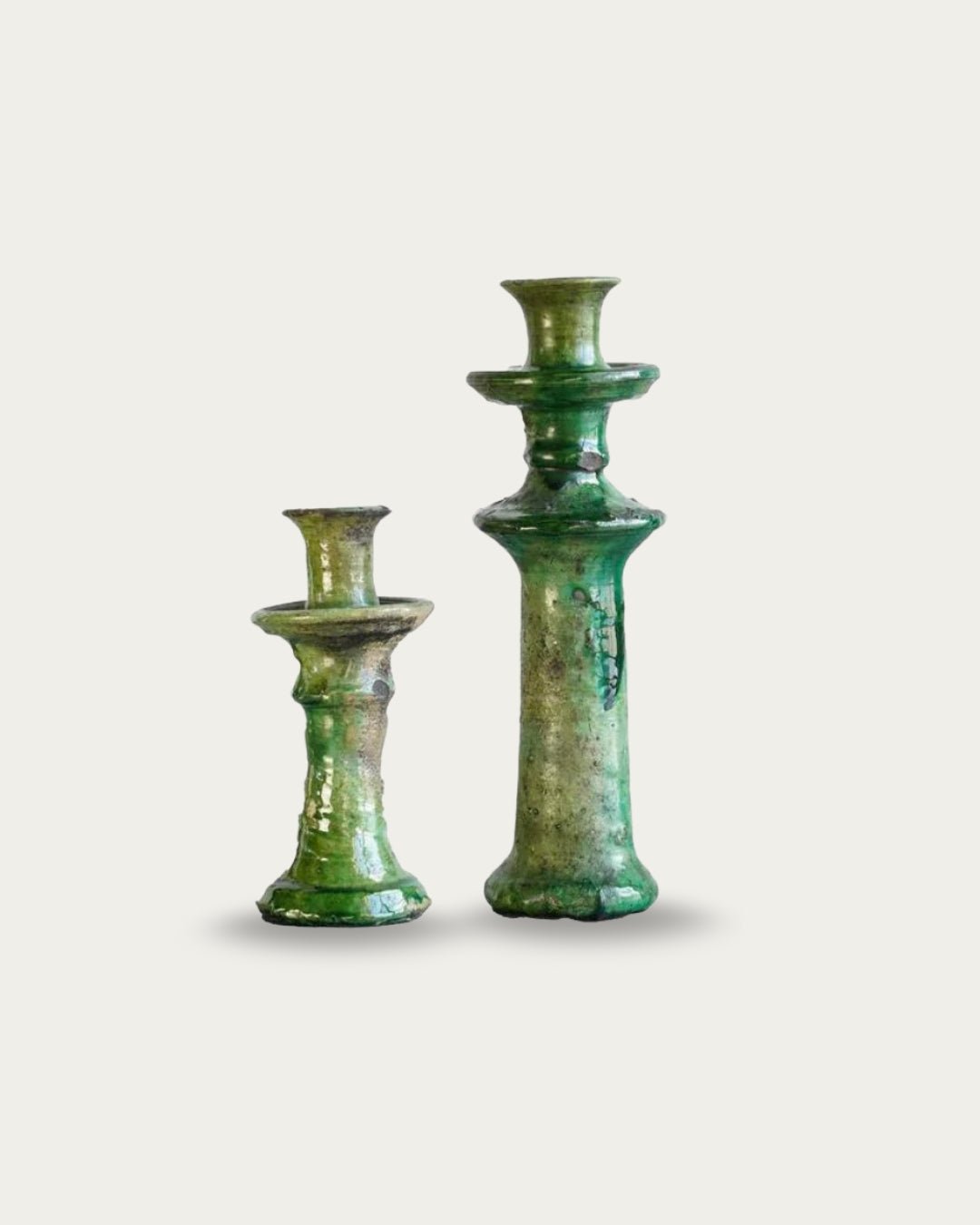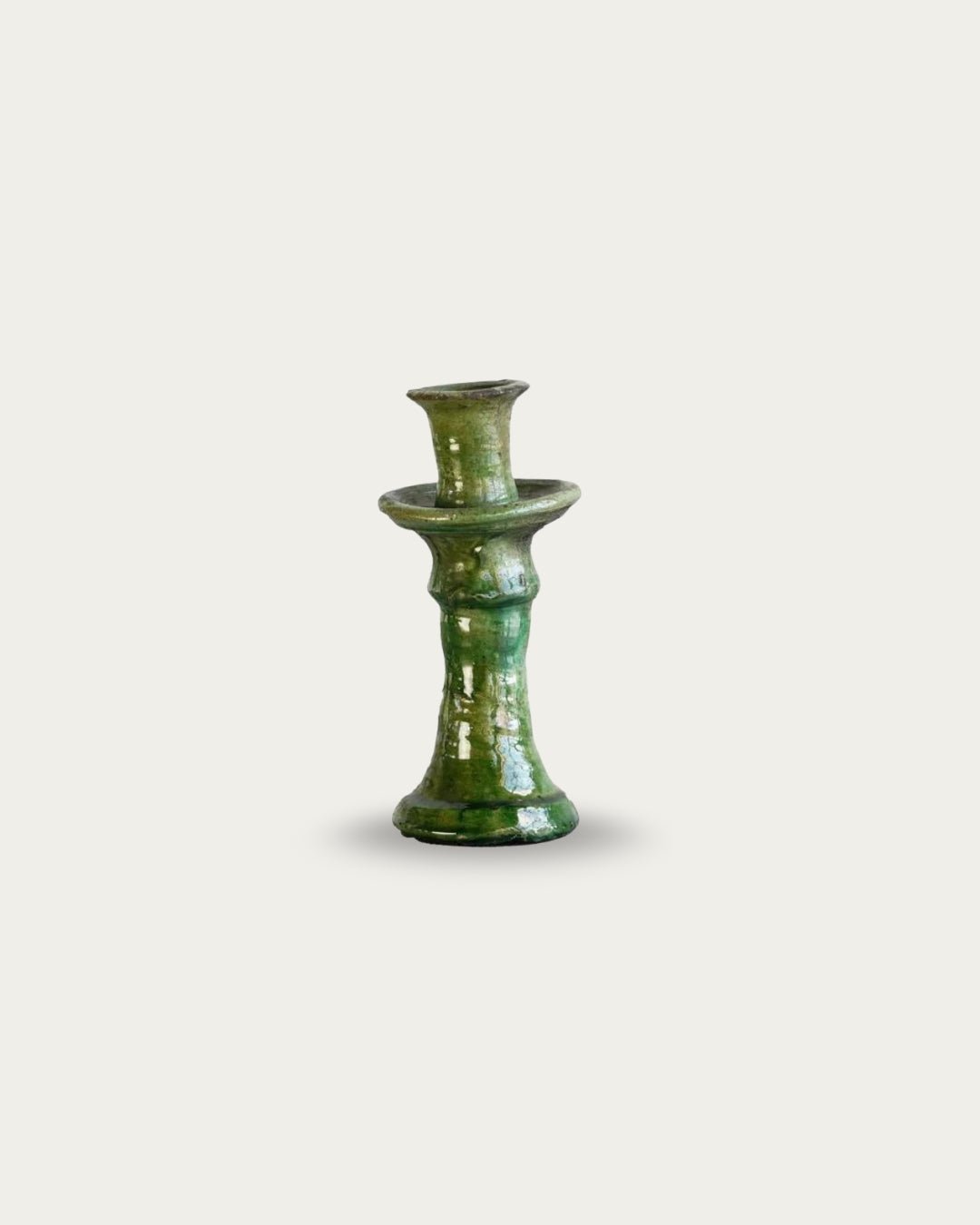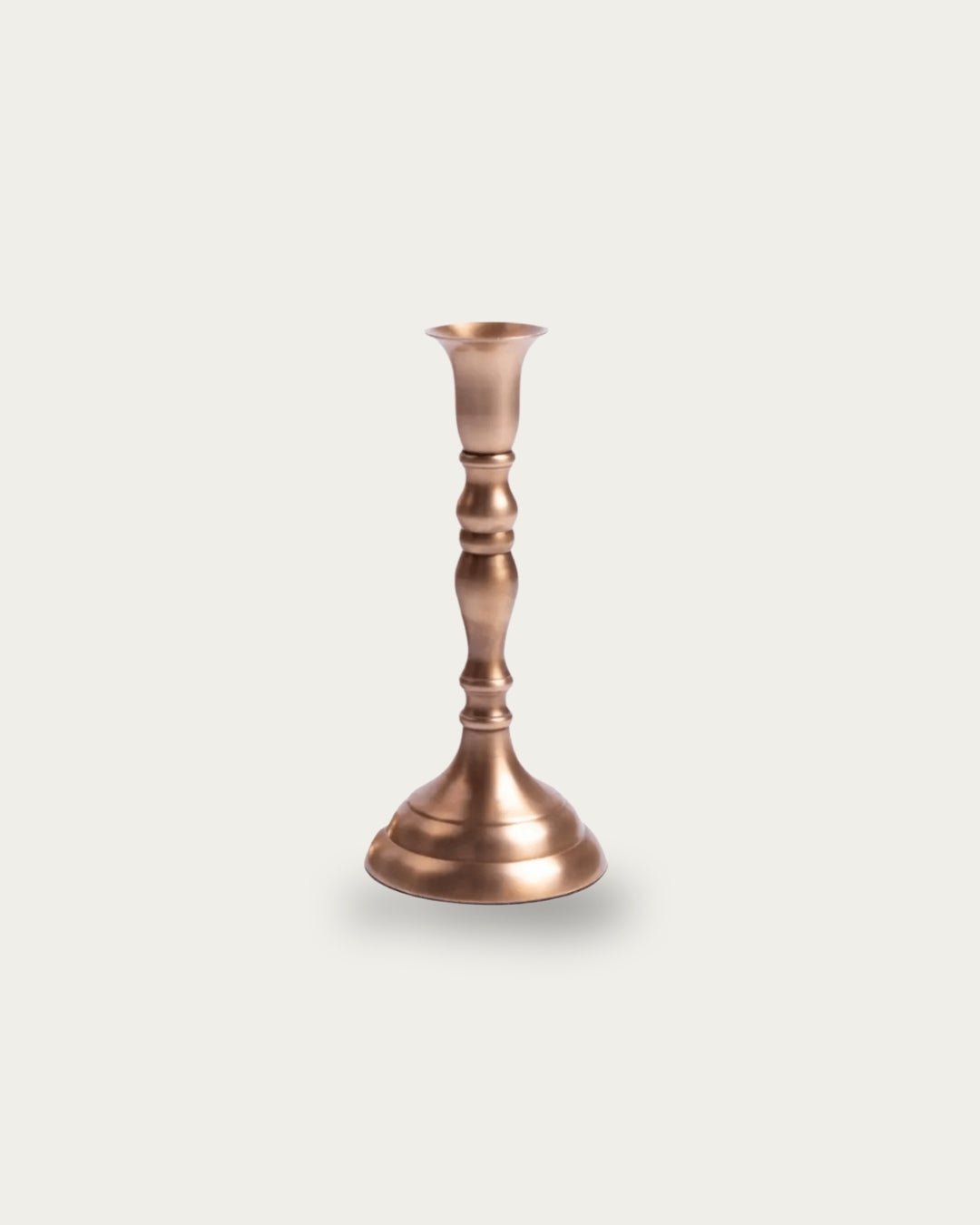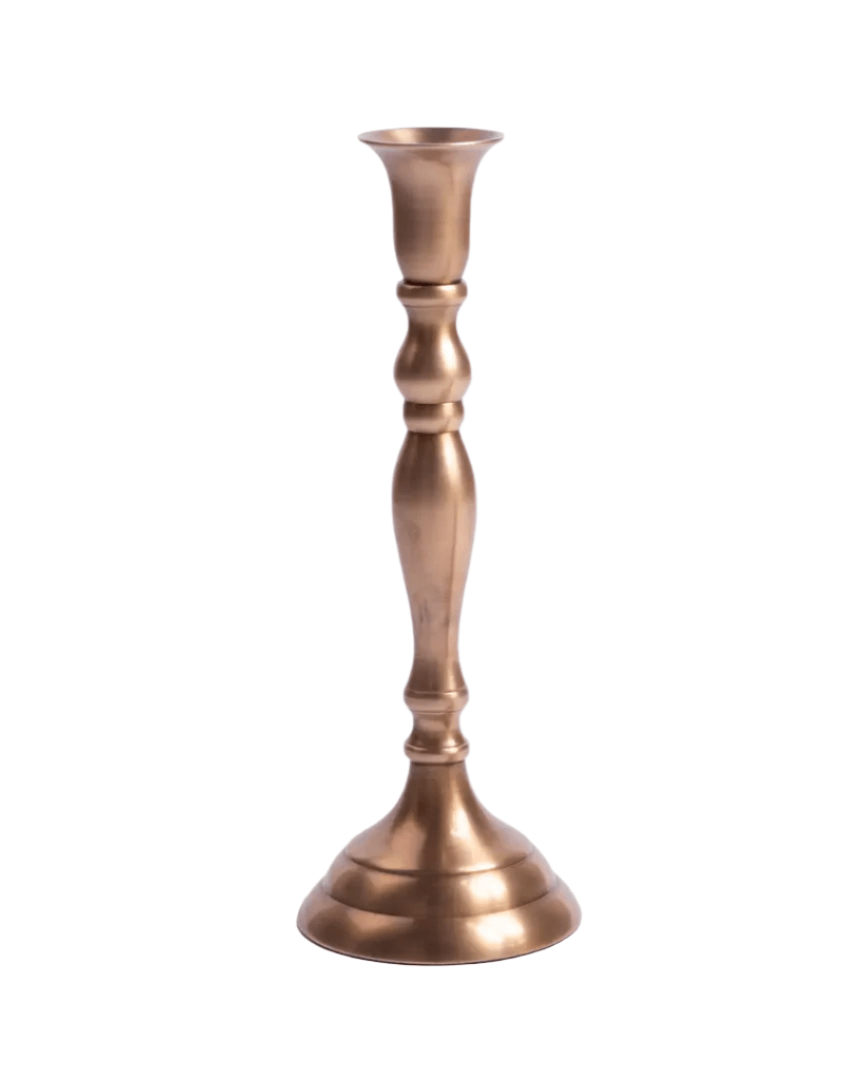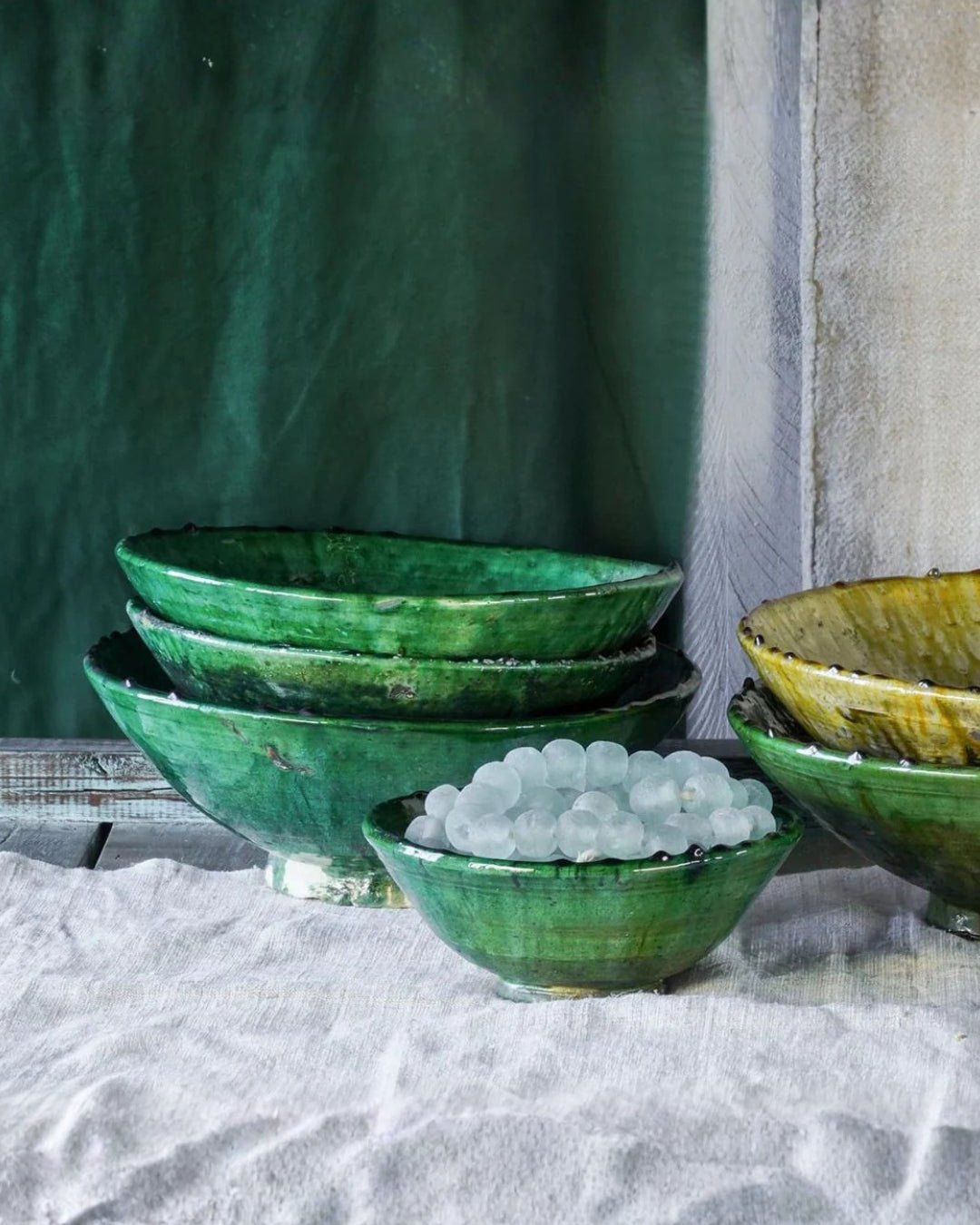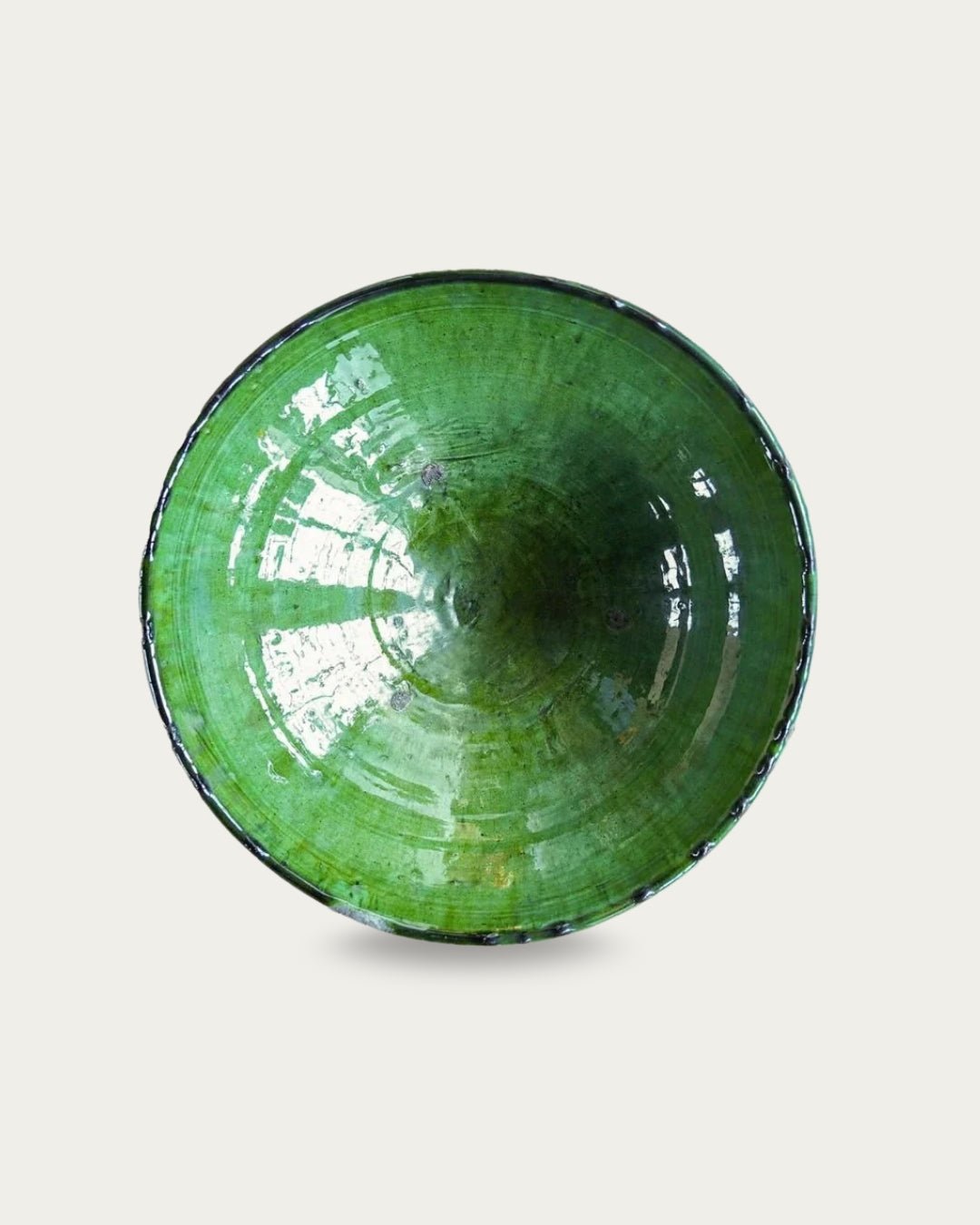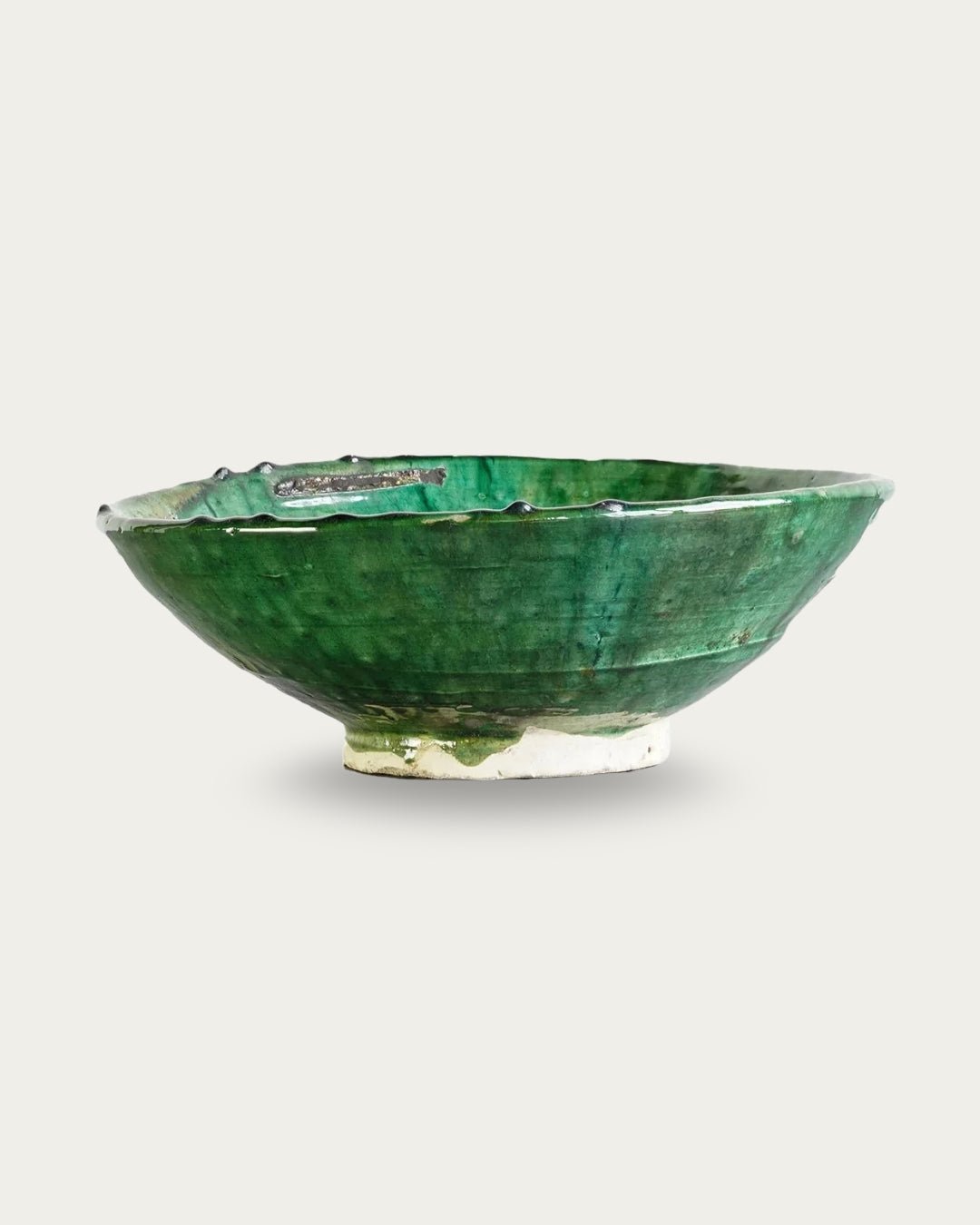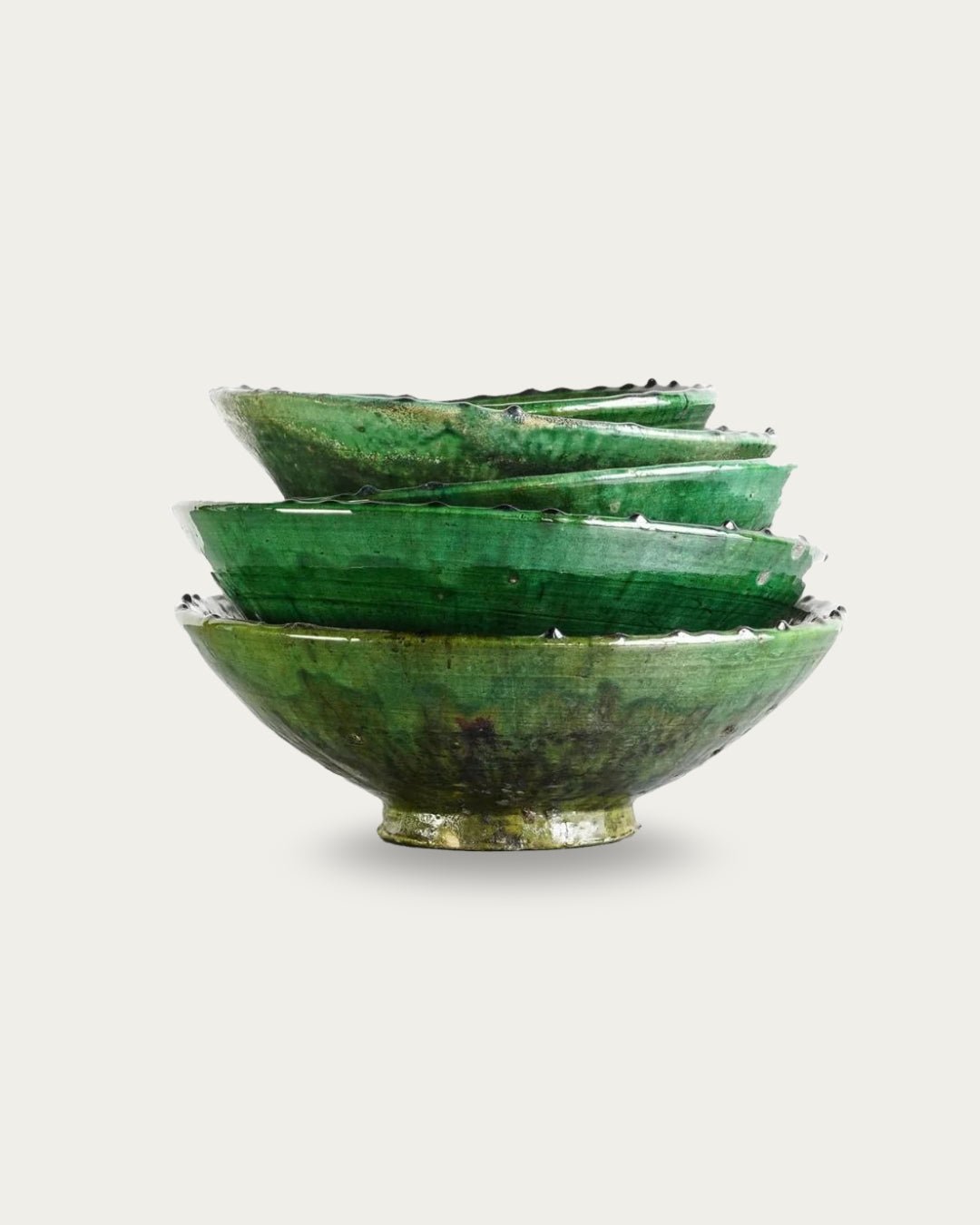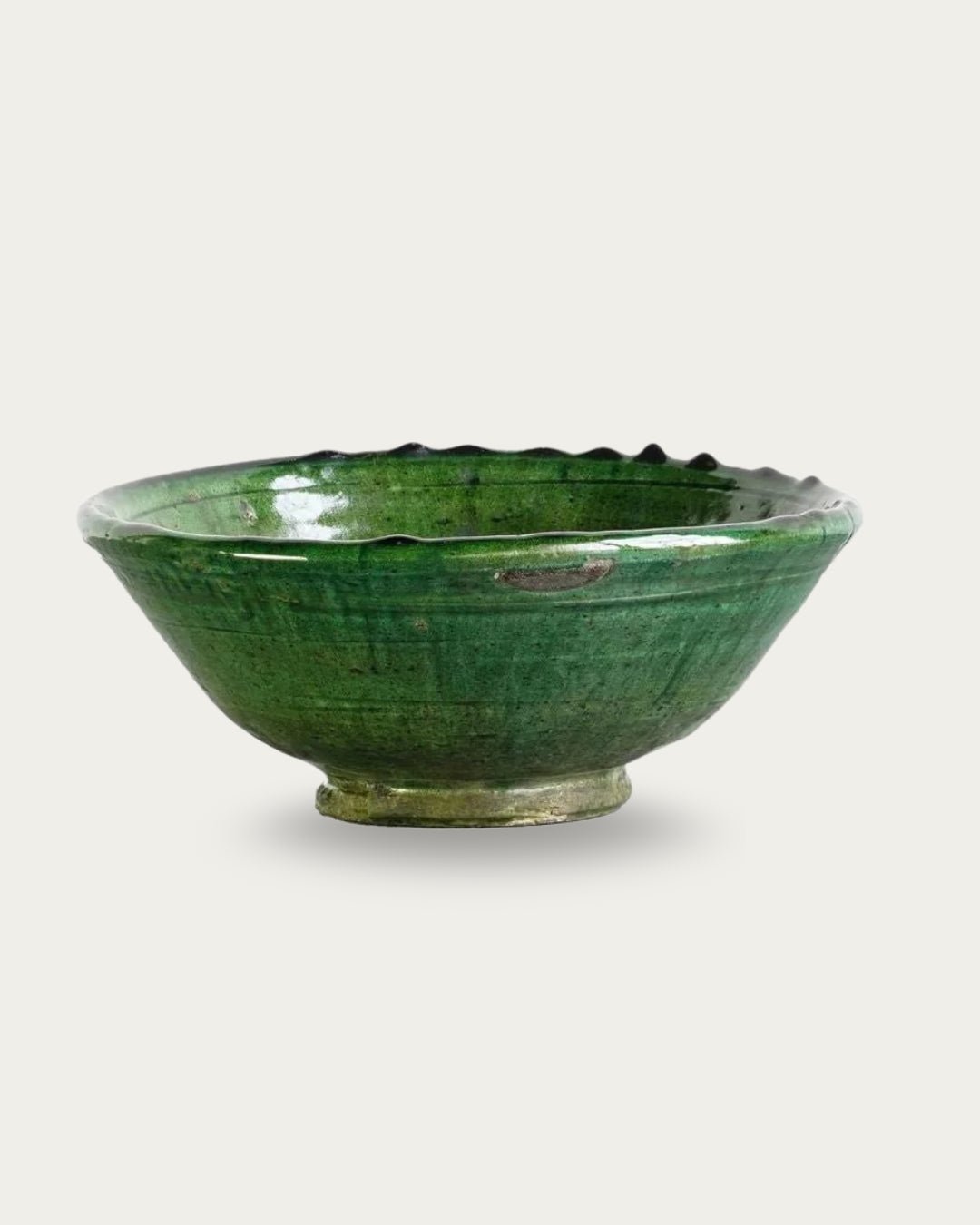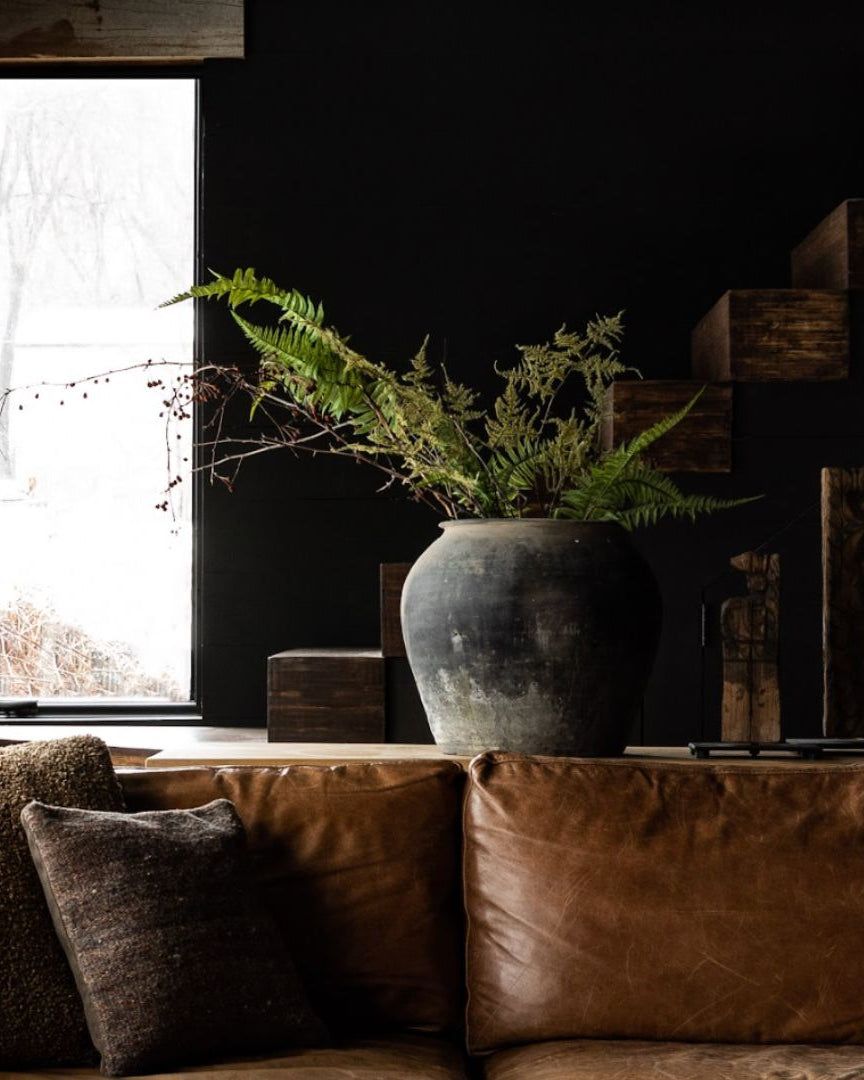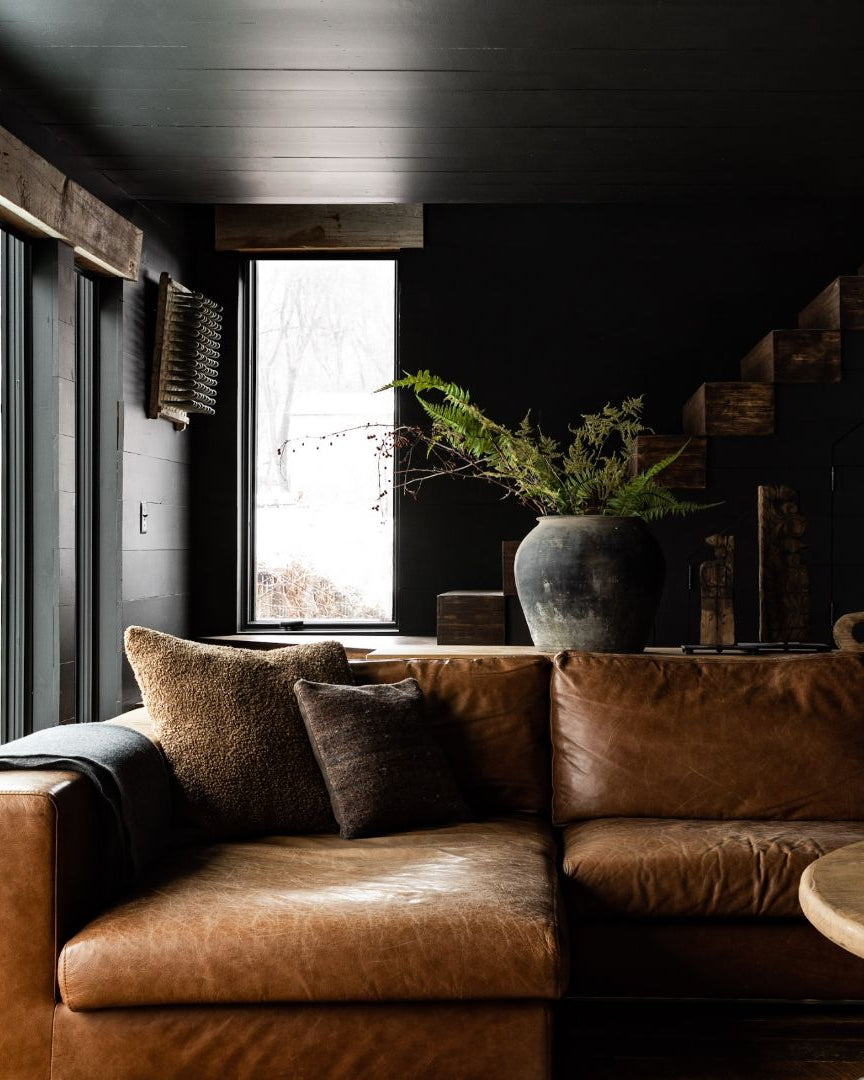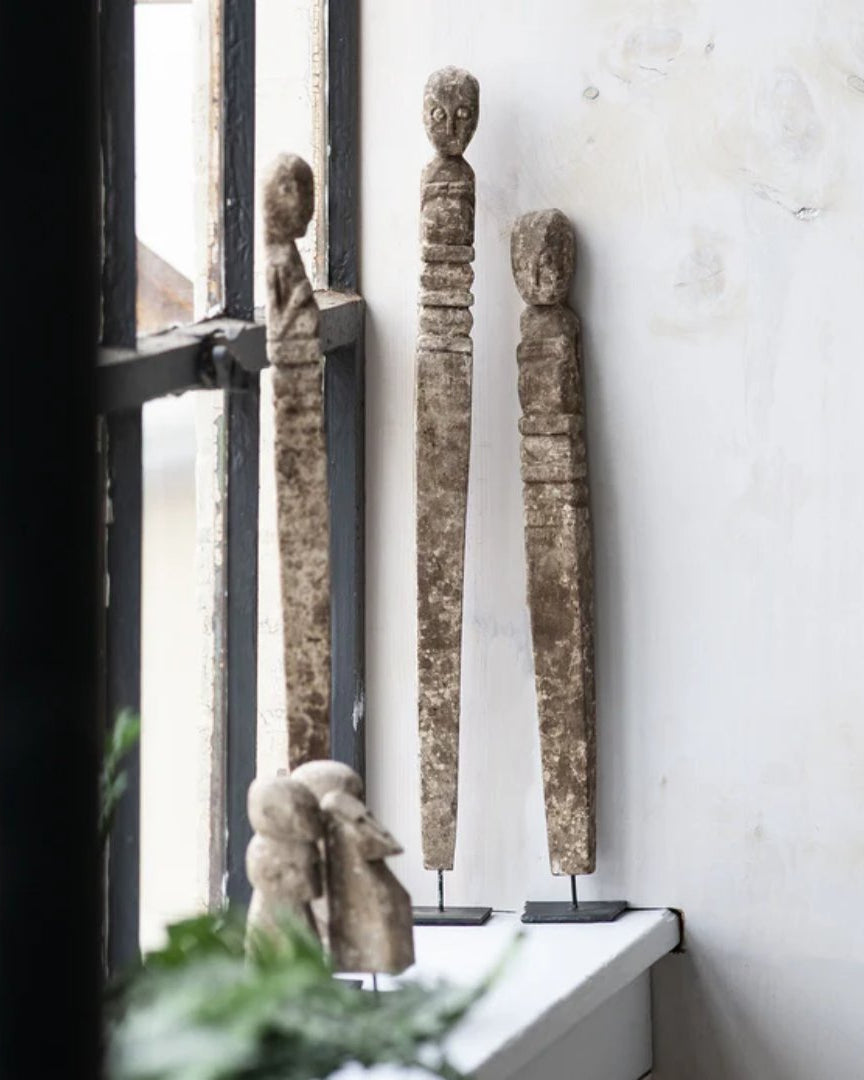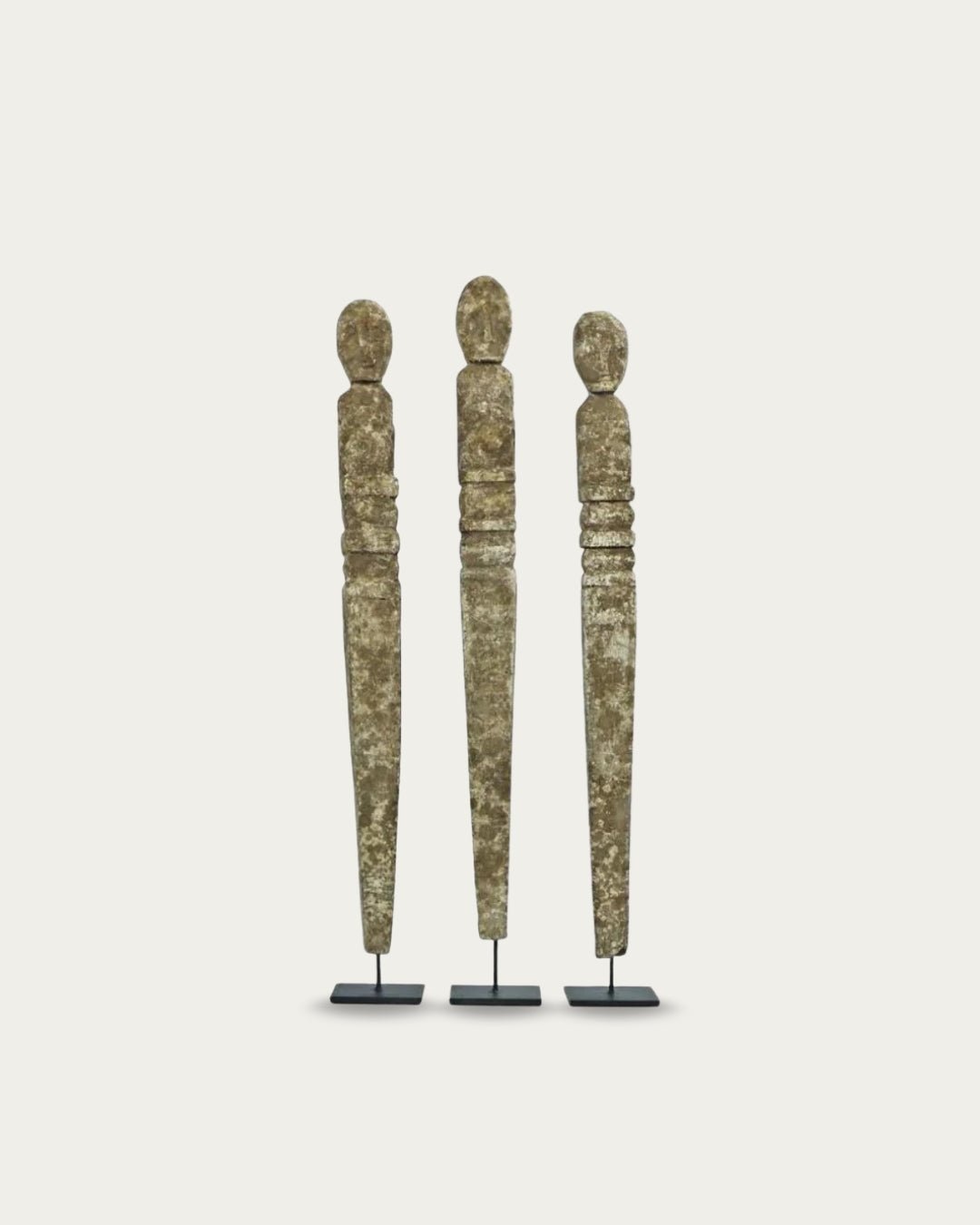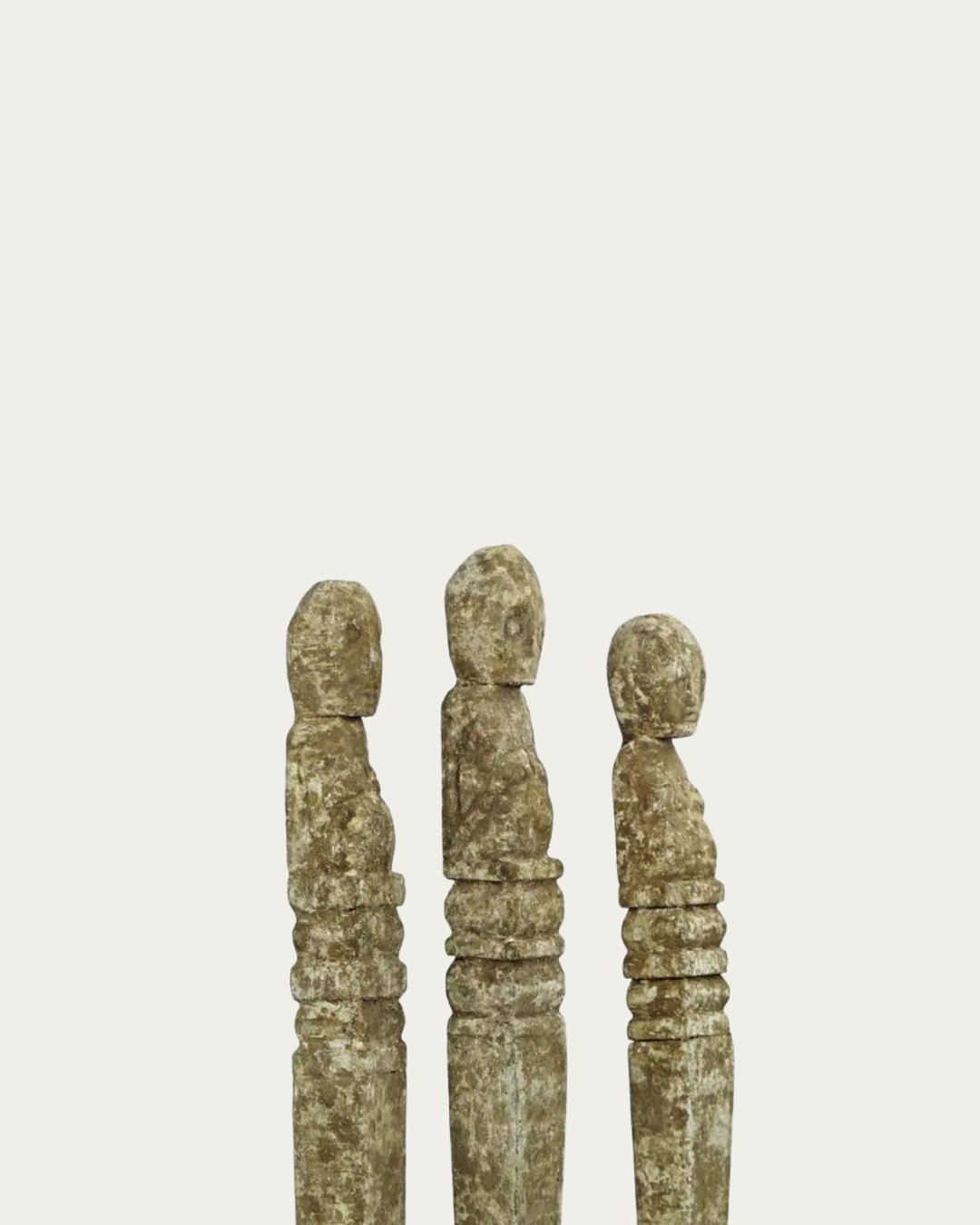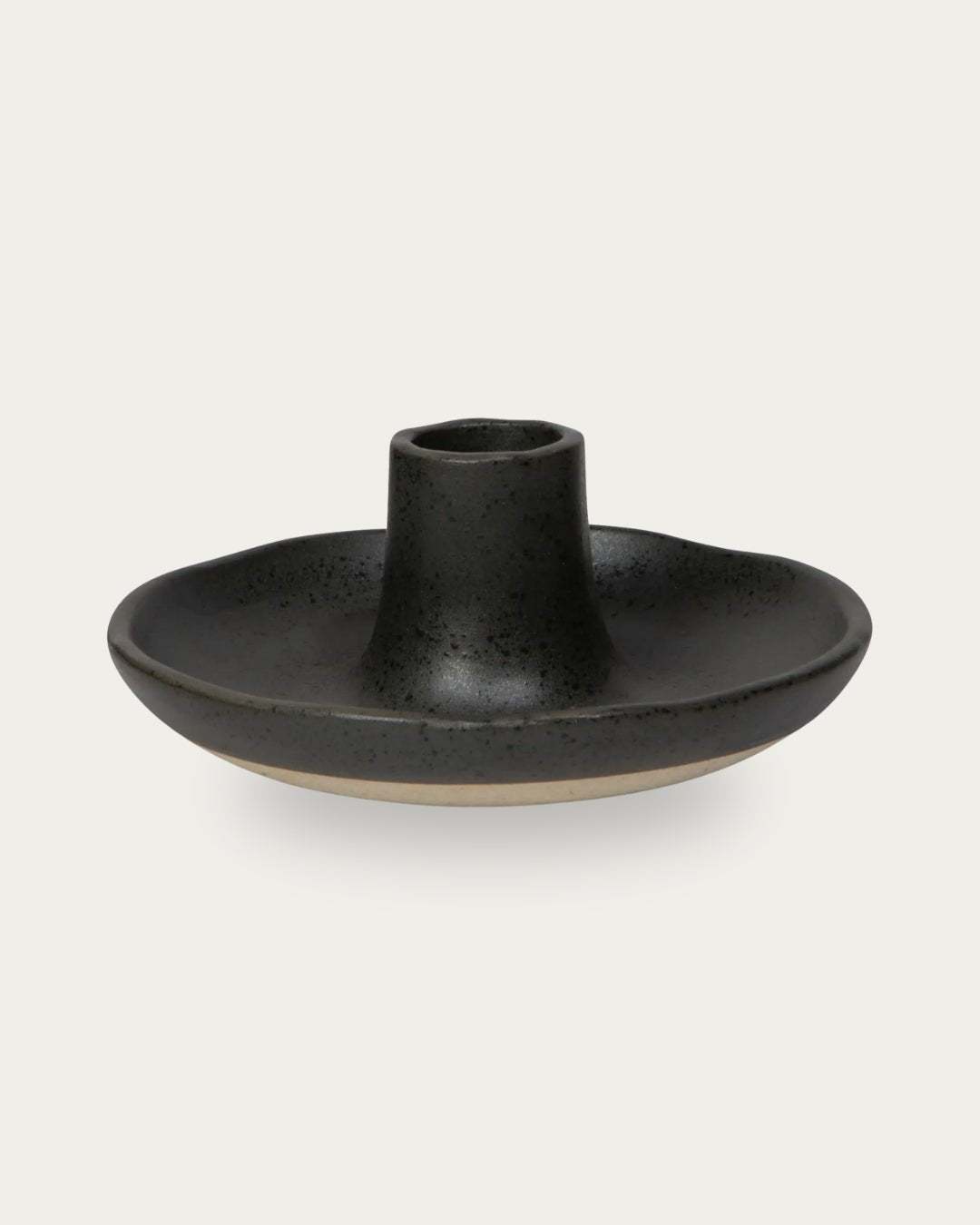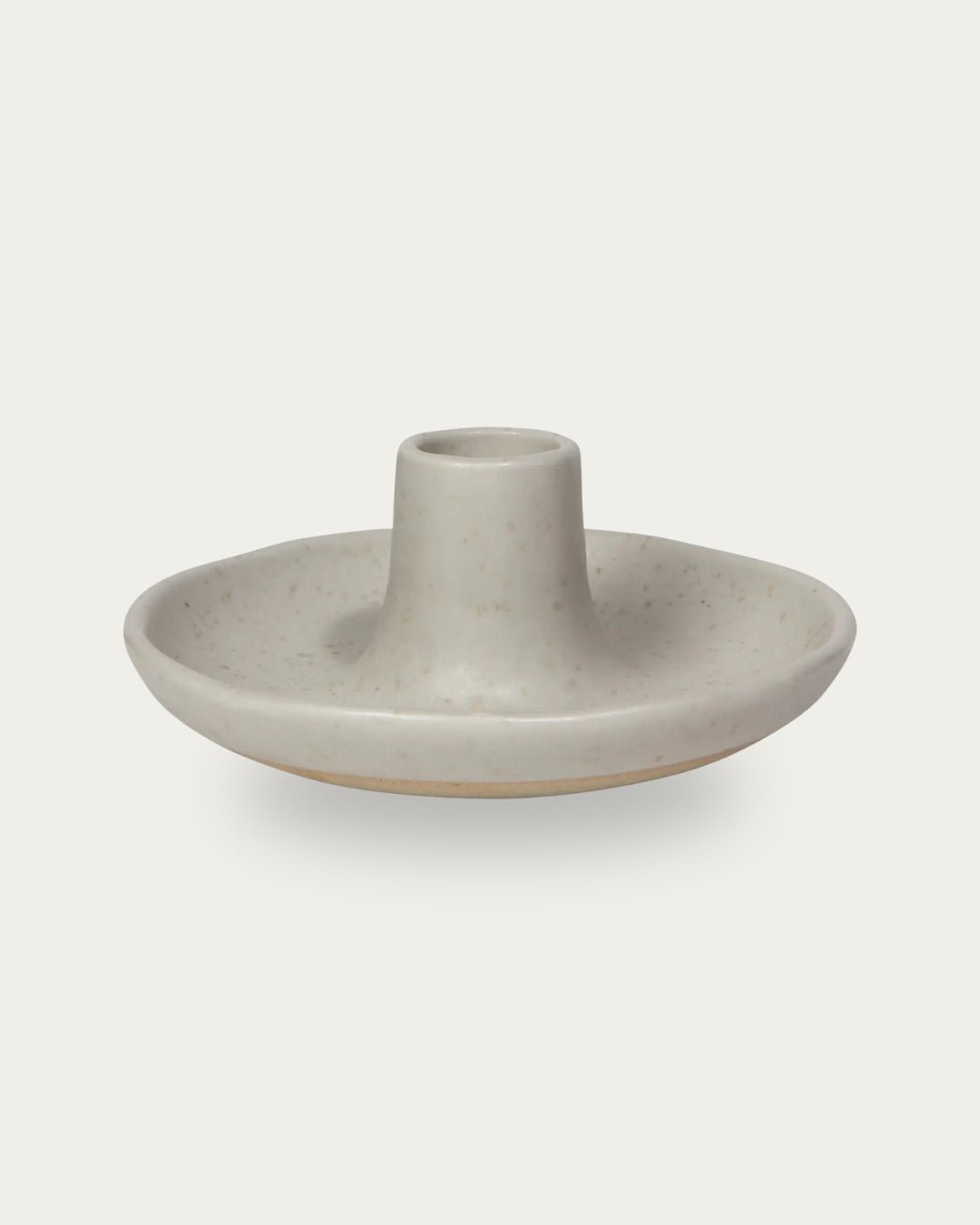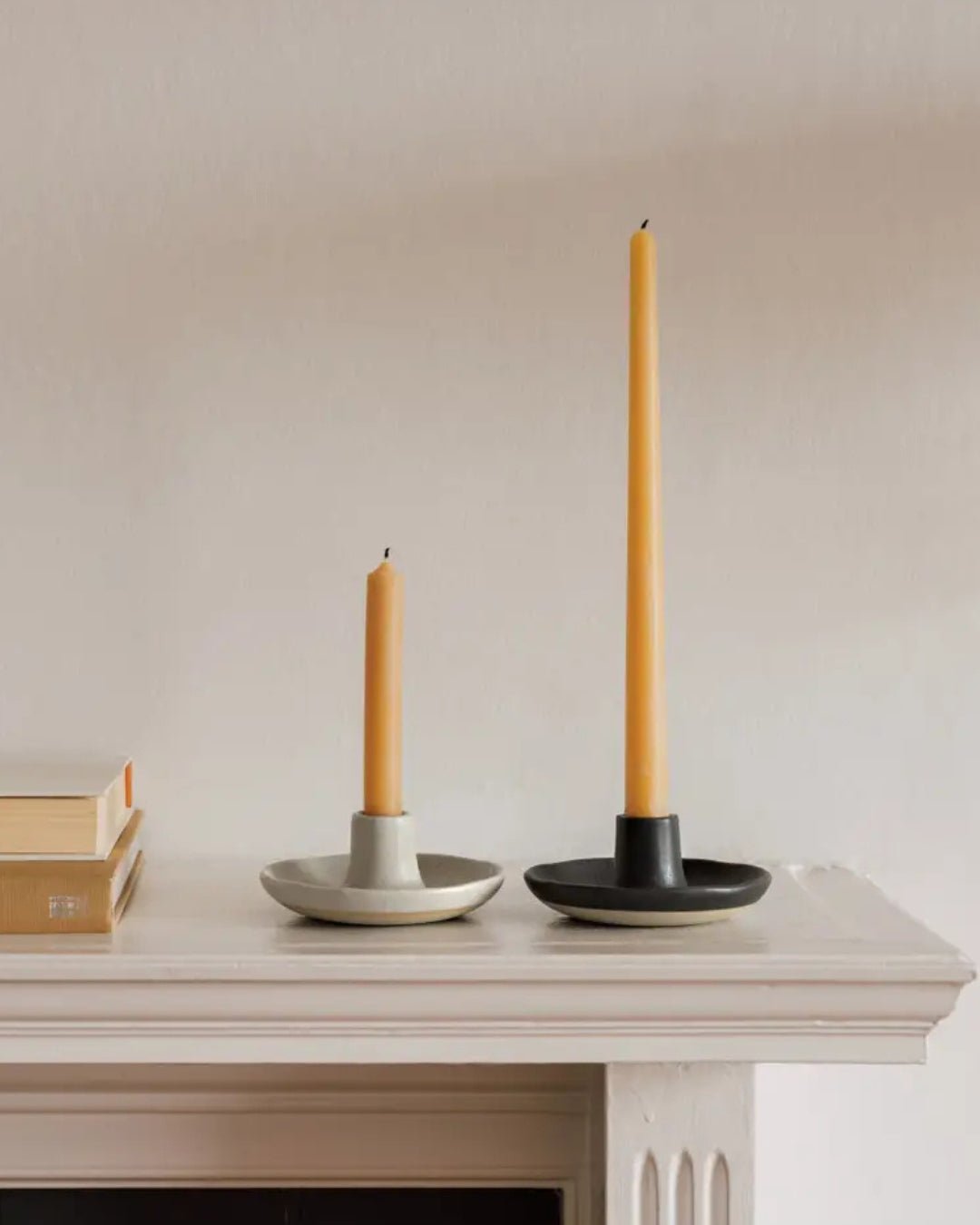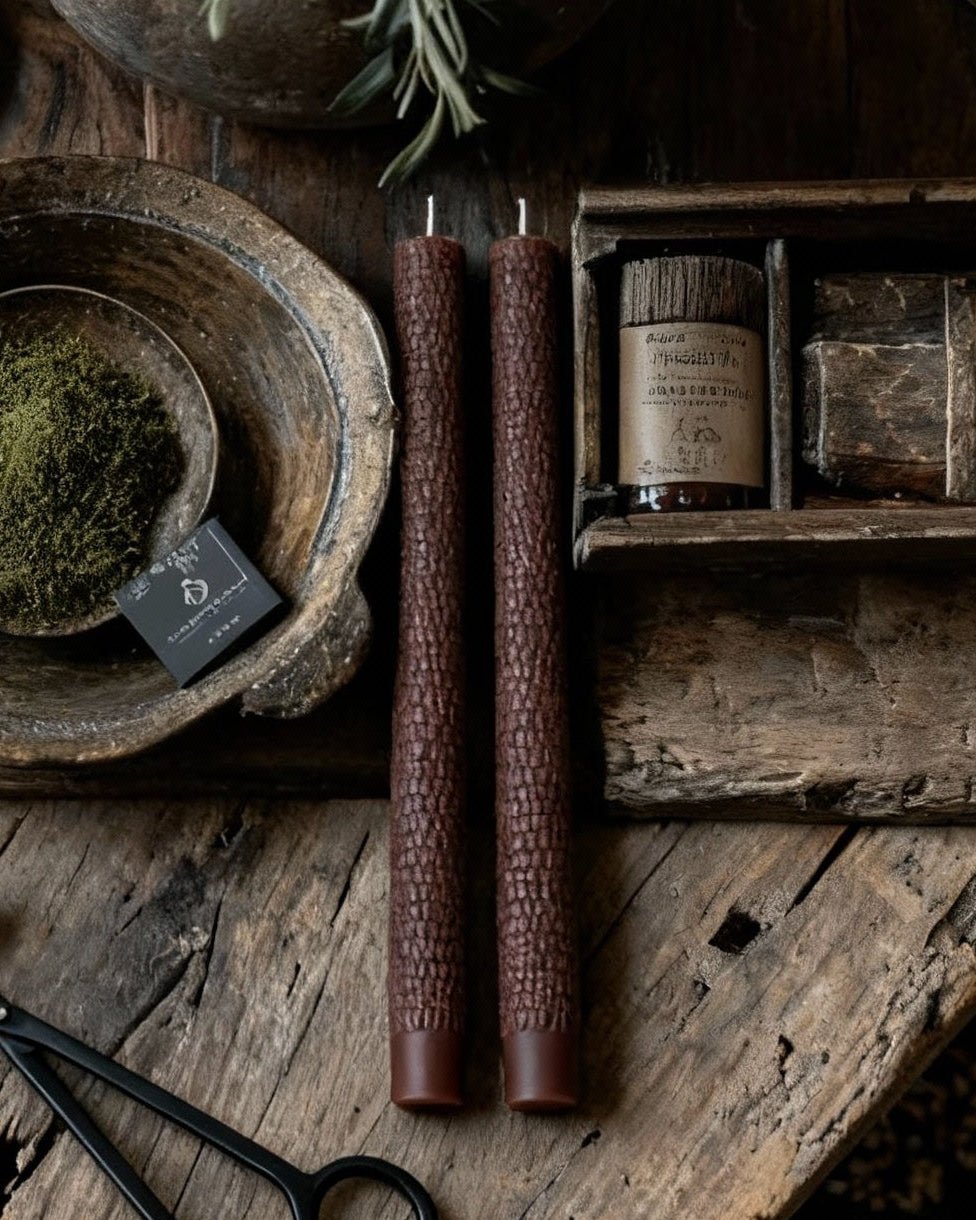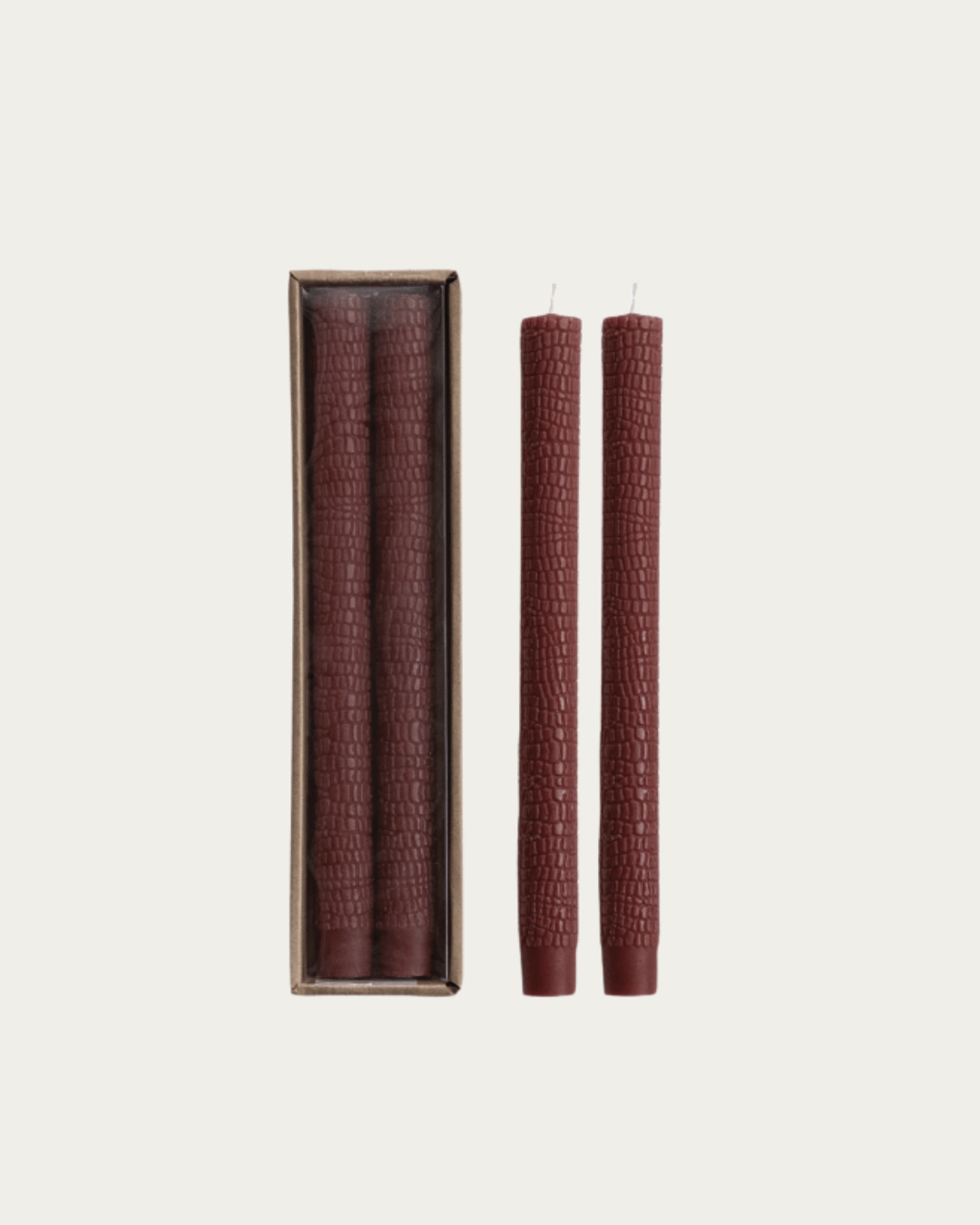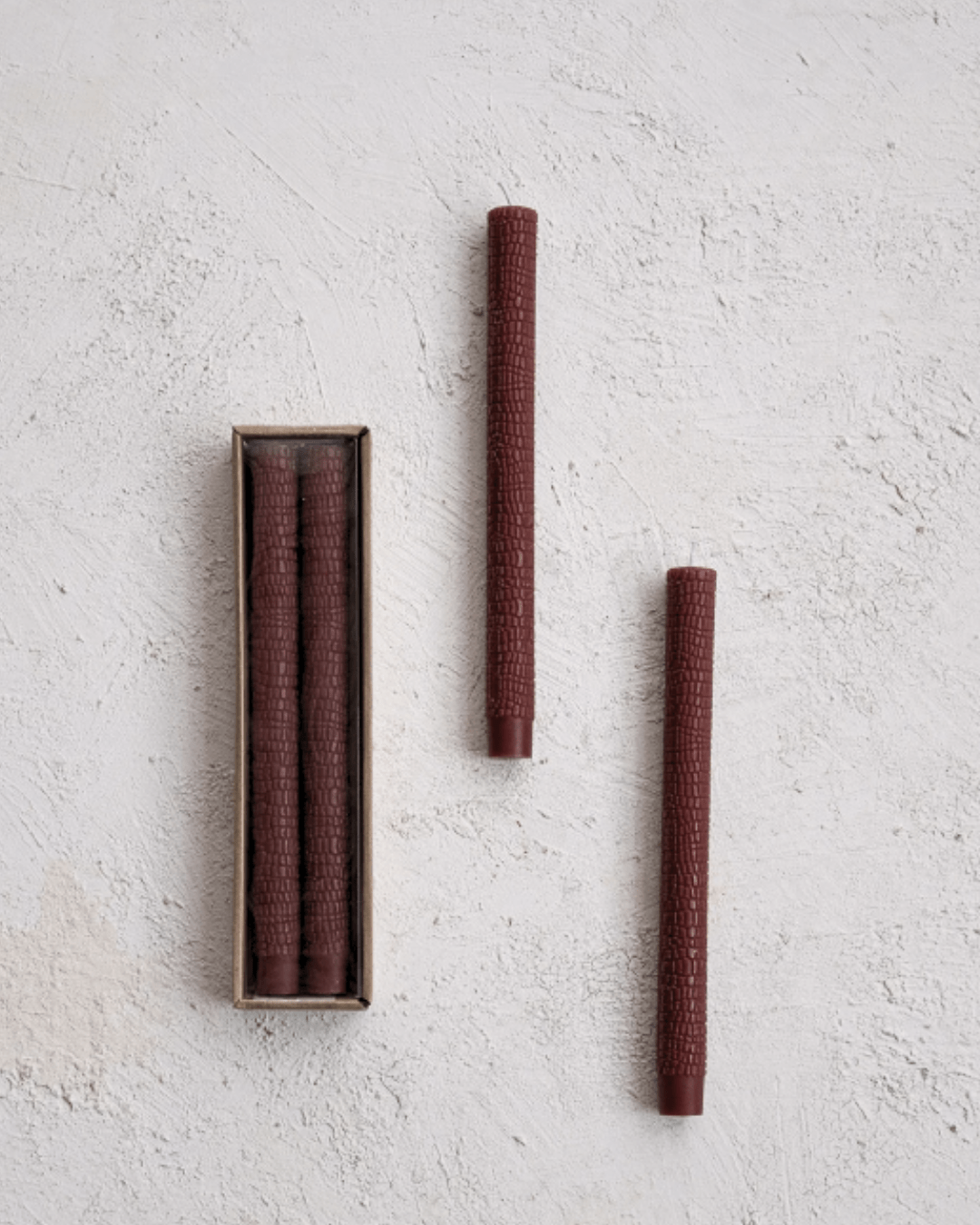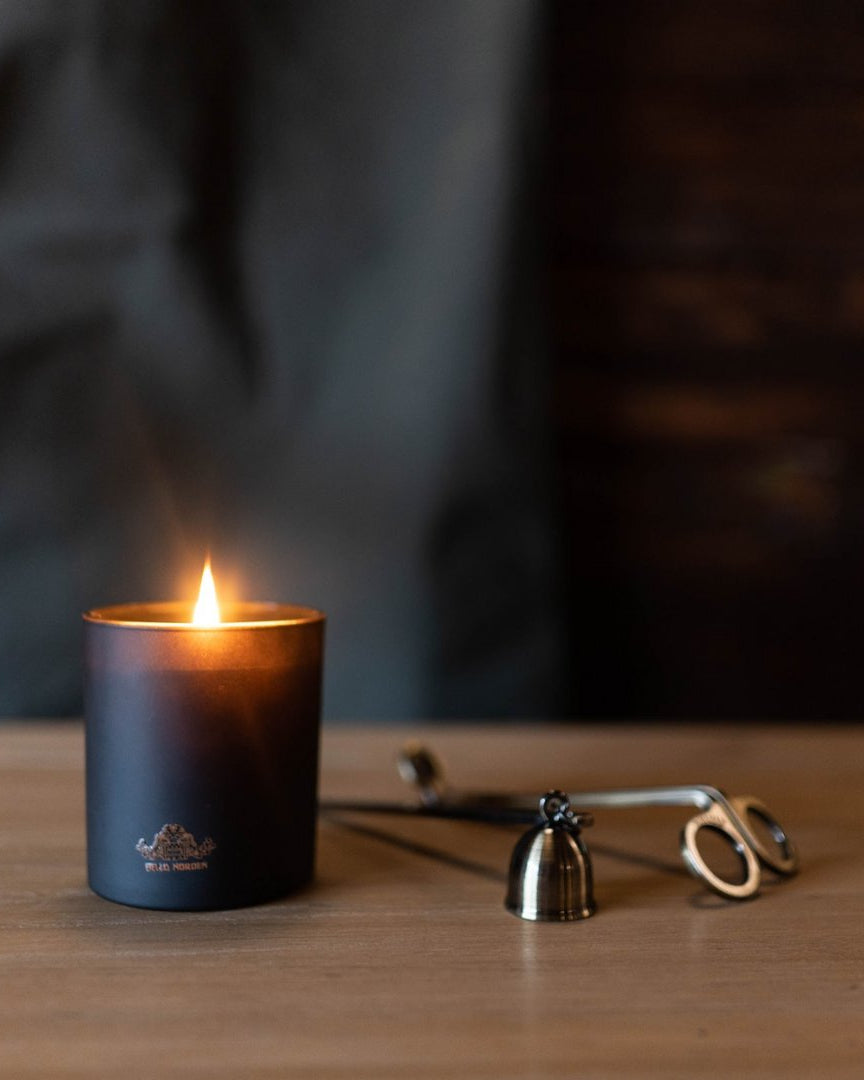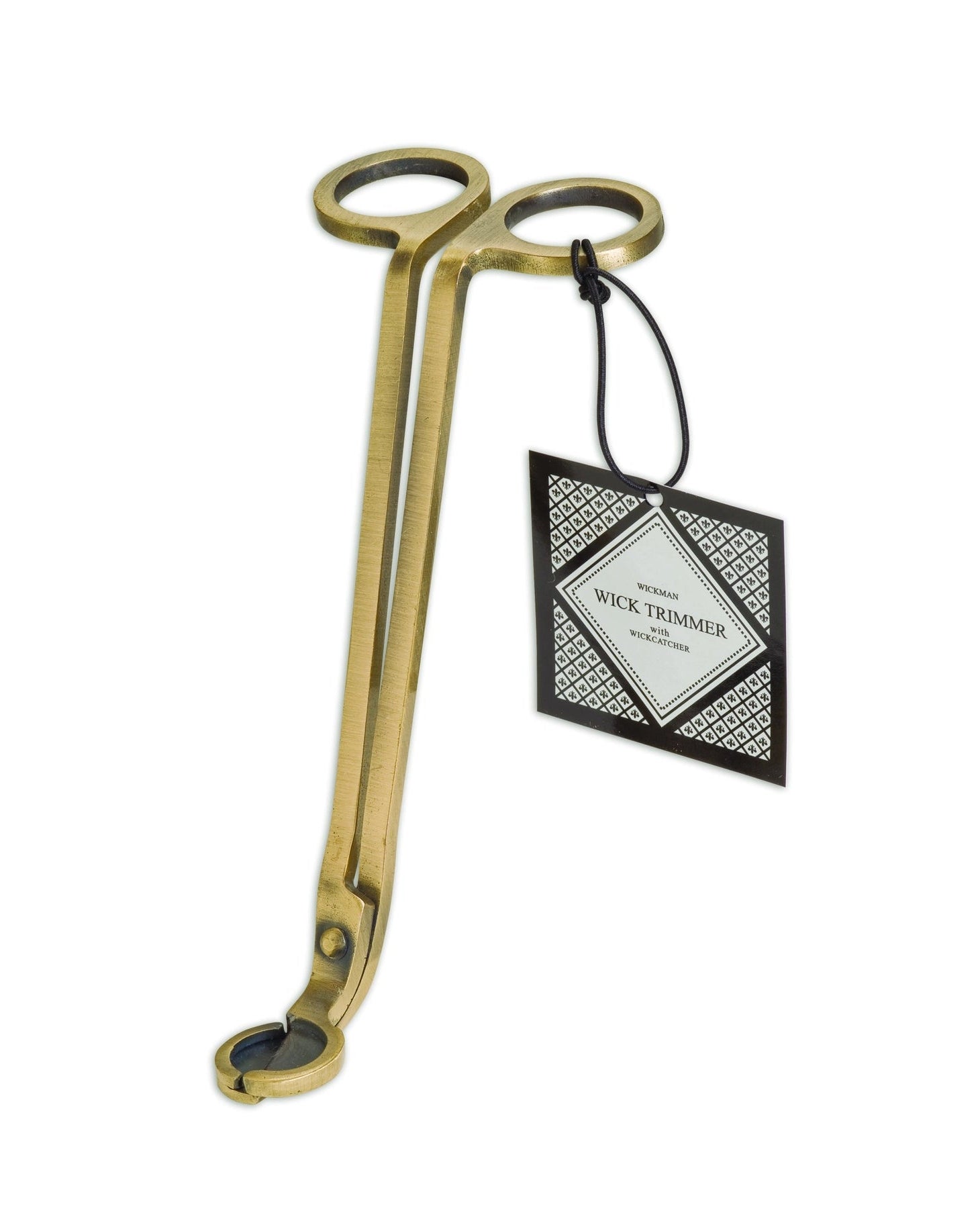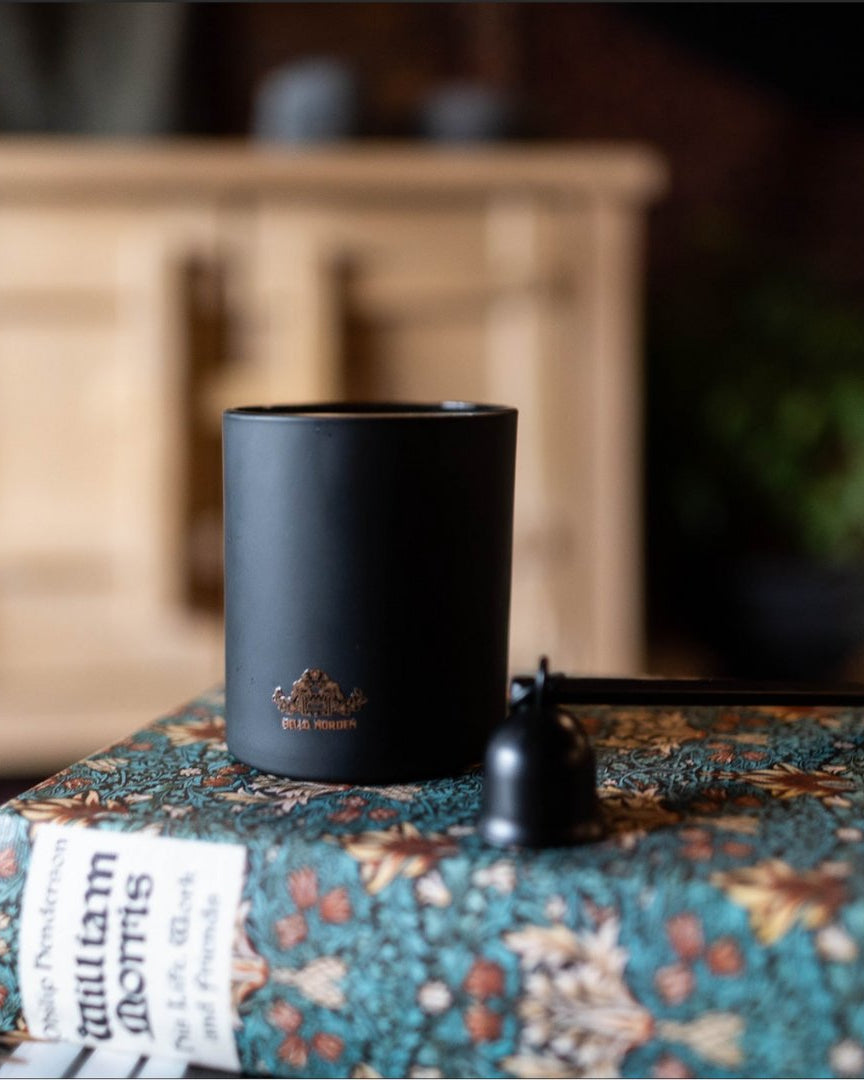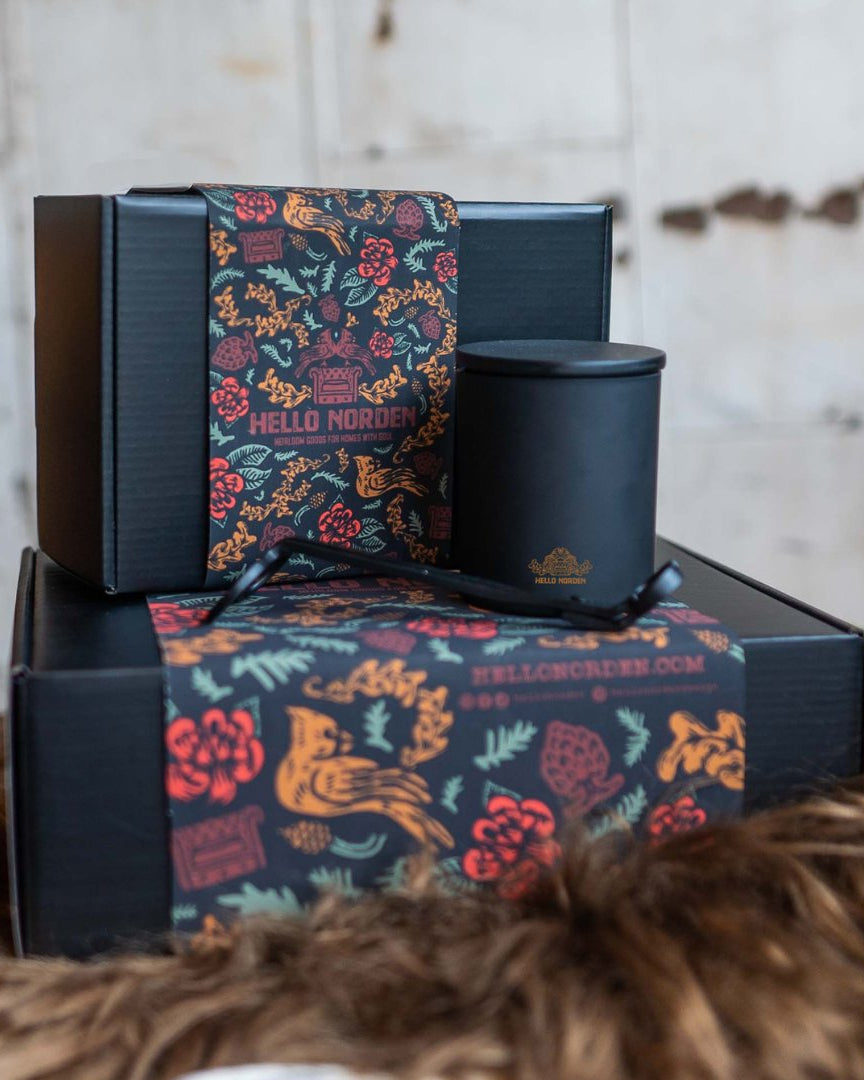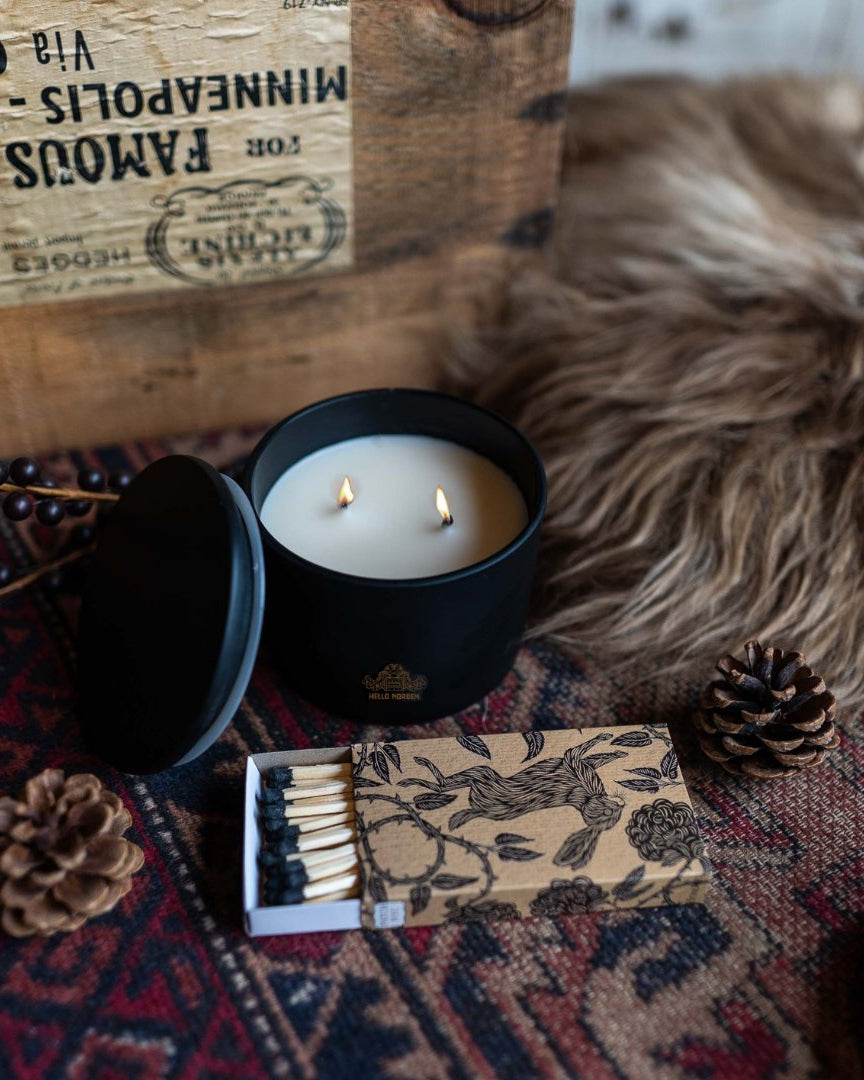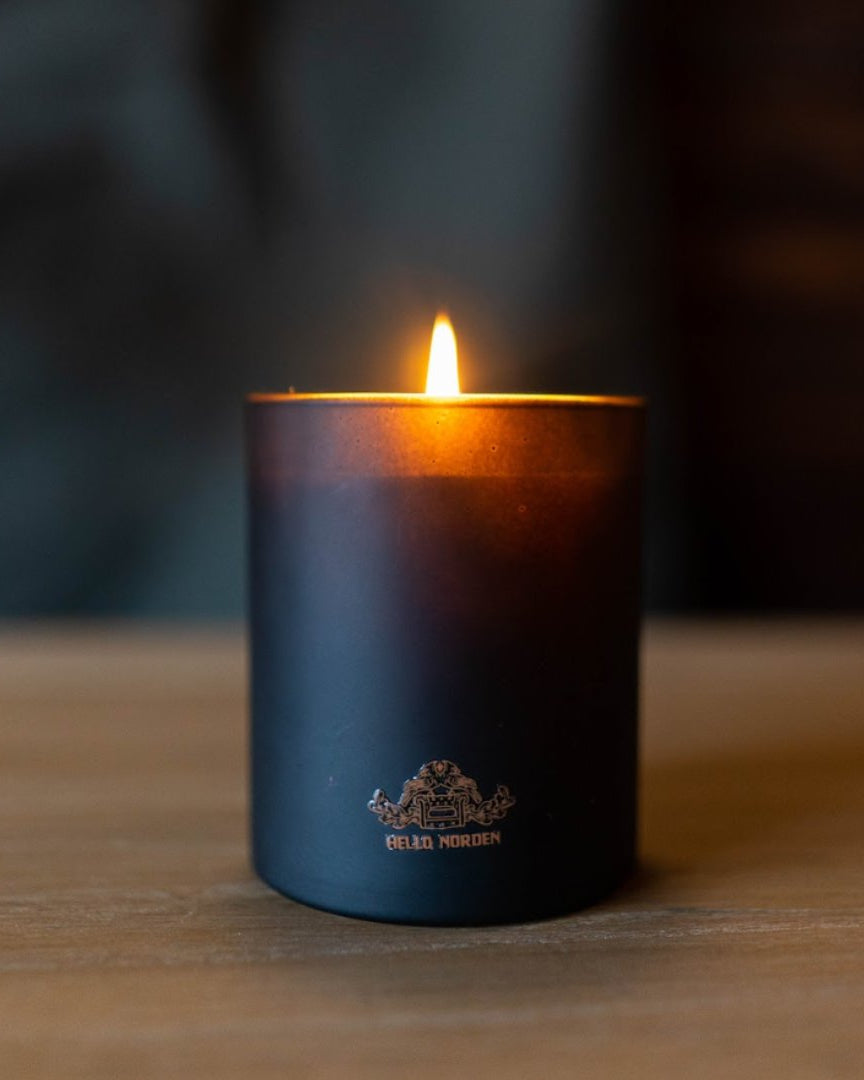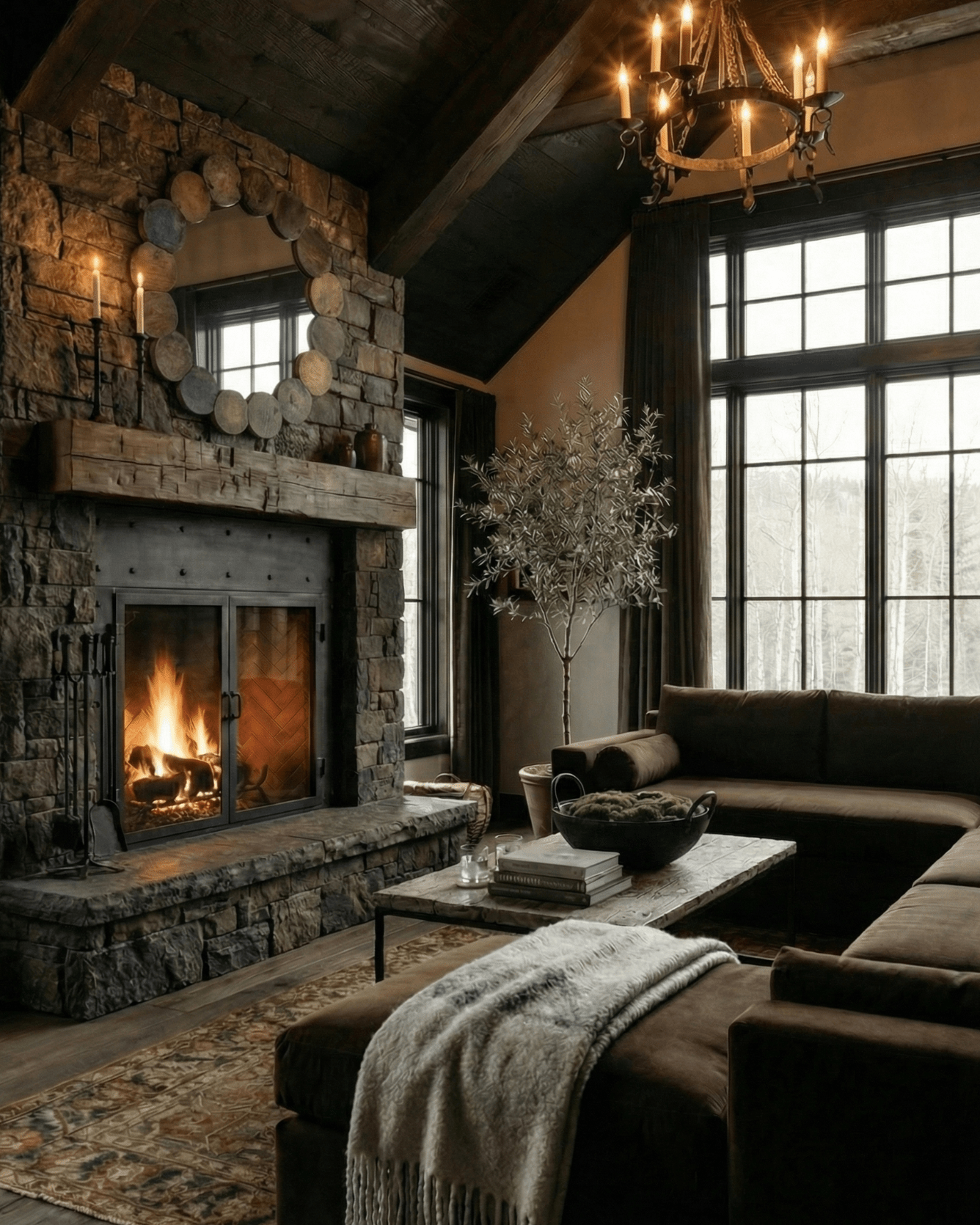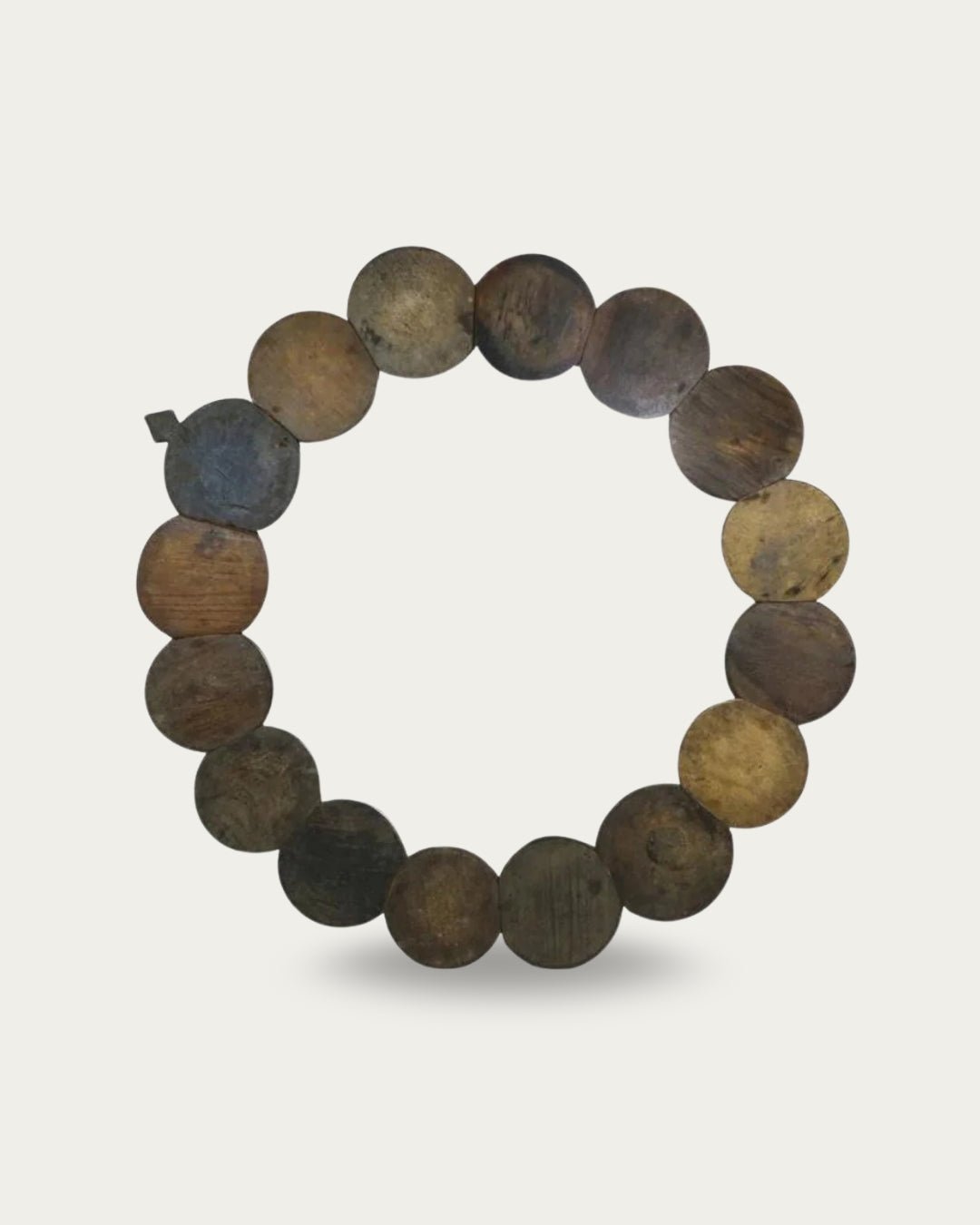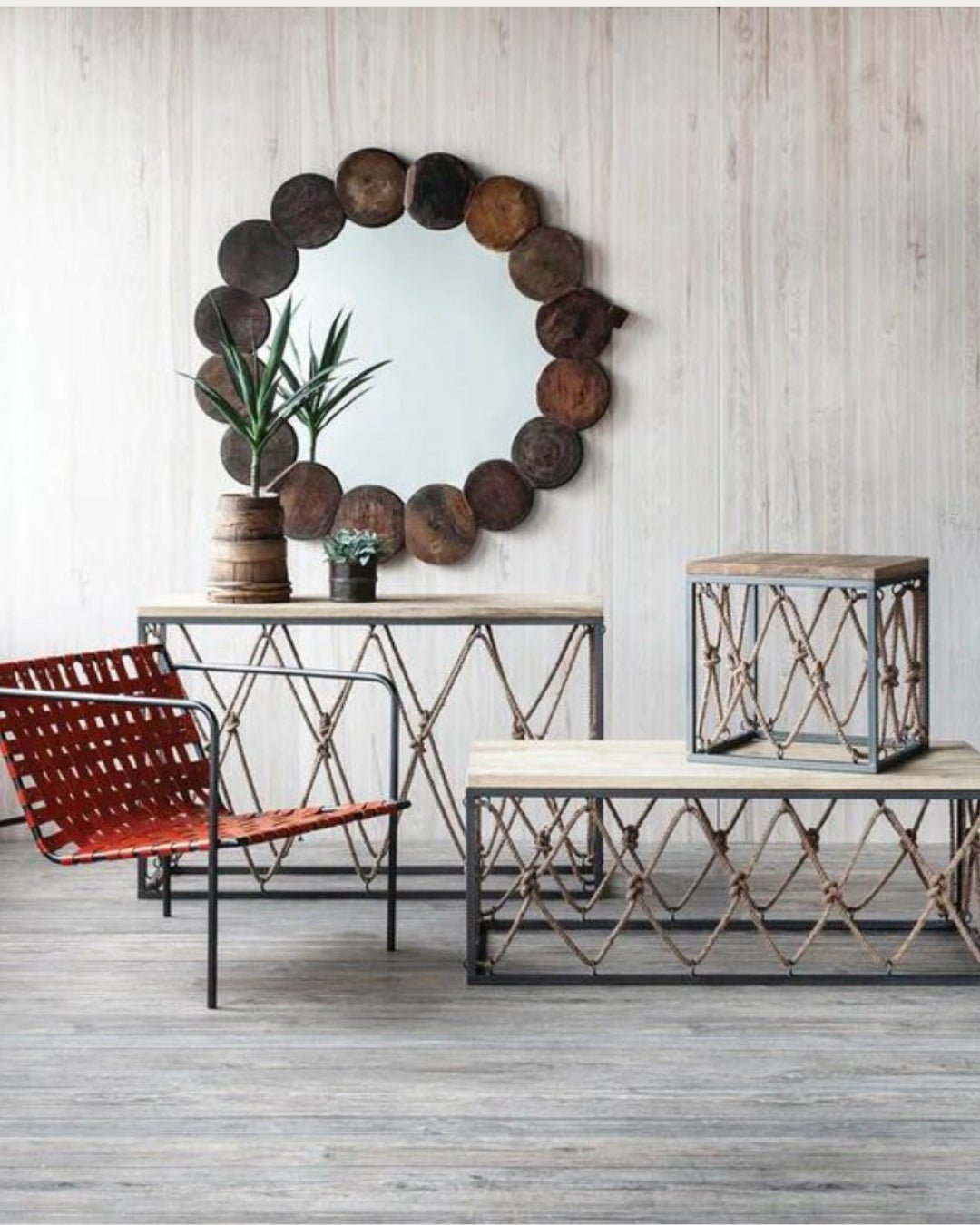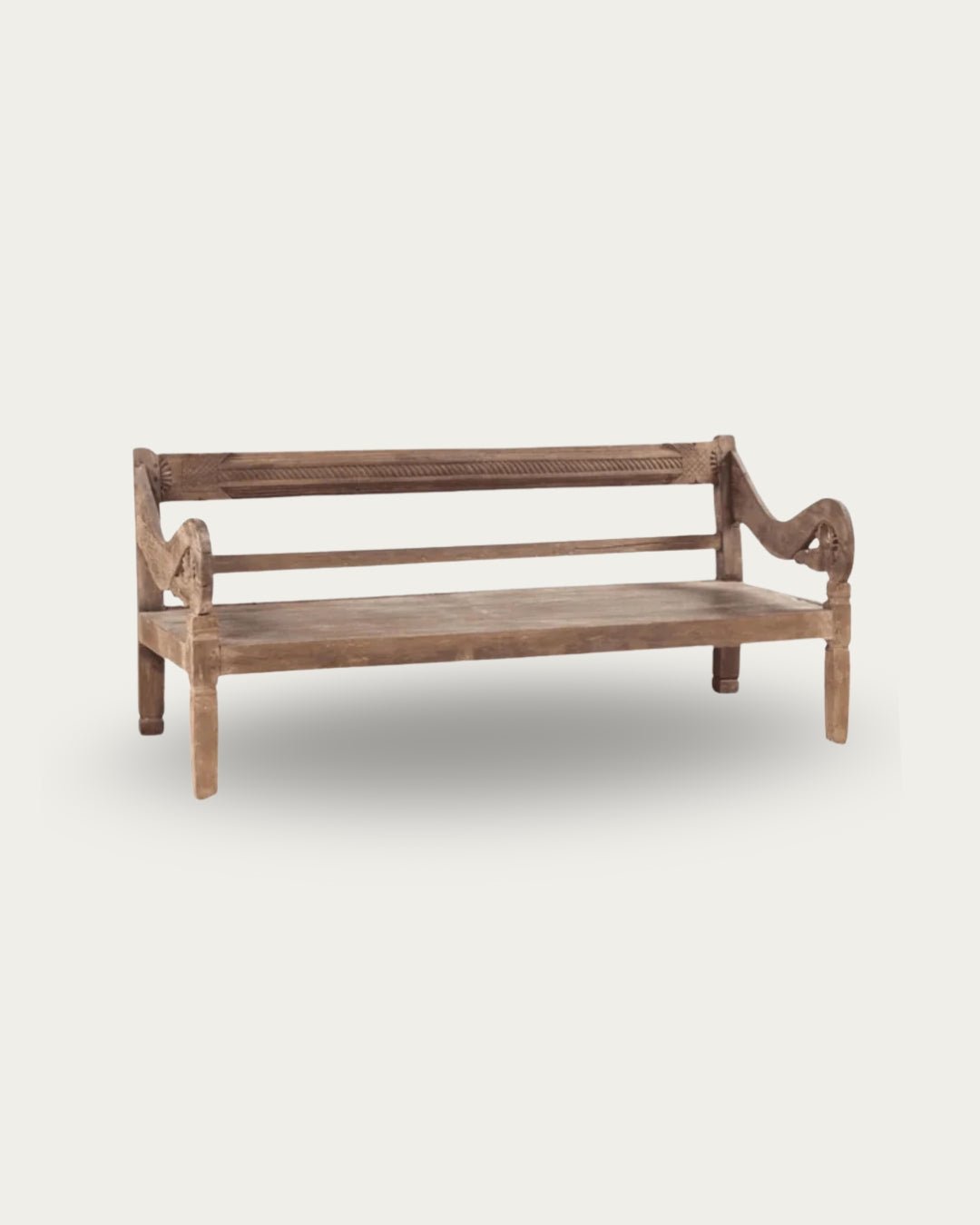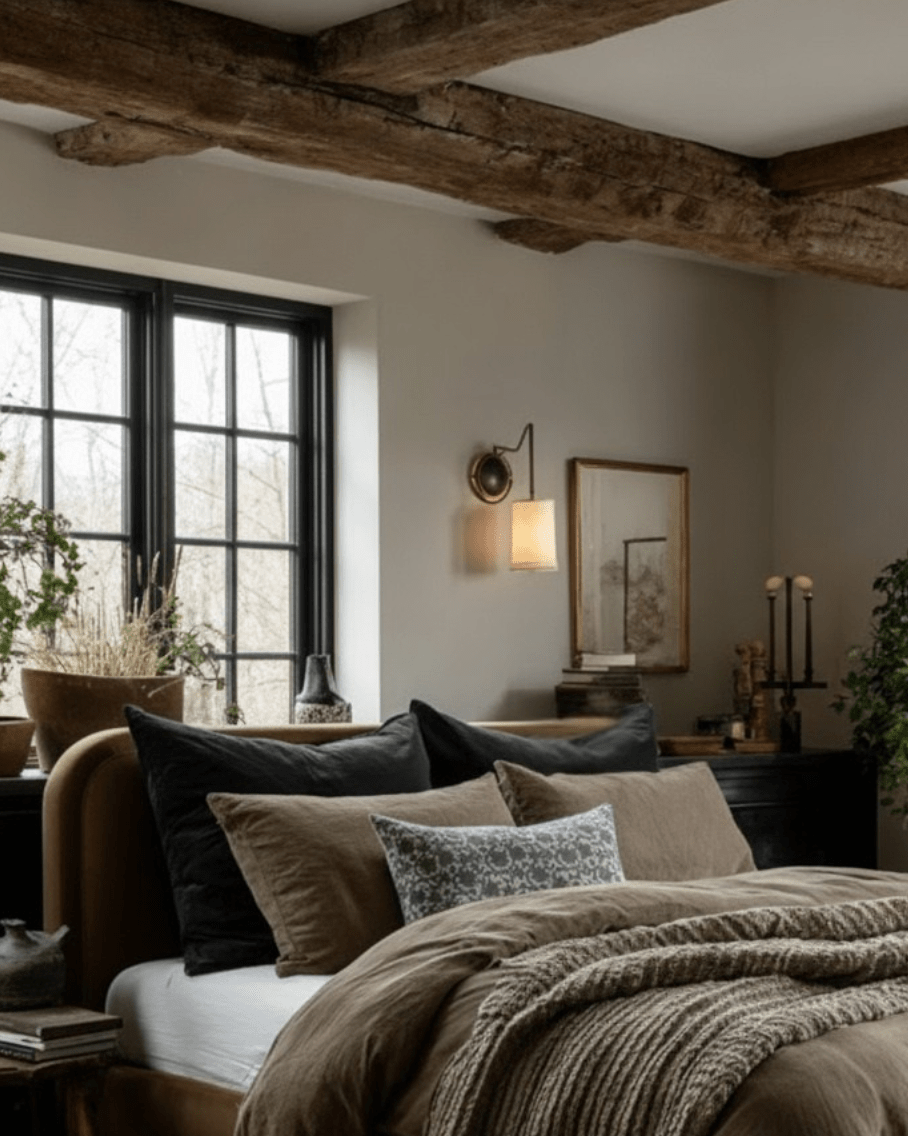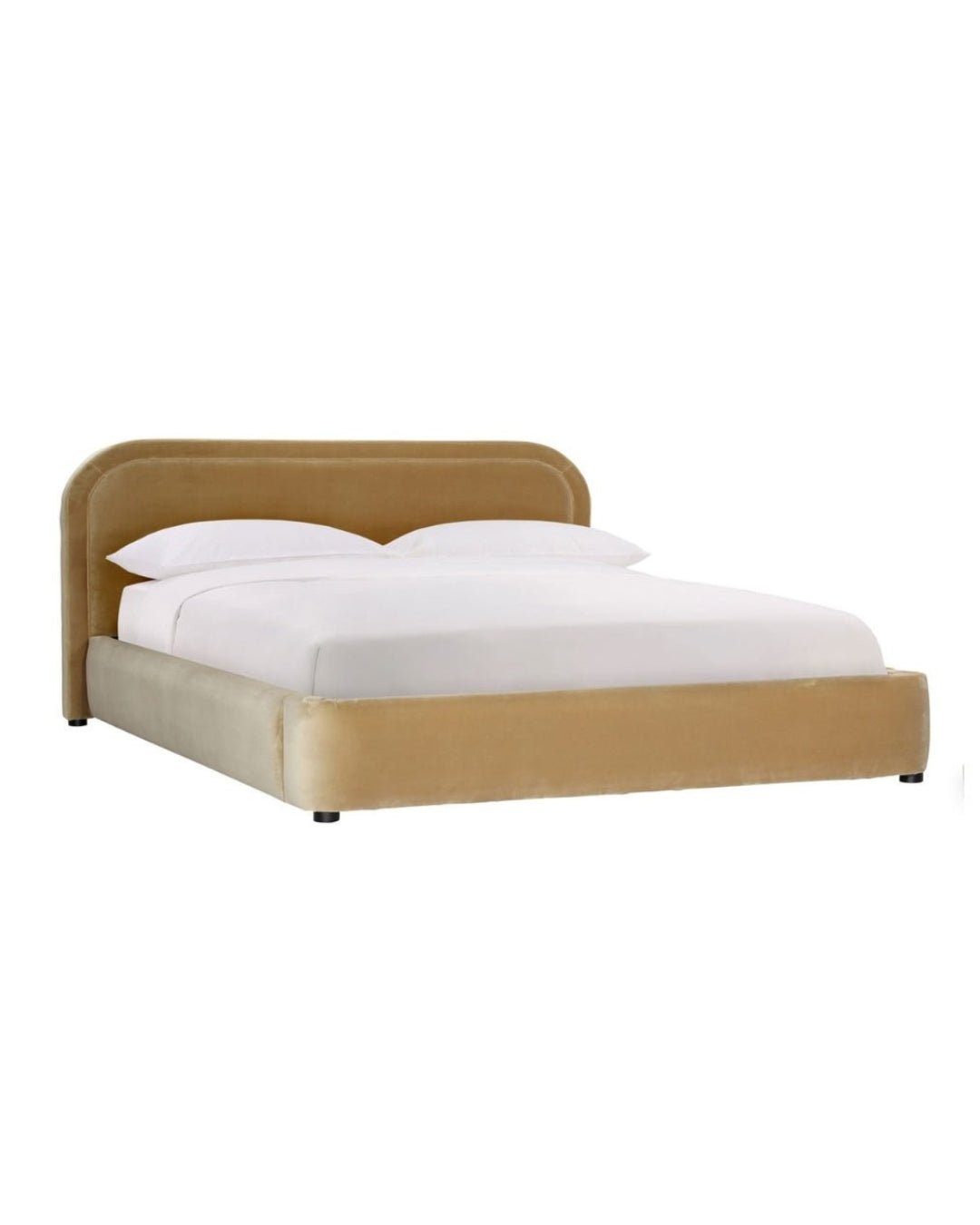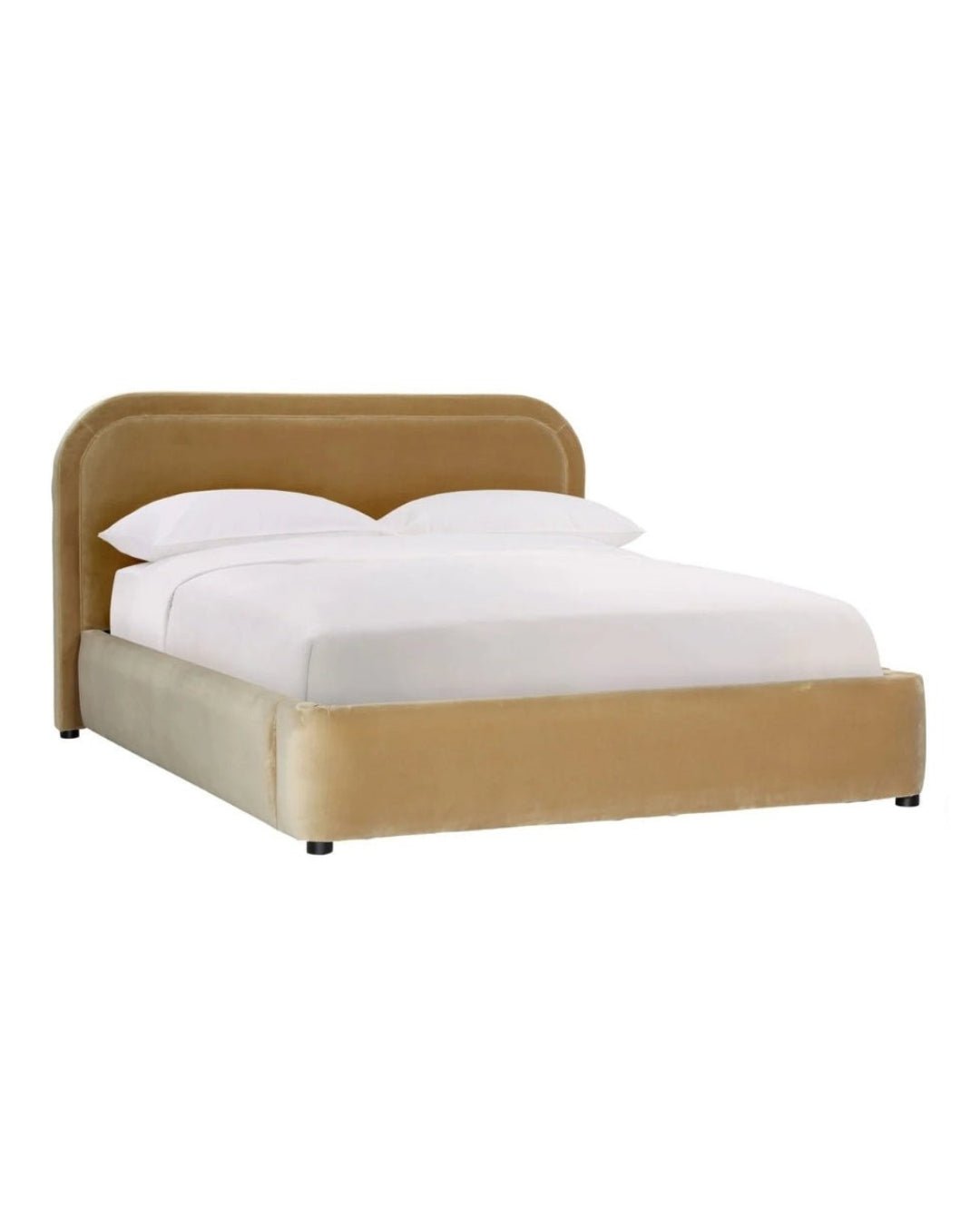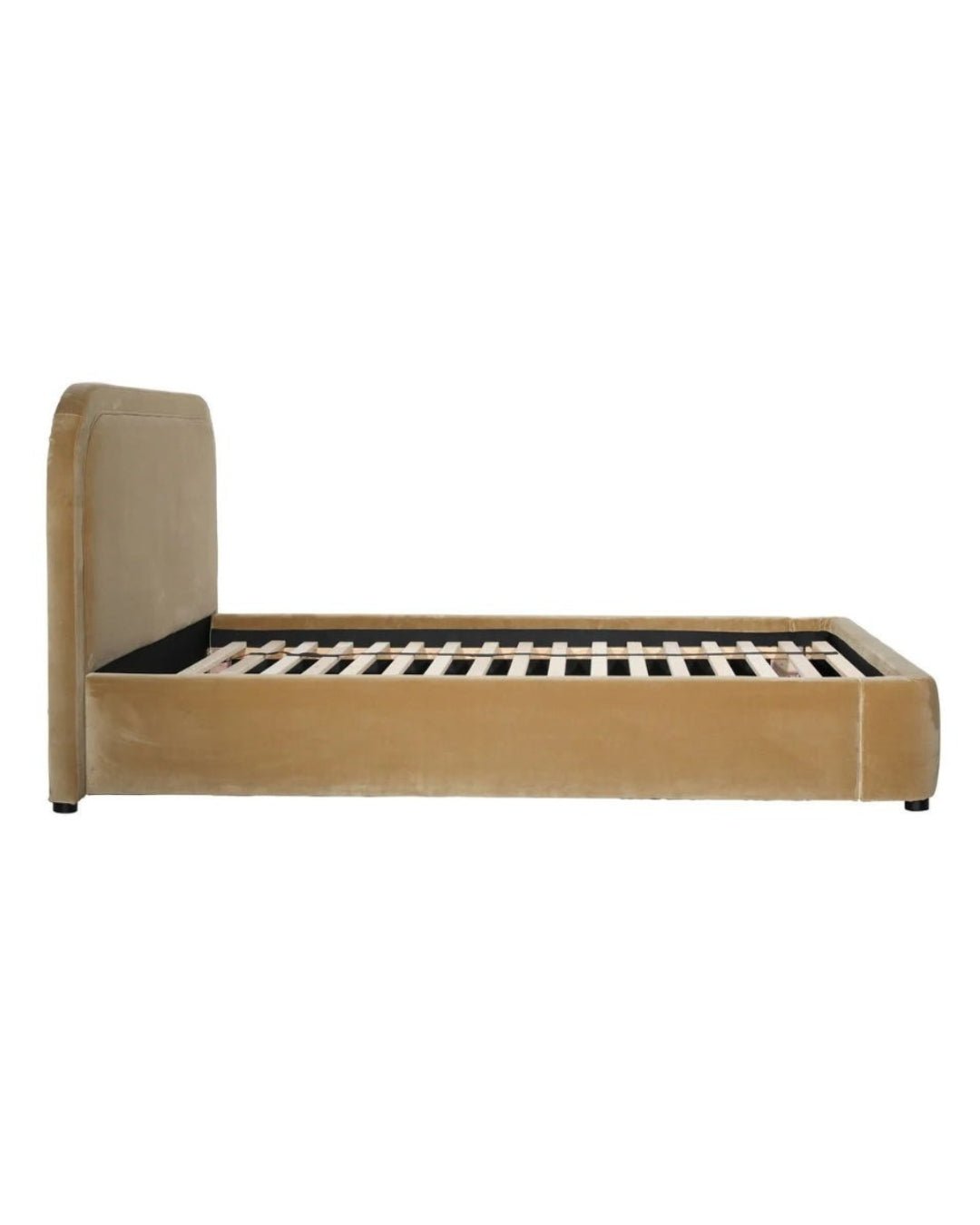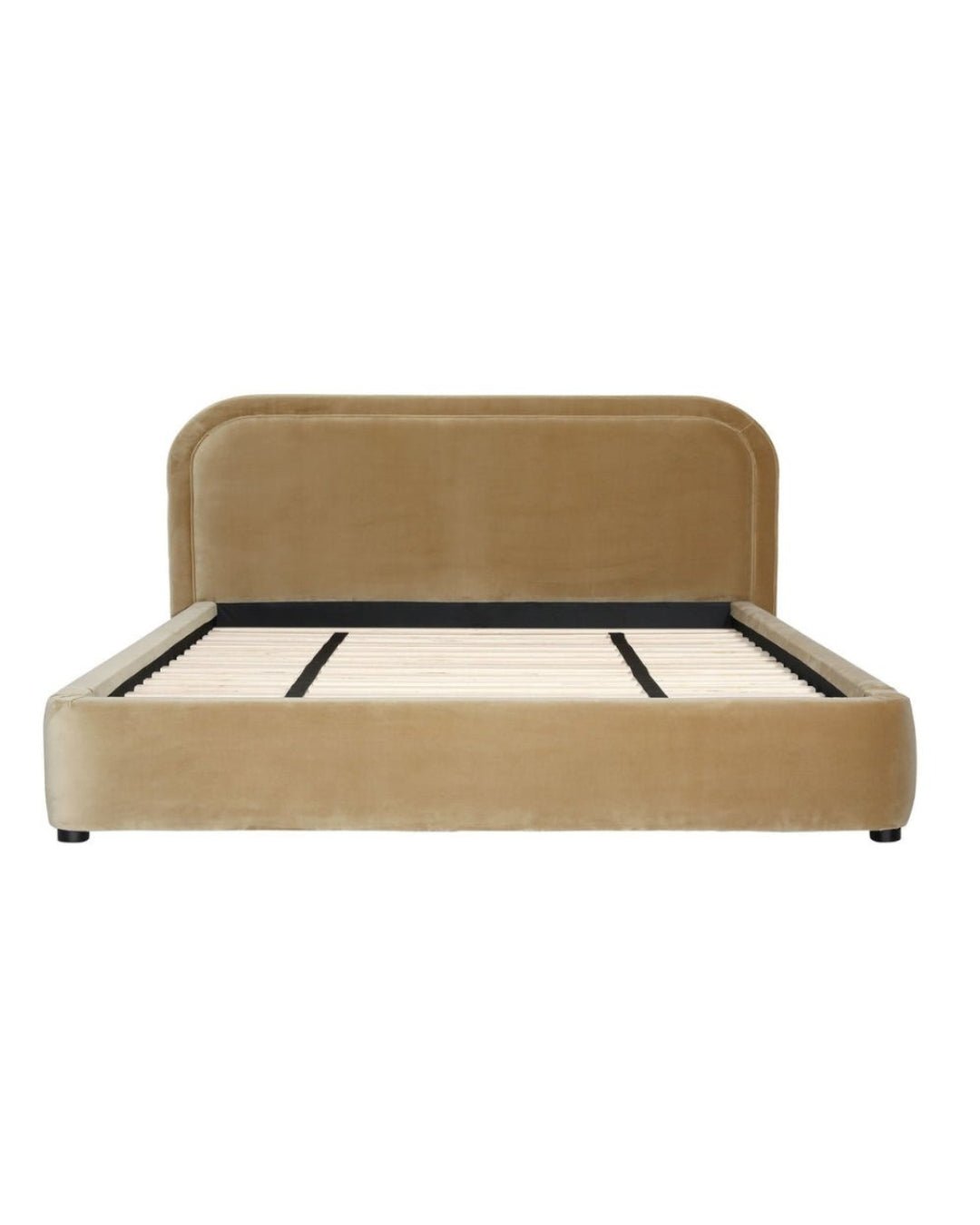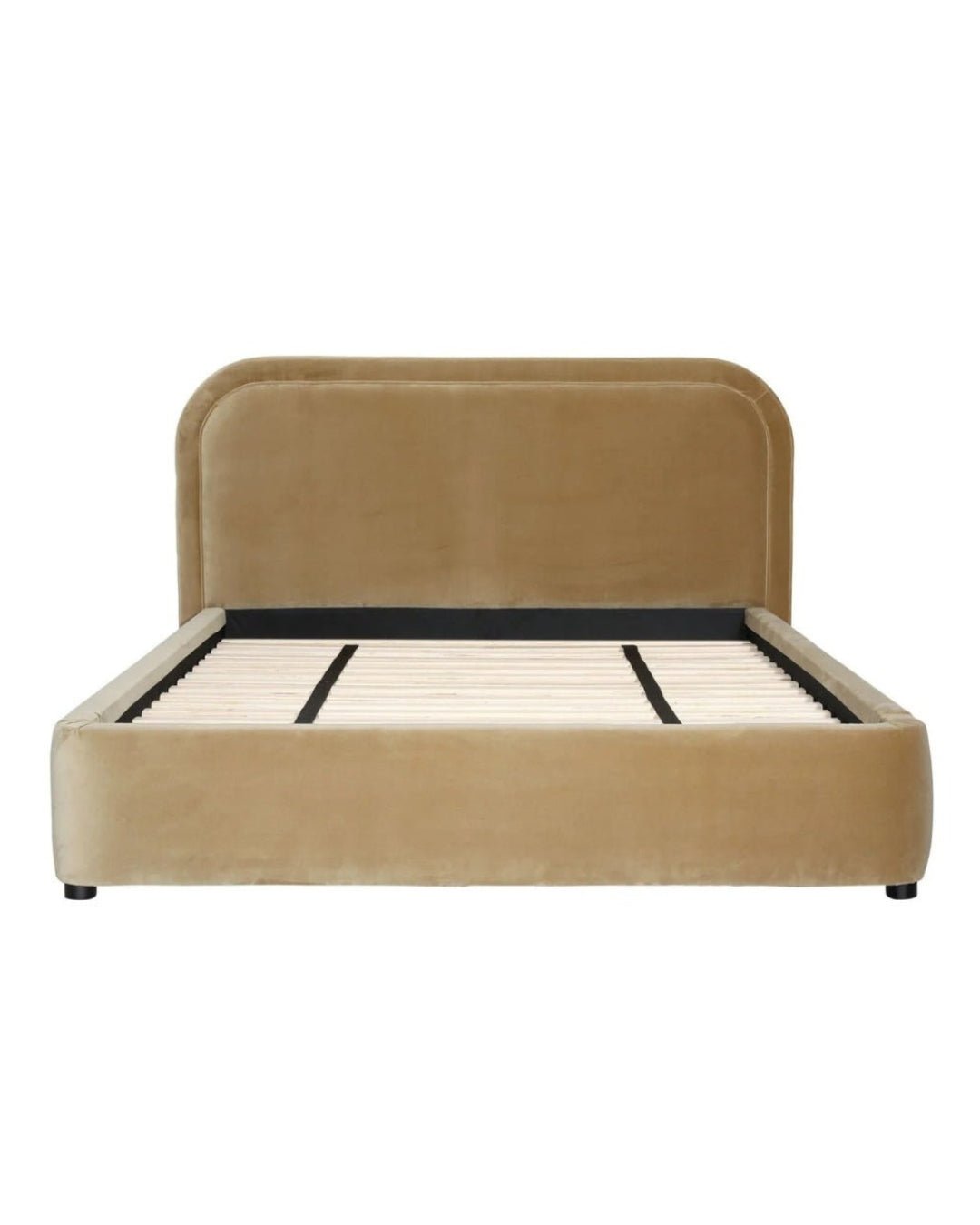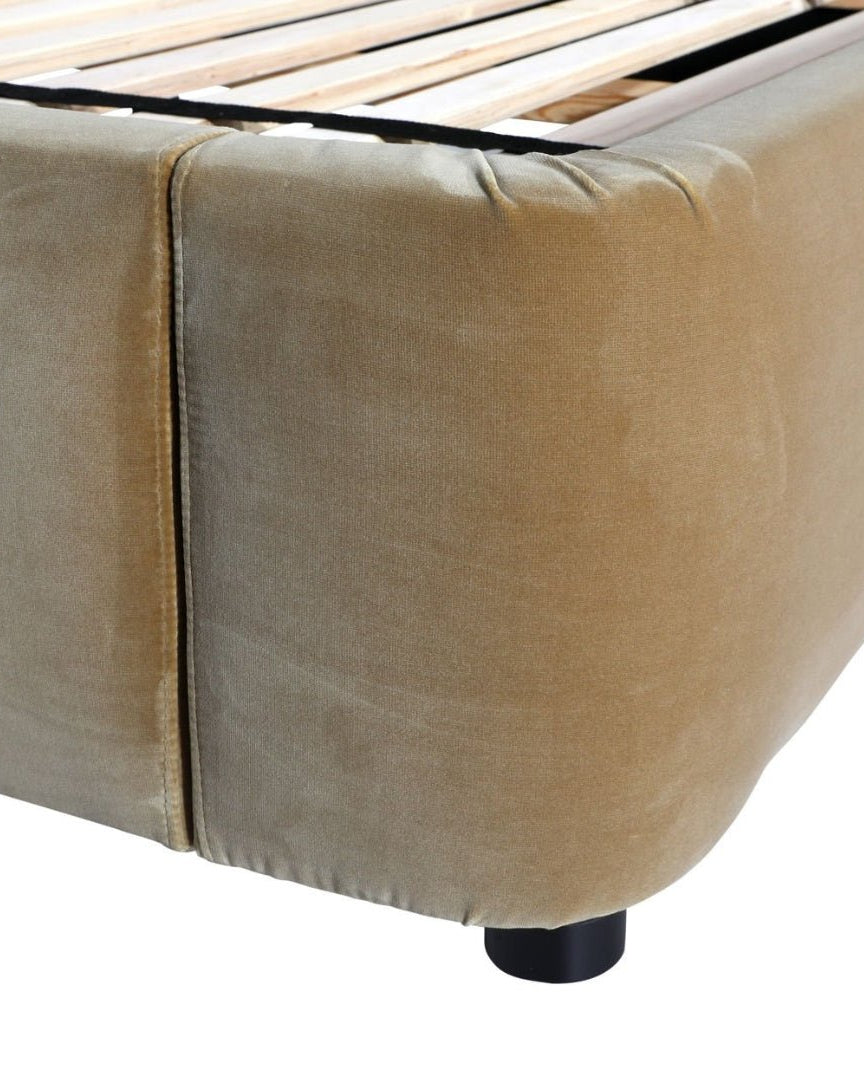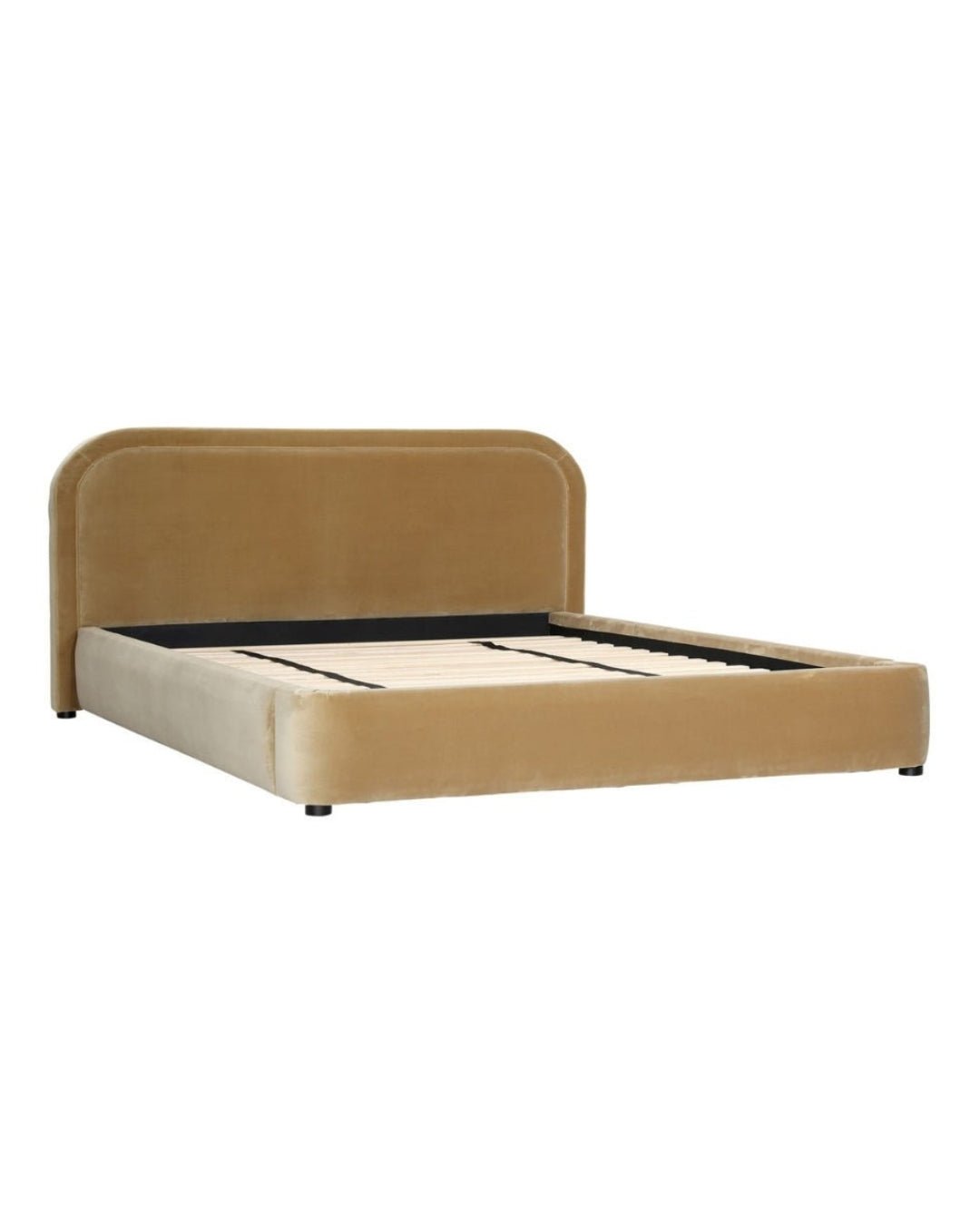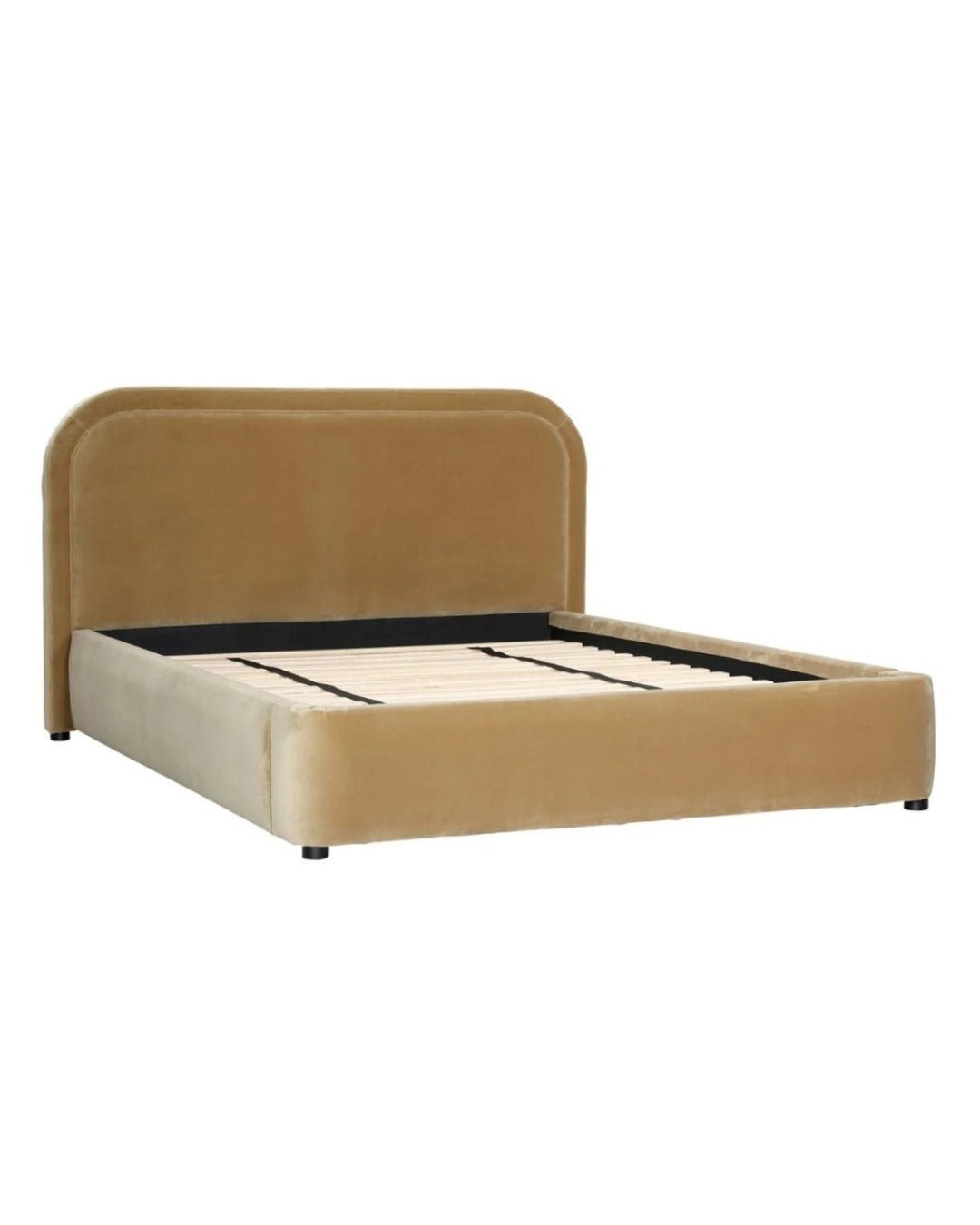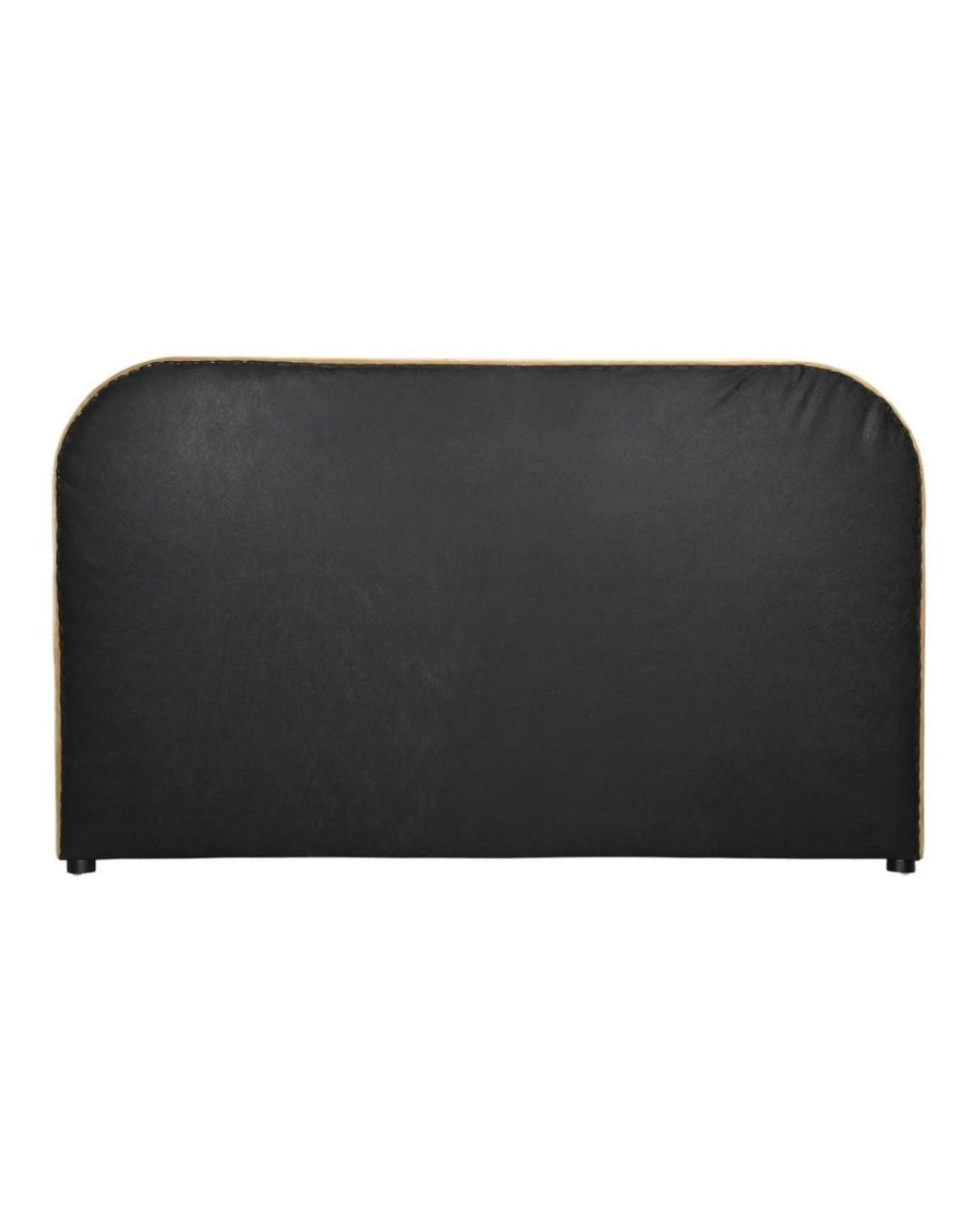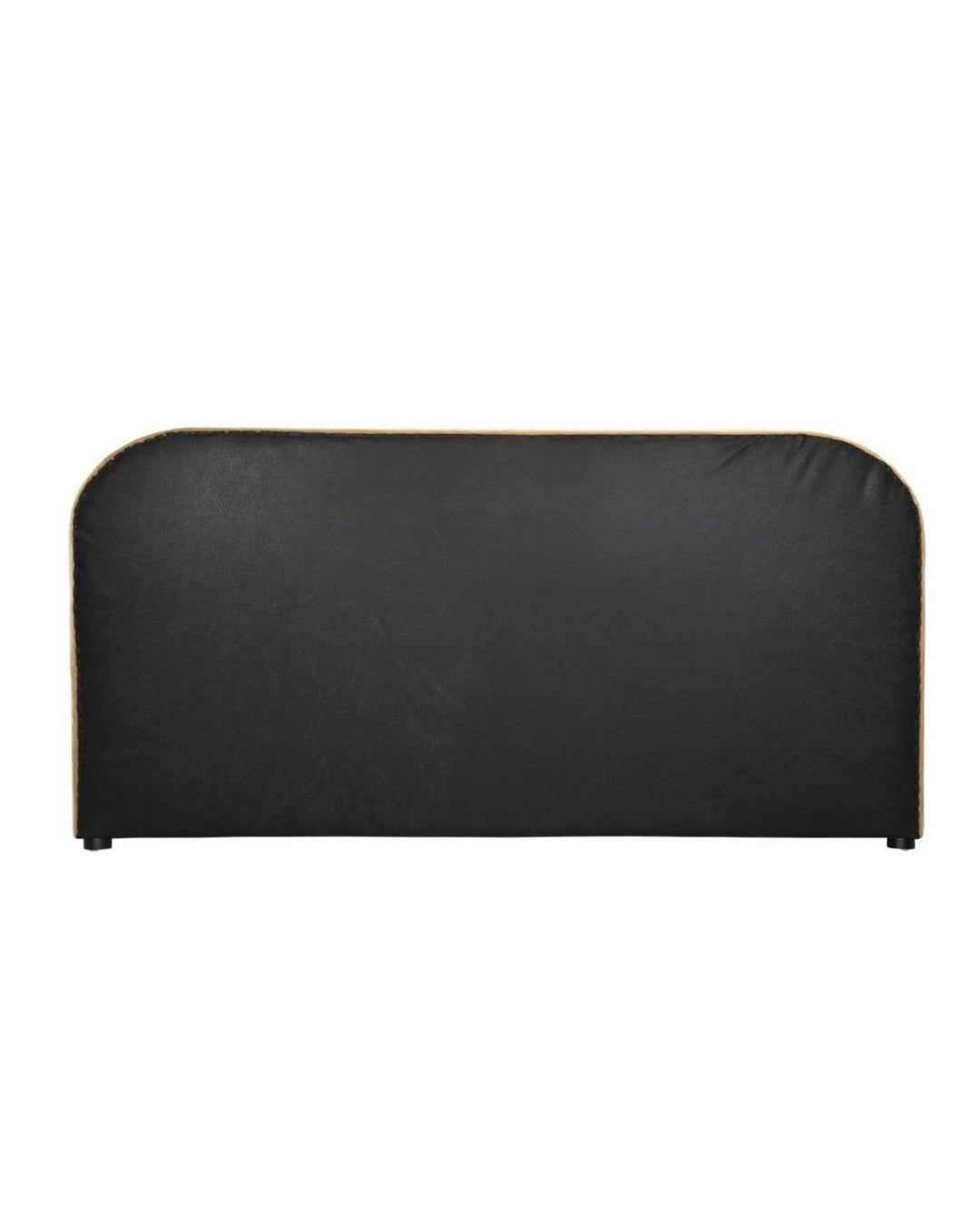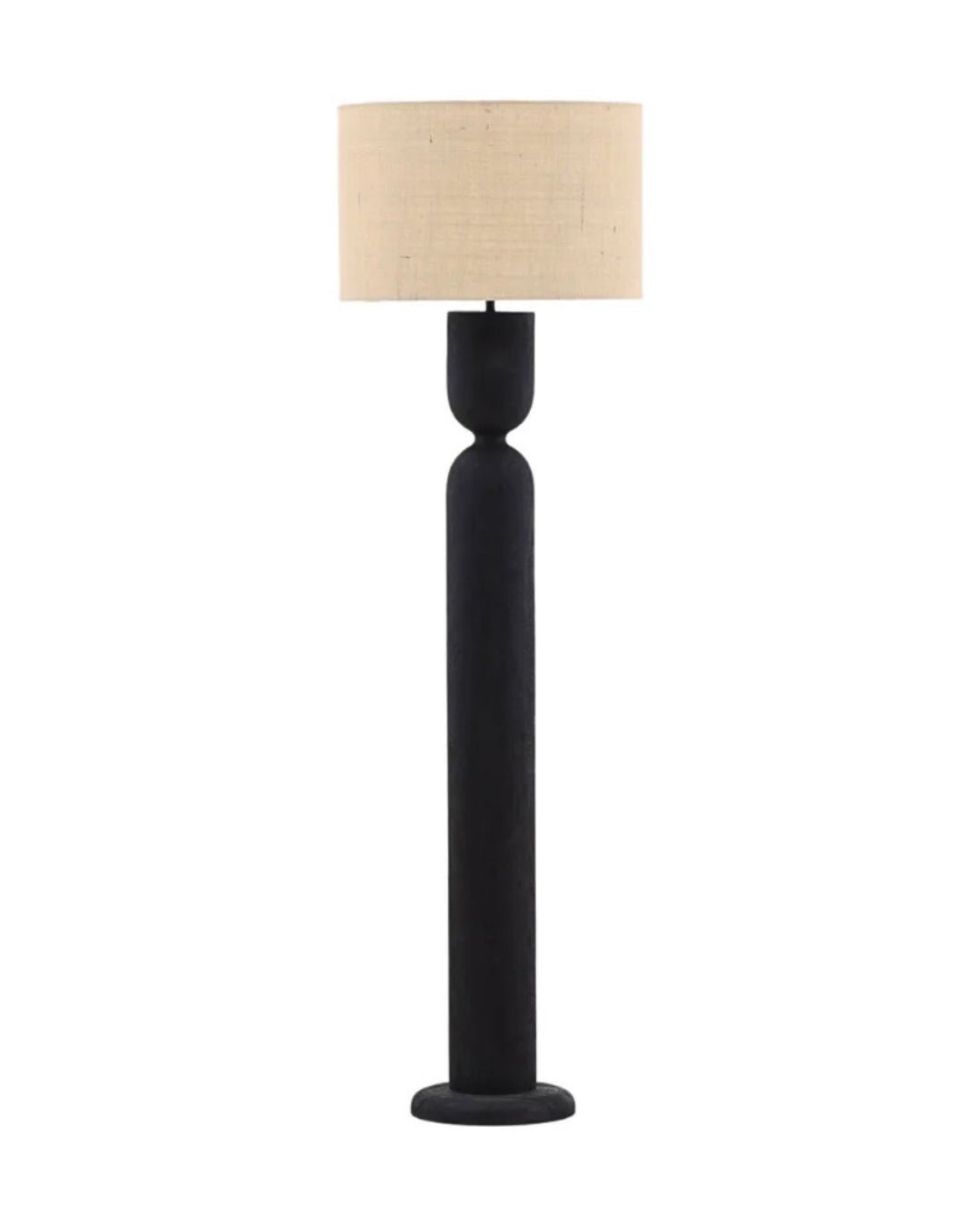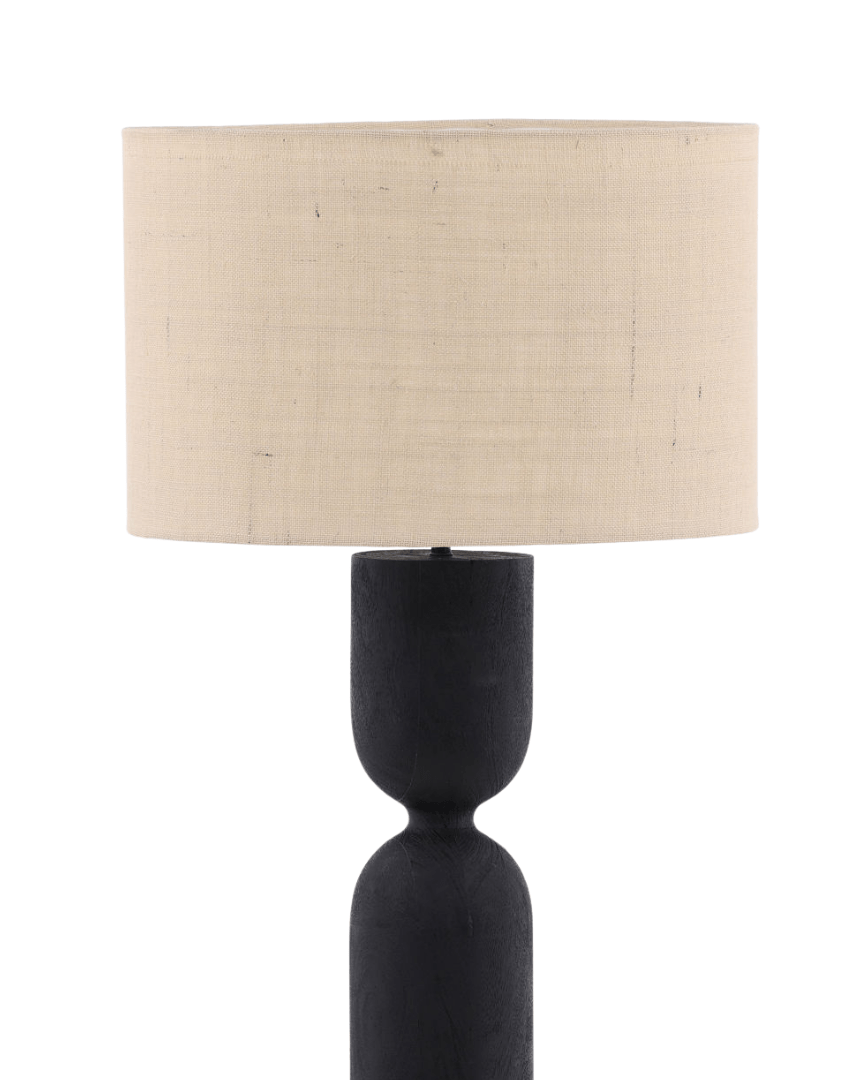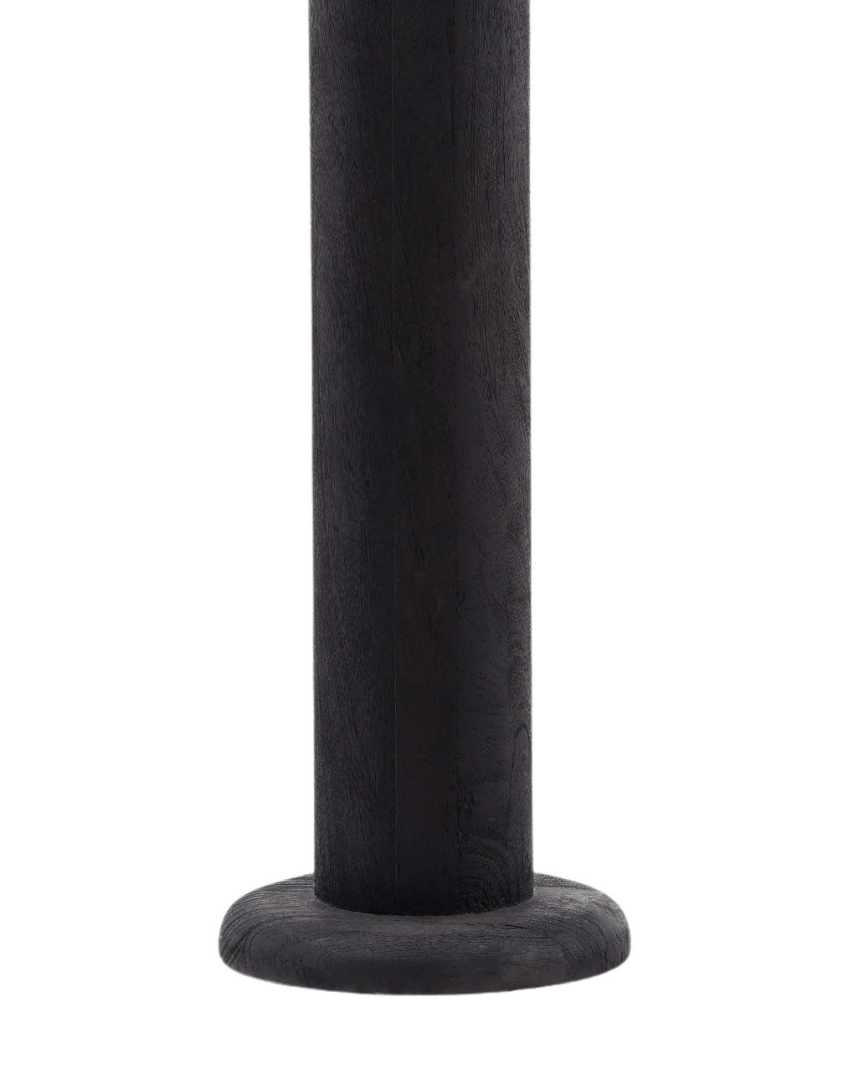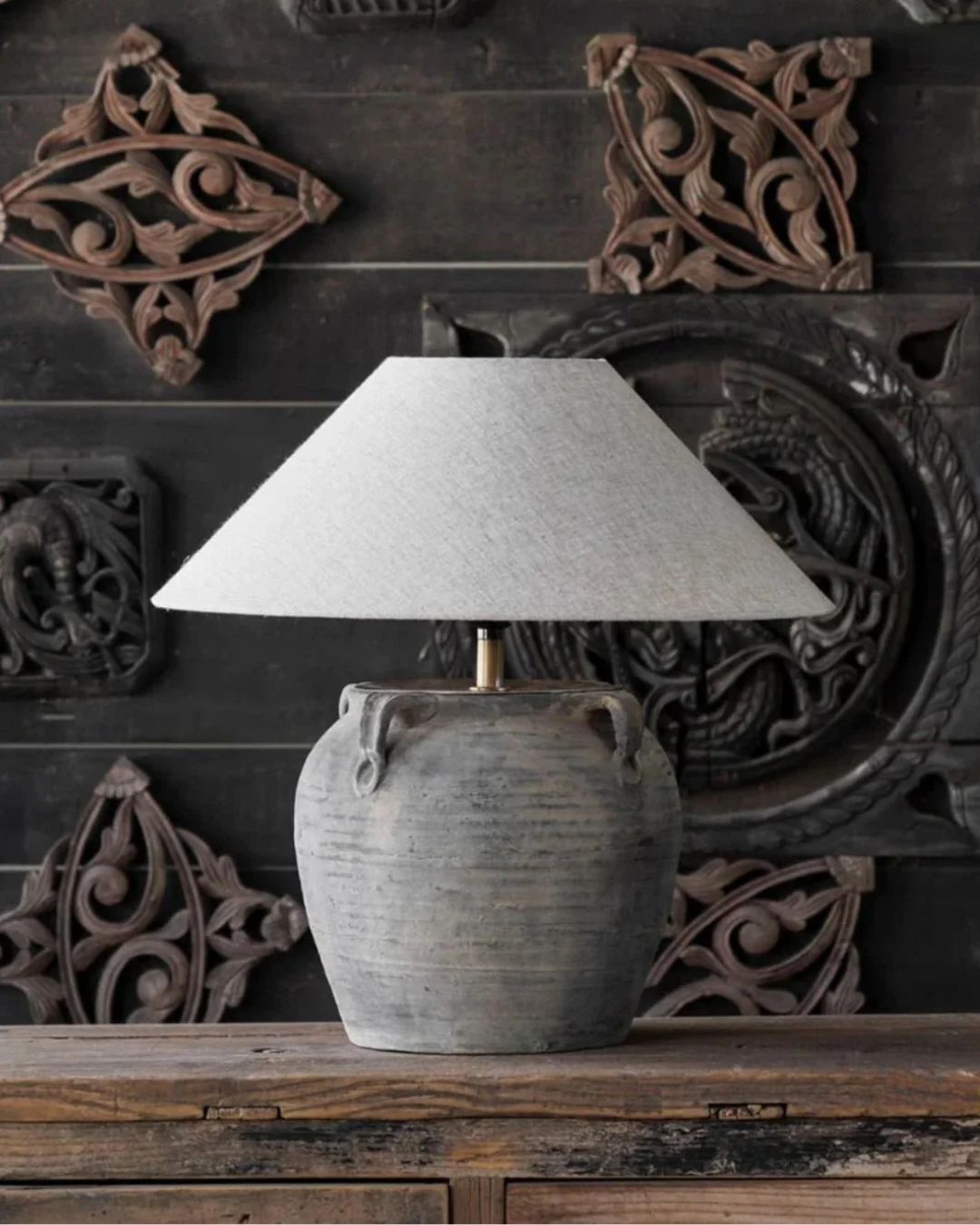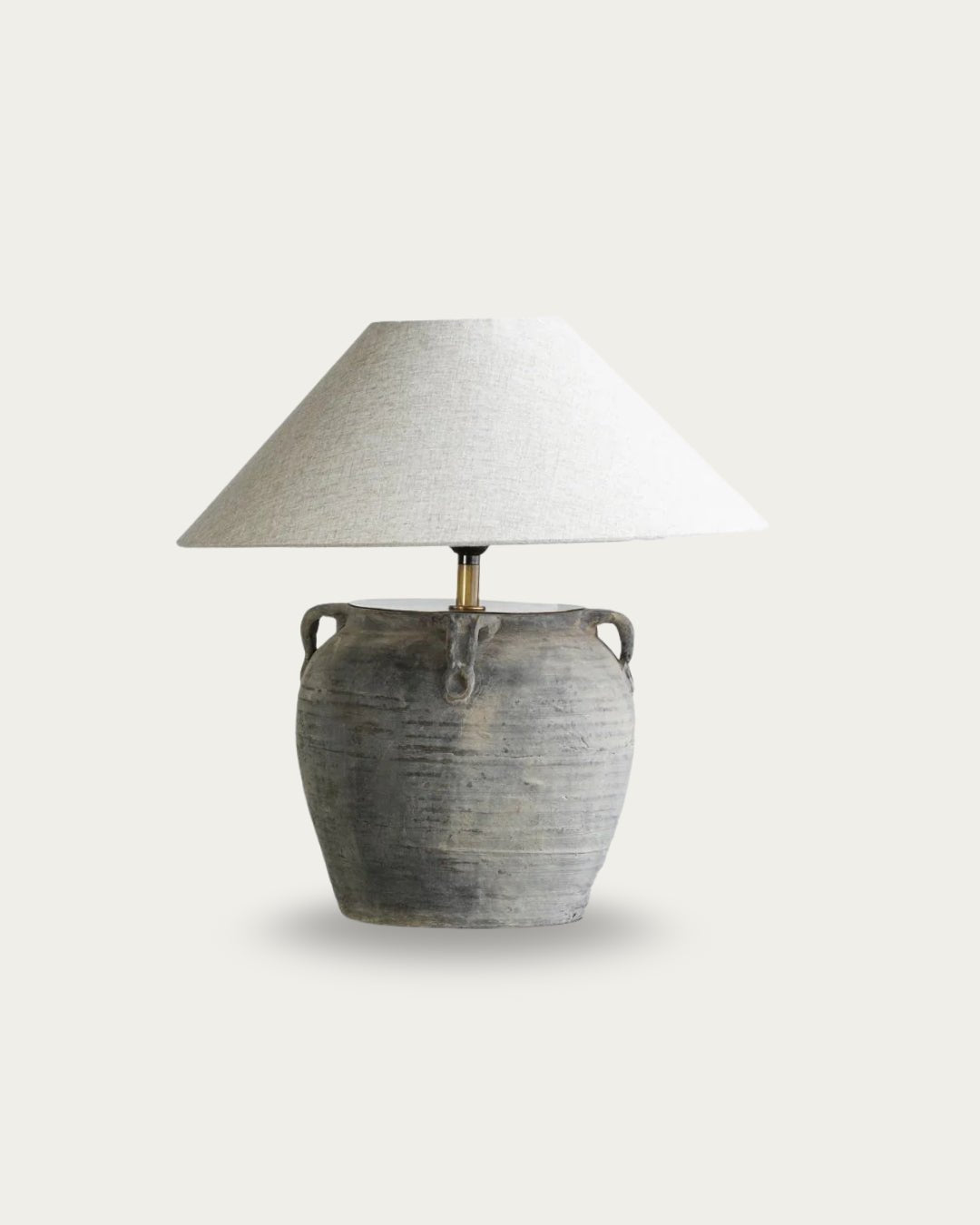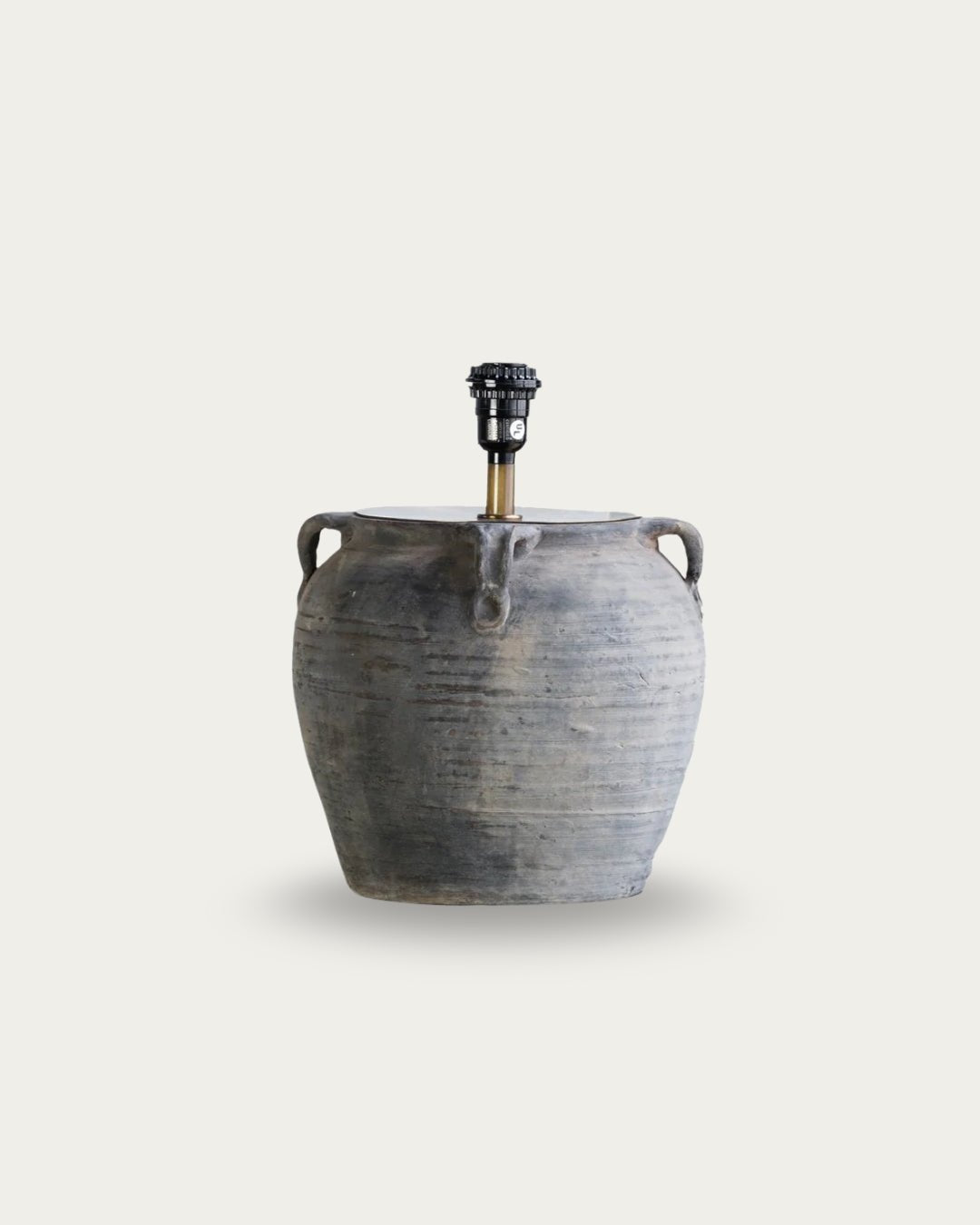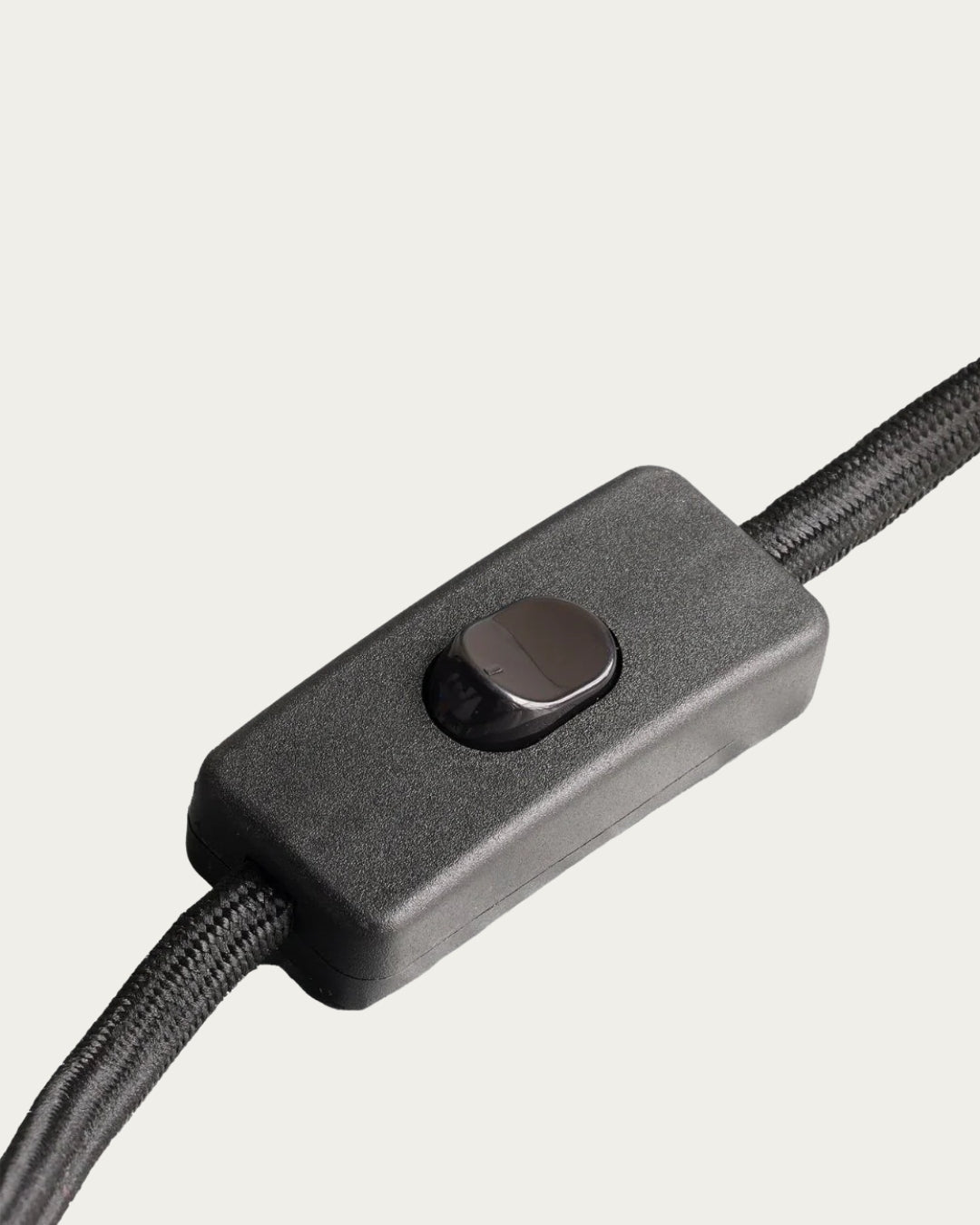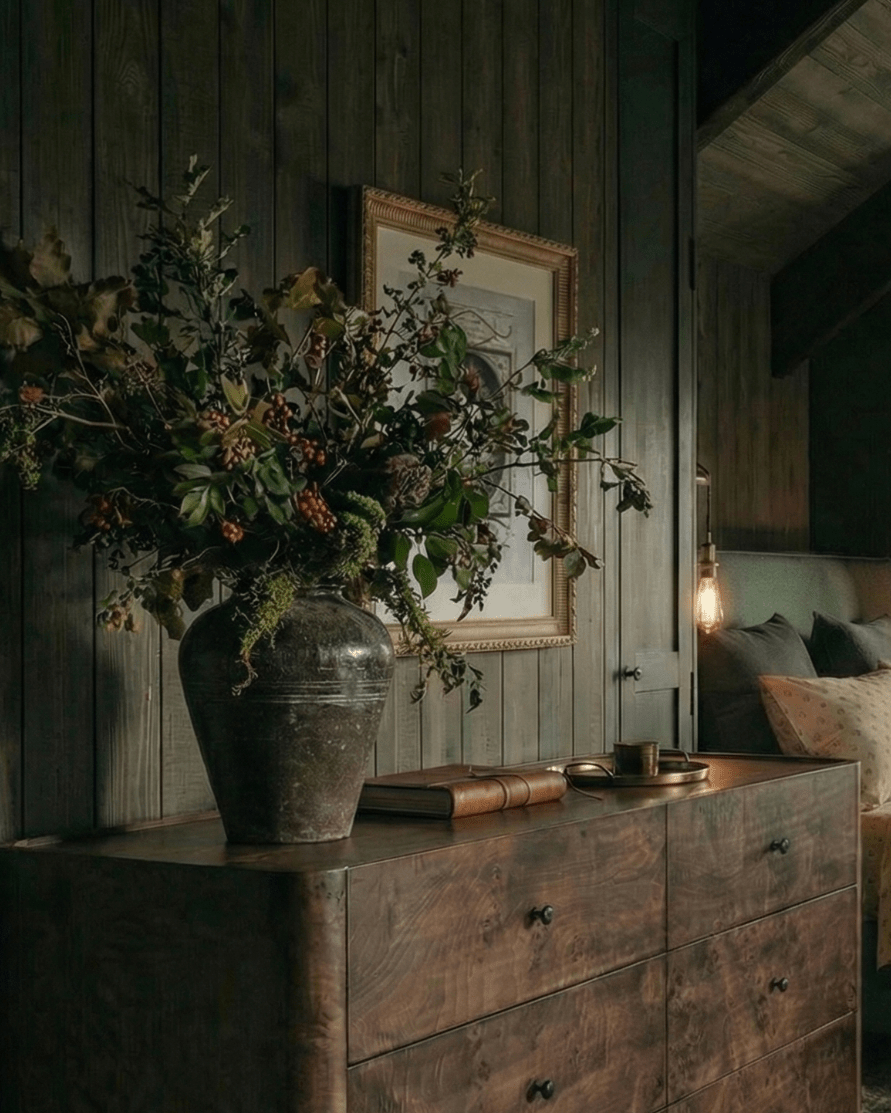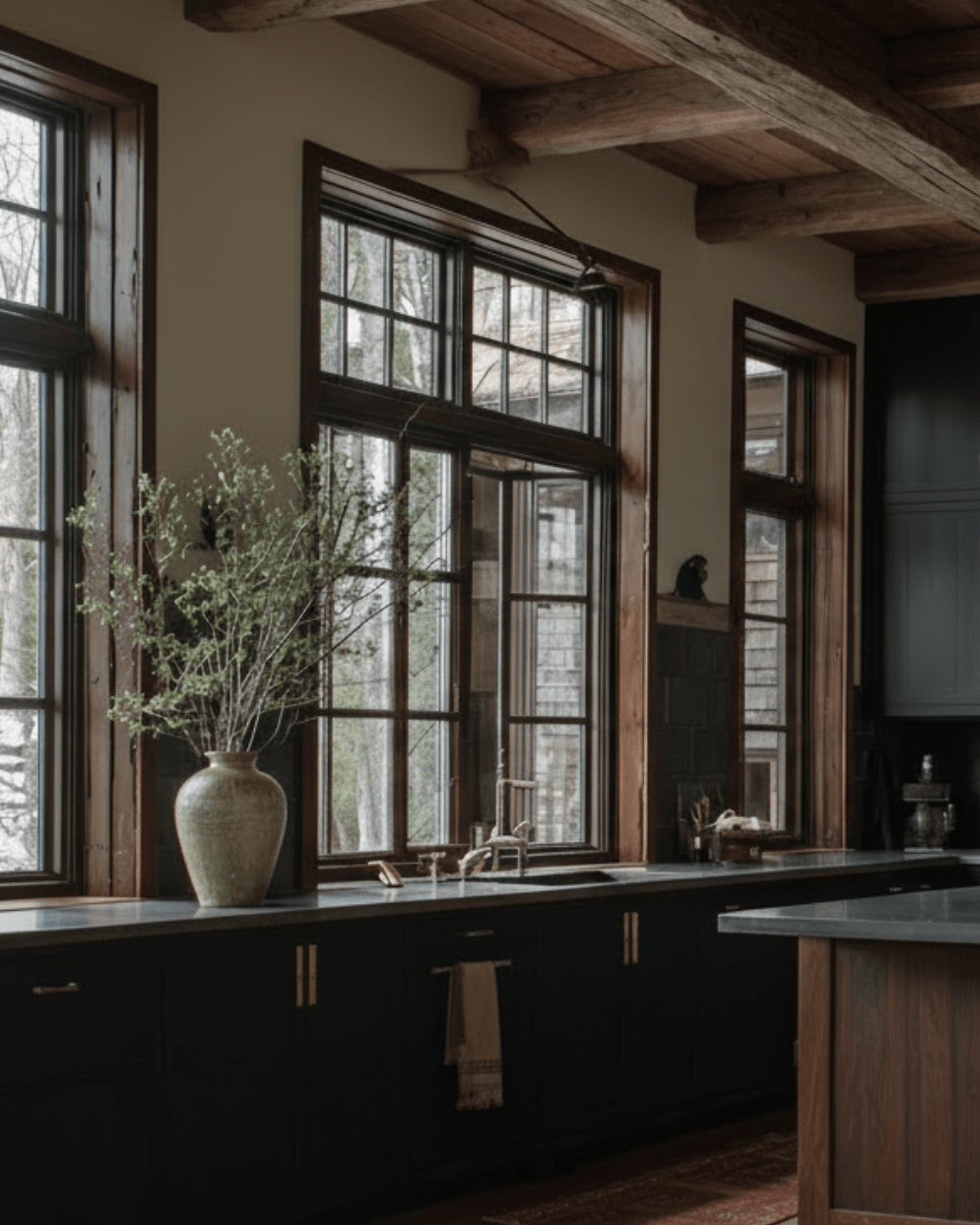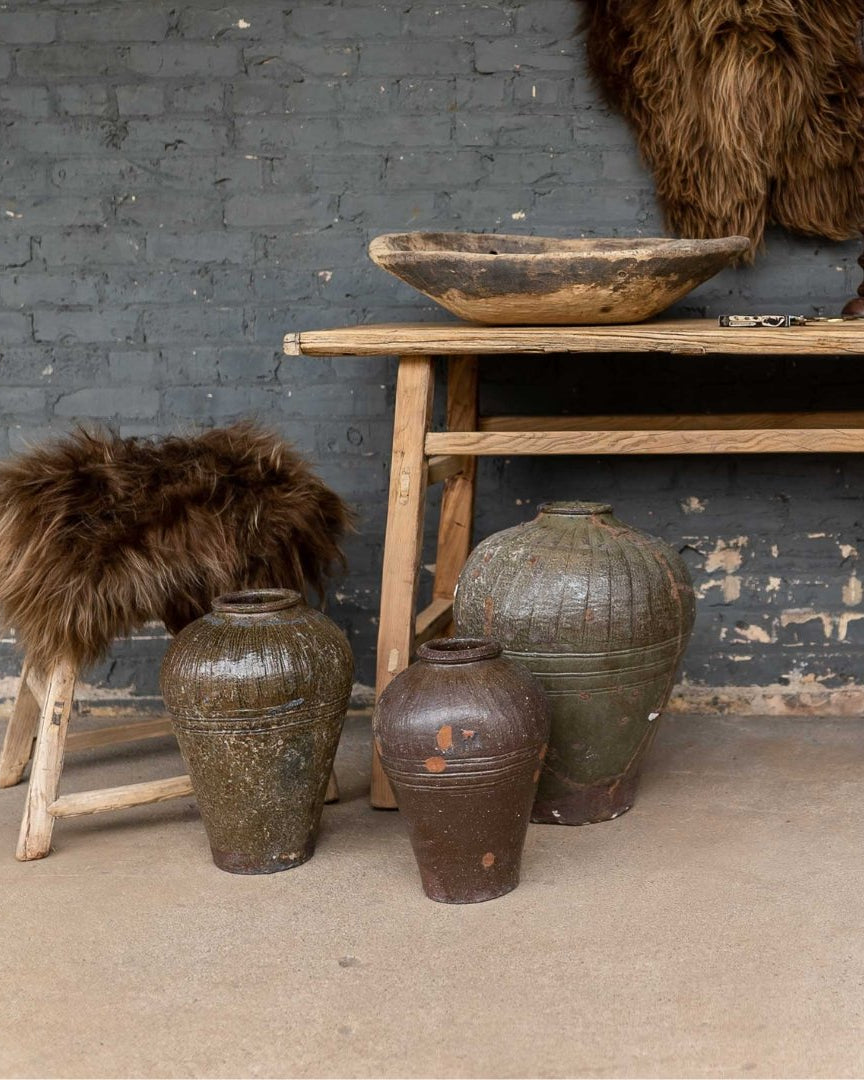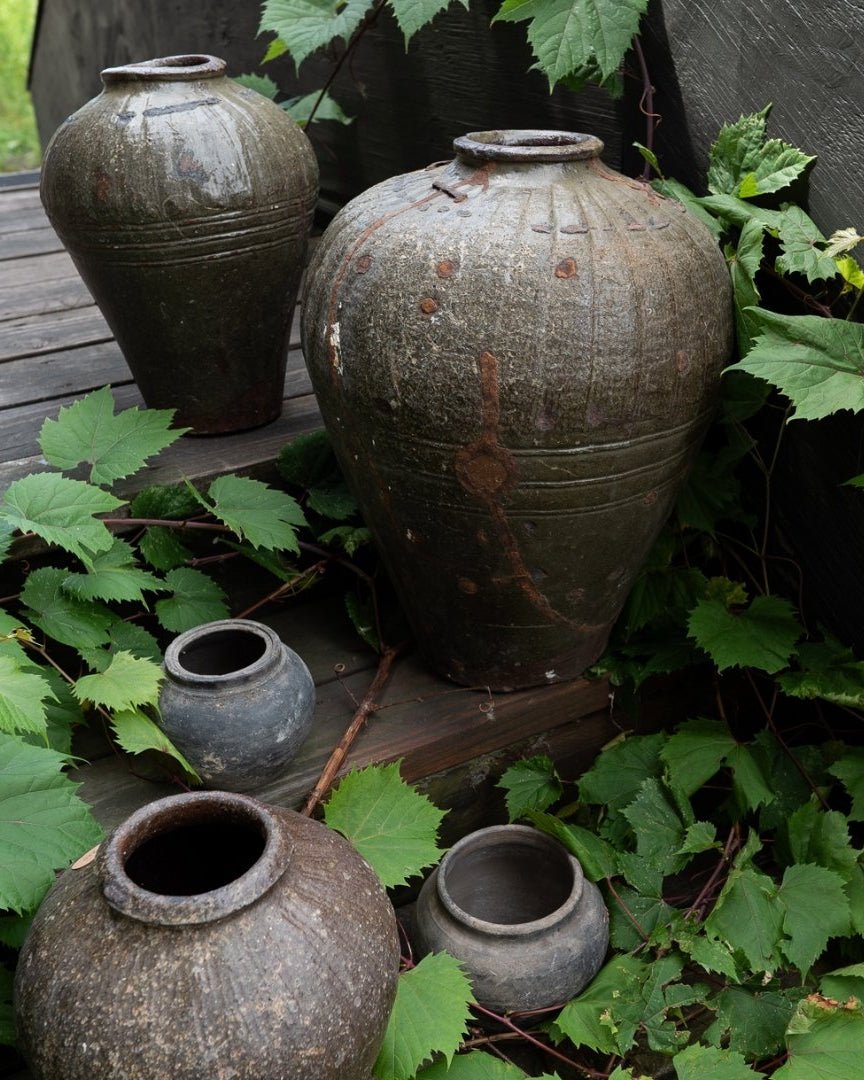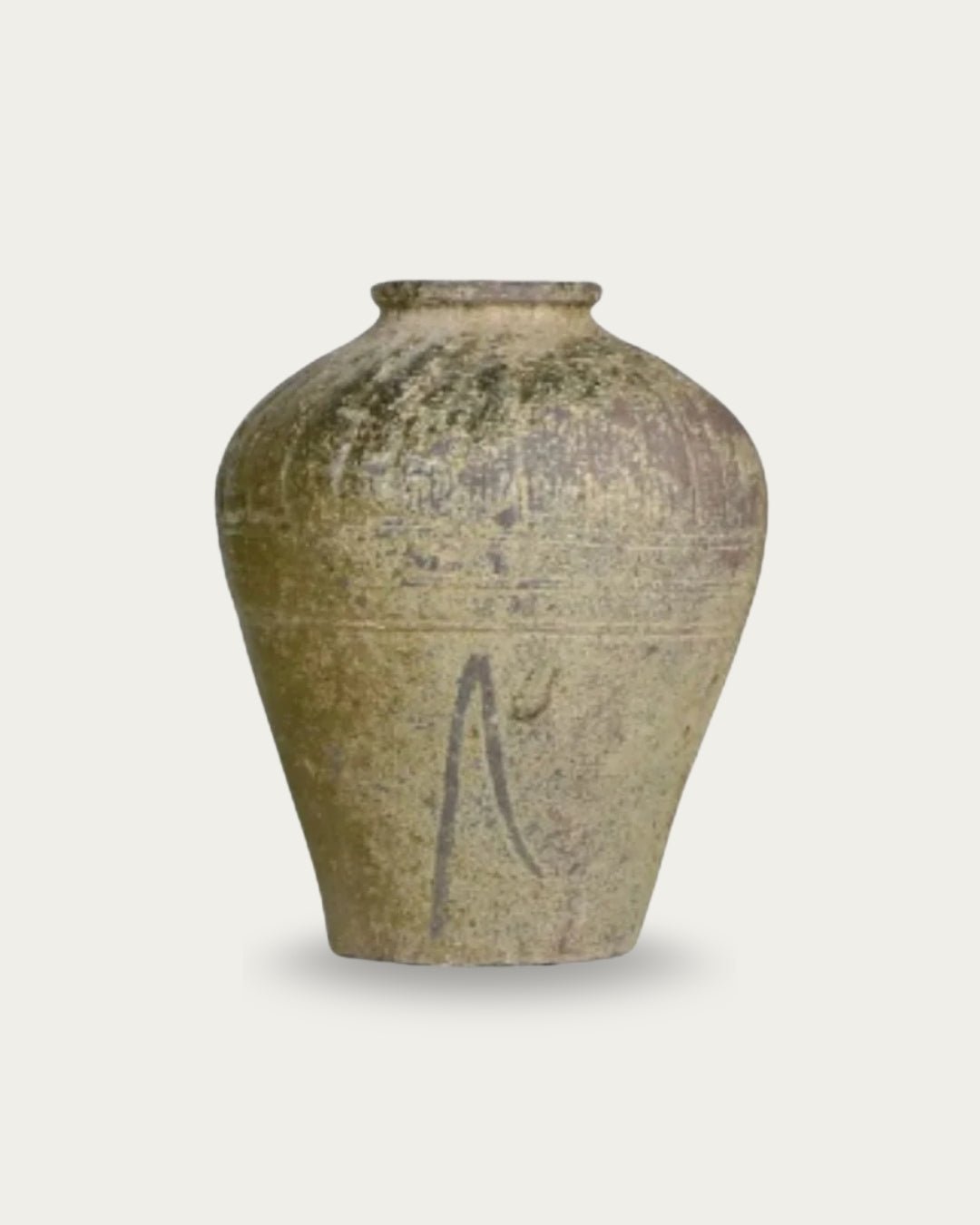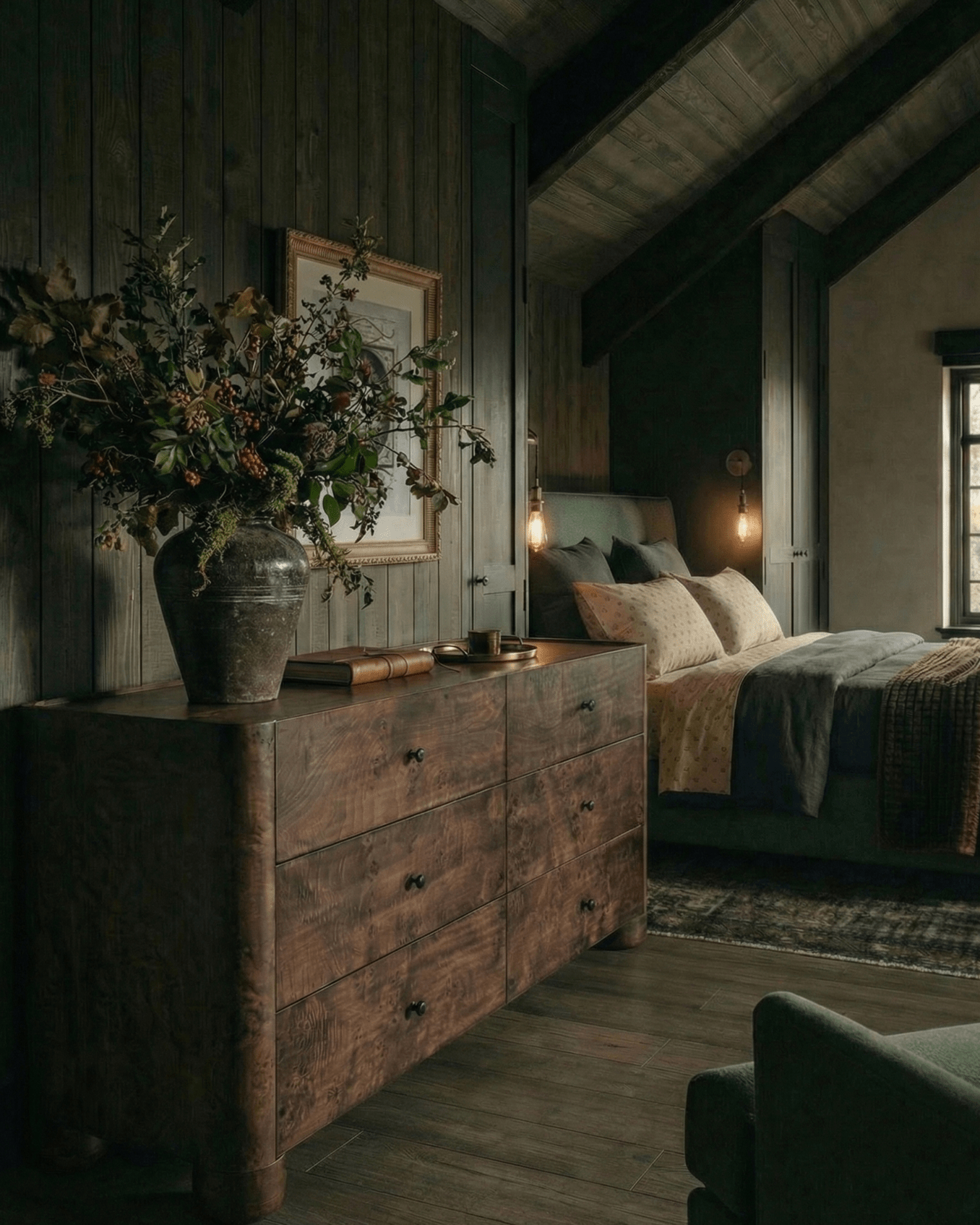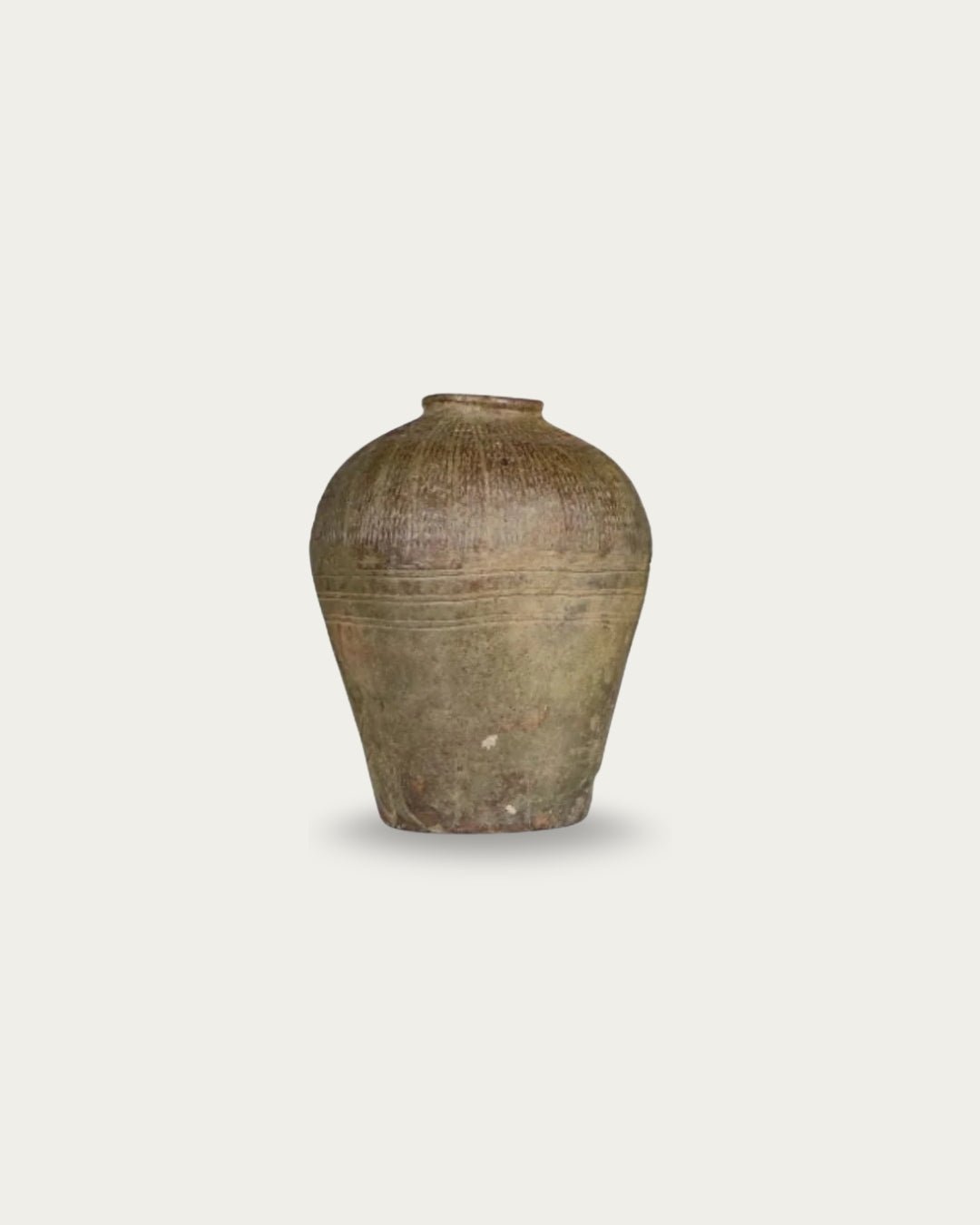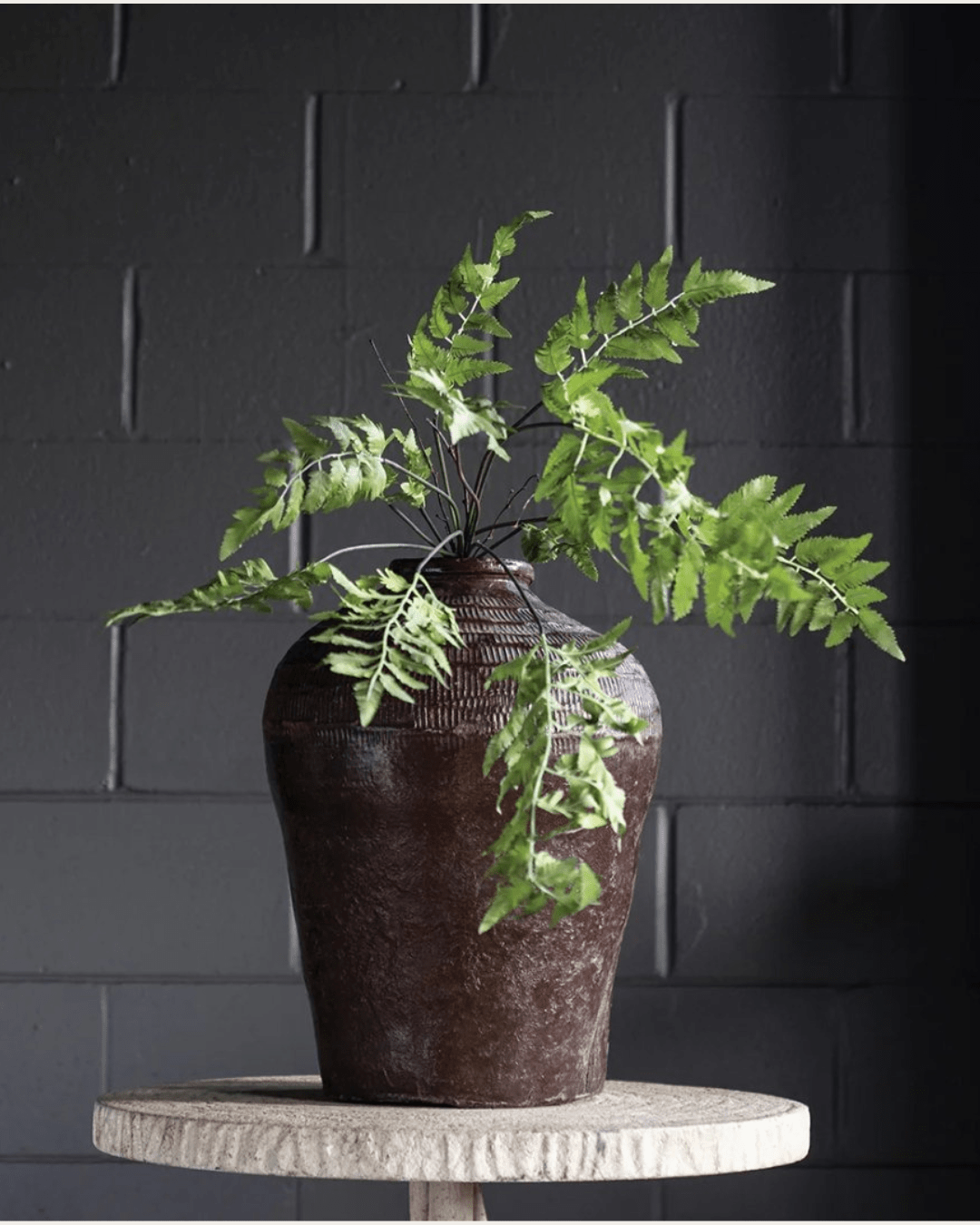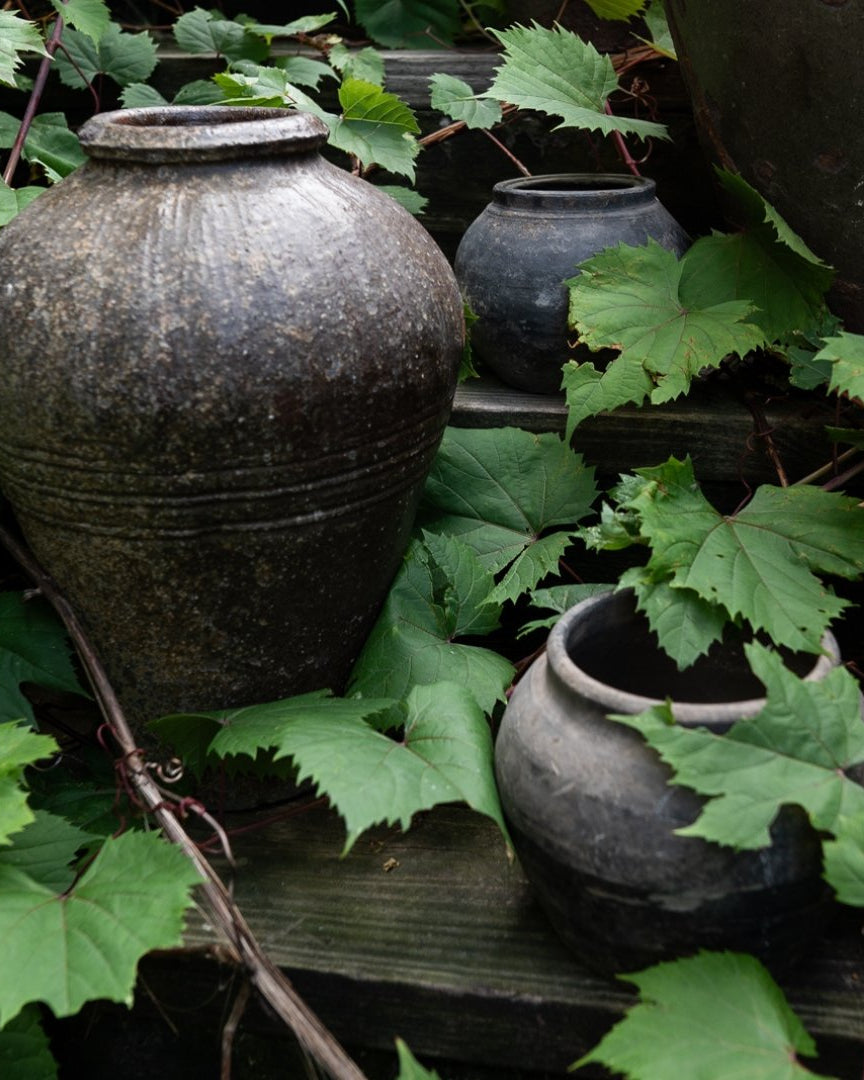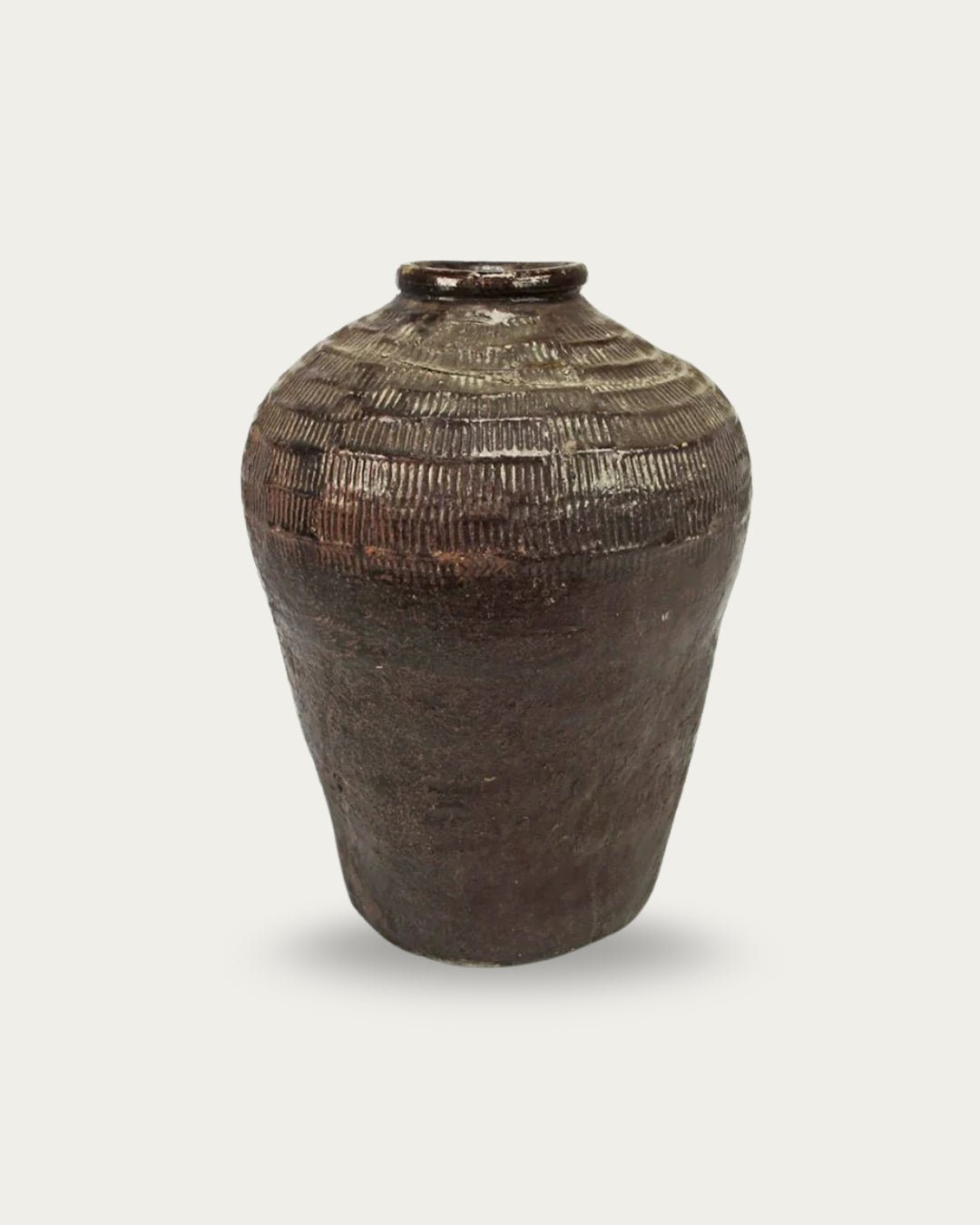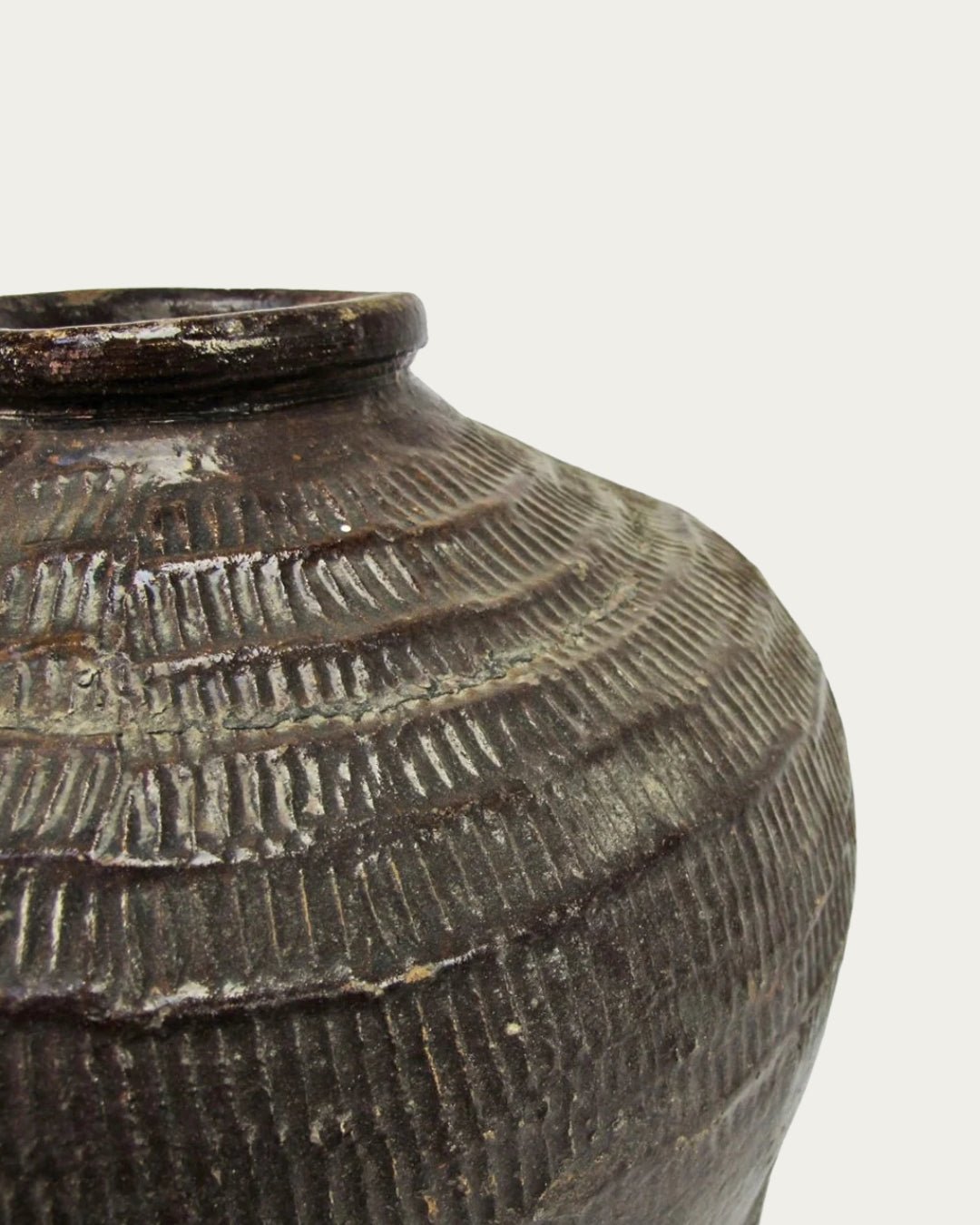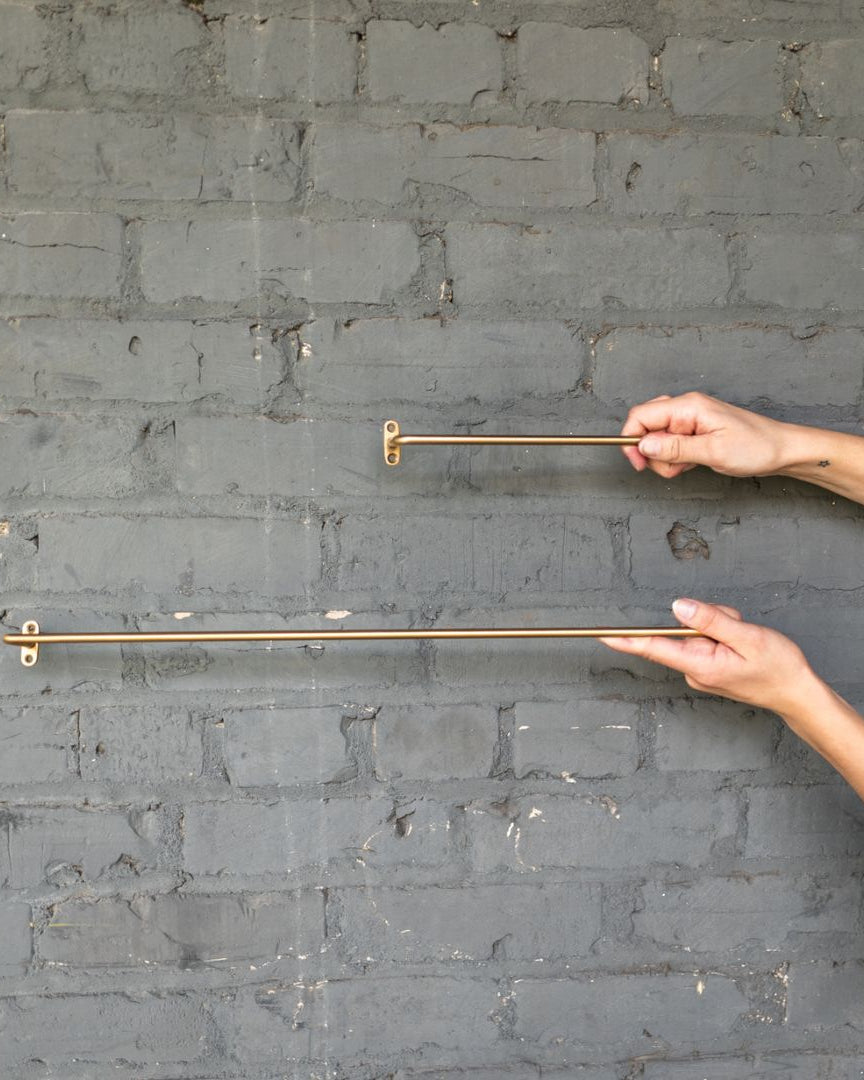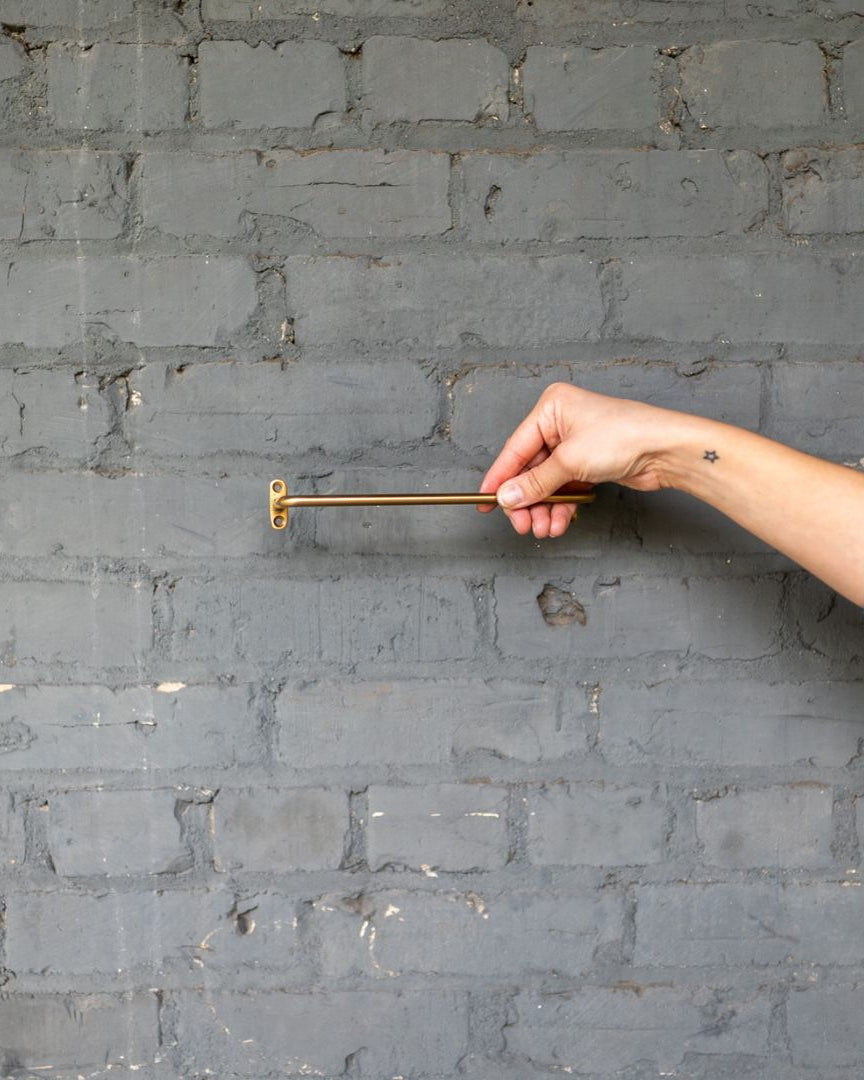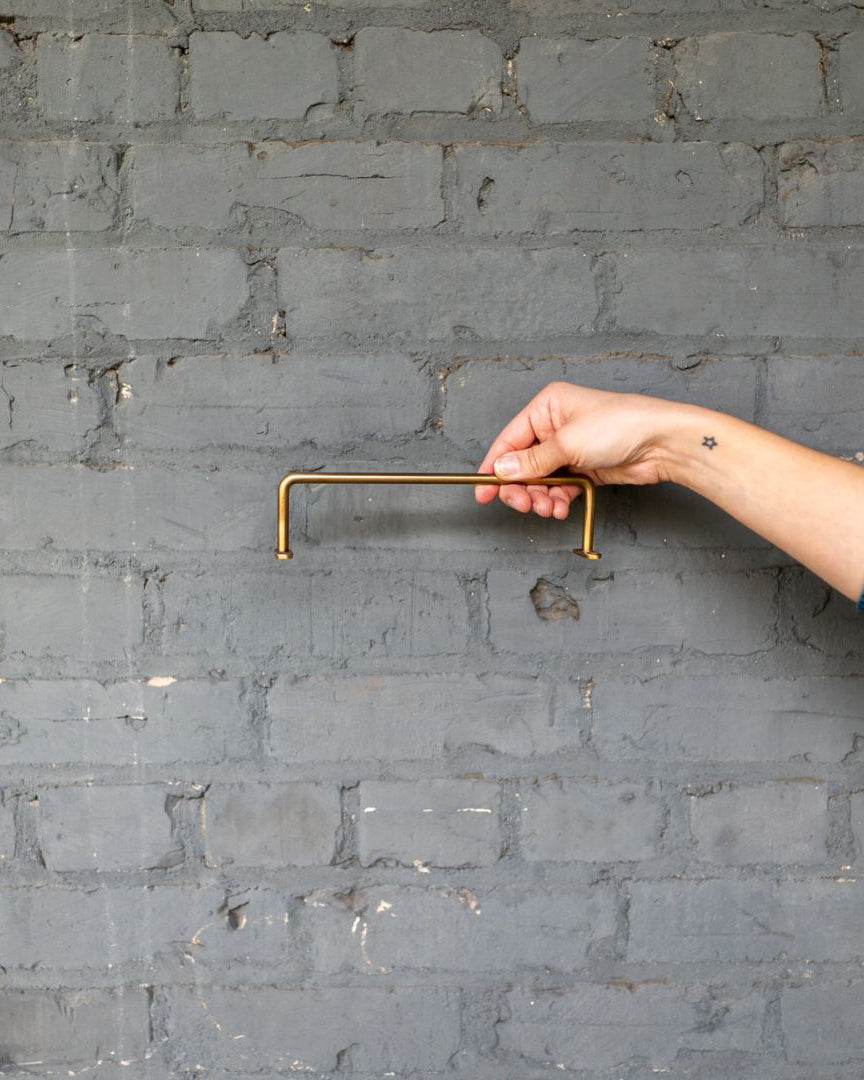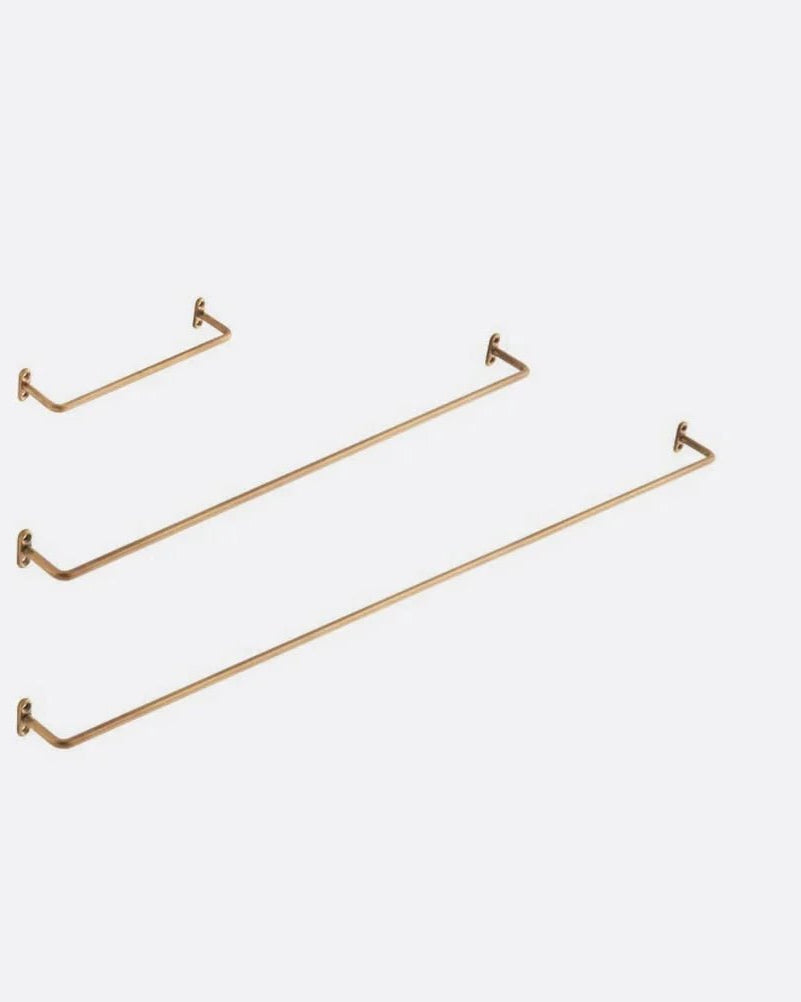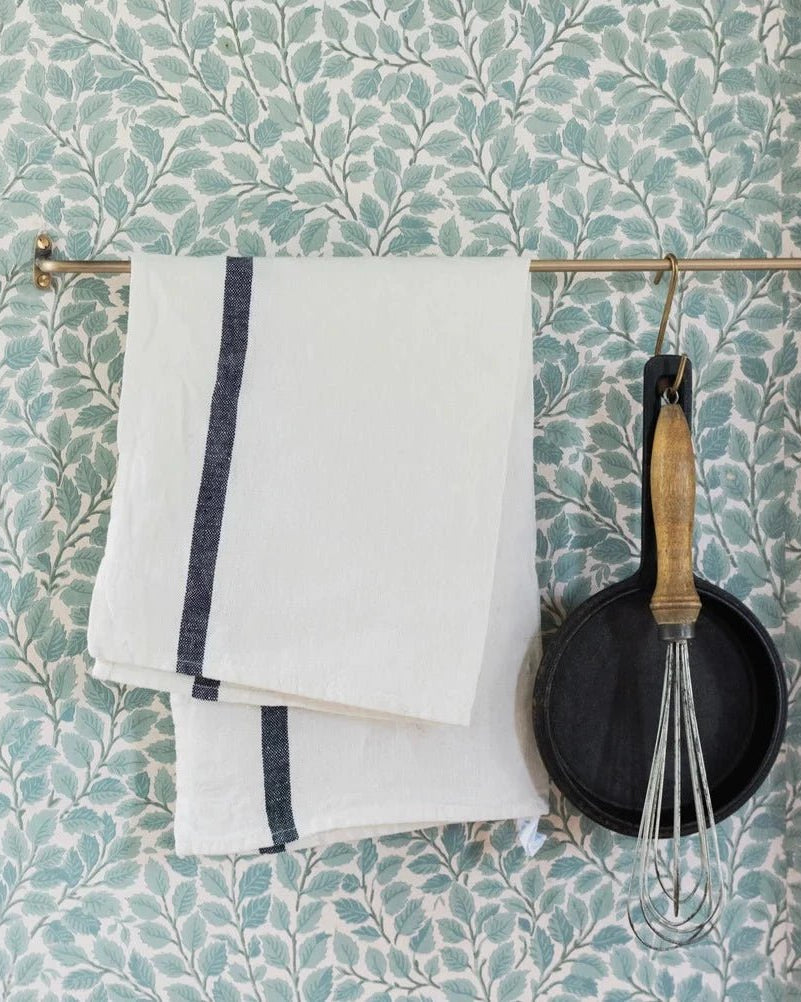
Reclaimed Wood Console Table: Functional Art with a Story to Tell
The console table might be the most underrated piece of furniture in your home. It greets you in the entryway, quietly holds your keys, frames your favorite art, and makes that awkward hallway feel intentional. Now imagine that table already has a life story — grain worn smooth from decades of use, knots from beams that once held up a barn roof, marks left by real hands.
That’s the beauty of a reclaimed wood console table: functional art with a past worth keeping. You’ll find that spirit in our Hello Norden reclaimed wood furniture collection — each piece built from salvaged timber, each with its own story to tell.
What Is a Reclaimed Wood Console Table and Why Does It Matter?
A reclaimed wood console table starts life long before it arrives in your home. It might have been a barn beam, a factory floorboard, or part of a decommissioned boat. By giving salvaged timber a second life, each piece preserves history, keeps wood out of landfills, and delivers a tactile focal point that sparks conversation the second guests walk through the door.
What Makes Reclaimed Wood Unique and Full of Character?
New wood is flawless in a showroom way. Reclaimed wood wears its history proudly — nail holes, weathered grain, mineral streaks — the kind of imperfections that make a piece feel alive. Many boards come from old-growth forests, which means denser grain, tighter growth rings, and durability you simply can’t mass-produce today.
This is furniture that ages gracefully, picking up more story as you live with it.
How Does a Reclaimed Console Table Blend Art and Function?
A console table is one of the hardest-working pieces in your home — catchall, display space, visual anchor. Reclaimed wood elevates it into something sculptural. The patina and texture give your everyday essentials — keys, vases, framed photos — a backdrop that feels intentional, not accidental.
You’ll find that spirit in our reclaimed console collection — from the hand-carved, architectural detail of the Edith Console Table to the Shaker-inspired minimalism of the Helena Console Table and the vintage texture of the Linden Architectural Salvage Console Table .
What Are the Different Types of Reclaimed Wood Used in Console Tables?
Below is an overview of common reclaimed wood species and their standout traits:
| Wood Type | Characteristic | Impact on Furniture |
|---|---|---|
| Pine | Warm hue, soft texture, subtle knots | Creates cozy, rustic appeal |
| Oak | Prominent grain, high density, golden glow | Ensures longevity and warmth |
| Elm | Interlocking grain, unique patterns, medium tone | Offers striking visual interest |
| Teak | Natural oils, rich color, extreme durability | Resists moisture and decay |
| Boat Wood | Salt-etched surfaces, mixed species composites | Yields weathered, nautical flair |
Why Choose a Reclaimed Wood Console Table? Sustainability Benefits Explained

Reclaimed wood console tables divert aged timber from landfills while conserving mature forests, making them a top eco-friendly furniture choice. By upcycling existing materials, you reduce demand for virgin lumber and lower the carbon emissions associated with logging, milling, and transport.
The Environmental Benefits of Reclaimed Wood
Reclaimed wood furniture helps reduce deforestation by repurposing existing materials, decreasing the demand for new lumber. This practice also lowers carbon emissions associated with logging, milling, and transportation, contributing to a circular economy approach that locks carbon in furniture rather than releasing it through deforestation and processing.
United States Environmental Protection Agency, "Wood and Wood Products" (2024)
How Does Reclaimed Furniture Help Reduce Waste and Deforestation?
Reclaimed furniture repurposes structural wood—barn siding, factory joists, and docks—preventing hundreds of board feet of timber from being discarded. In turn, this alleviates pressure on active forests and curbs the 15 billion trees felled worldwide each year, supporting biodiversity and natural ecosystems.
What Is the Carbon Footprint Advantage of Reclaimed Timber Console Tables?
Reclaiming wood can slash CO₂ emissions by up to 50% compared to new hardwood production by eliminating forest harvest, log transport, and kiln drying. This circular-economy approach locks existing carbon in furniture rather than releasing it through deforestation and processing.
How Does Choosing Reclaimed Wood Support Eco-Conscious Home Decor?
Incorporating a reclaimed console table underscores your commitment to sustainable living, creating an interior narrative that values craftsmanship and environmental responsibility. Eco-conscious décor trends increasingly favor authentic materials and upcycled pieces, making reclaimed consoles a chic statement of mindful design.
How to Style Your Reclaimed Wood Console Table: Tips for Every Room

A reclaimed console table can adapt to any space, from a welcoming foyer to a cozy living room corner.
What Are the Best Decor Ideas for Entryway Reclaimed Console Tables?
Kick off with a large round mirror above your console to bounce light, then layer on a ceramic vase of seasonal blooms and a woven basket beneath. A slim table lamp provides practical illumination, while a small tray corals keys and mail for organized entryway flow.
Combining functional accents with textural contrast enhances both utility and style.
How Can You Incorporate a Salvaged Wood Console Table in Living Rooms?
Position your console behind a sofa or against an accent wall, topped with framed art leaners and sculptural objects. Use matching or mismatched stools beneath to offer extra seating or to showcase decorative boxes, ensuring the table remains multi-purpose yet uncluttered.
This approach transforms a hallway table into a flexible living-room anchor.
Which Design Styles Pair Best with Reclaimed Console Tables?
- Rustic Farmhouse – Distressed finishes and galvanized metal accents
- Industrial Chic – Exposed steel frames and Edison-style lighting
- Modern Minimalist – Clean lines with a single art object
- Scandinavian Hygge – Soft textiles and light wood contrasts
How Do Mixed Materials Like Metal Bases Enhance Reclaimed Console Designs?
Metal bases introduce an industrial edge and visual lightness that offset heavy wood surfaces. Powder-coated steel or black iron frames frame reclaimed planks, reinforcing strength while highlighting wood grain and providing a durable foundation.
What Design Details Make Reclaimed Wood Console Tables Stand Out?
Reclaimed console tables excel through meticulous craftsmanship and thoughtful finish choices that accentuate each board’s history.
How Do Wood Types Influence the Look and Feel of Reclaimed Console Tables?
Below is a breakdown of key wood attributes:
| Species | Grain Pattern | Hardness (Janka) | Aesthetic Appeal | Why It Matters |
|---|---|---|---|---|
| Pine | Straight, mild knots | 380 | Cozy, rustic | Softer wood highlights aging effects |
| Oak | Distinctive rays | 1290 | Warm, robust | High hardness resists dents and wear |
| Elm | Wavy, interlocked | 830 | Lively, patterned | Interplay of light enhances depth |
| Teak | Oily, tight grain | 1155 | Rich, golden brown | Natural oils repel moisture |
Understanding these attributes helps match a table’s character to your functional and stylistic needs.
What Finishes and Textures Highlight the Natural Beauty of Salvaged Wood?
Hand-rubbed oils, matte seals, and gentle distressing bring out grain contrast without masking patina. A light wire brush finish accentuates growth rings, while mild hand-sanding reveals raw textures, allowing light to dance across uneven surfaces.
These finishes underscore the wood’s story and guard against daily scuffs.
Why Is Handcrafted Quality Essential for Reclaimed Timber Console Tables?
Artisanal woodworking ensures that each joint, edge, and support brace aligns flawlessly with timeworn boards. Hand-cut dovetails or mortise-and-tenon connections deliver stability, while individual board selection maintains visual harmony and structural integrity.
This dedication to craft guarantees that your console remains a functional heirloom rather than a transient trend.
How to Care for Your Reclaimed Wood Console Table to Preserve Its Story
What Are the Best Cleaning Practices for Salvaged Wood Furniture?
- Gently dust with a soft cloth or a microfiber duster weekly, removing debris from crevices without chemical abrasion.
- For deeper cleaning, apply a diluted pH-neutral soap solution on a barely damp cloth, immediately wiping dry to prevent moisture intrusion.
These steps maintain finish integrity and structural stability.
How Can You Protect and Maintain the Finish of a Reclaimed Console Table?
Reapply a thin coat of plant-based furniture oil or wax every six months to replenish natural oils and barrier protection. Avoid direct sunlight and place protective pads under heavy objects to minimize indentations and UV-induced color shifts.
Preserving the finish nurtures both appearance and durability.
When Should You Consider Professional Restoration for Your Reclaimed Console?
If deep gouges, loose joints, or finish flaking appear, engaging a furniture restorer ensures expert refinishing without losing original character. Professionals can stabilize cracks, re-oil surfaces, and reinforce frames while retaining the wood’s historic integrity.
Timely restoration prevents minor issues from becoming irreparable damage.
Where to Find Unique Reclaimed Wood Console Tables: Hello Norden’s Collection
Hello Norden curates console tables that marry sustainable sourcing with masterful joinery and design versatility.
Which Hello Norden Reclaimed Wood Console Tables Fit Different Room Styles?
For rustic farmhouse warmth: The Helena Console Table brings Shaker-inspired simplicity and reclaimed solid wood together for a classic, inviting feel that works beautifully in entryways or living rooms.
For vintage, hand-carved charm: The Edith Console Table is crafted from old architectural pieces, with detailed carving and a sandblasted finish that makes every table a one-of-a-kind statement.
For modern minimalism: The Elin Console Table keeps things light with a slim iron base and bleach-finished planks that embrace their imperfections.
For textured, globally inspired spaces: The Linden Architectural Salvage Console Table is built from hand-carved vintage wood with a soft bleached finish, adding a sculptural quality to hallways or living areas.
For industrial lofts: The Ebon Console Table uses reclaimed factory beams paired with a streamlined silhouette to strike the right balance between grit and refinement.
What Are Common Questions About Reclaimed Wood Console Tables?
Explore these insights to clarify why reclaimed consoles stand apart from mainstream furniture.
1. What’s the difference between reclaimed wood and new wood furniture?
Reclaimed wood console tables come from deconstructed structures — barns, factories, old homes — and wear the marks of their past: nail holes, weathered grain, and natural color shifts. New wood is freshly milled, smooth, and uniform. If you love perfect symmetry, new wood delivers that. If you value patina, story, and a lighter environmental footprint, reclaimed wood is your match.
2. How durable are reclaimed wood console tables compared to new furniture?
Old-growth reclaimed wood often outperforms modern lumber in strength and stability. Tight growth rings make it more resistant to warping and cracking, and decades of natural seasoning reduce shrinkage over time. According to the Forest Products Laboratory’s Wood Handbook (2010), these qualities allow reclaimed wood furniture to last for generations — both structurally sound and visually compelling.
3. Can reclaimed wood console tables fit modern and minimalist interiors?
Absolutely. Pair a clean-lined base with an unembellished reclaimed top, and you get a striking focal point that feels intentional, not rustic-by-default. Neutral finishes and slim metal legs keep things light, proving patina and minimalism can live happily together. For example, the Elin Console Table combines bleach-finished planks with an open iron base for a perfect balance of old and new.
4. How does buying reclaimed furniture support sustainable living?
Every reclaimed console table keeps usable timber out of landfills, reduces the demand for fresh logging, and locks away carbon instead of releasing it through processing. It’s a direct way to support a circular economy and craftspeople committed to low-impact design. As noted by the American Society of Interior Designers (2023), sustainable choices like these align home interiors with environmental responsibility.
The Takeaway:
Reclaimed wood console tables aren’t just furniture — they’re functional art with a story. From the unique grain of hand-carved vintage designs like the Edith Console to the sleek, minimalist lines of the Ebon Console Table , each one blends history, craft, and sustainability. When you choose reclaimed timber, you’re investing in a piece that will keep adding to its story for decades to come.





